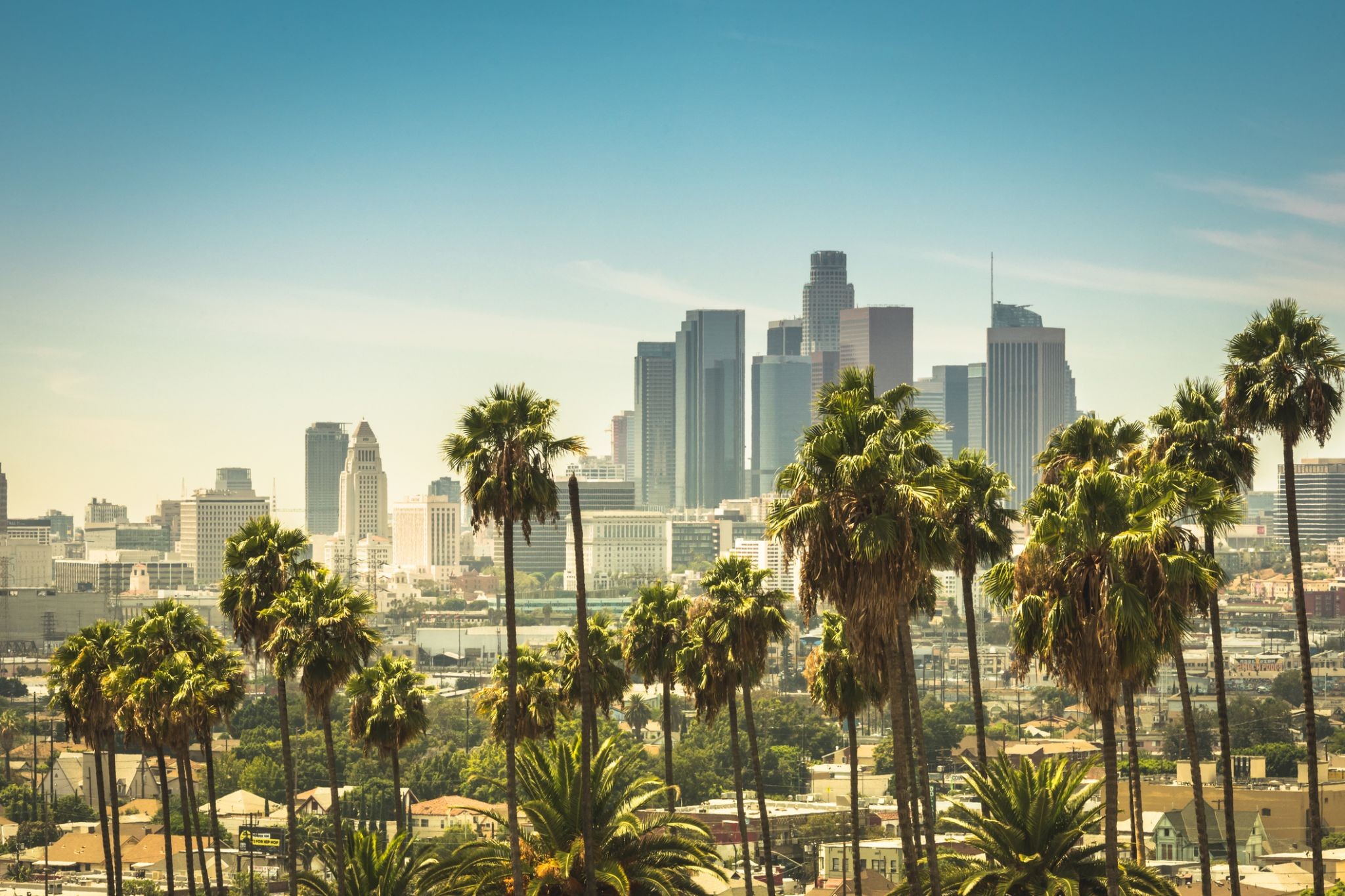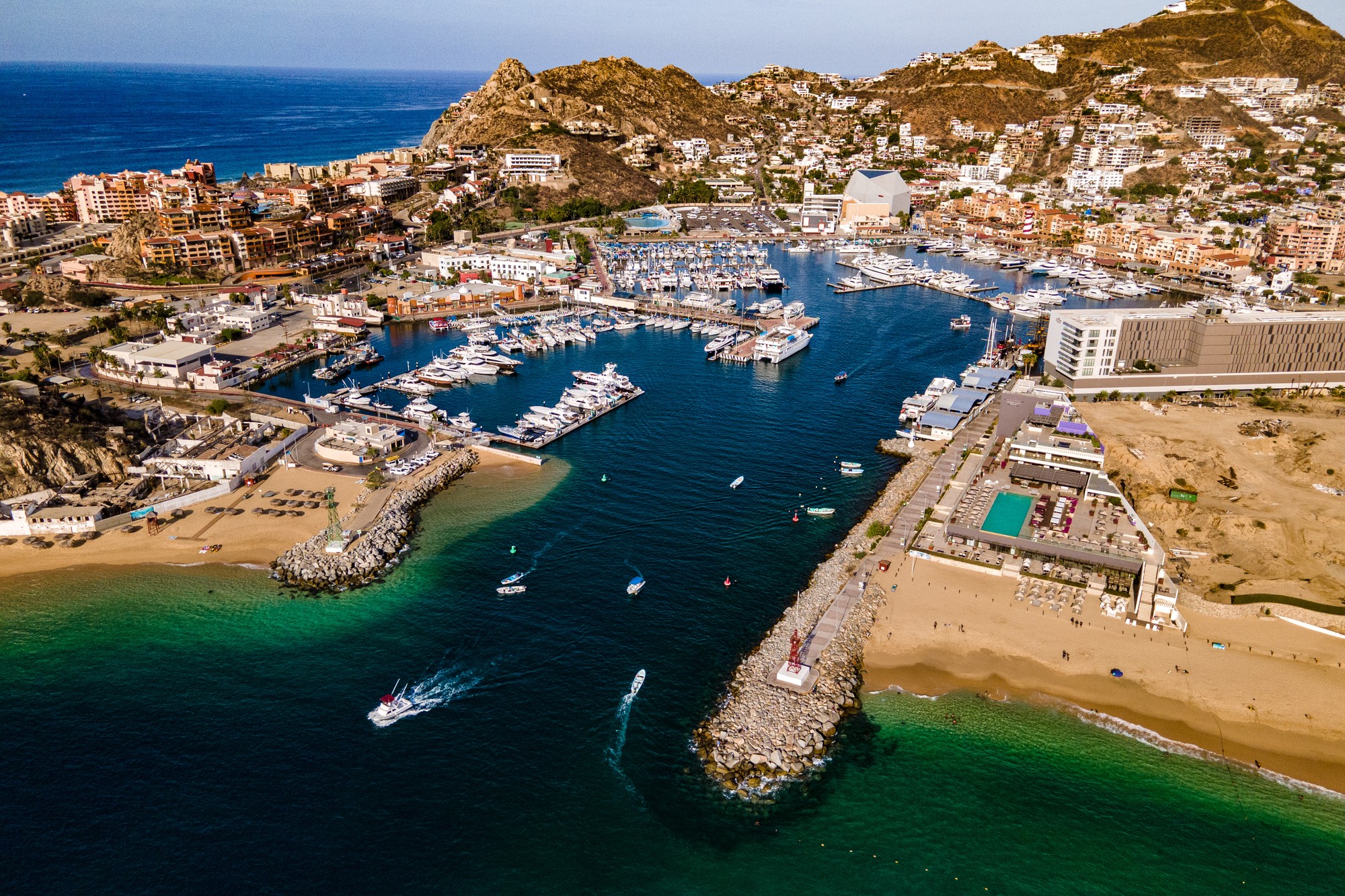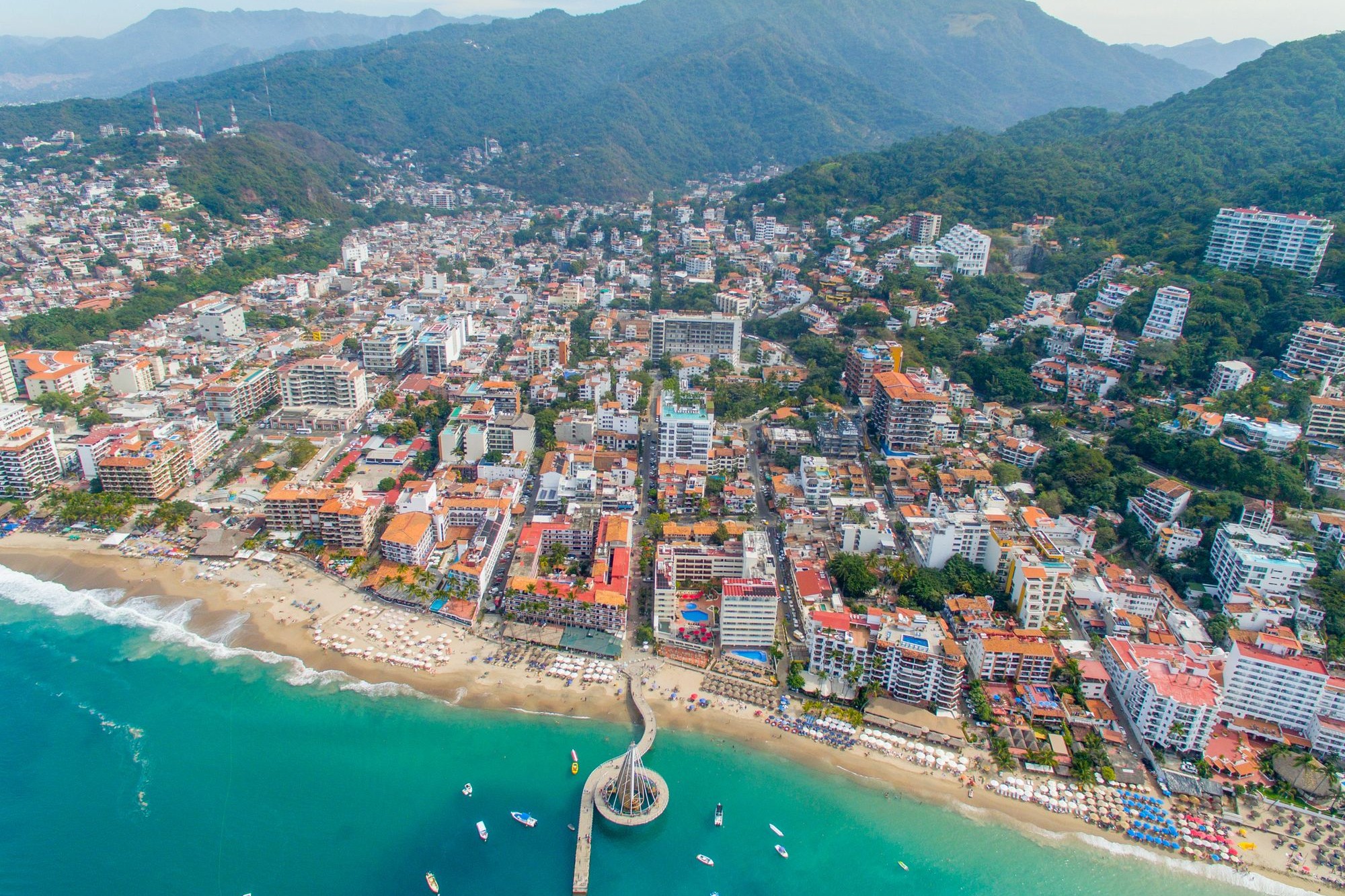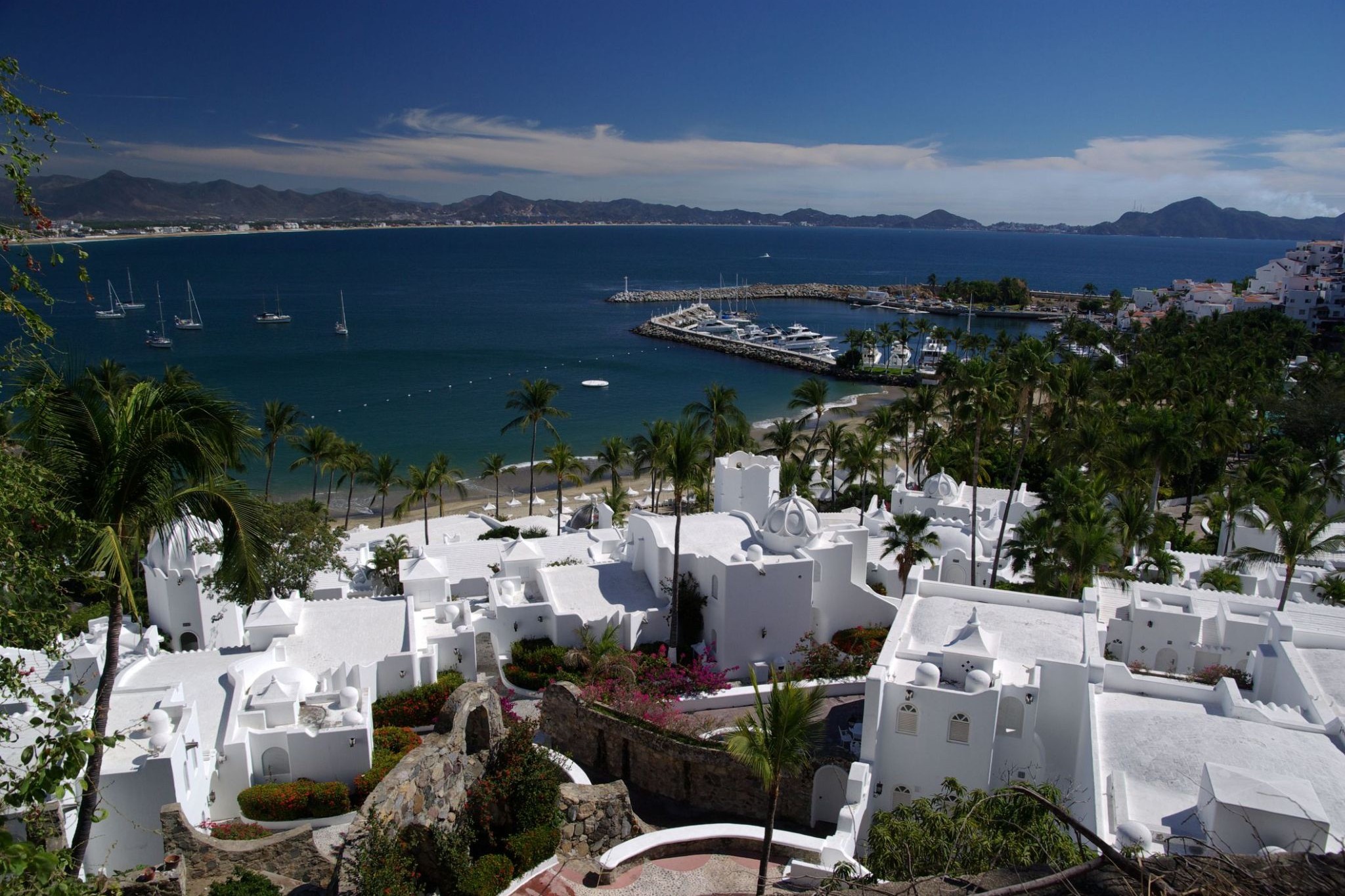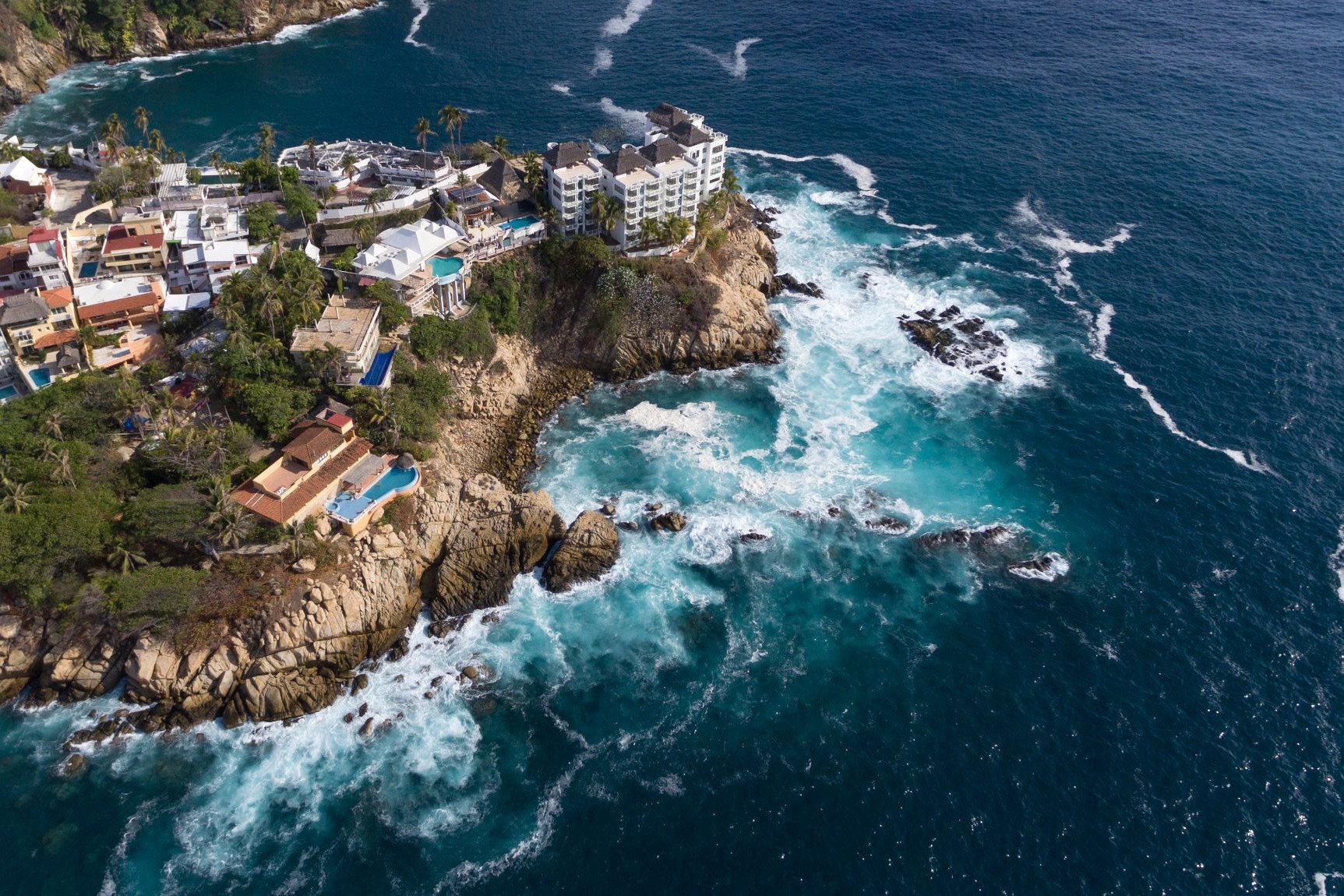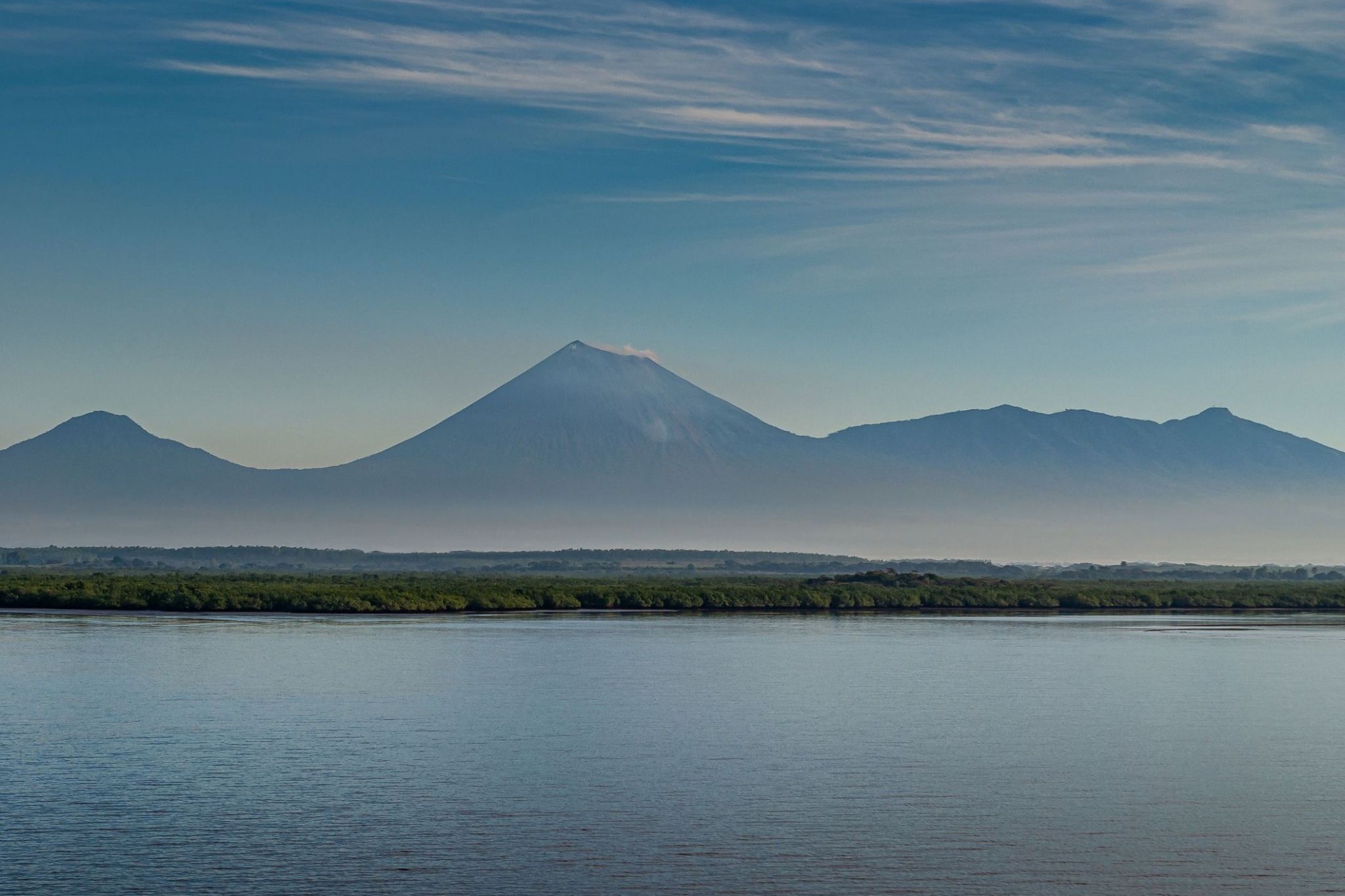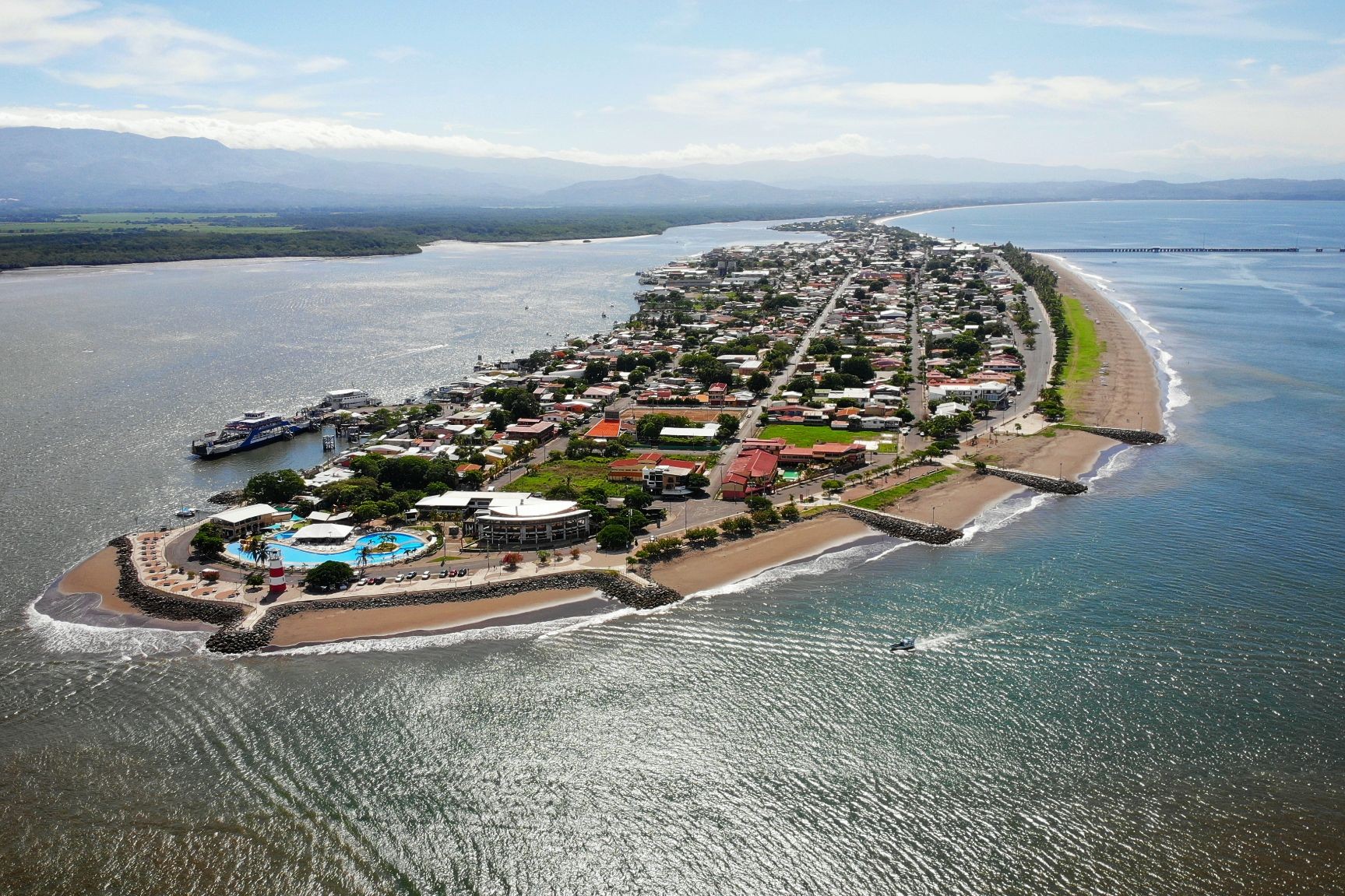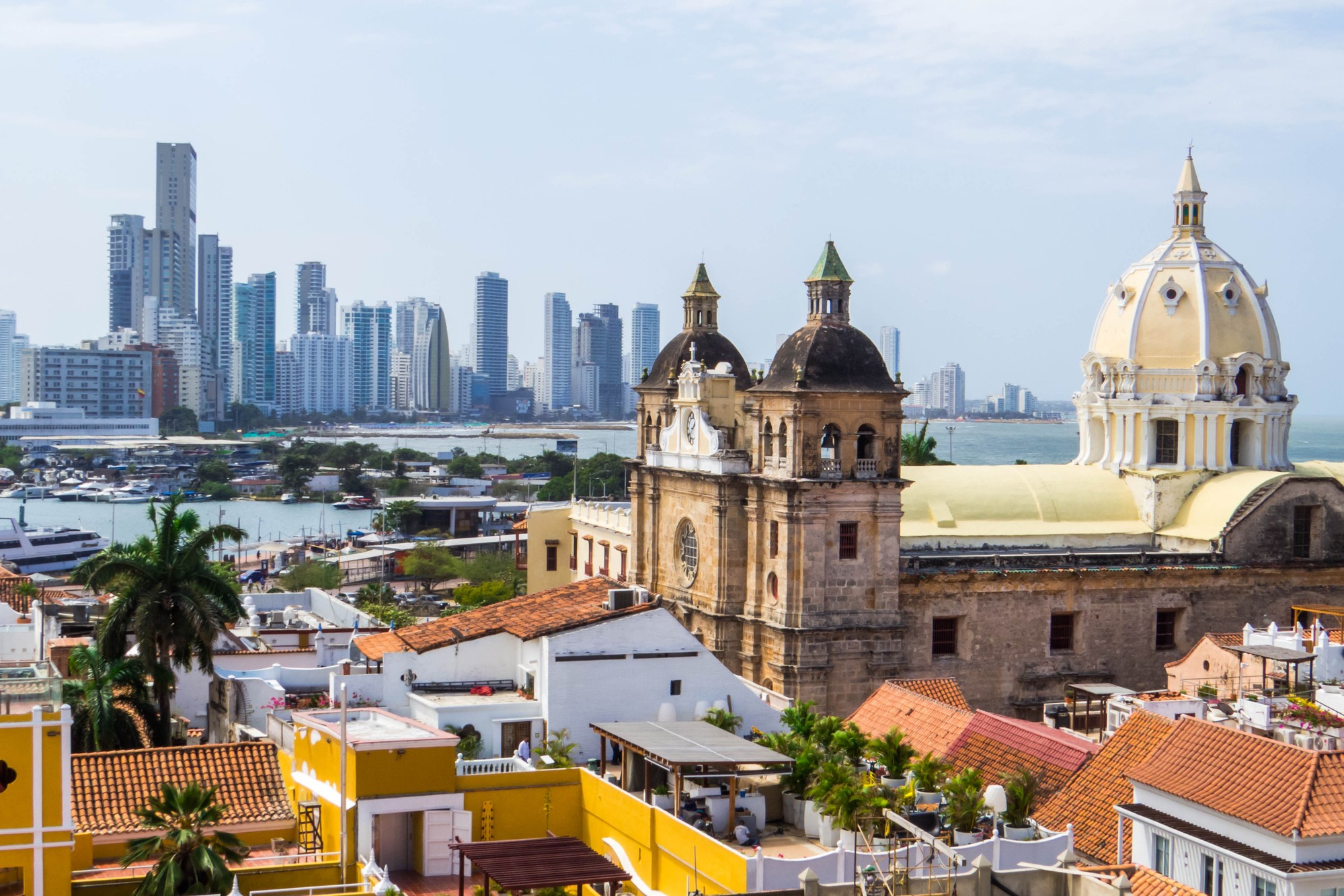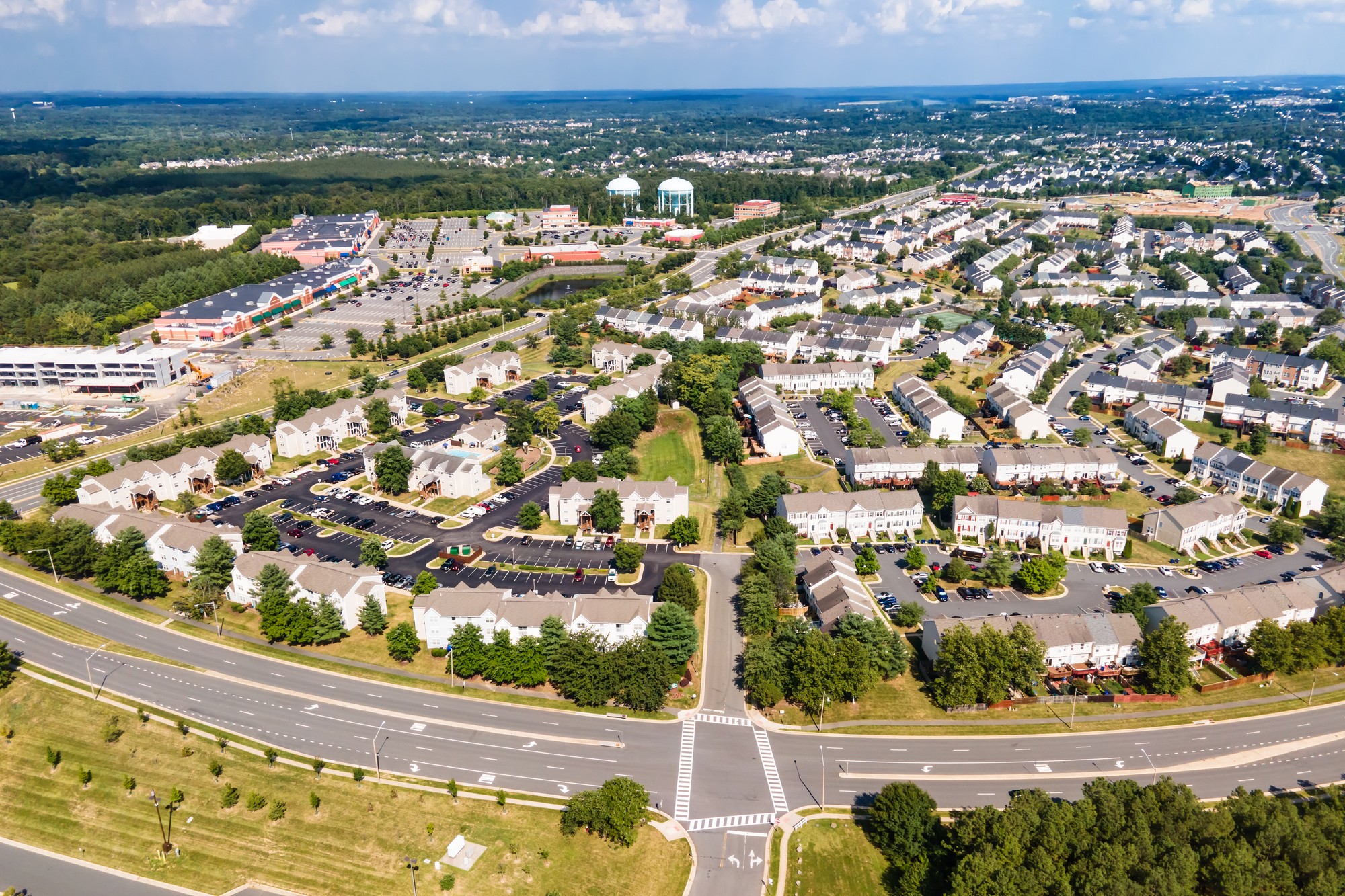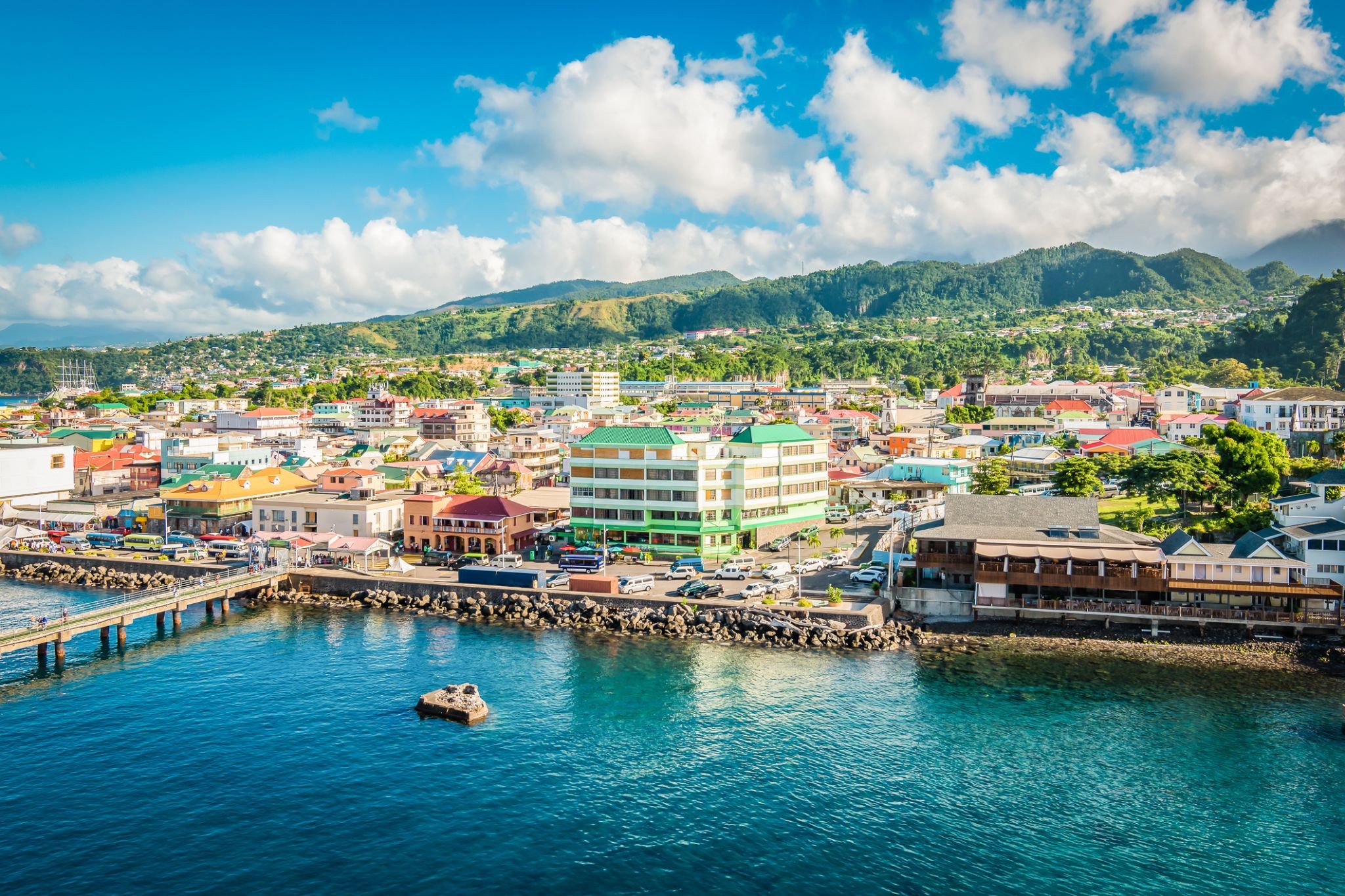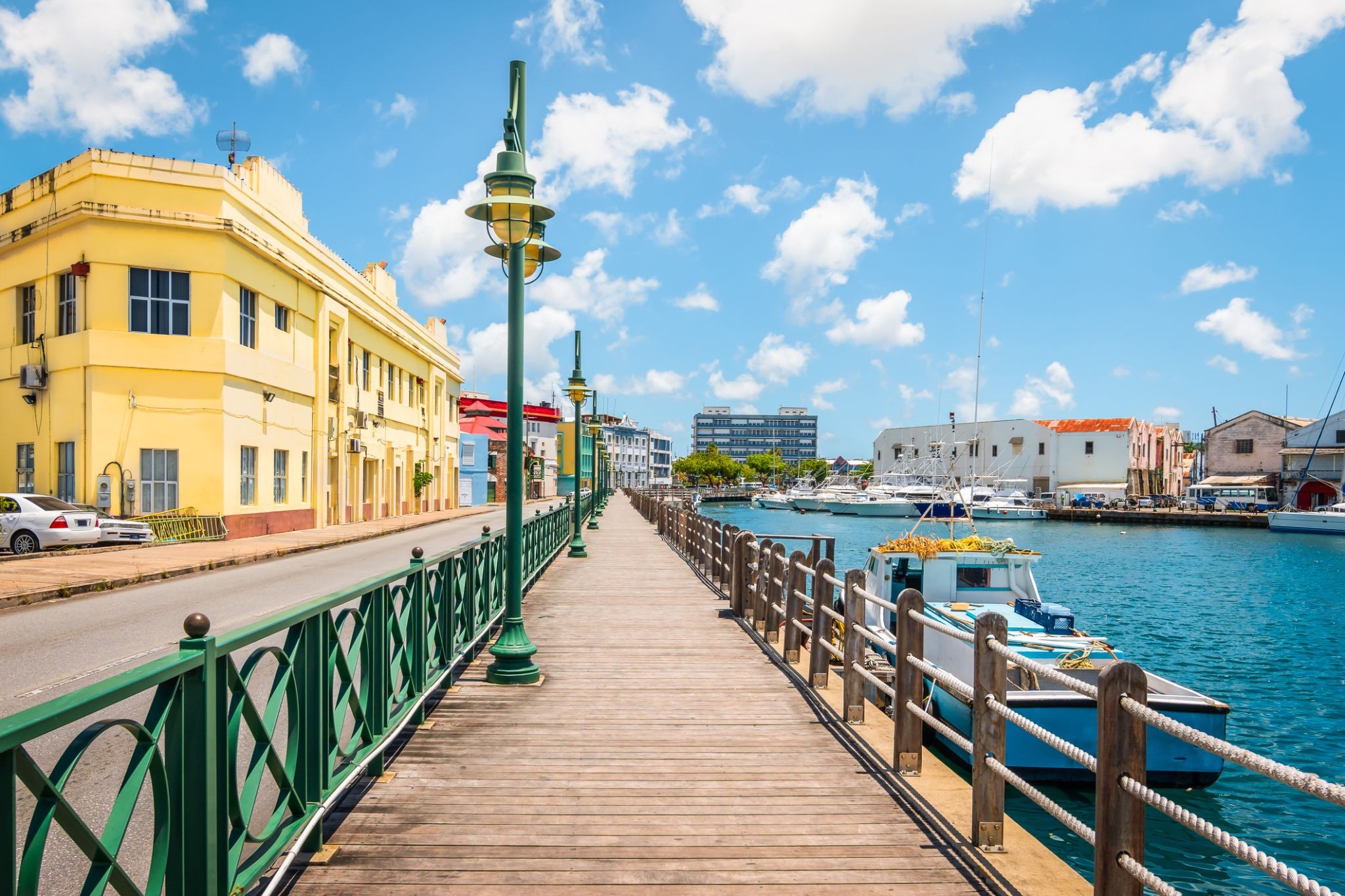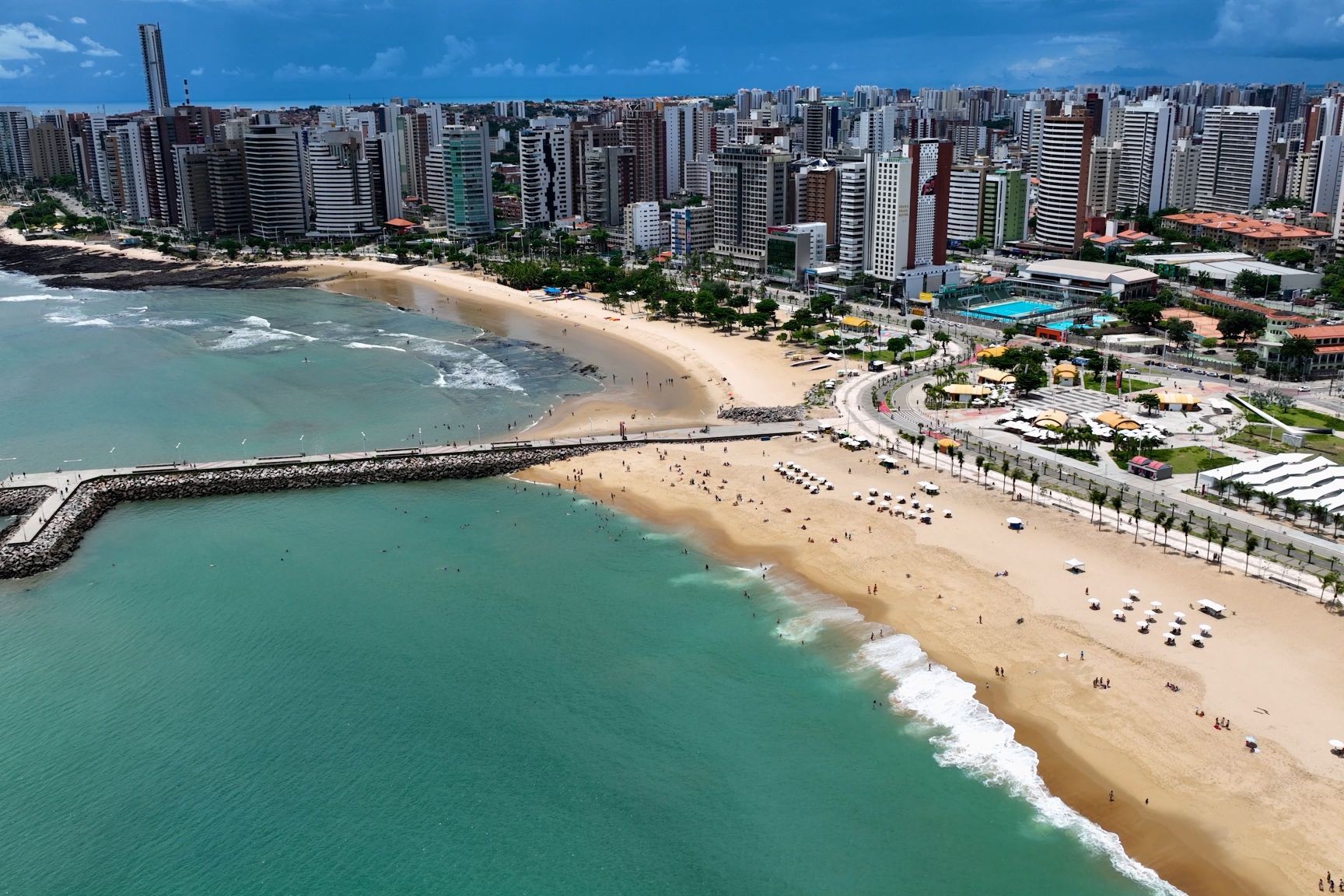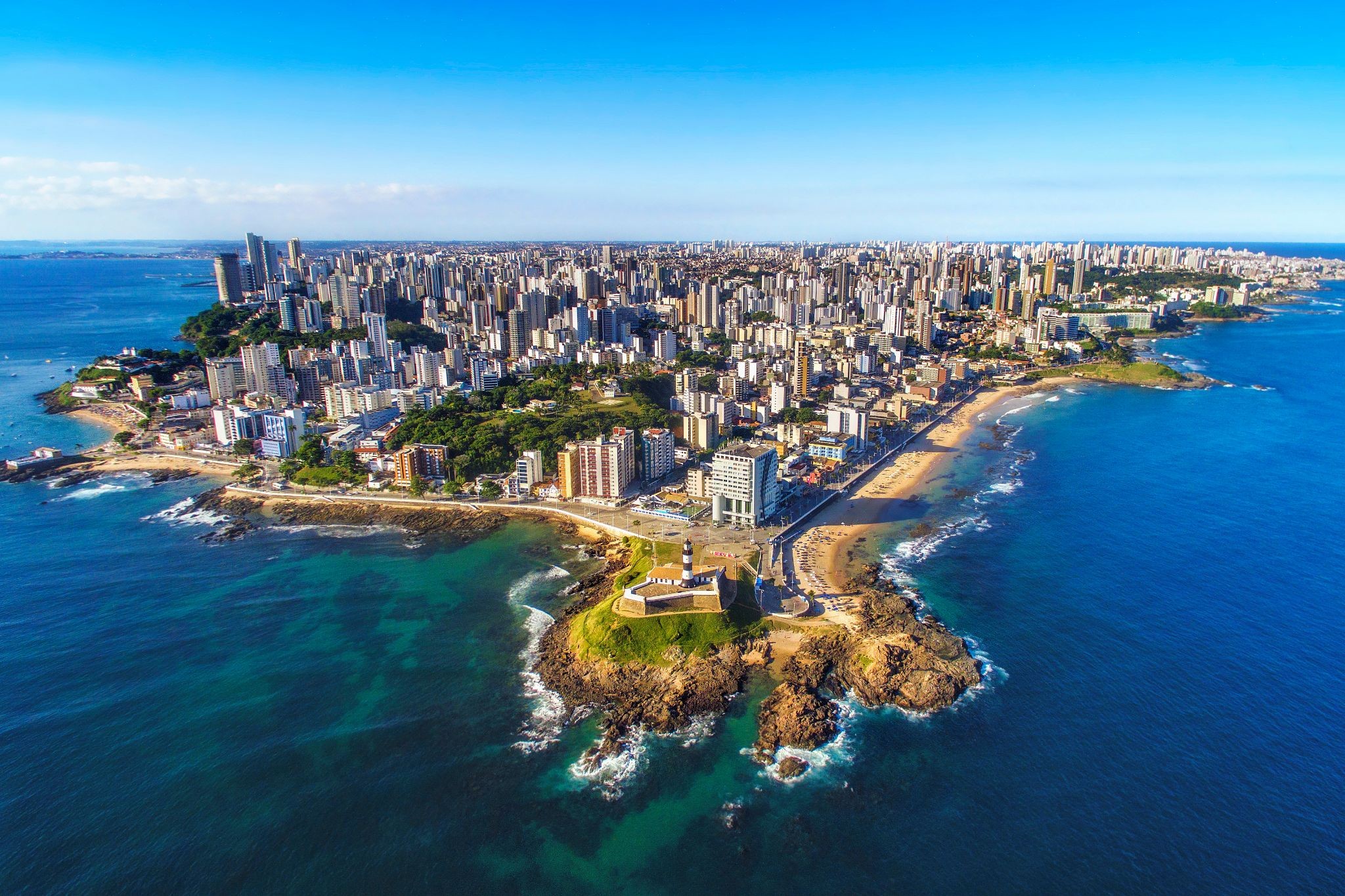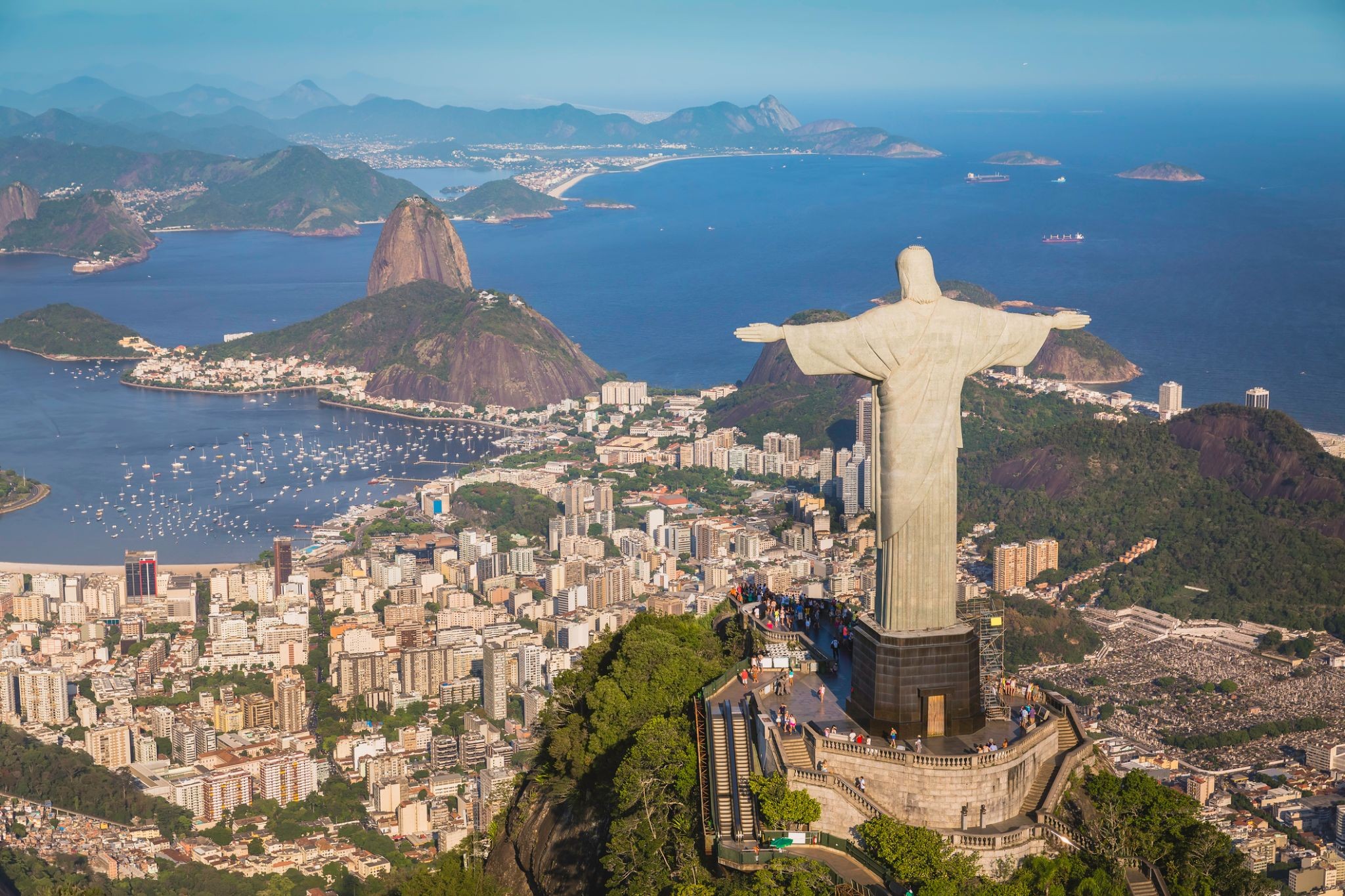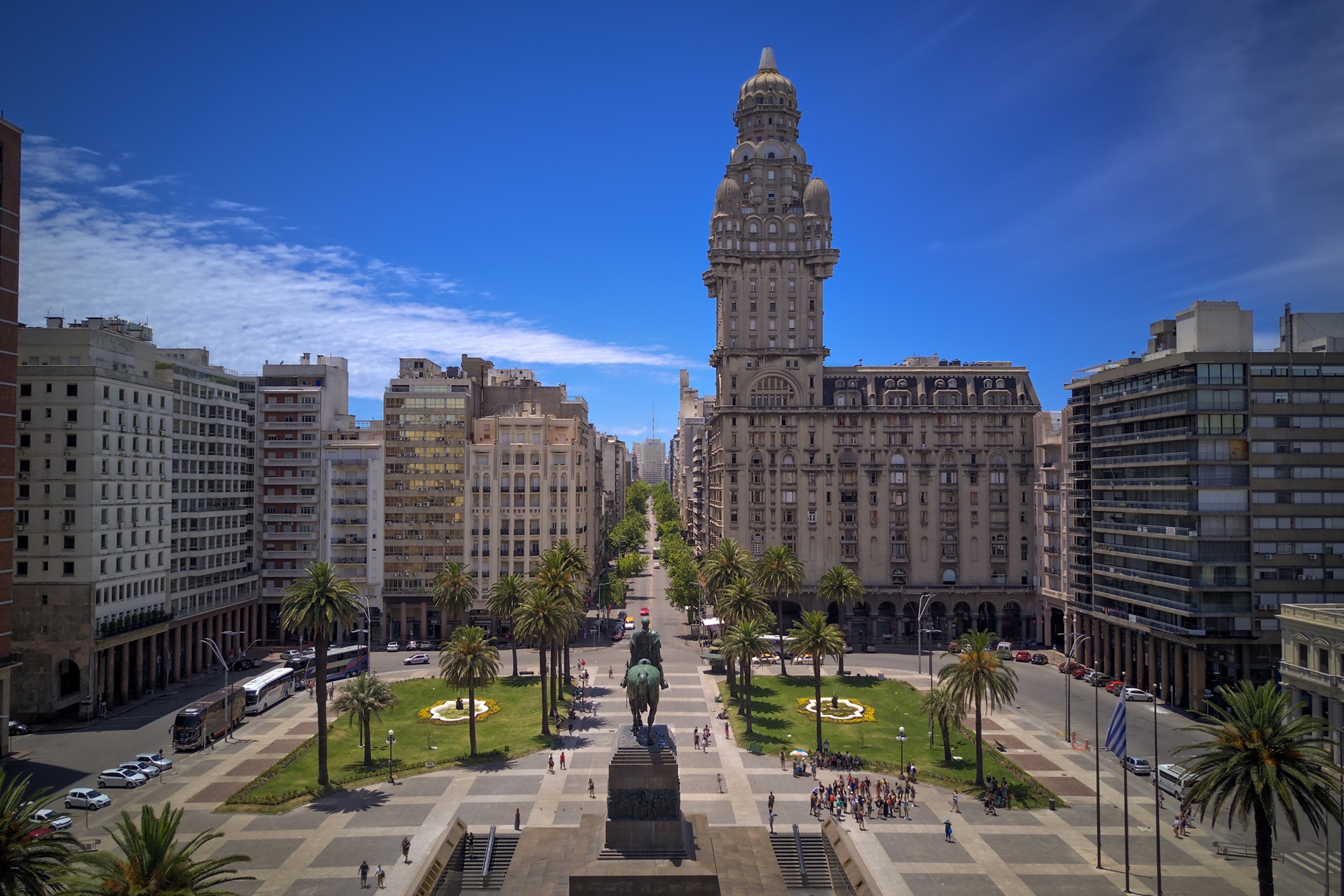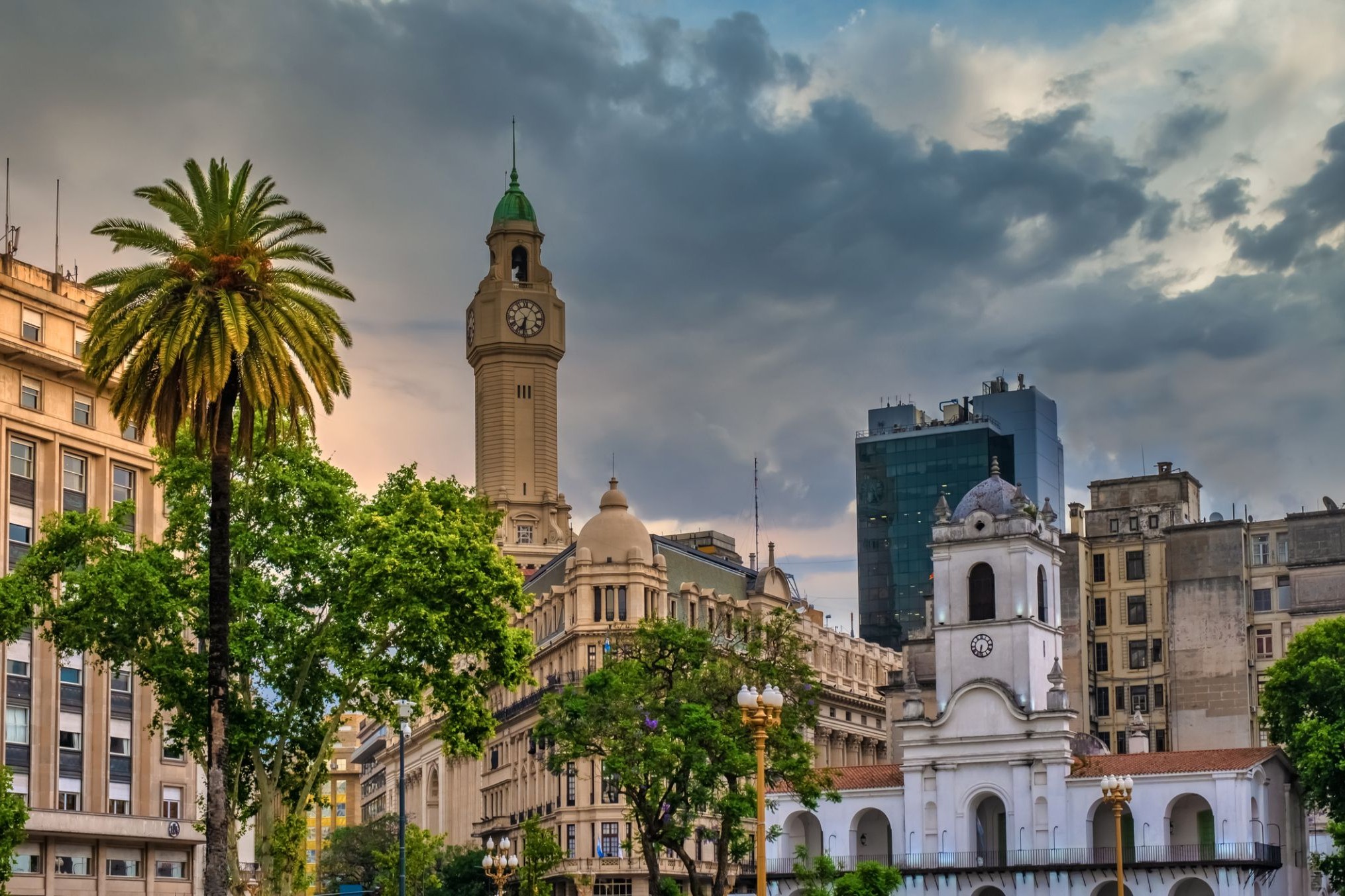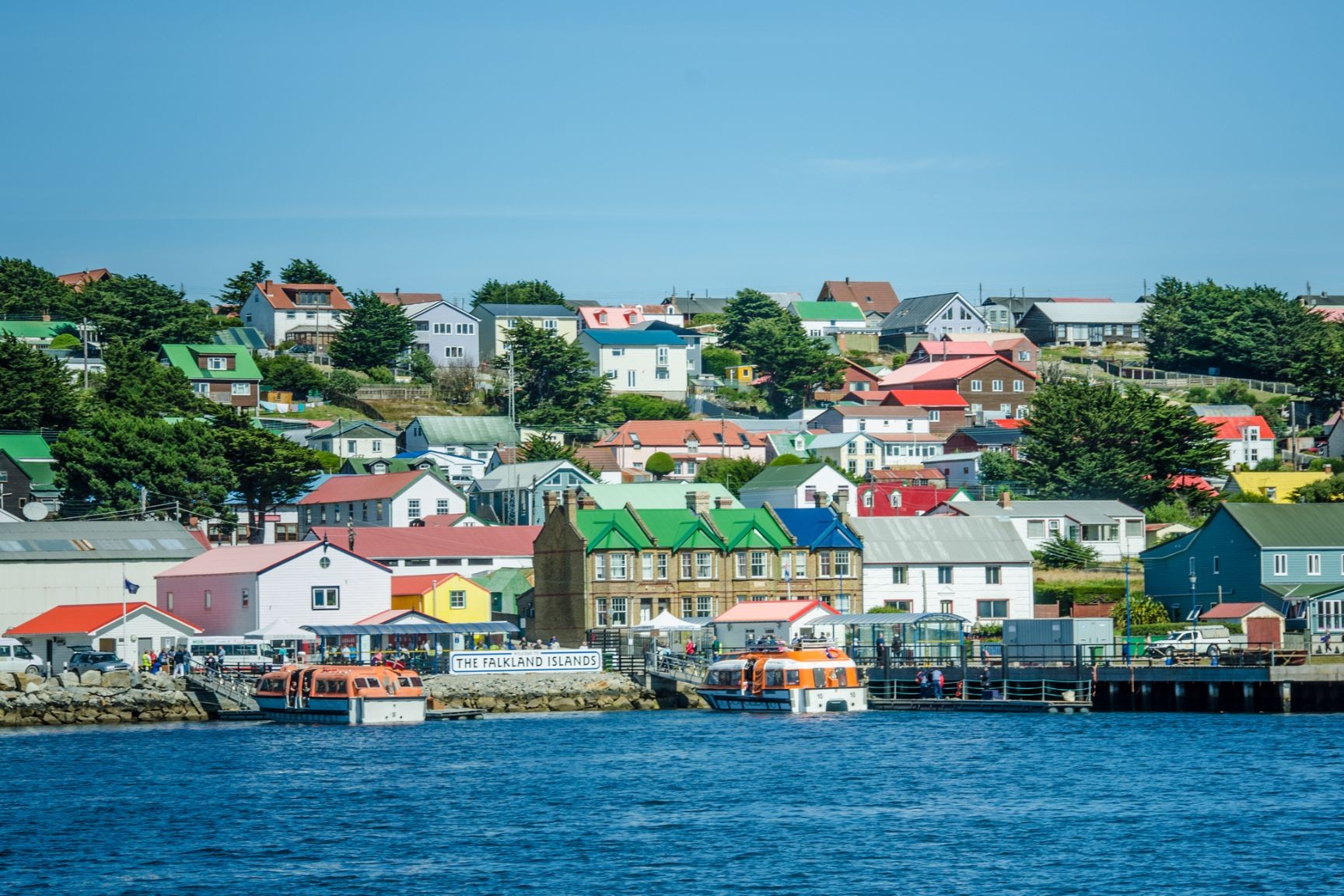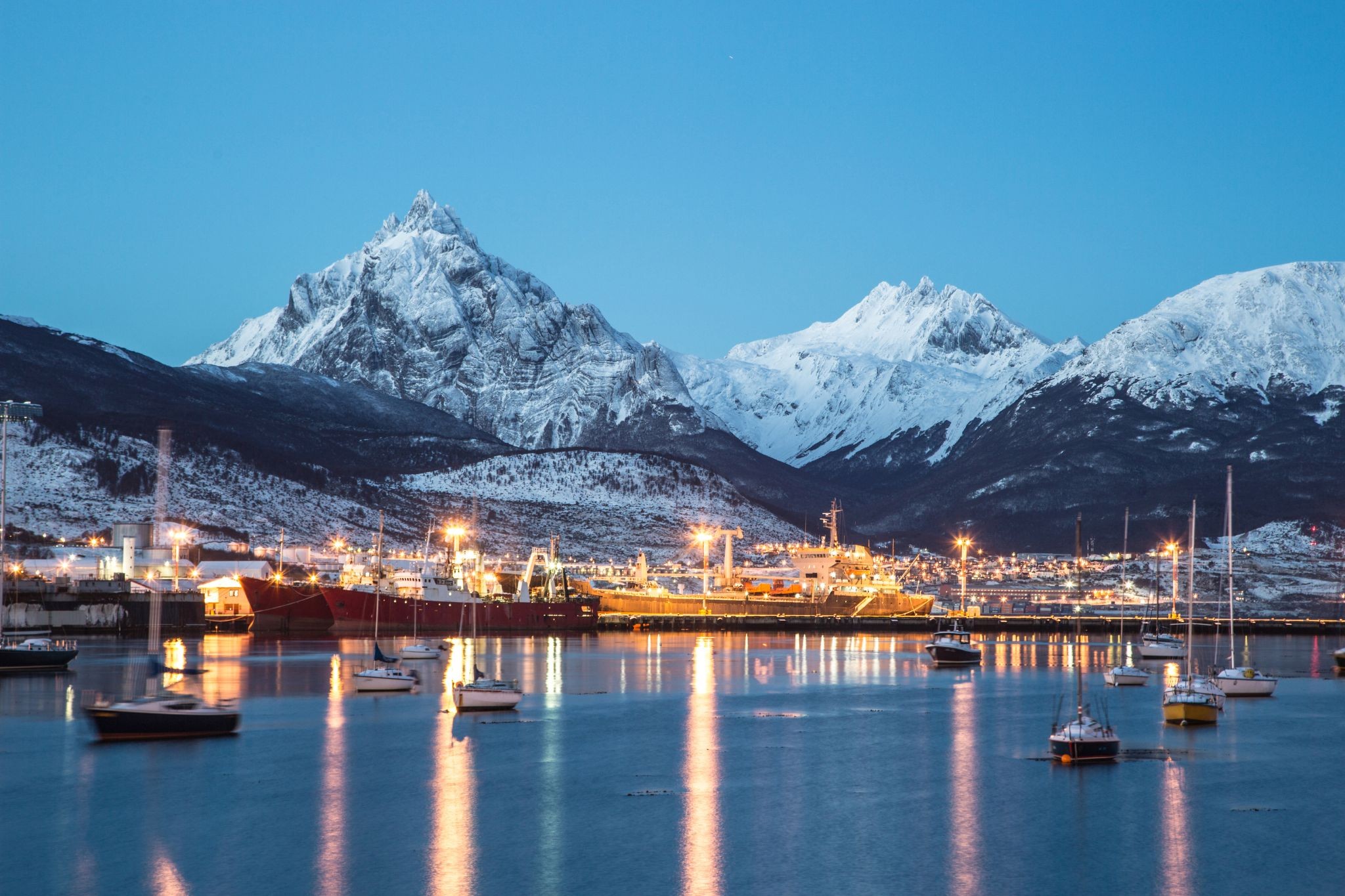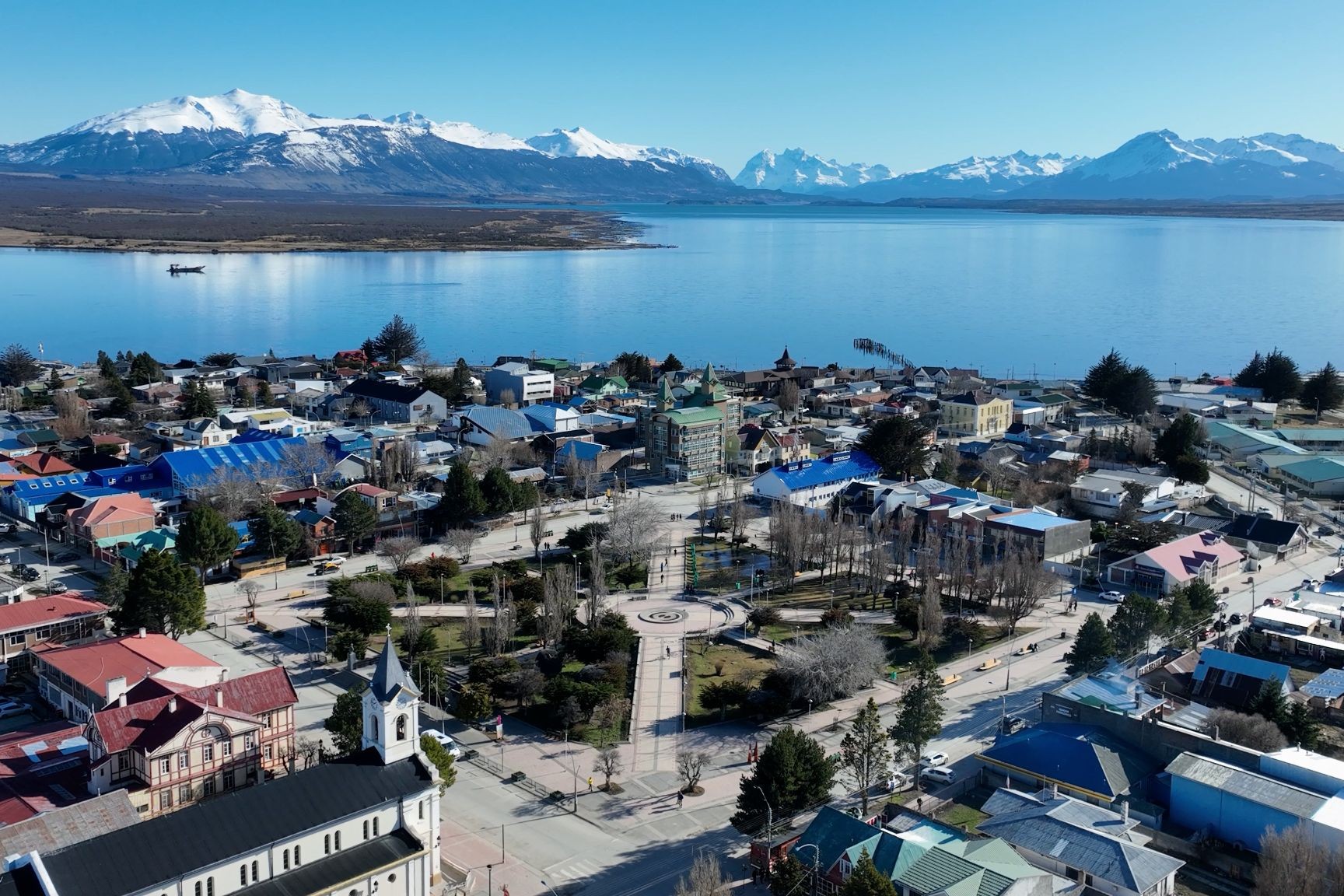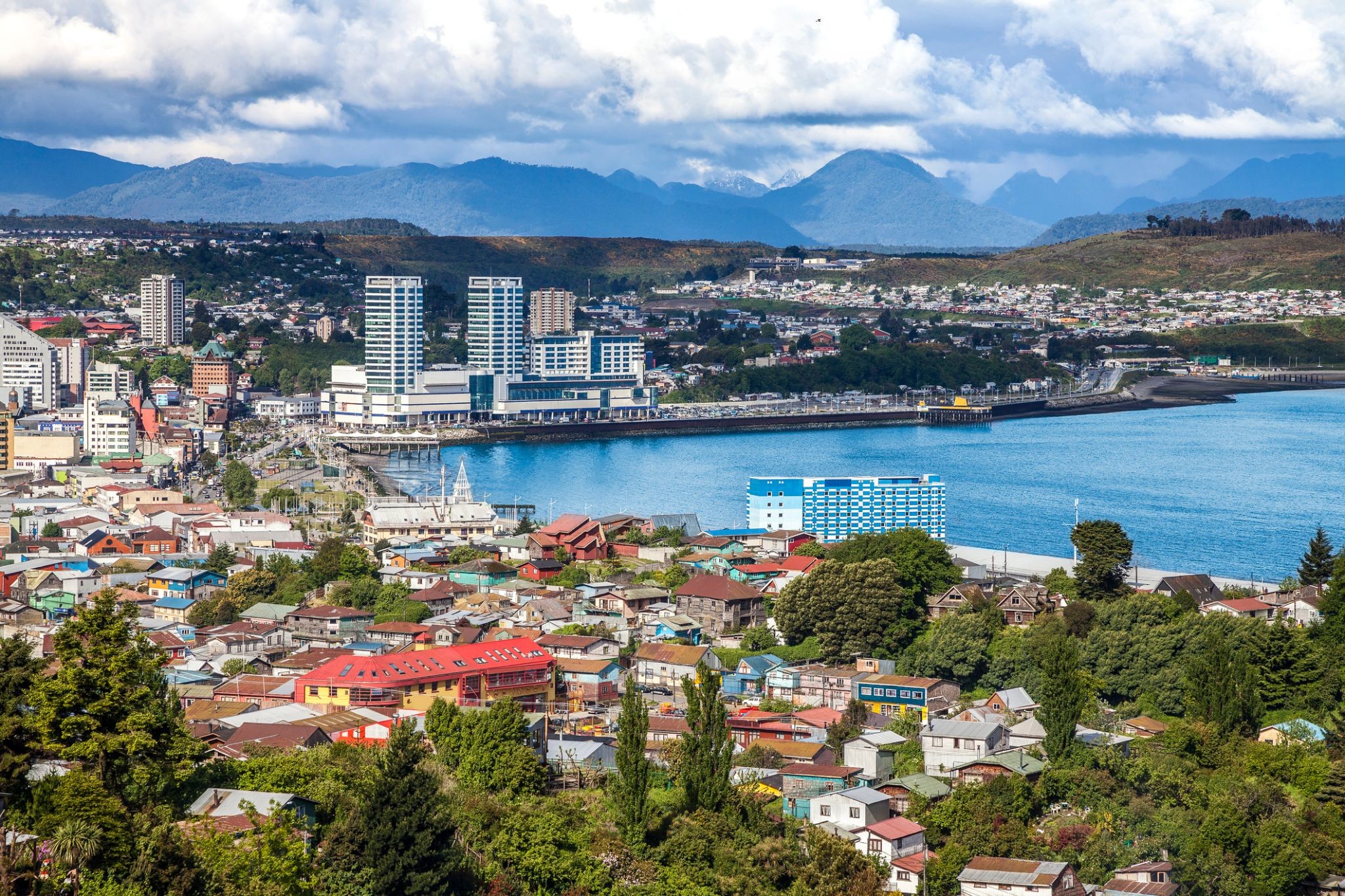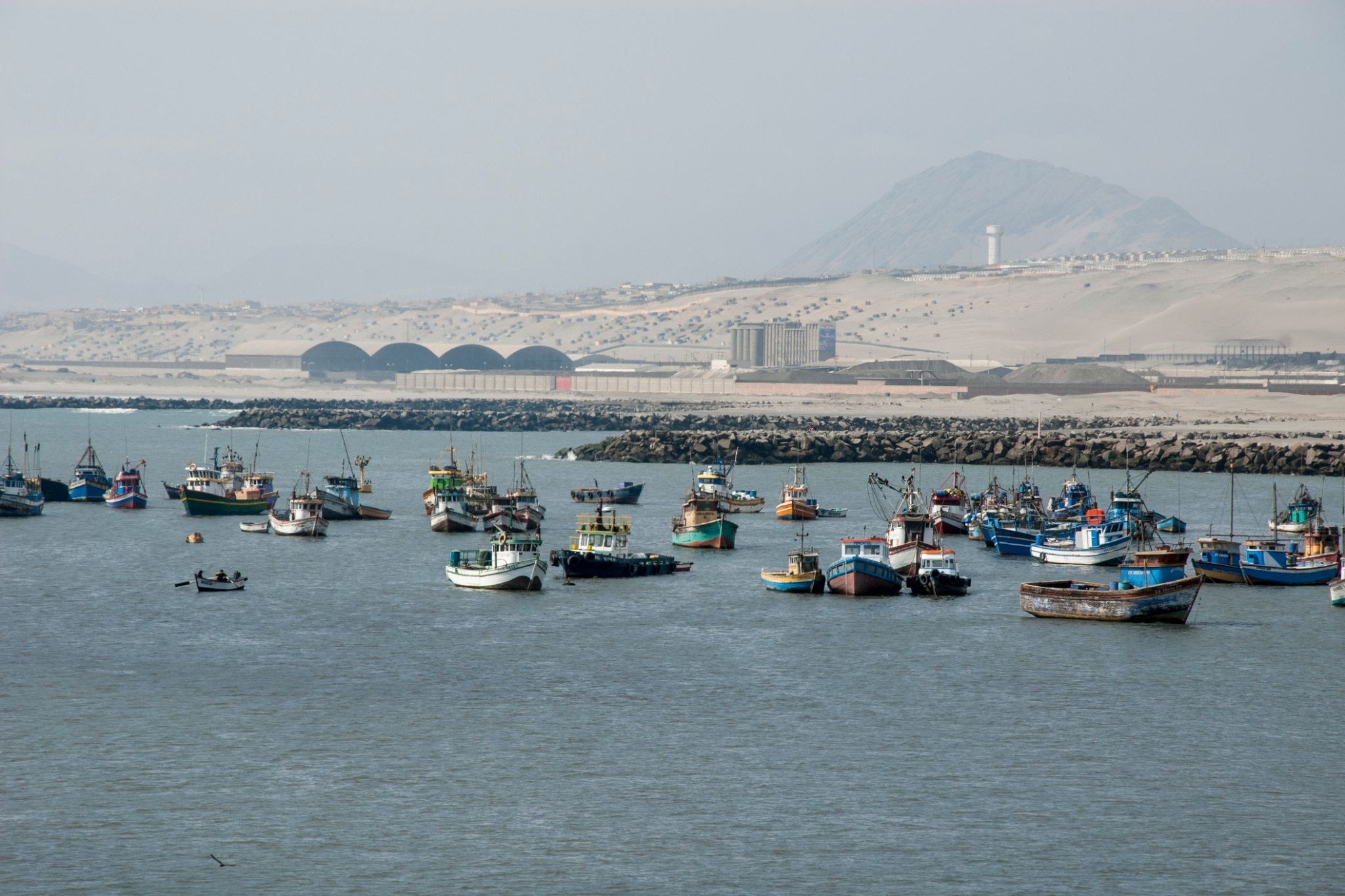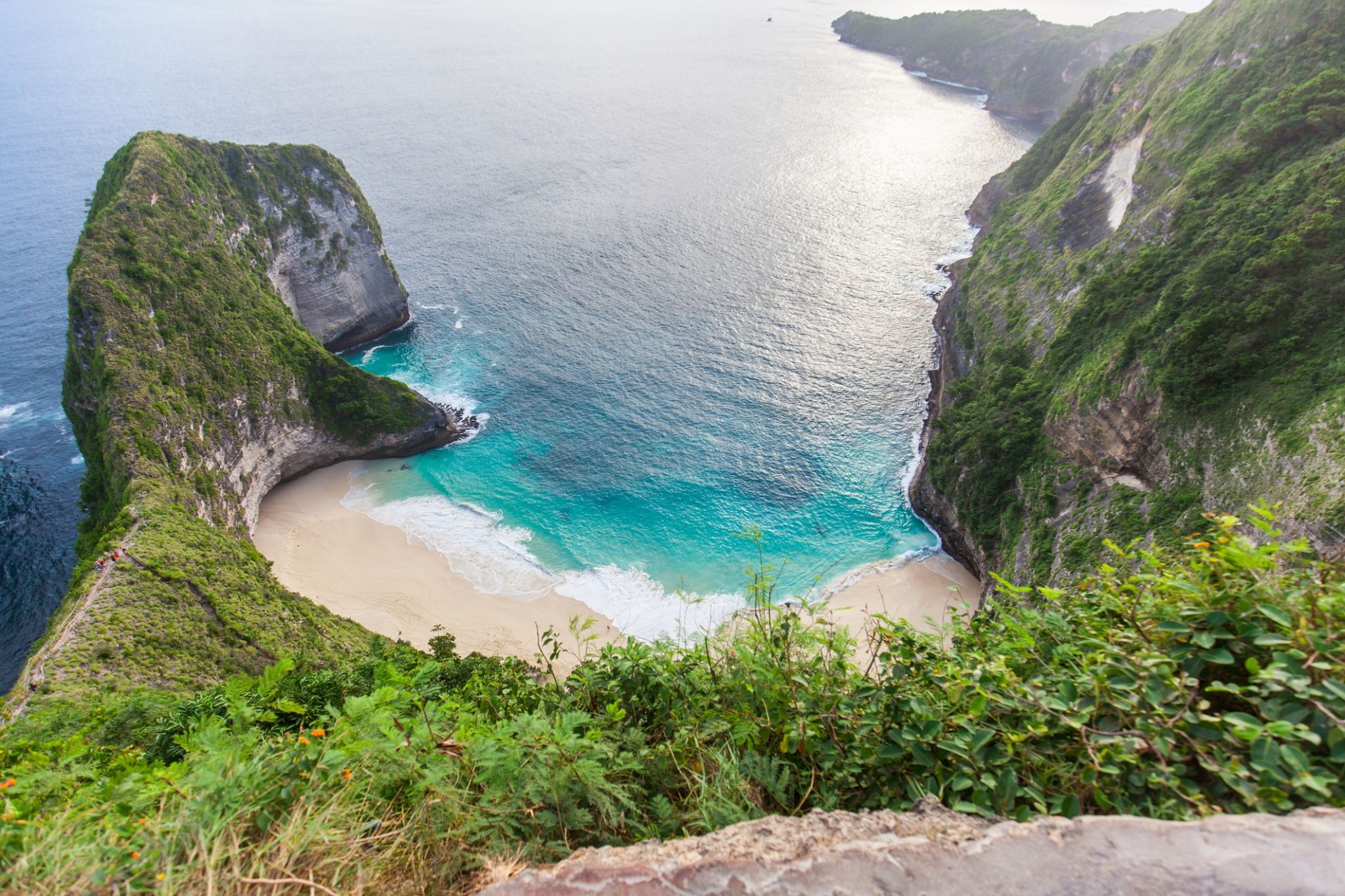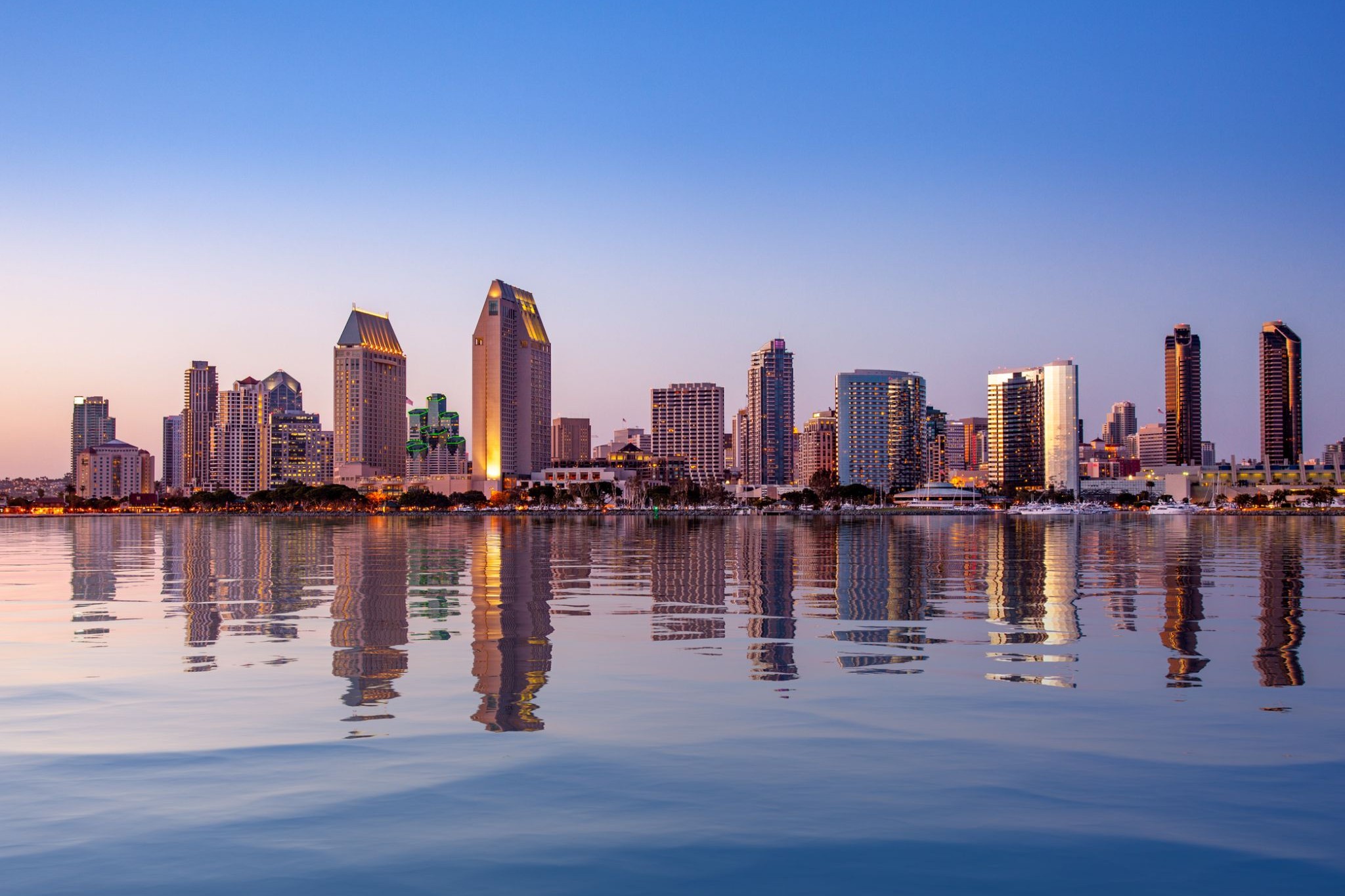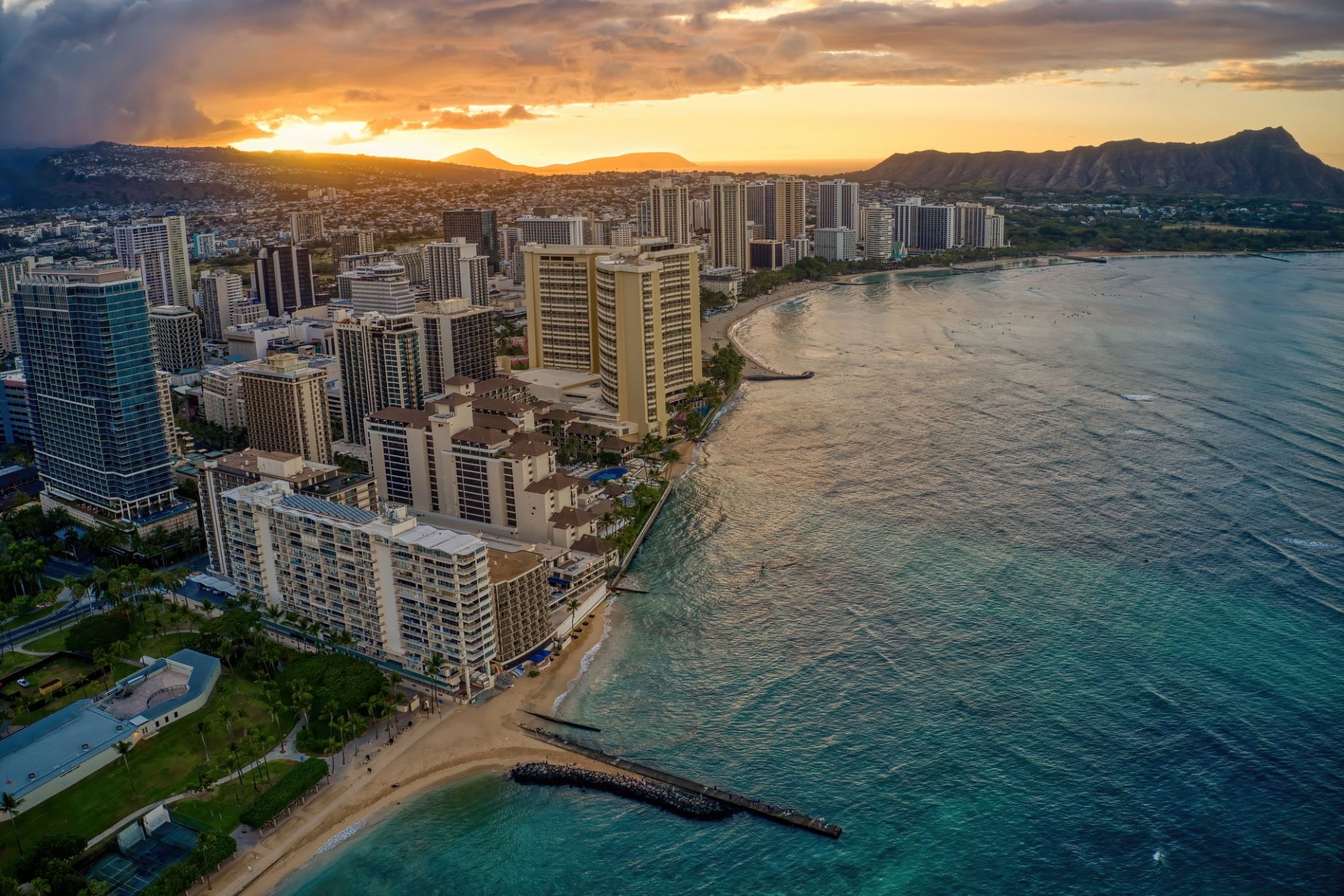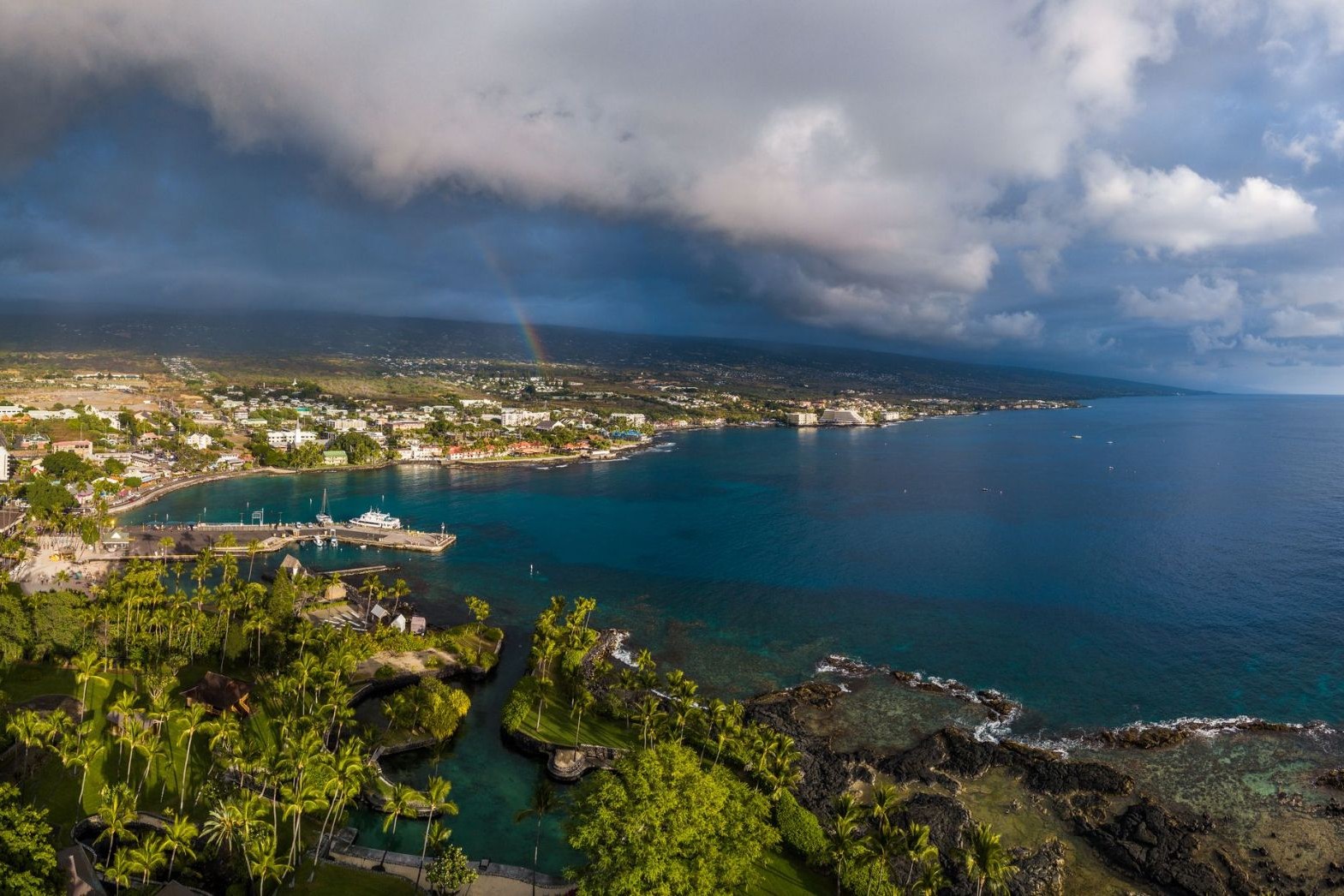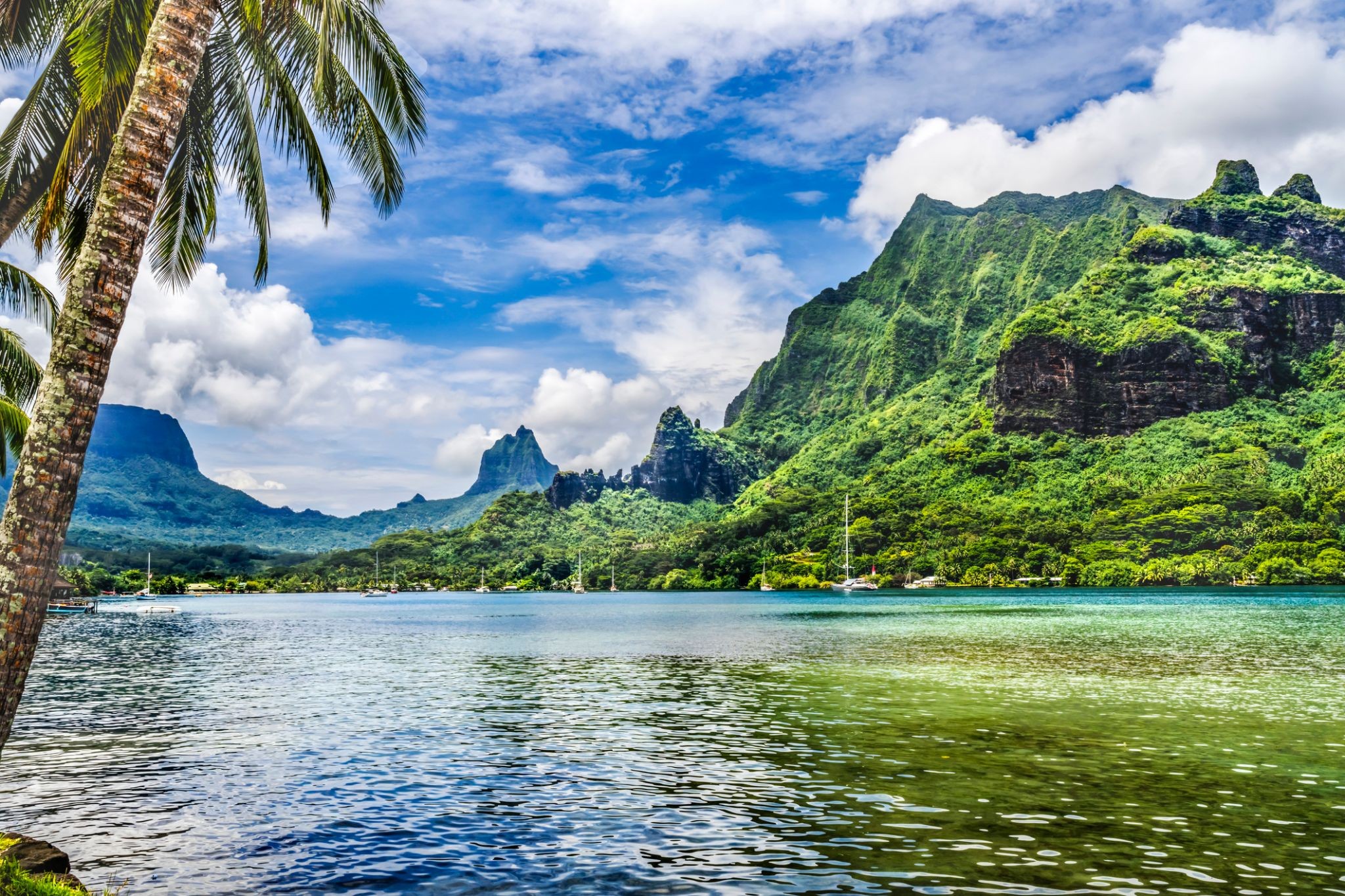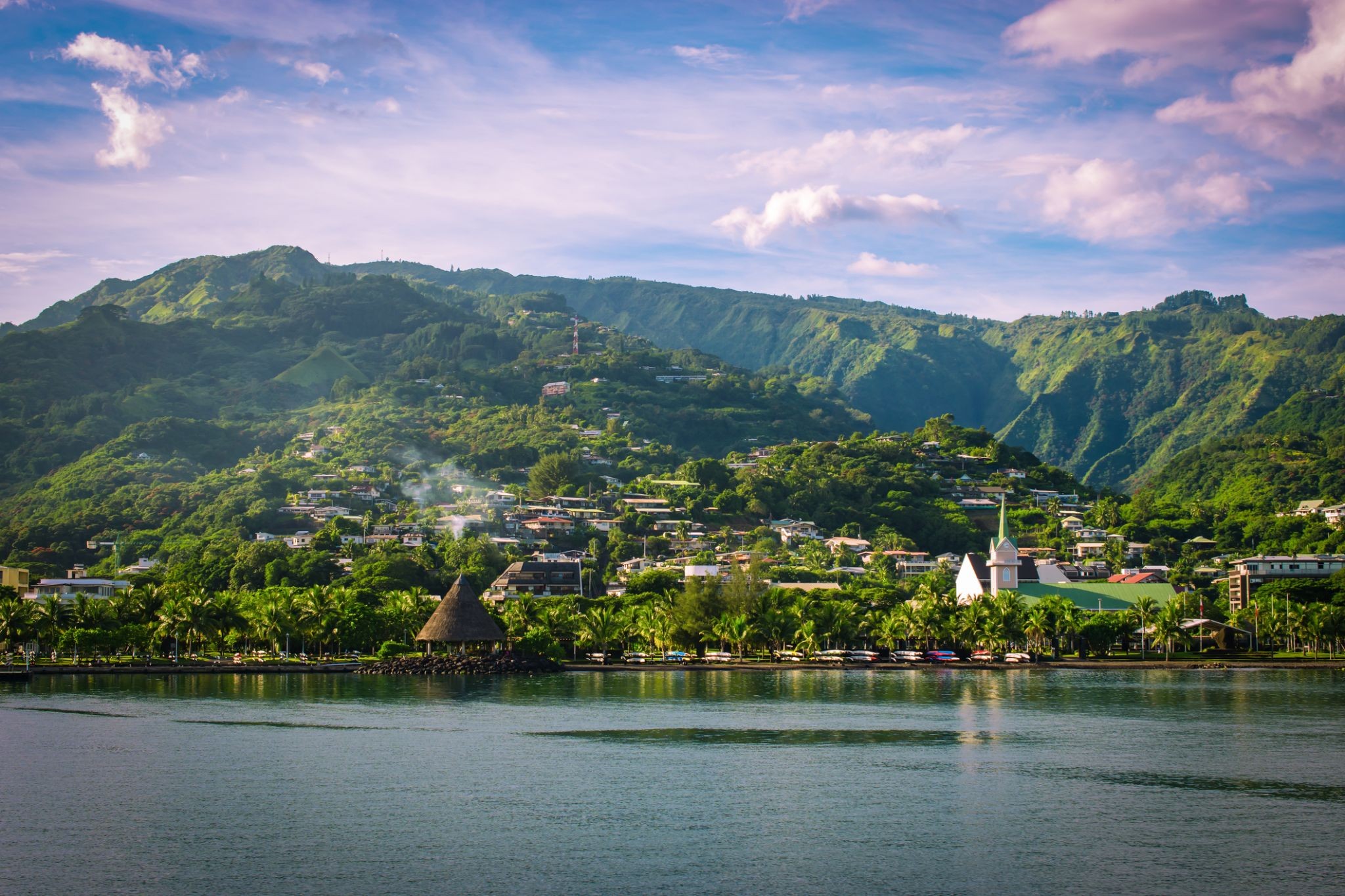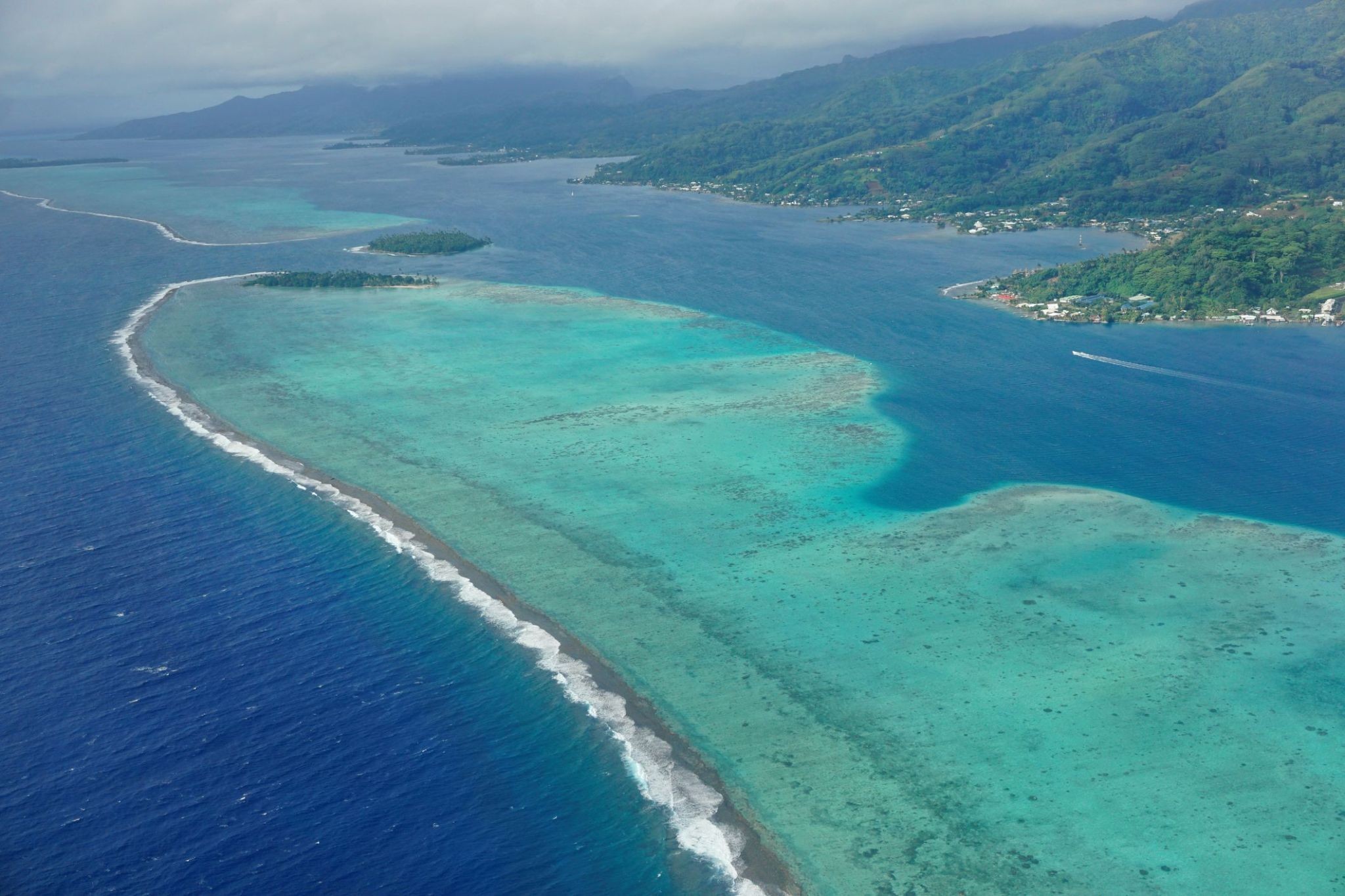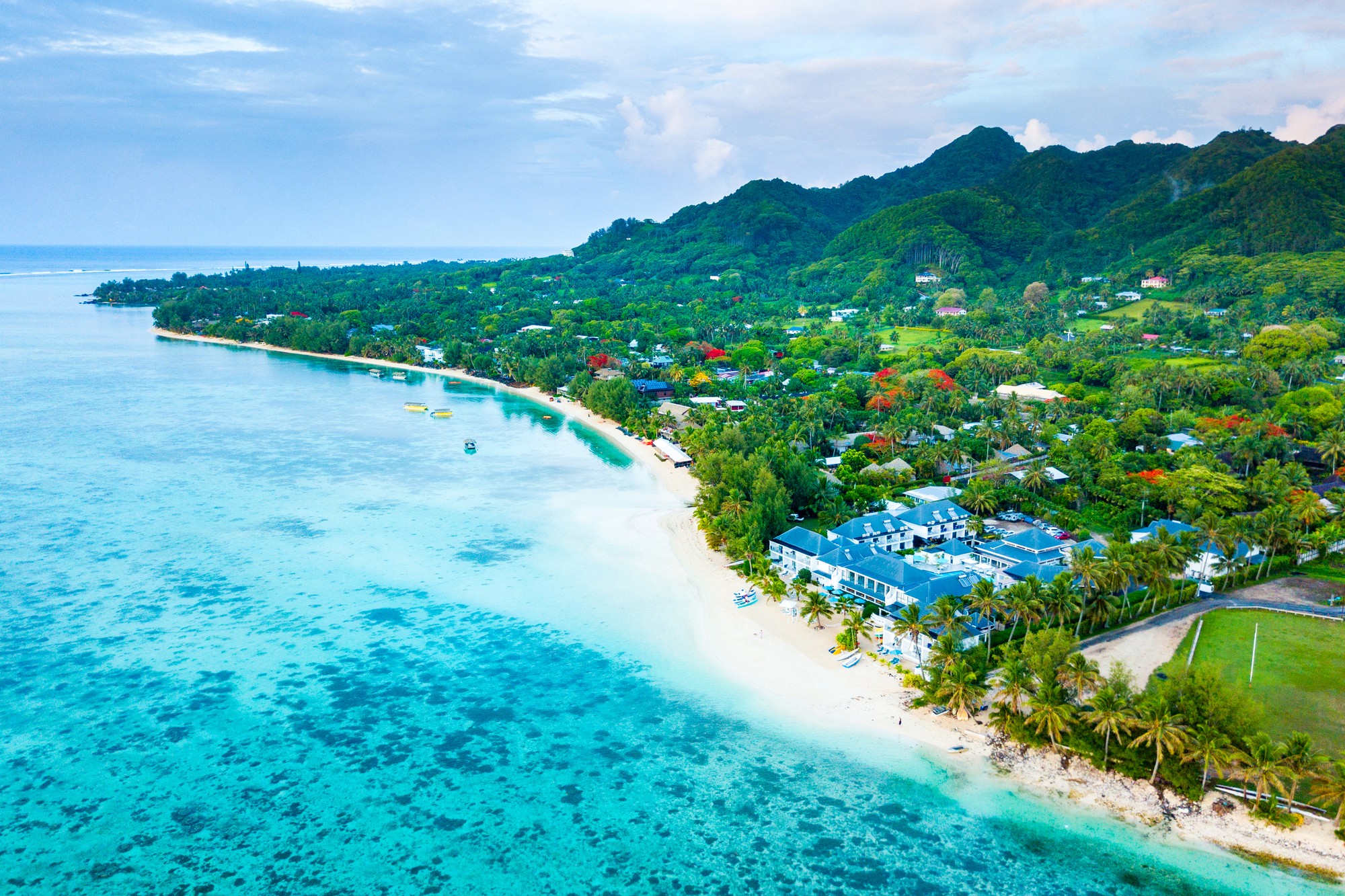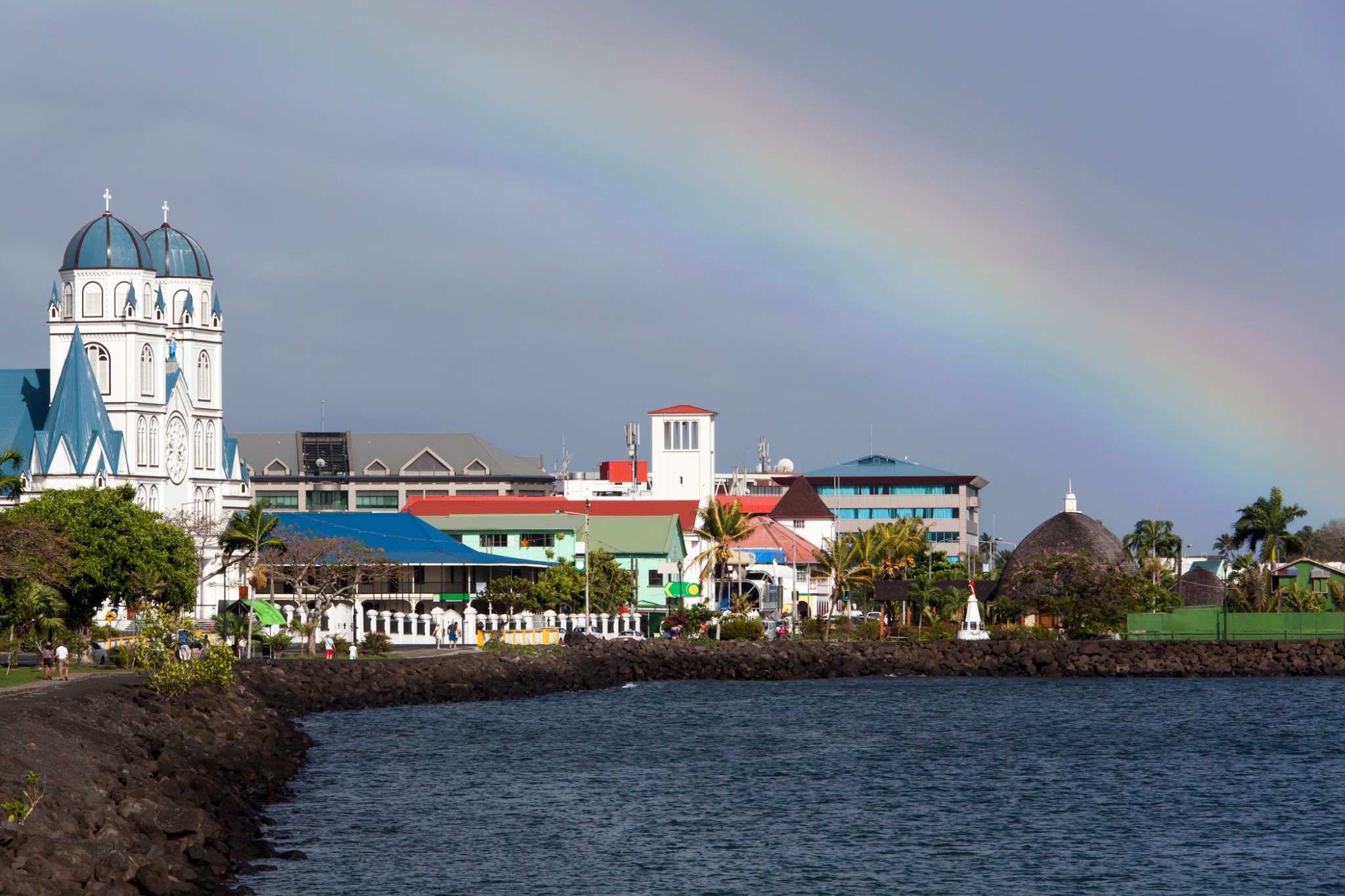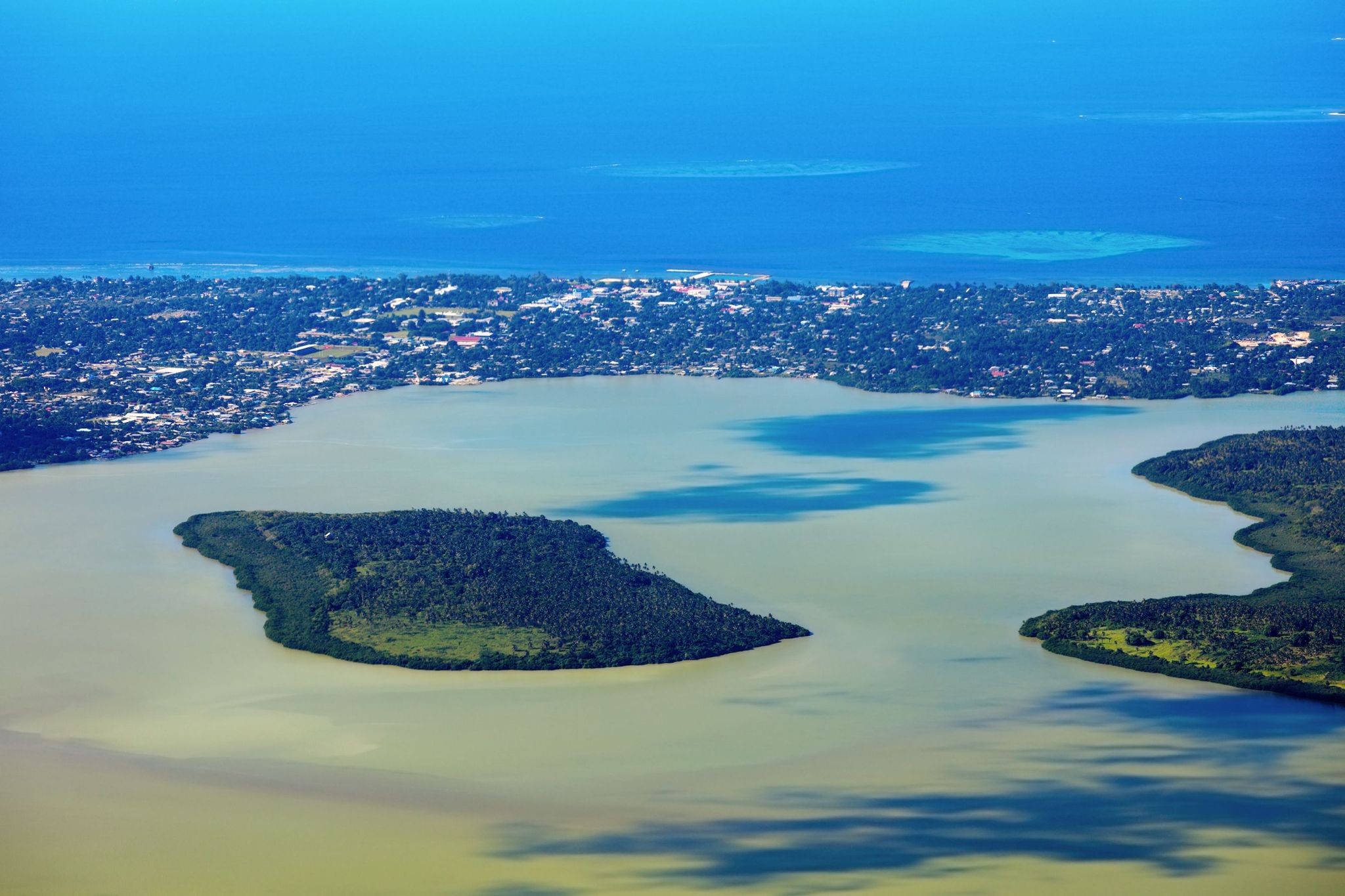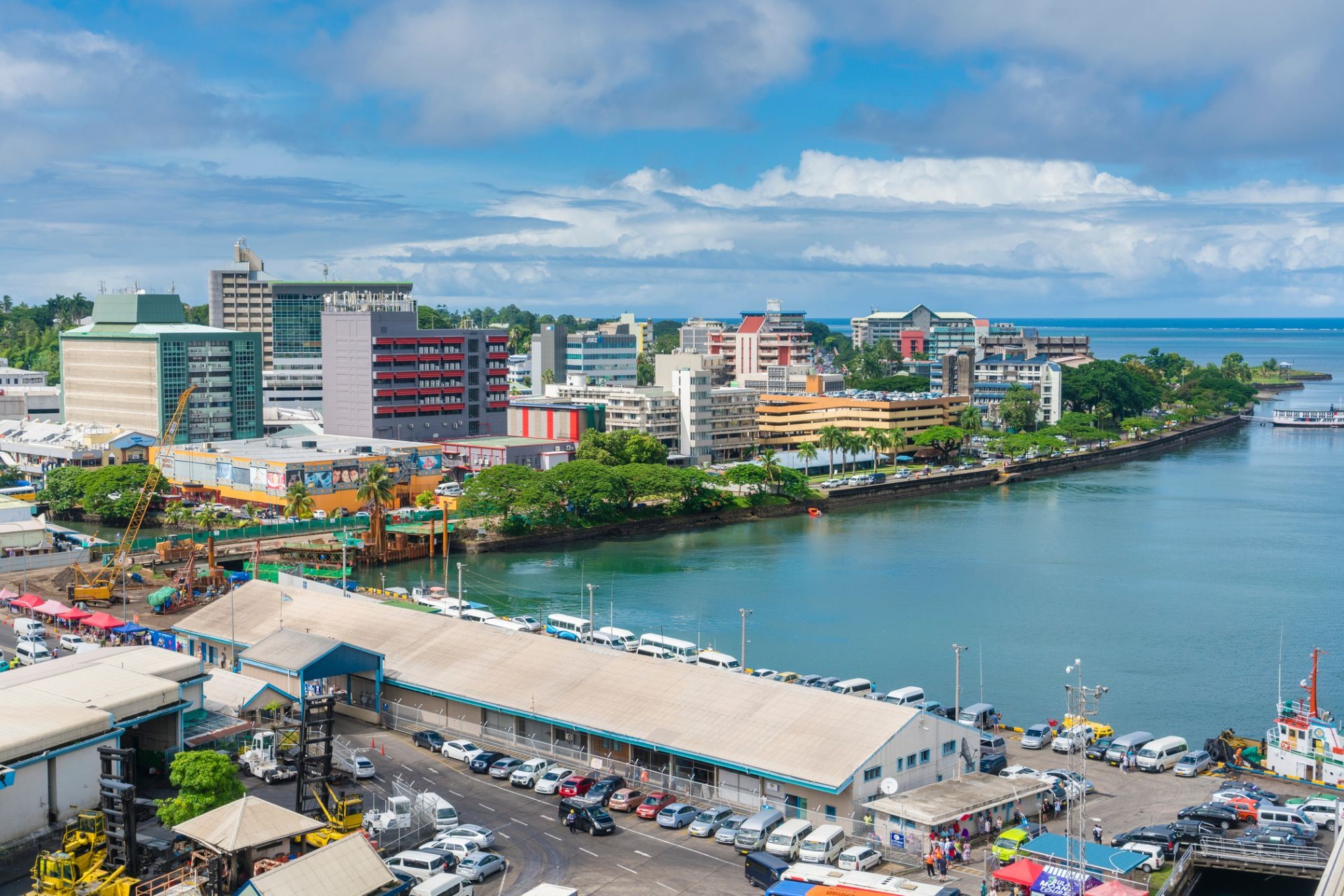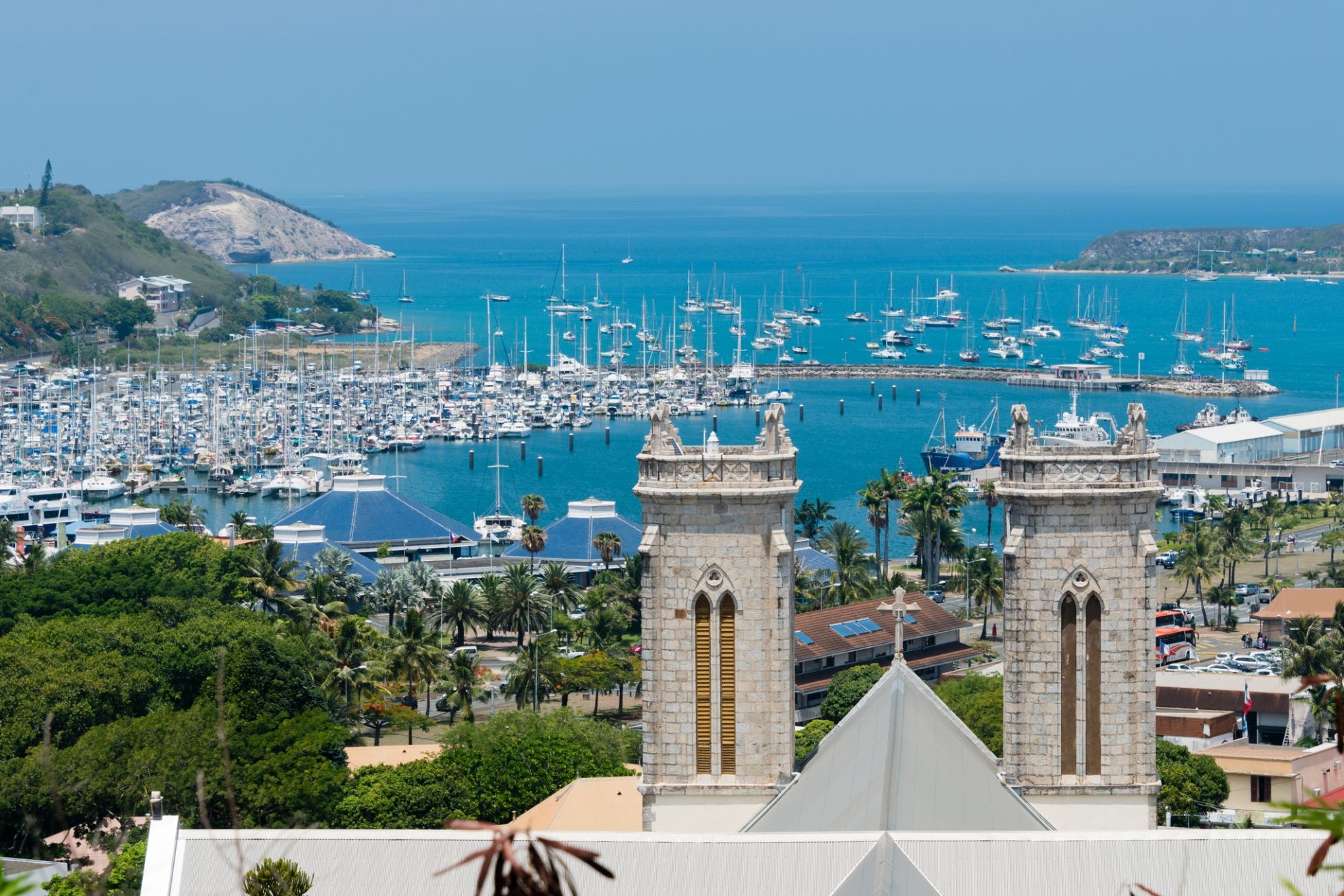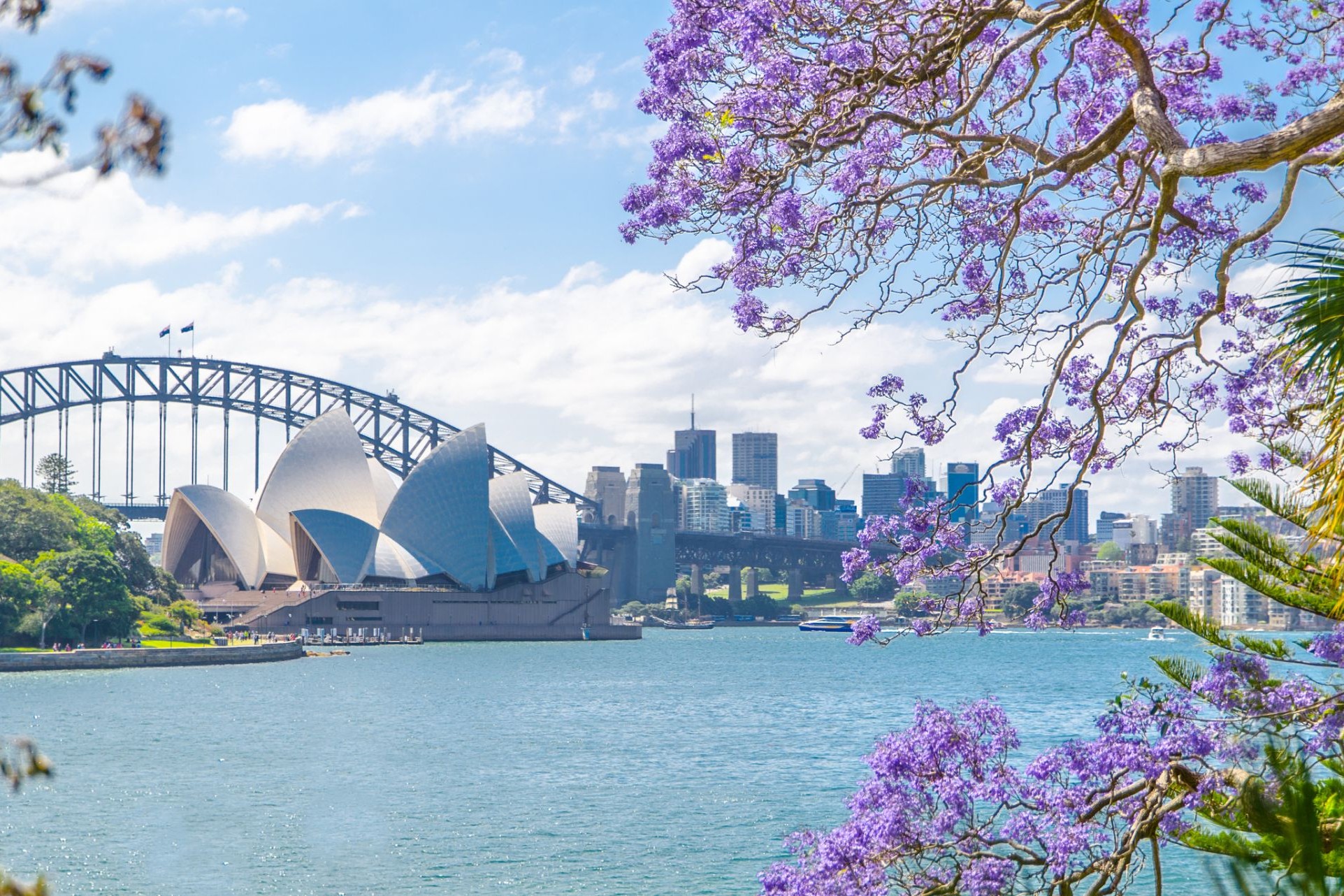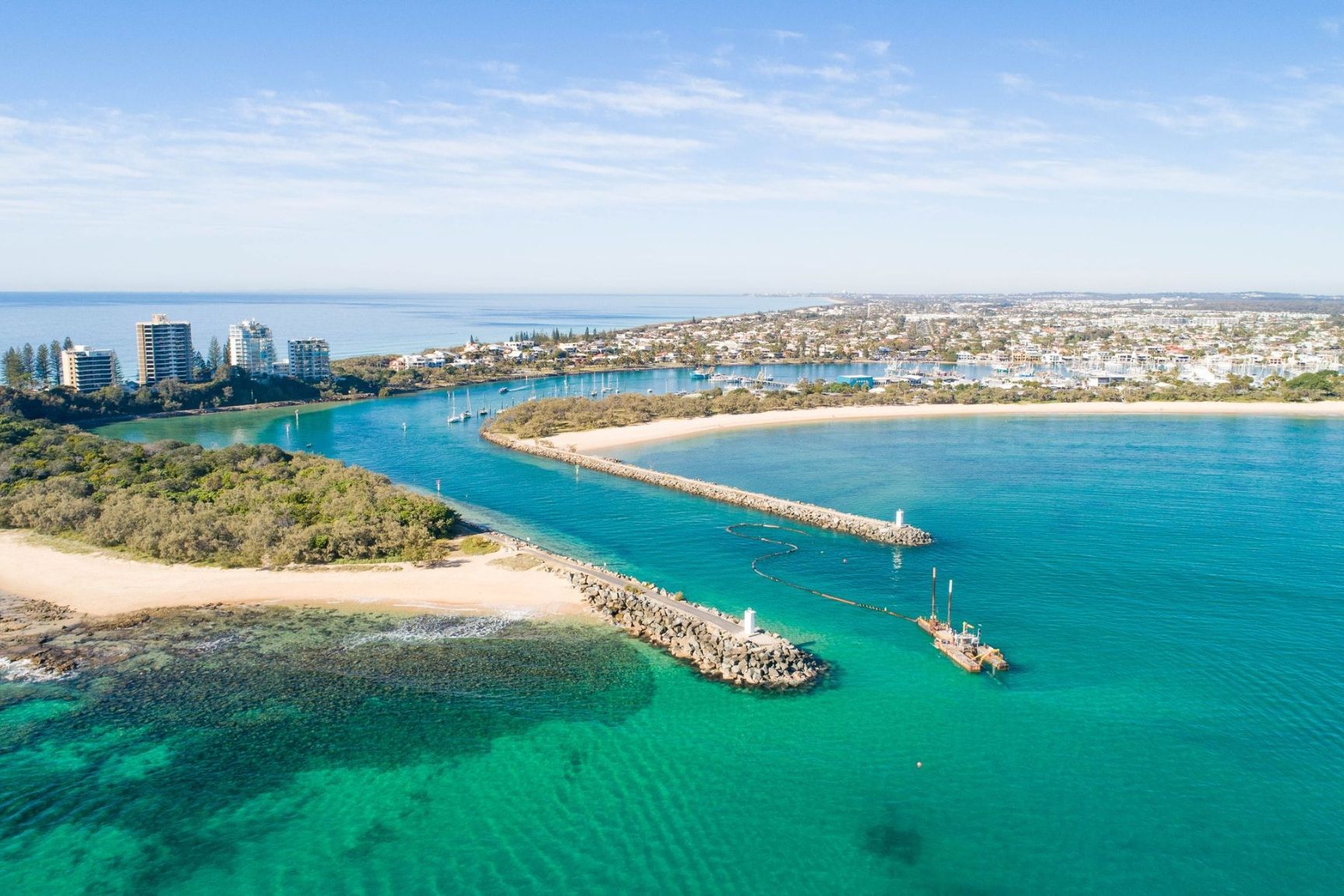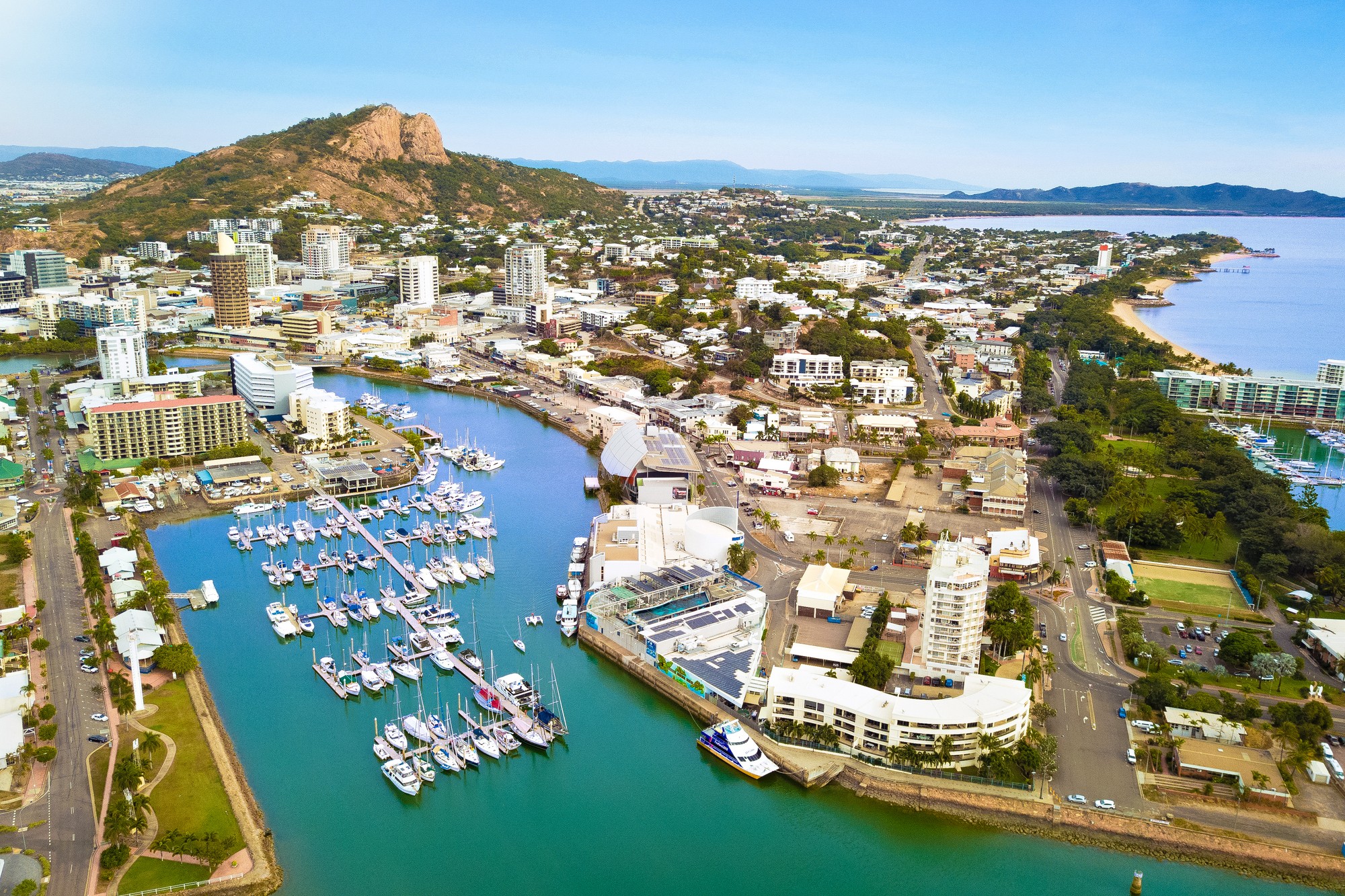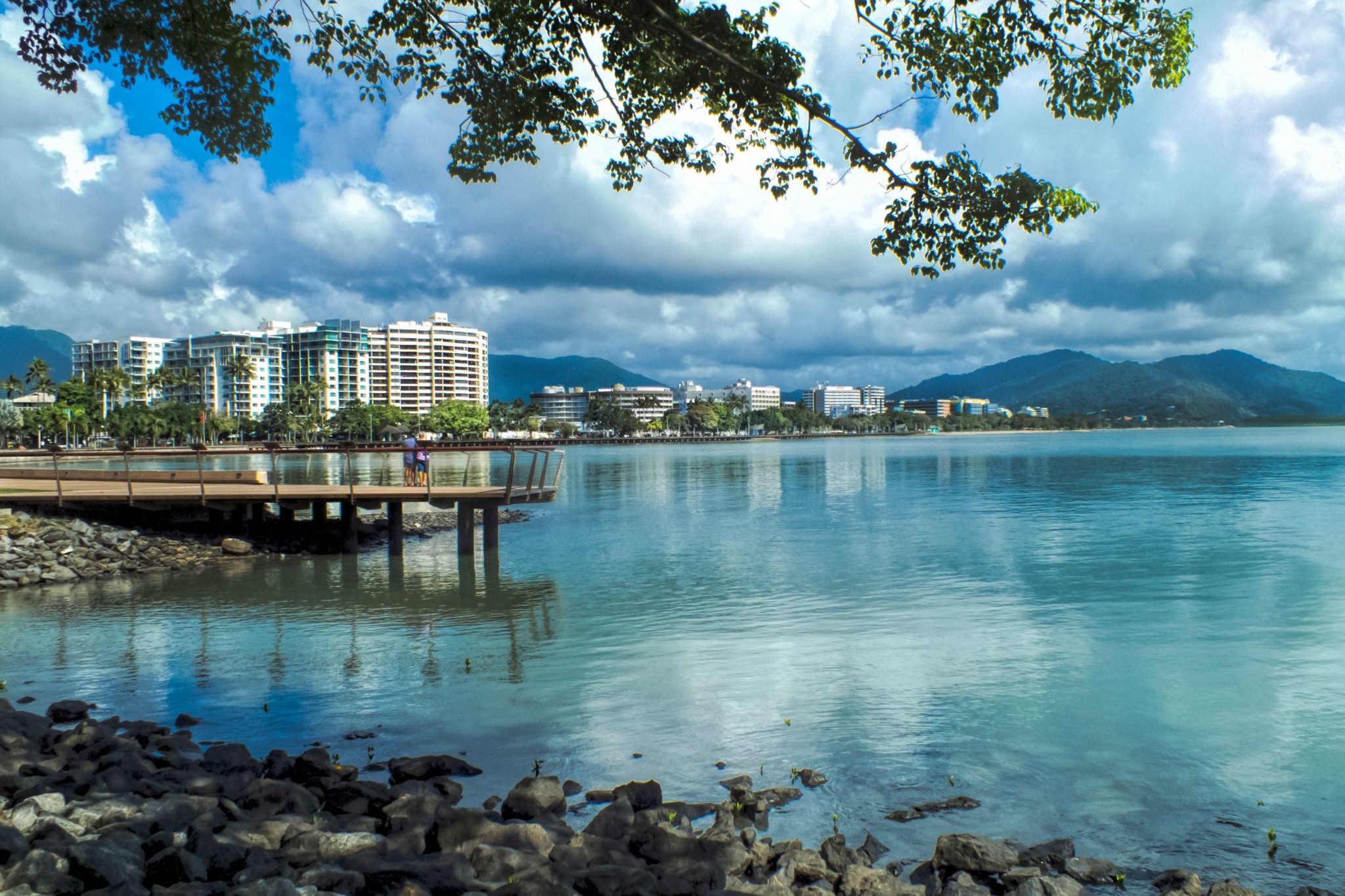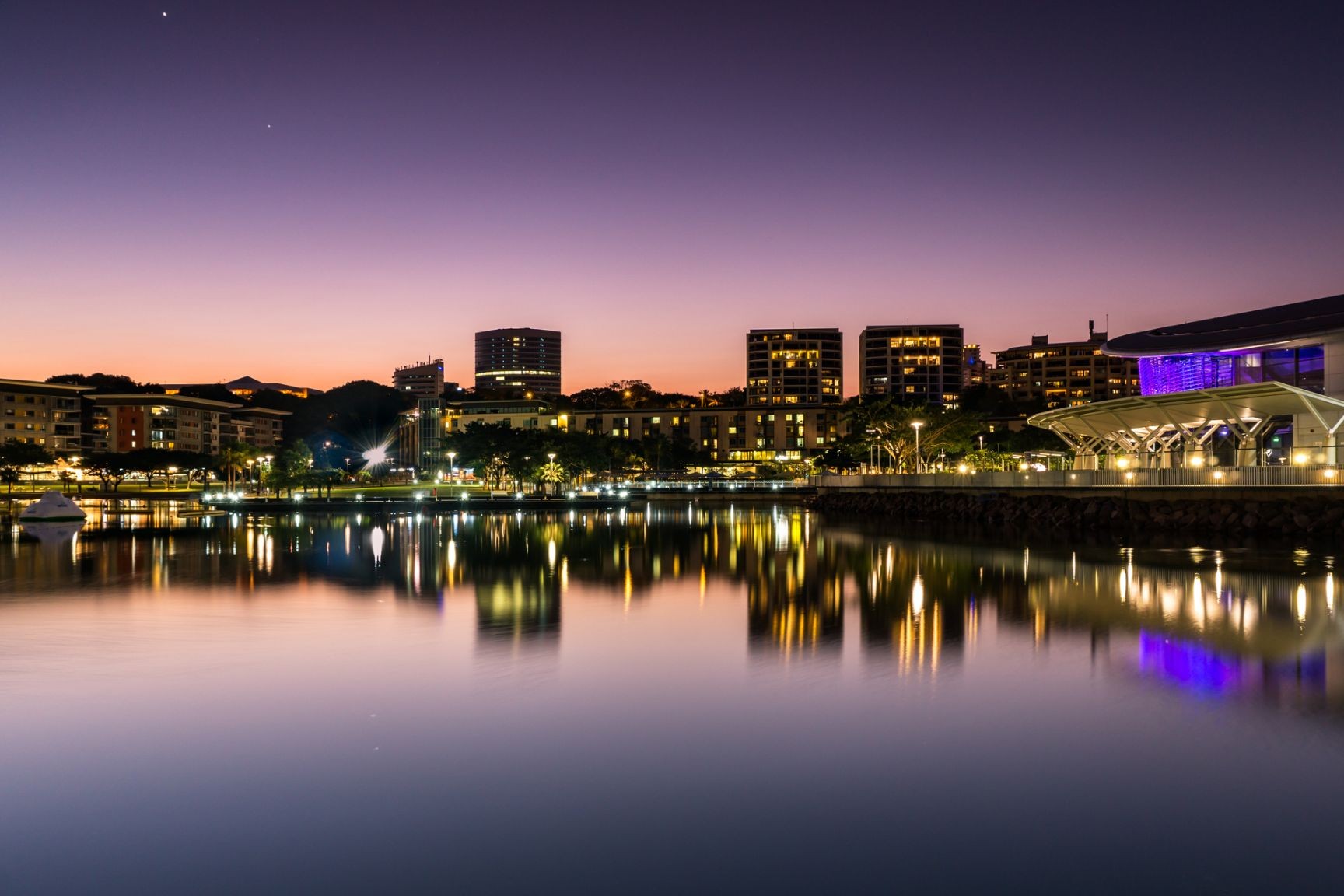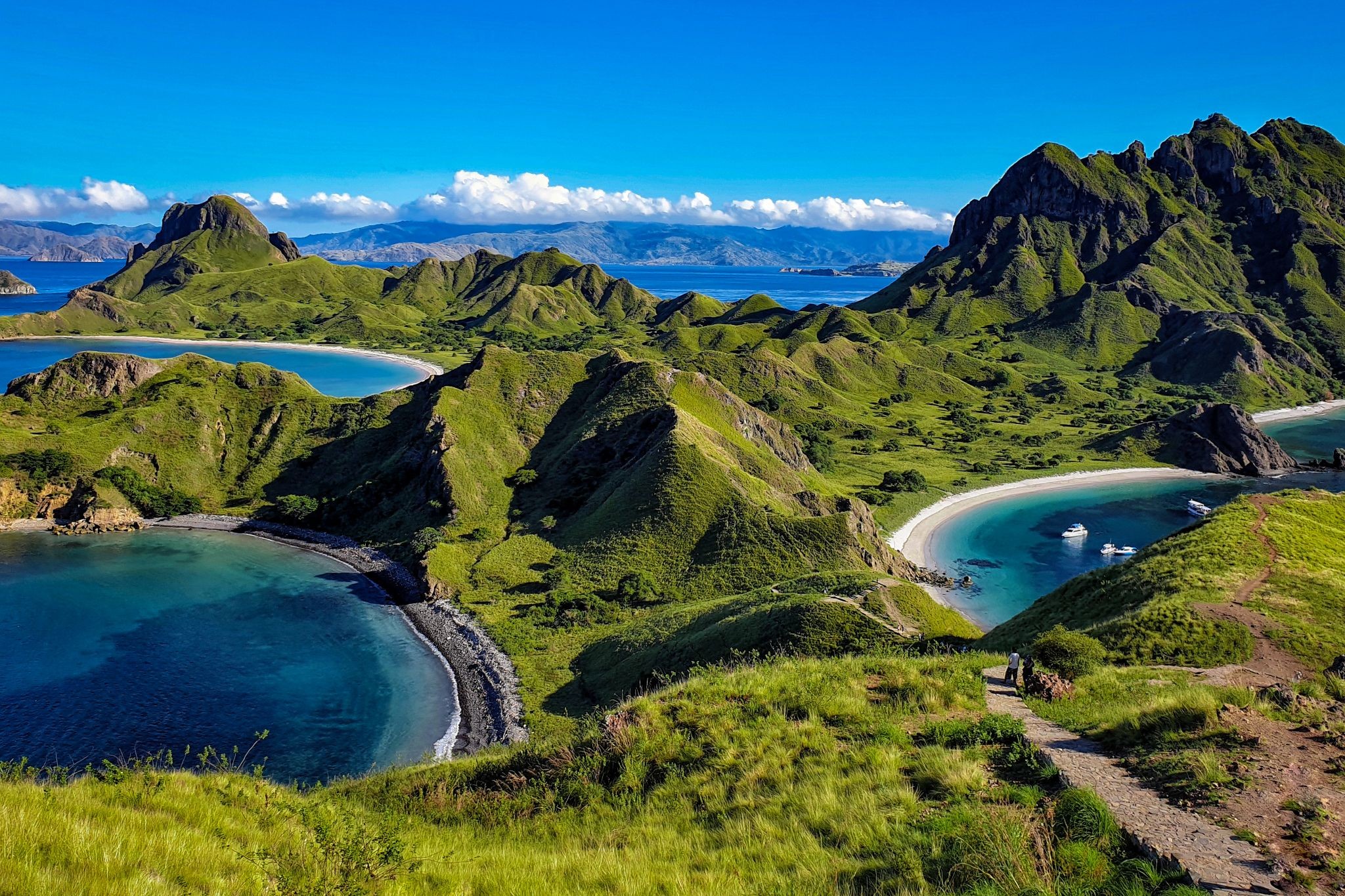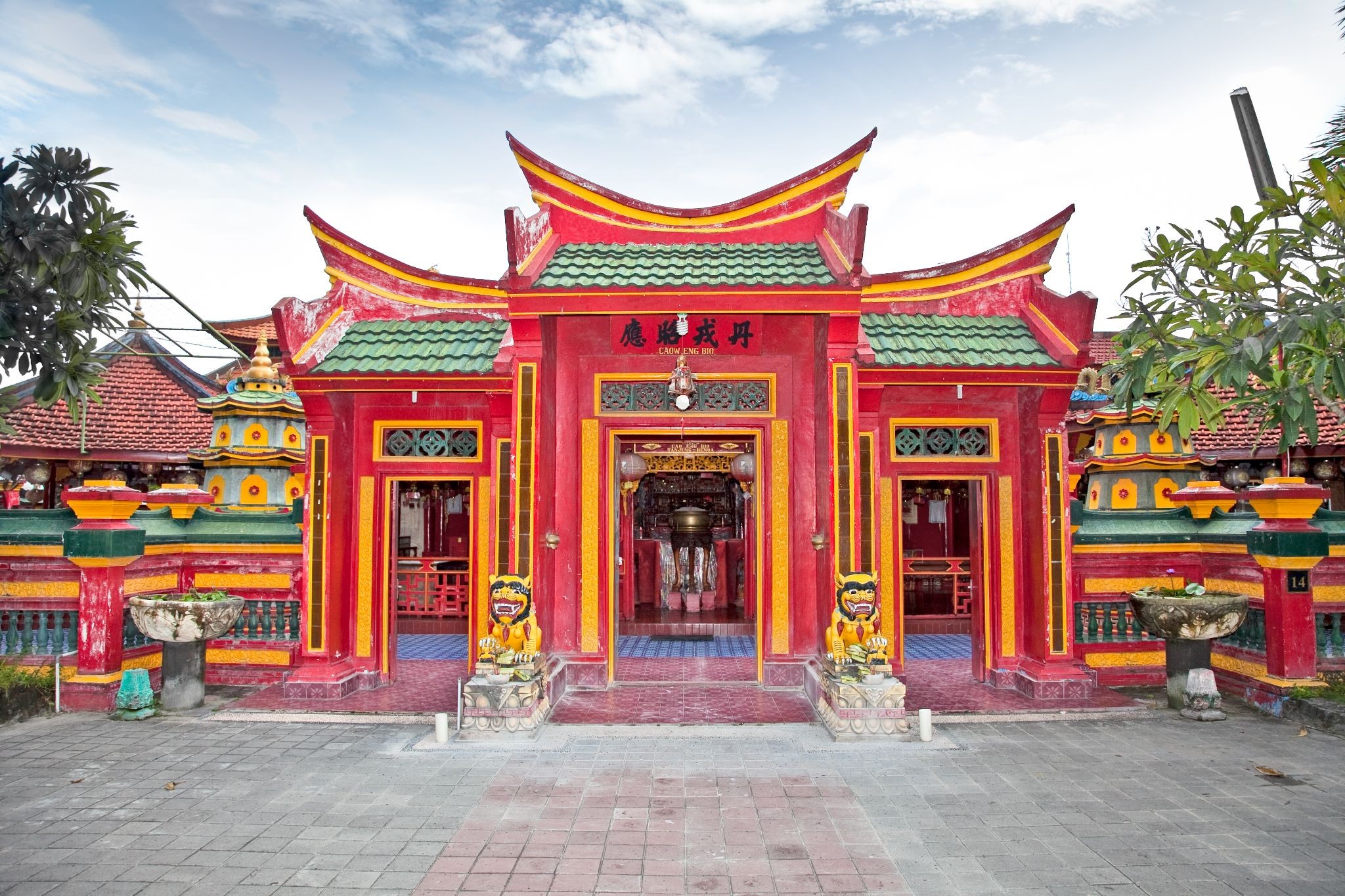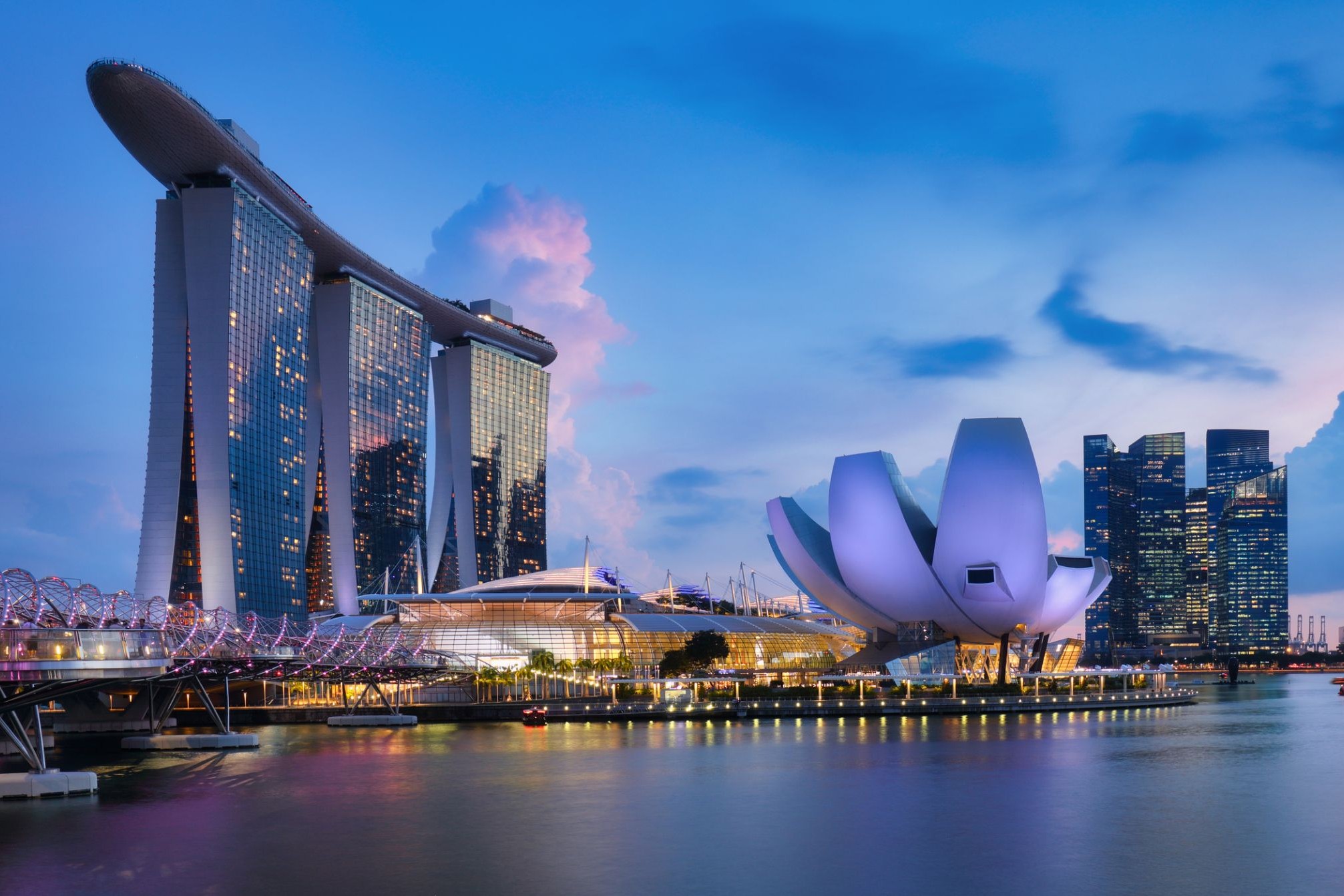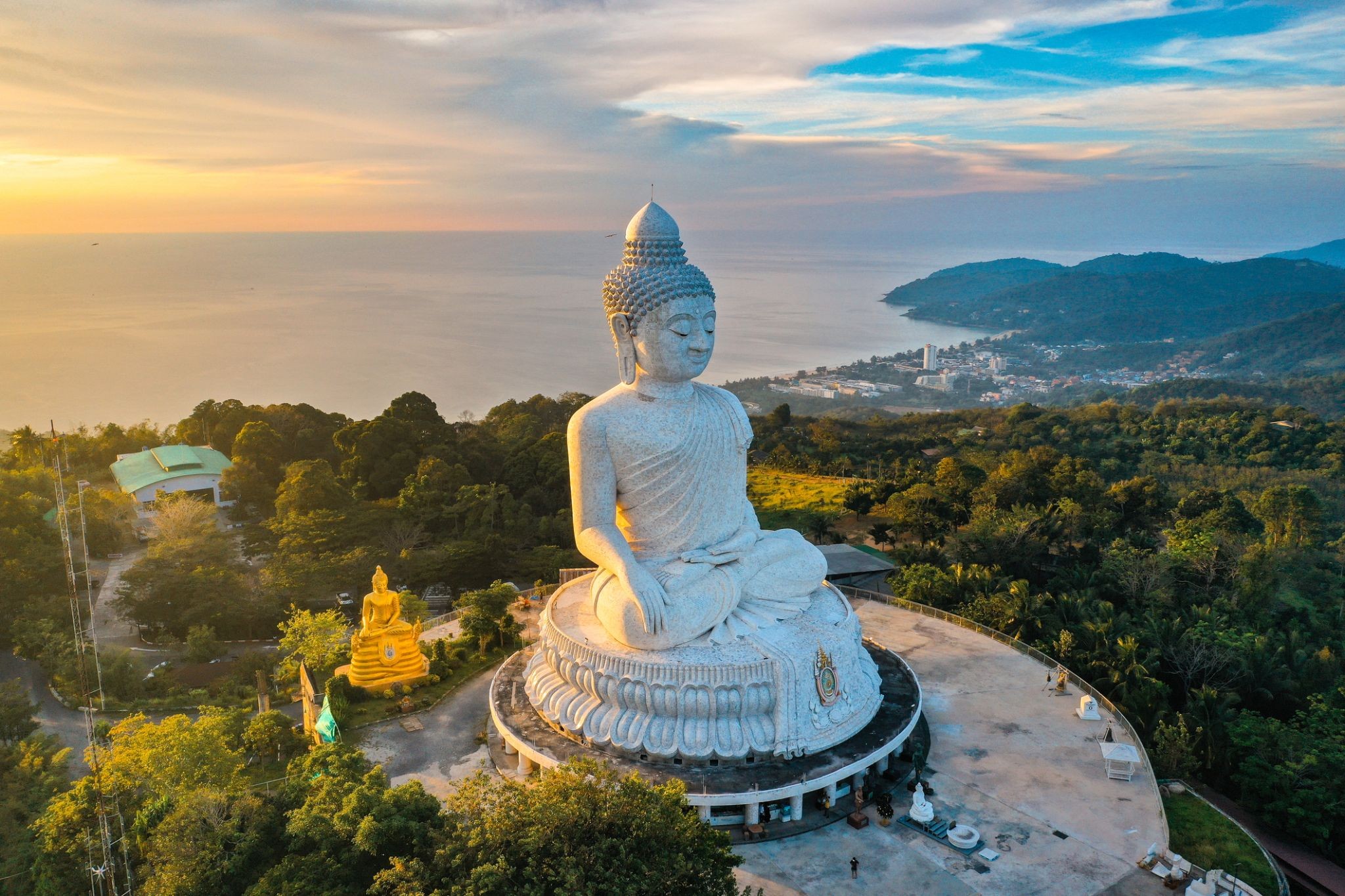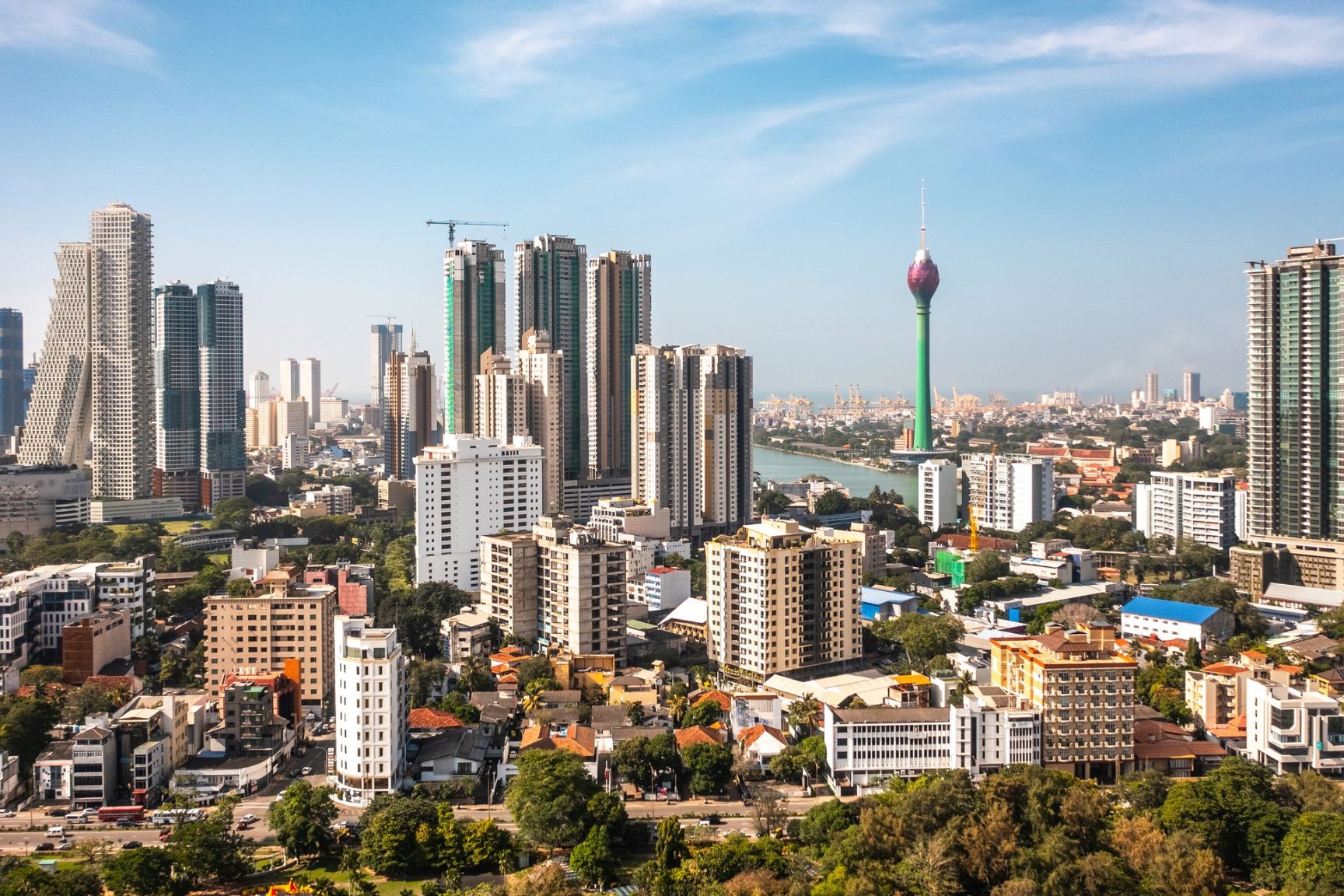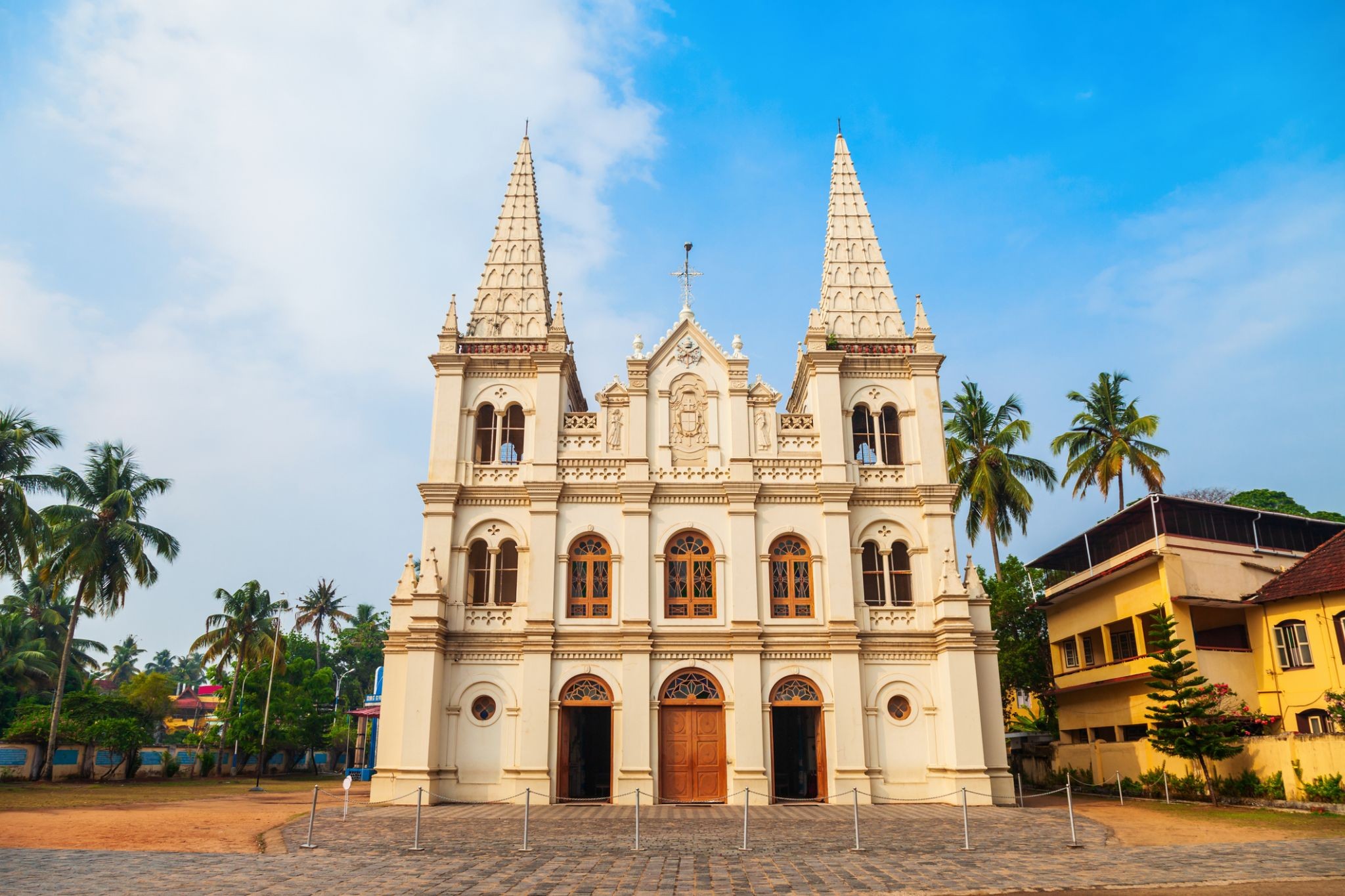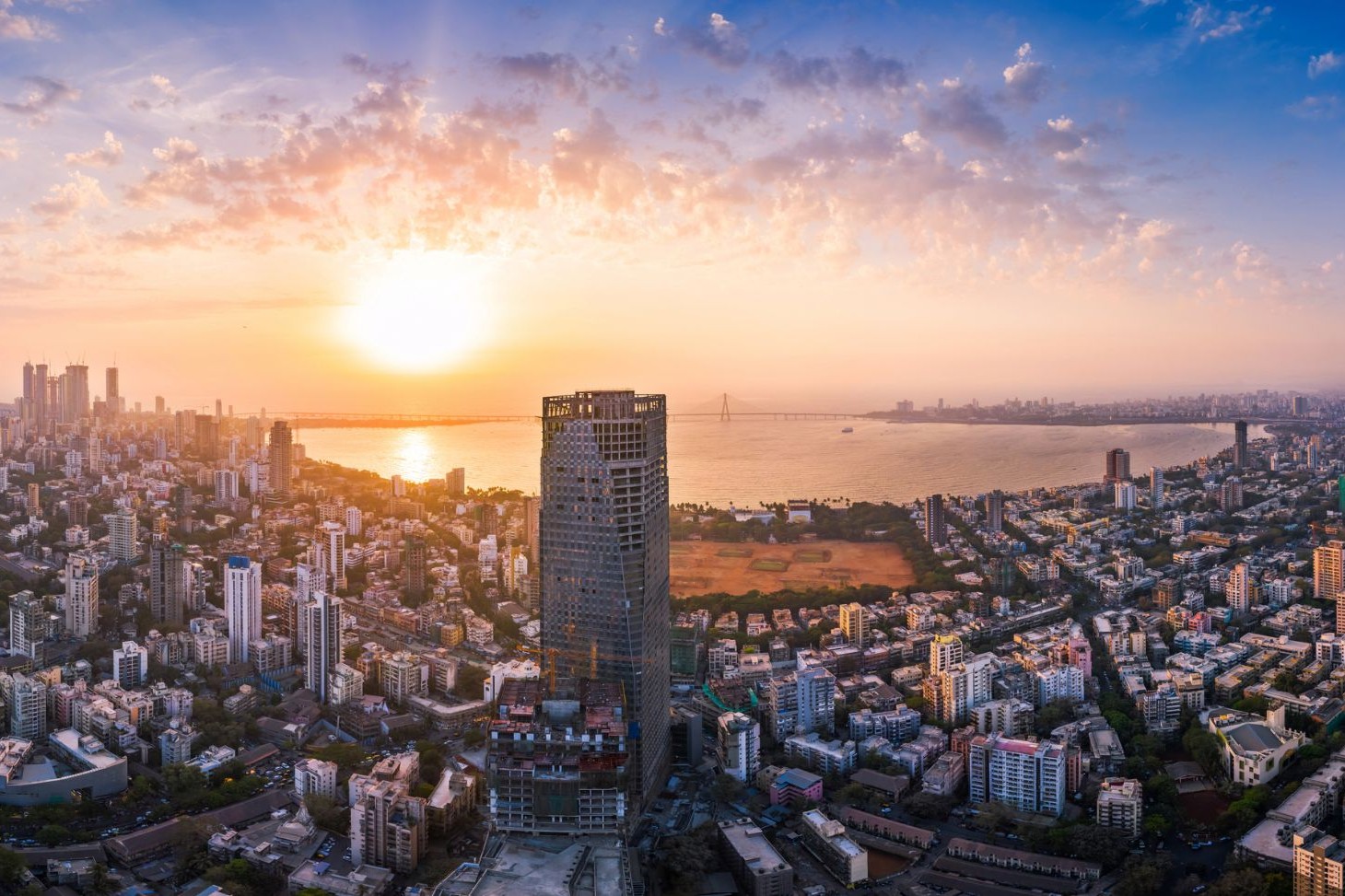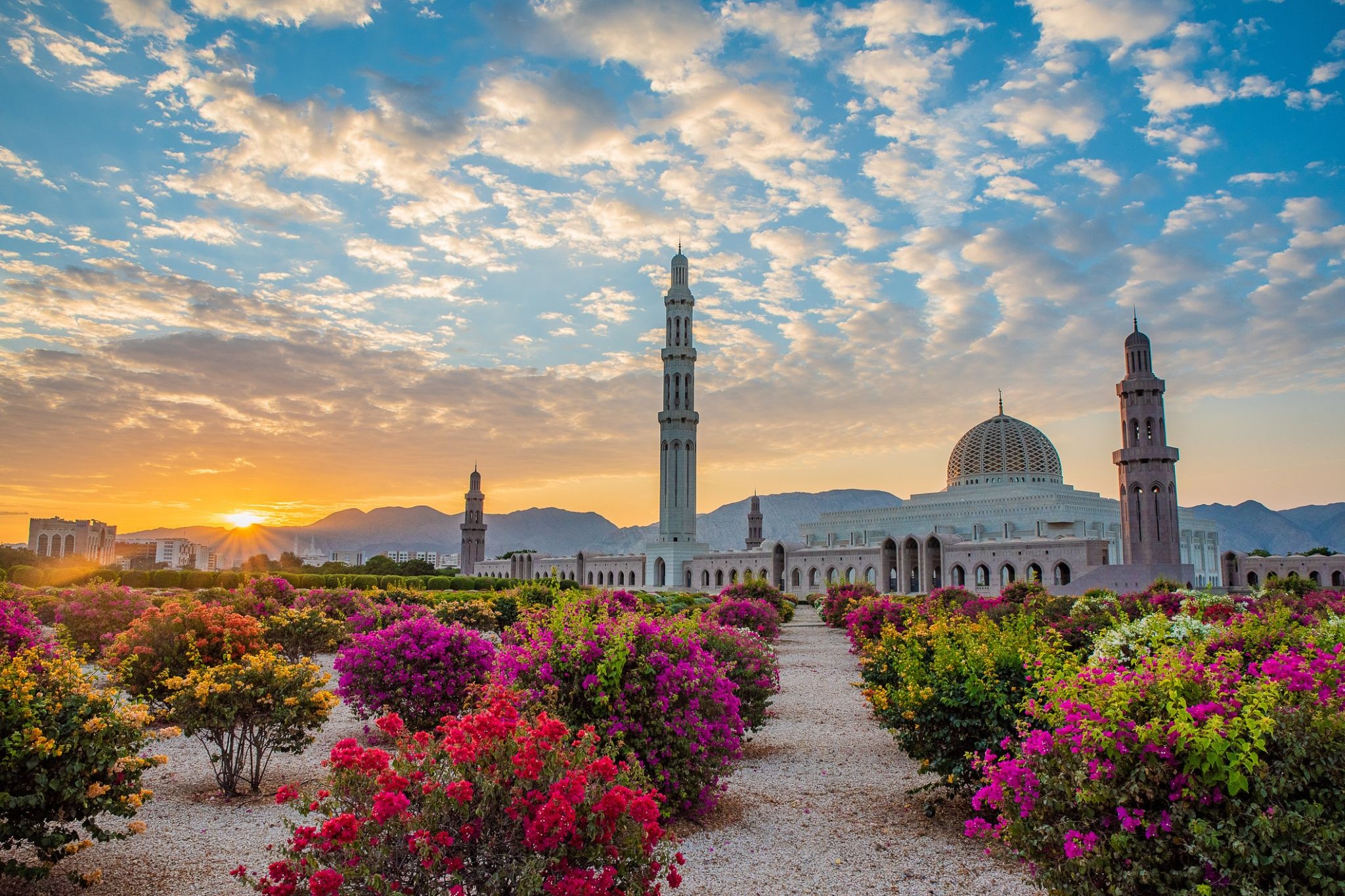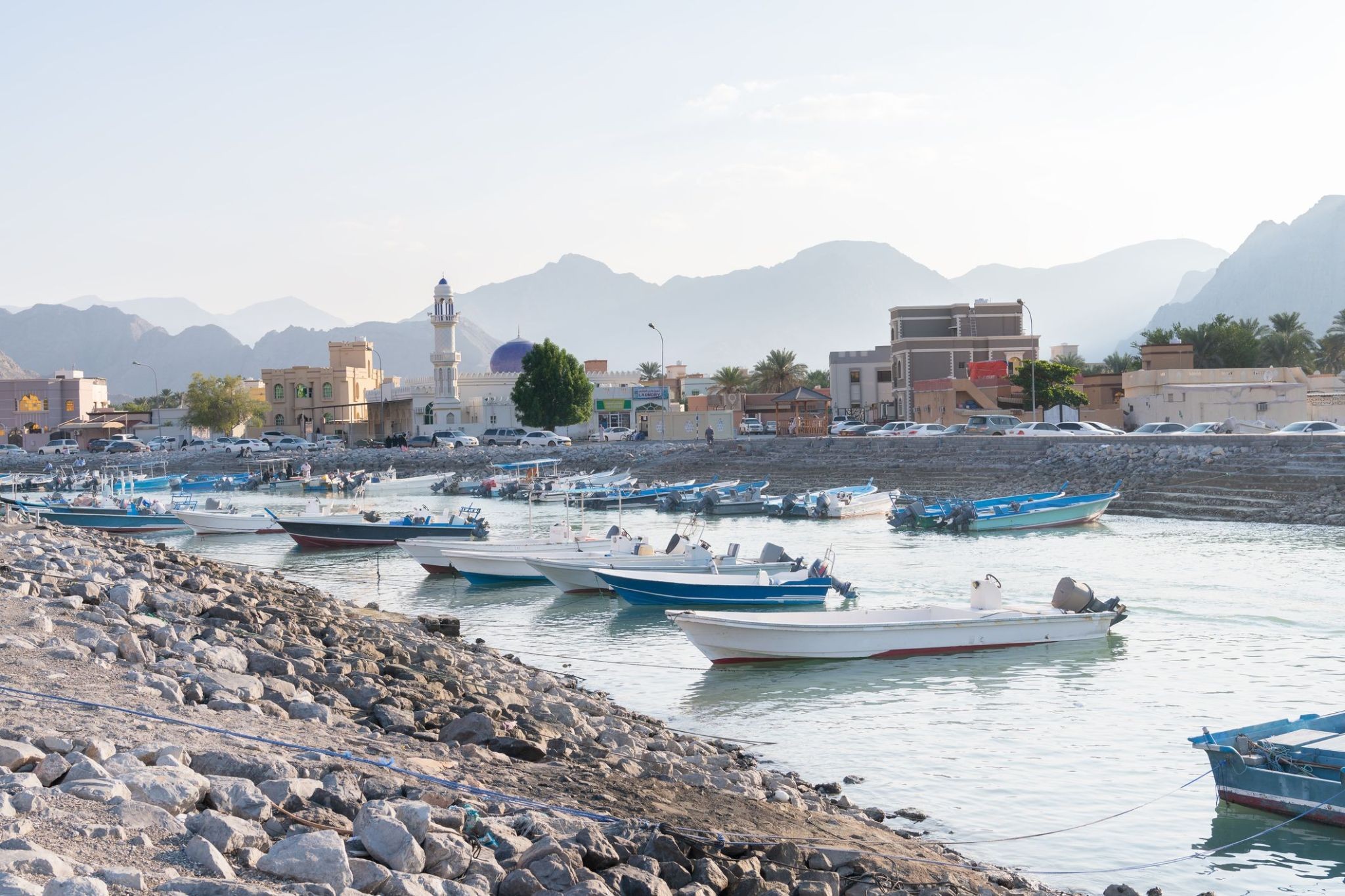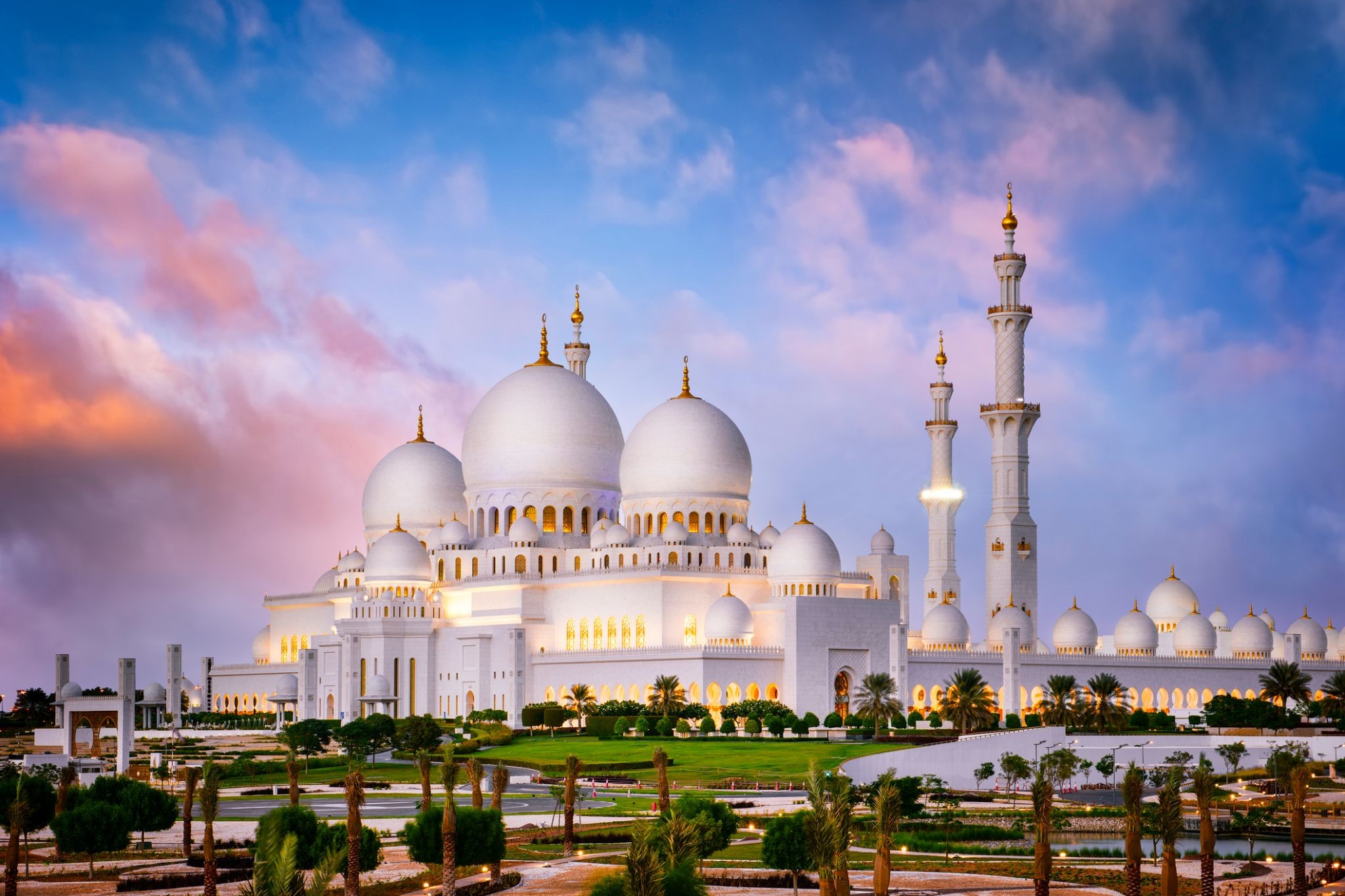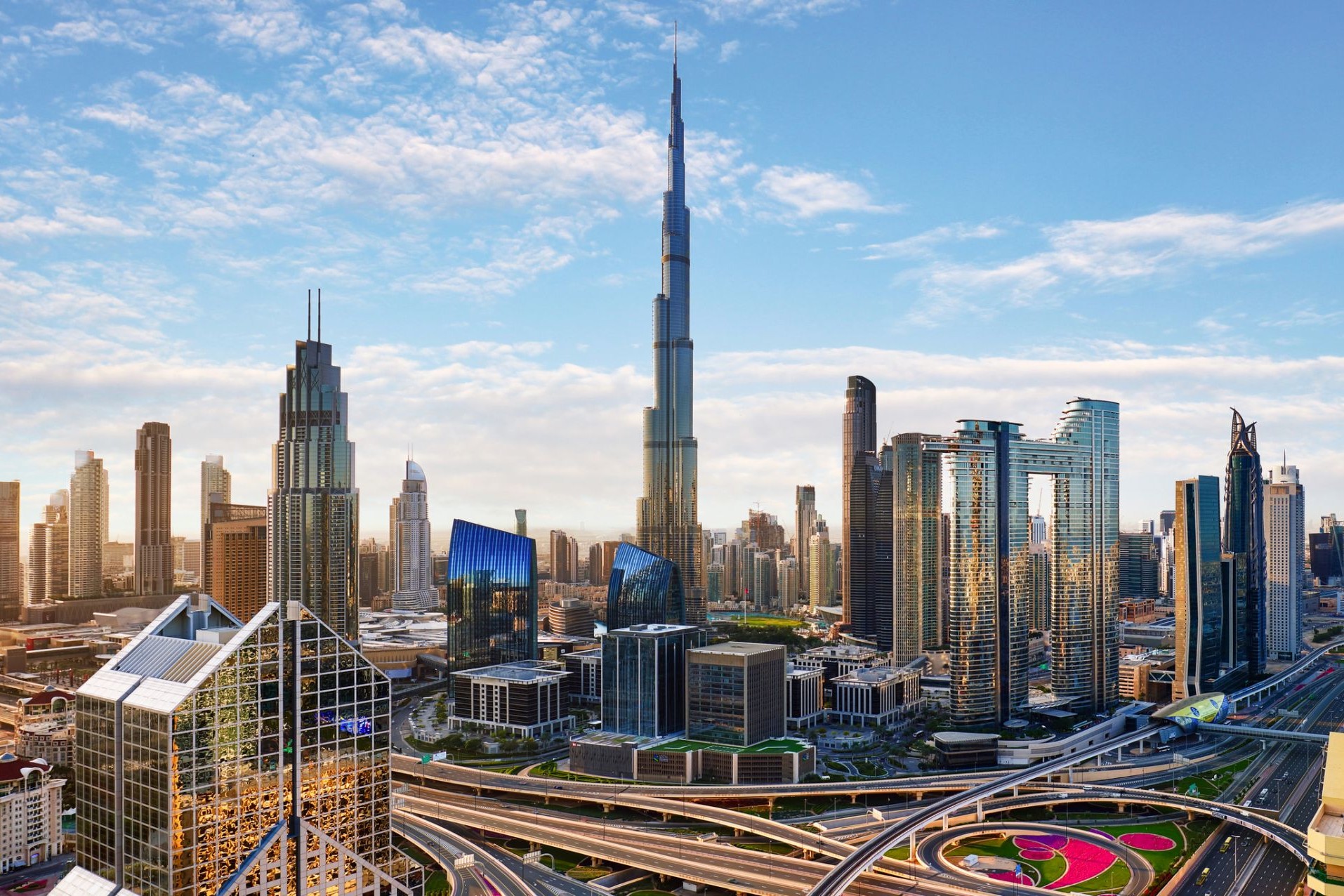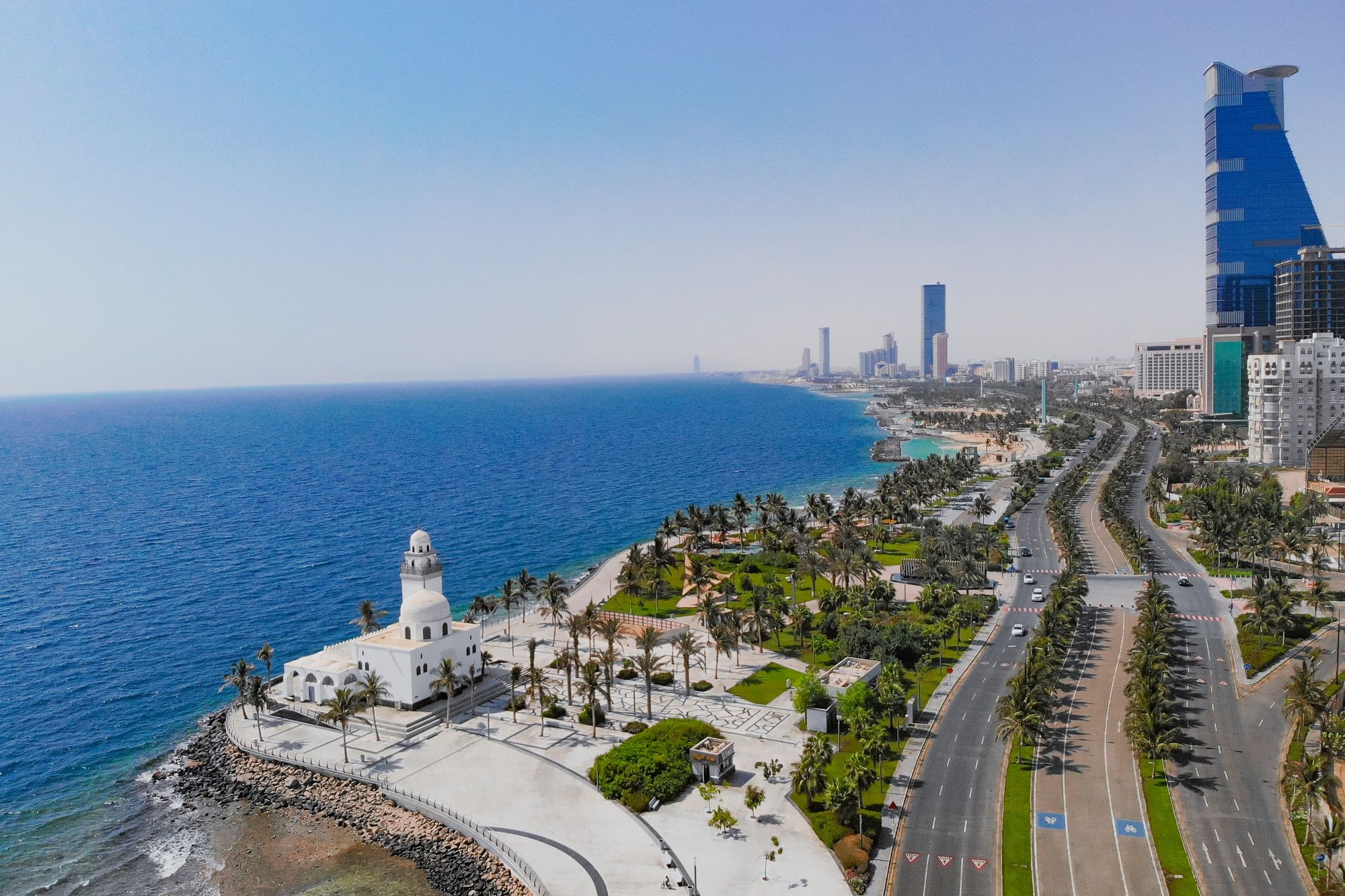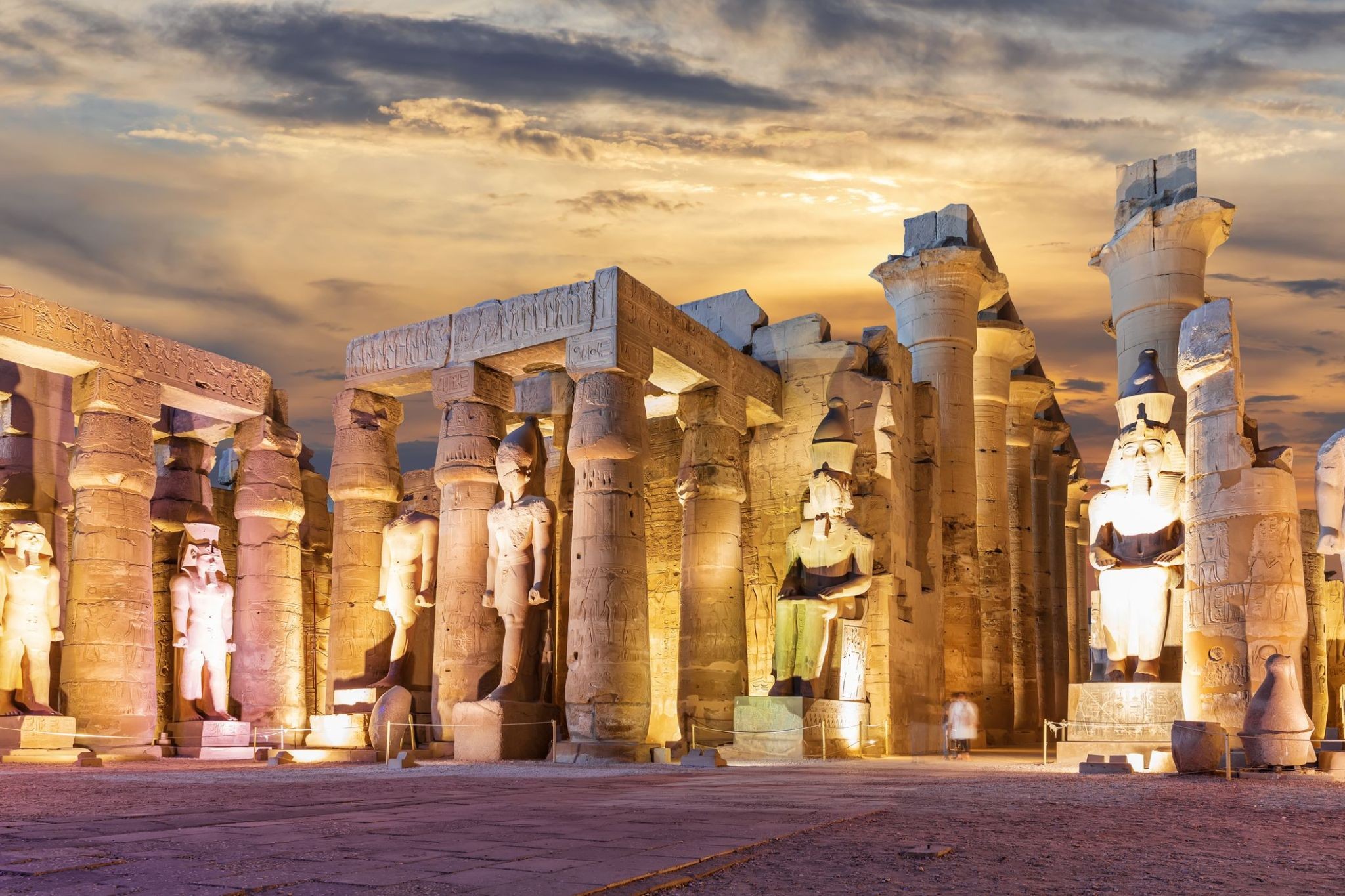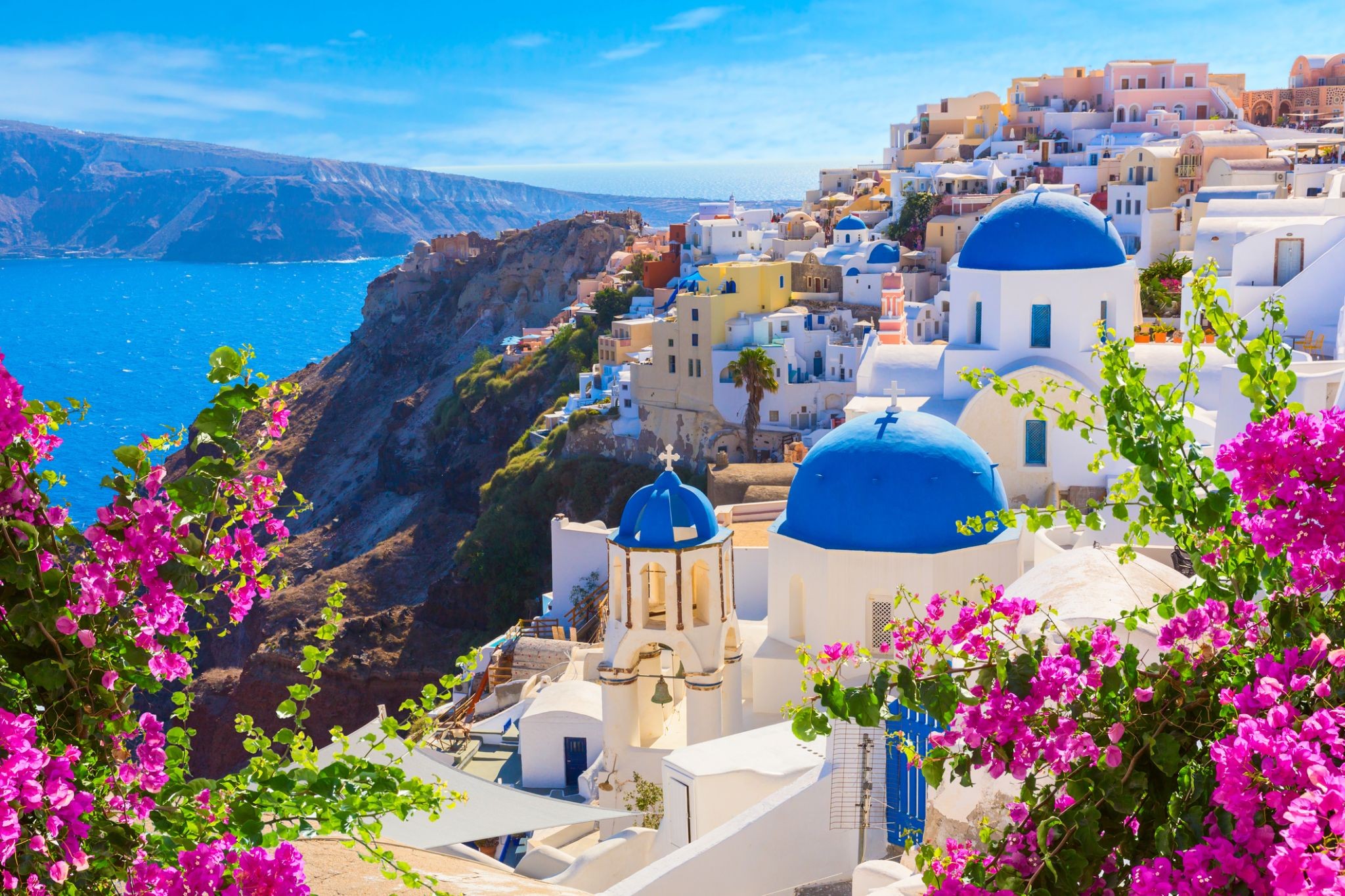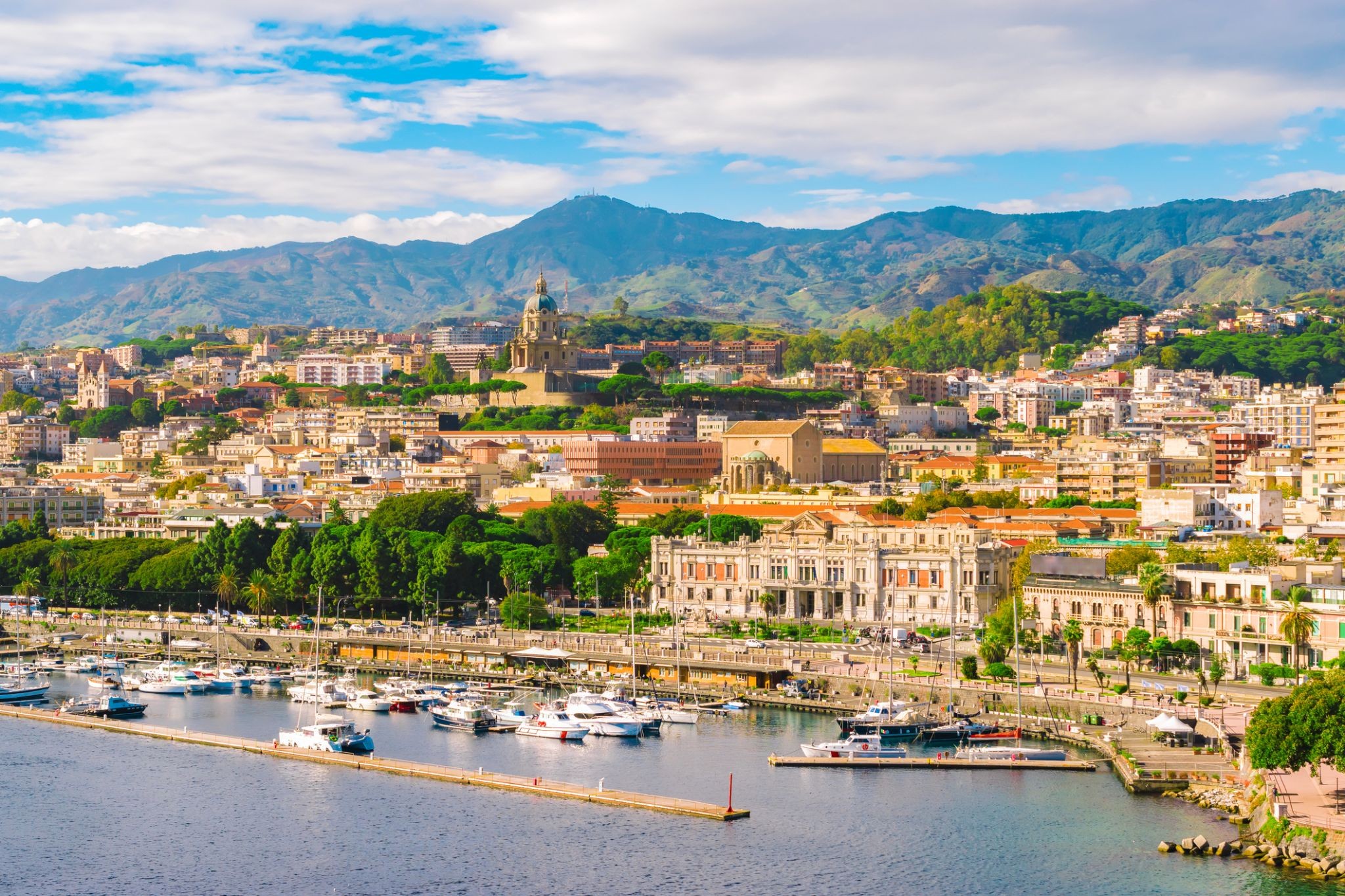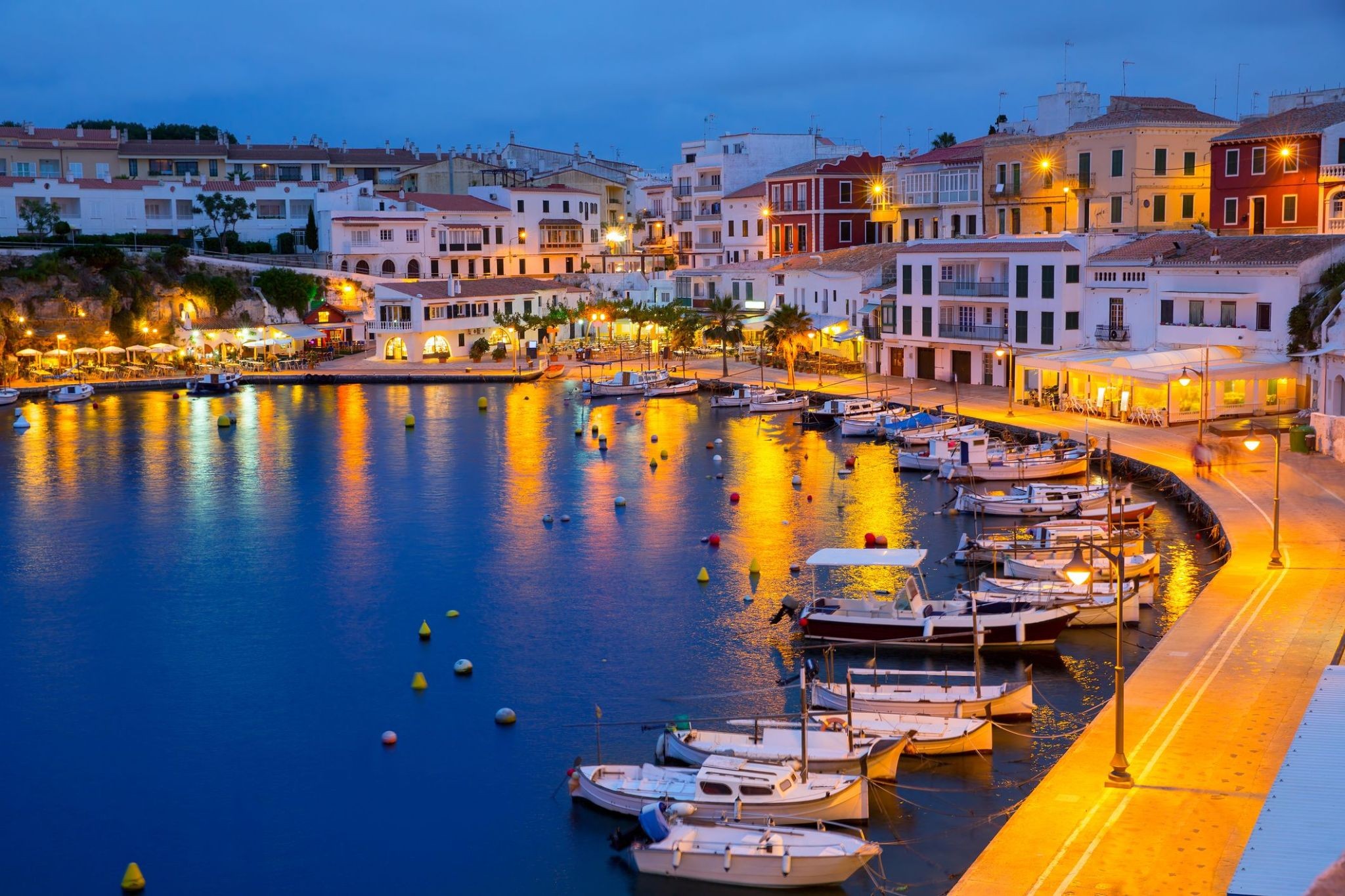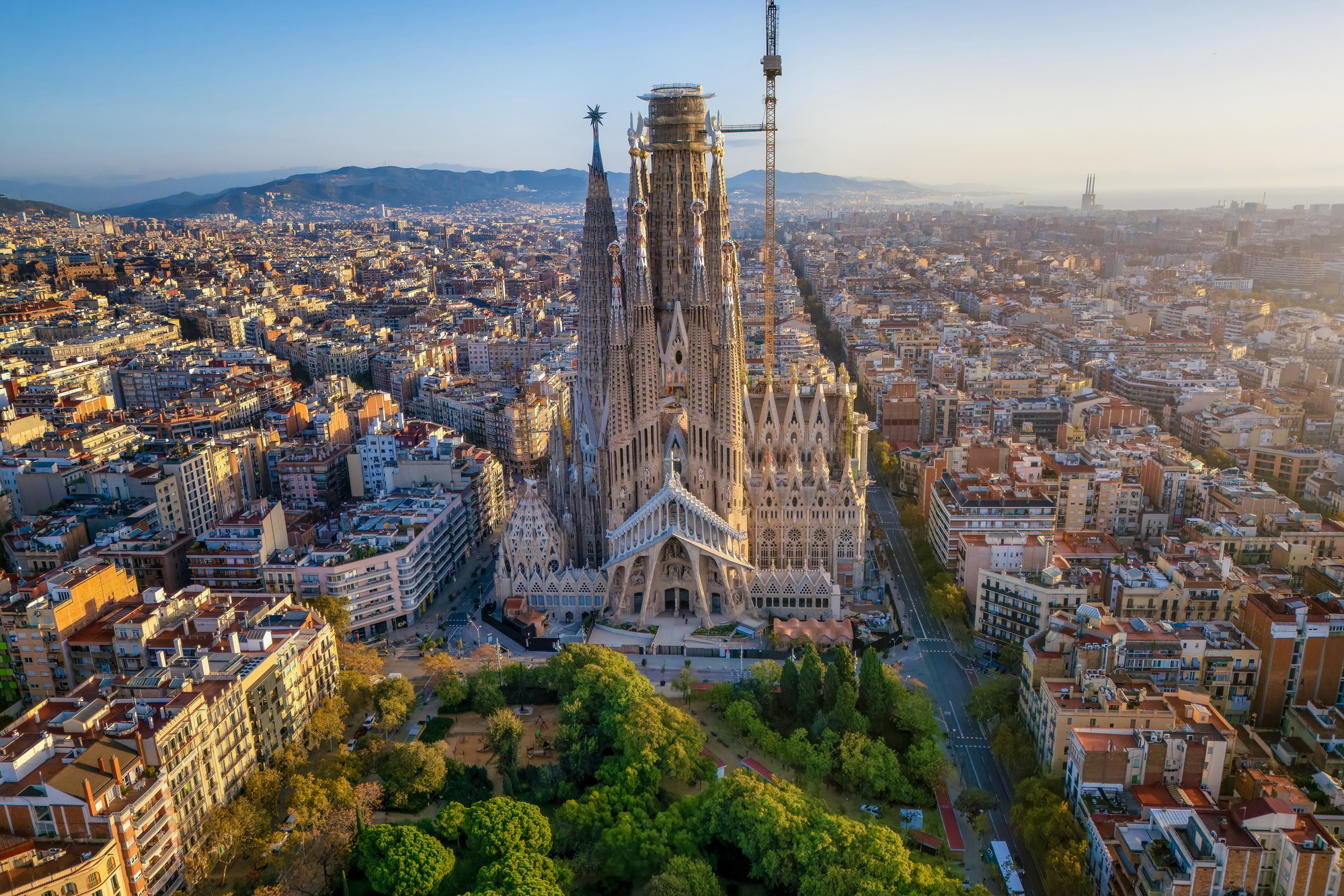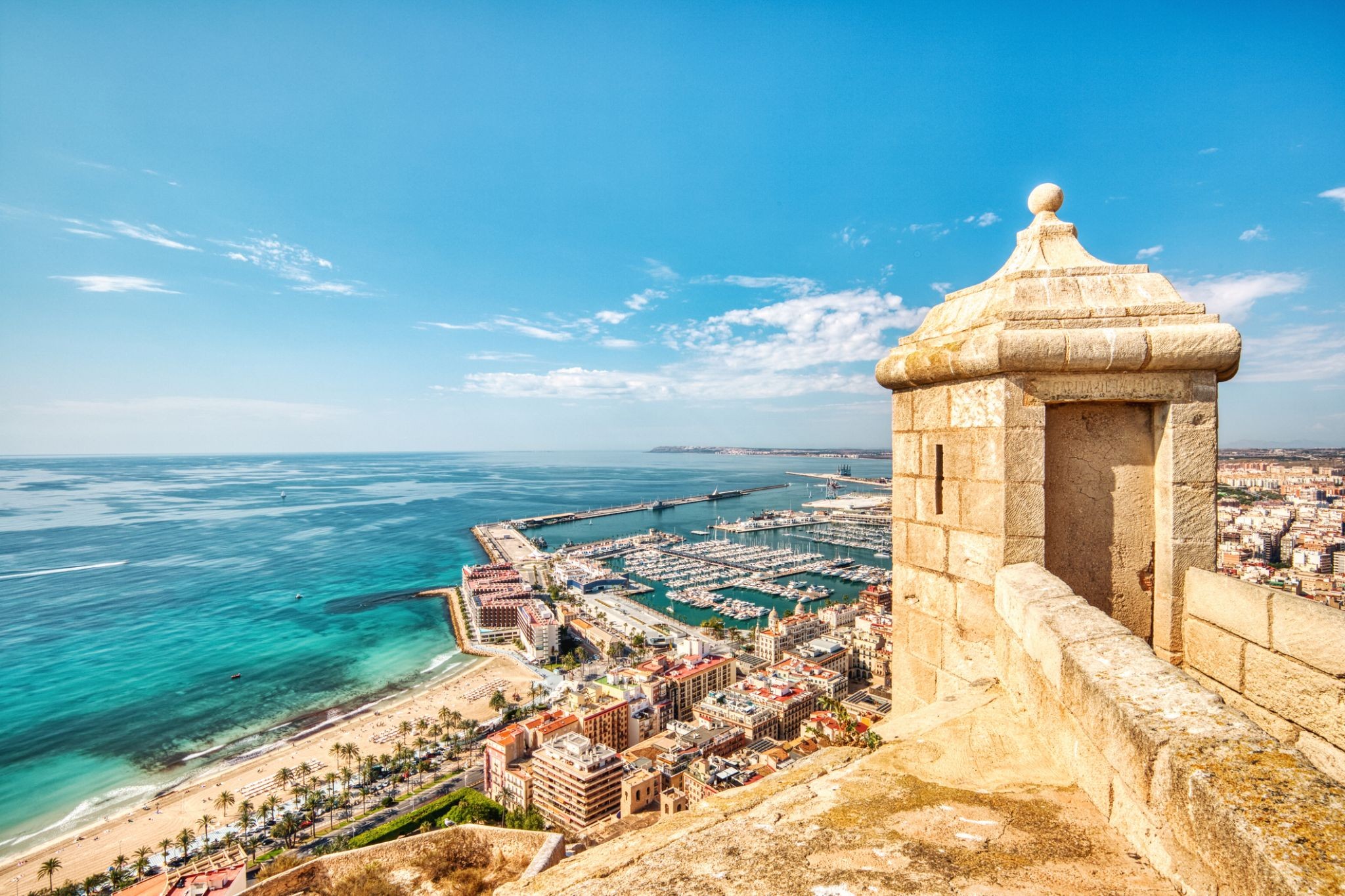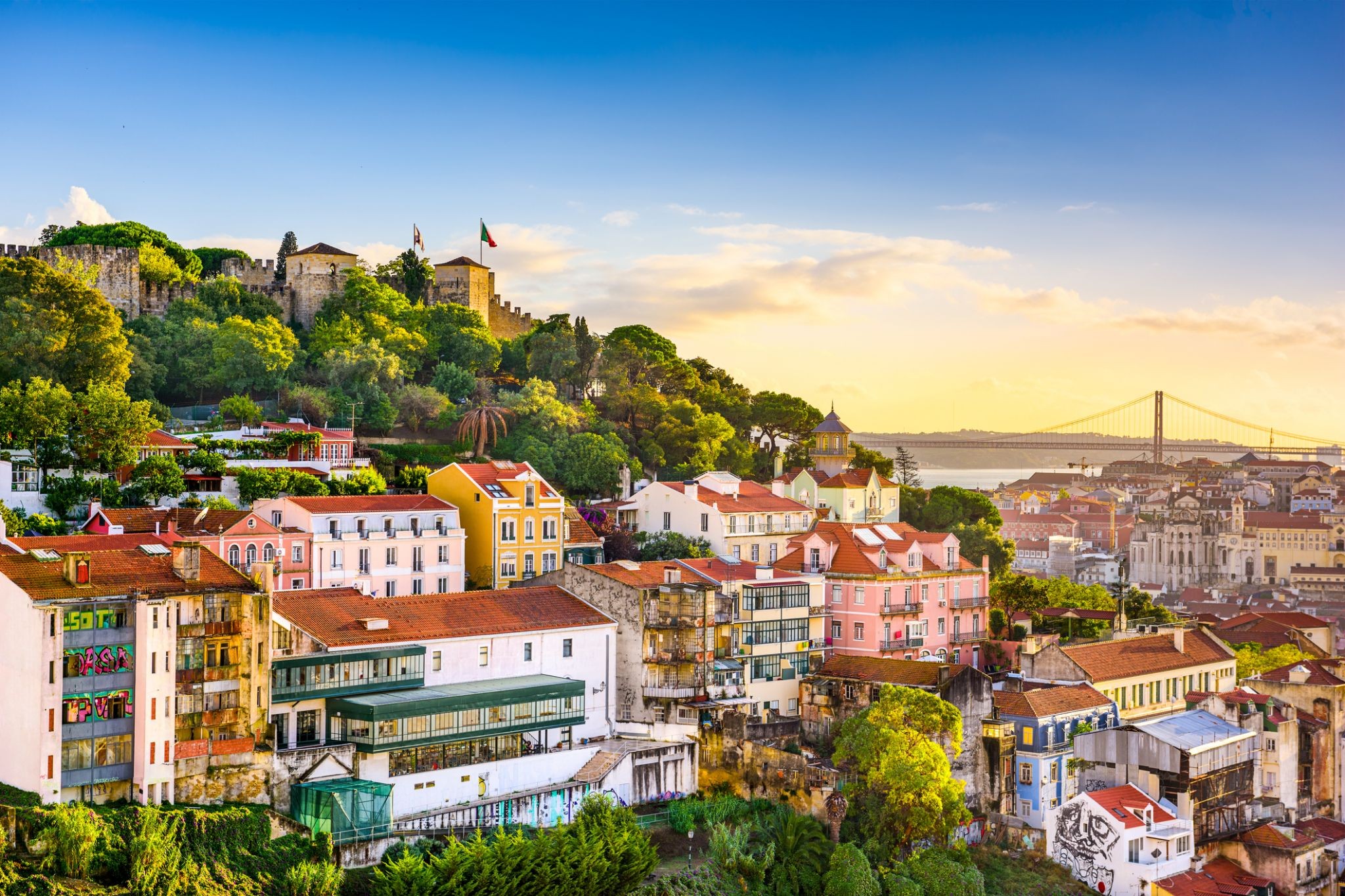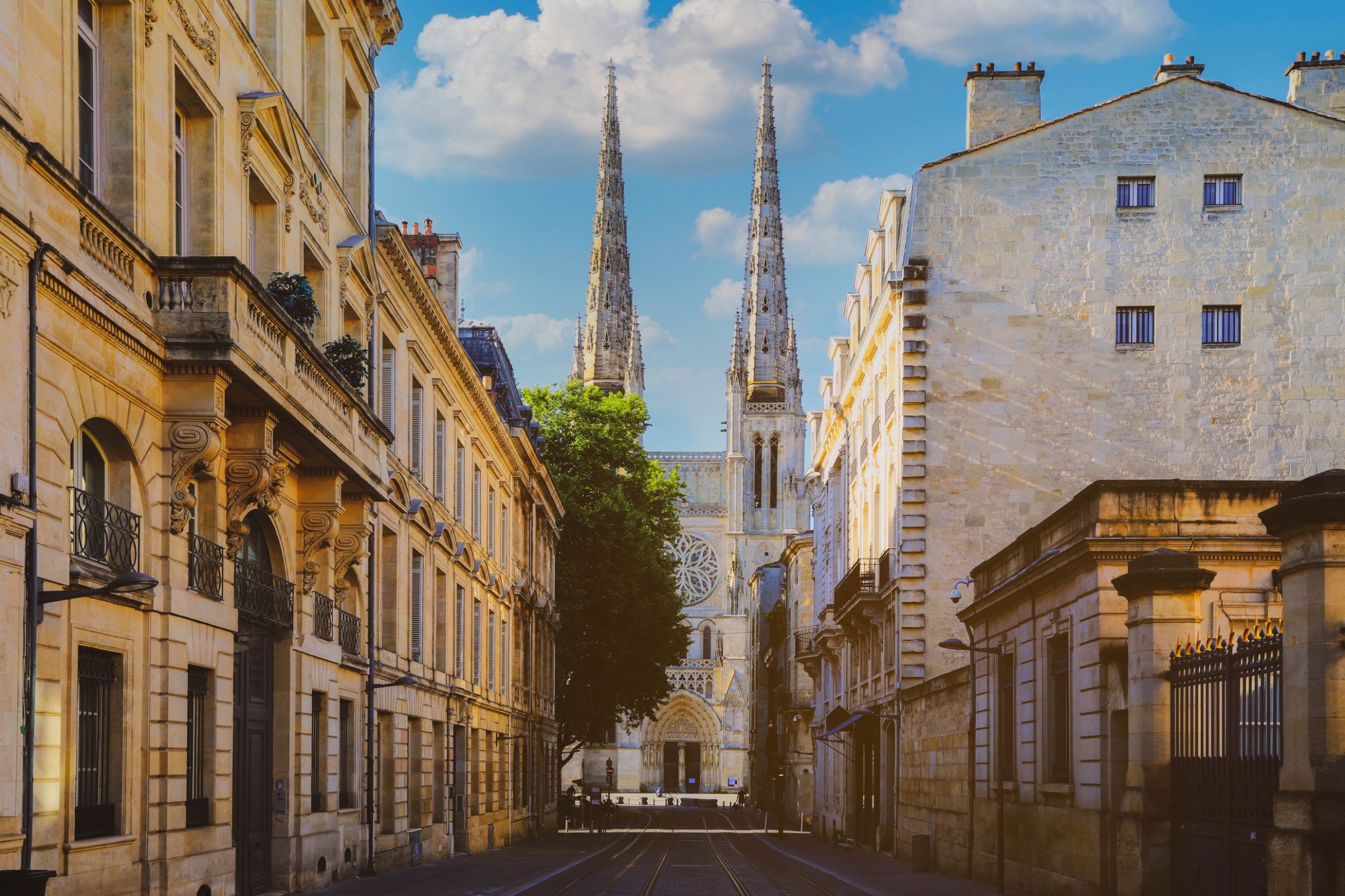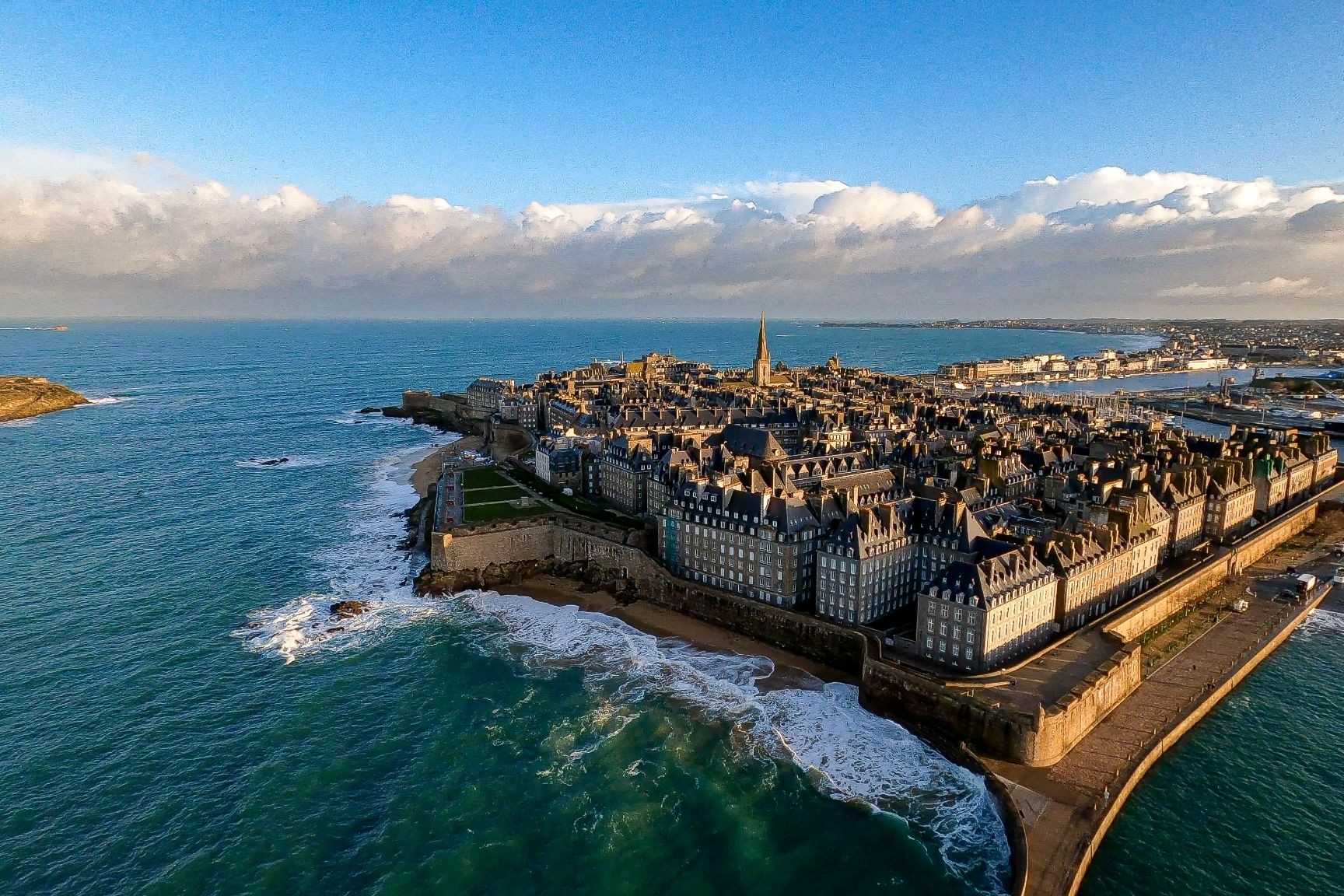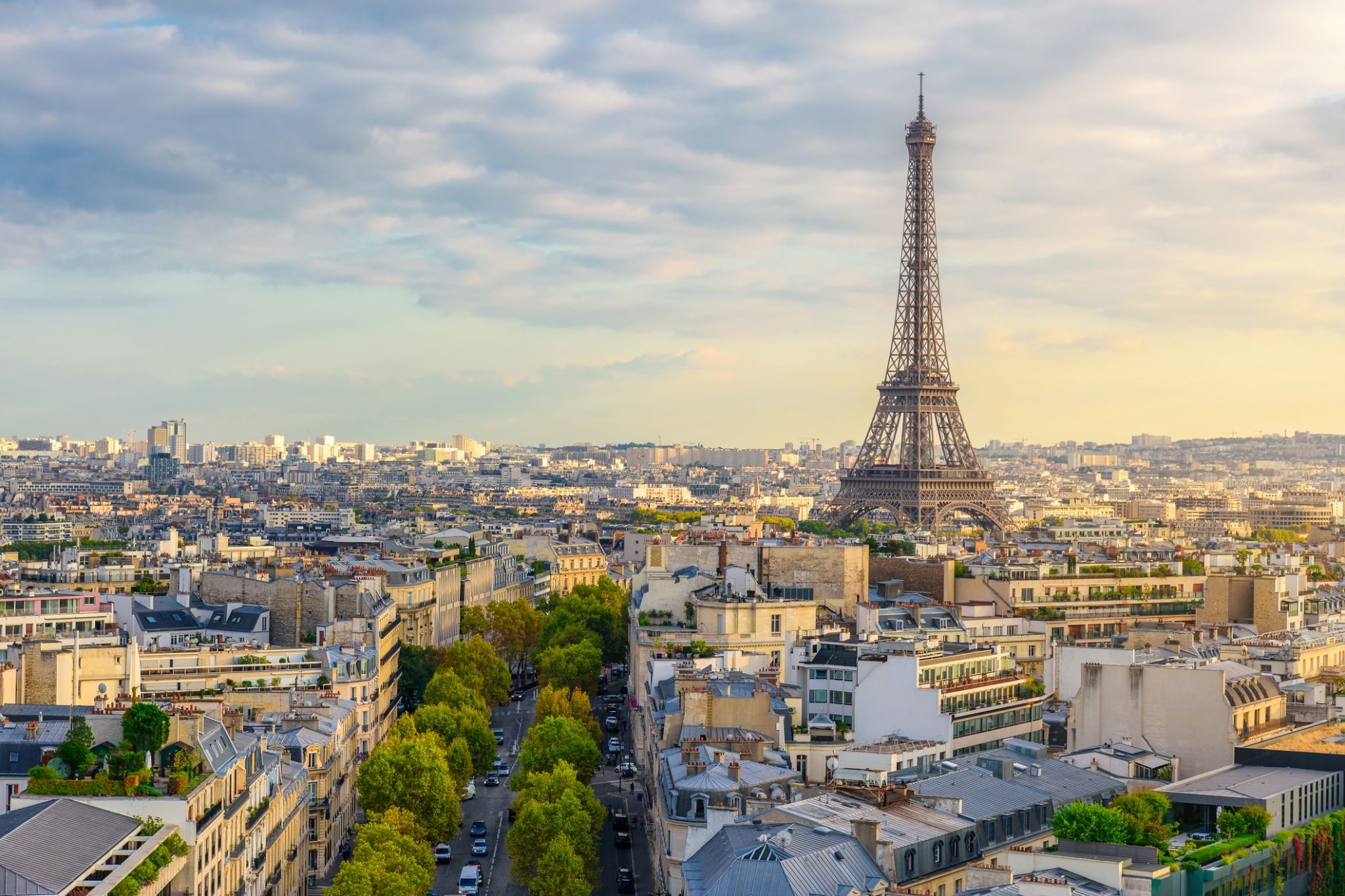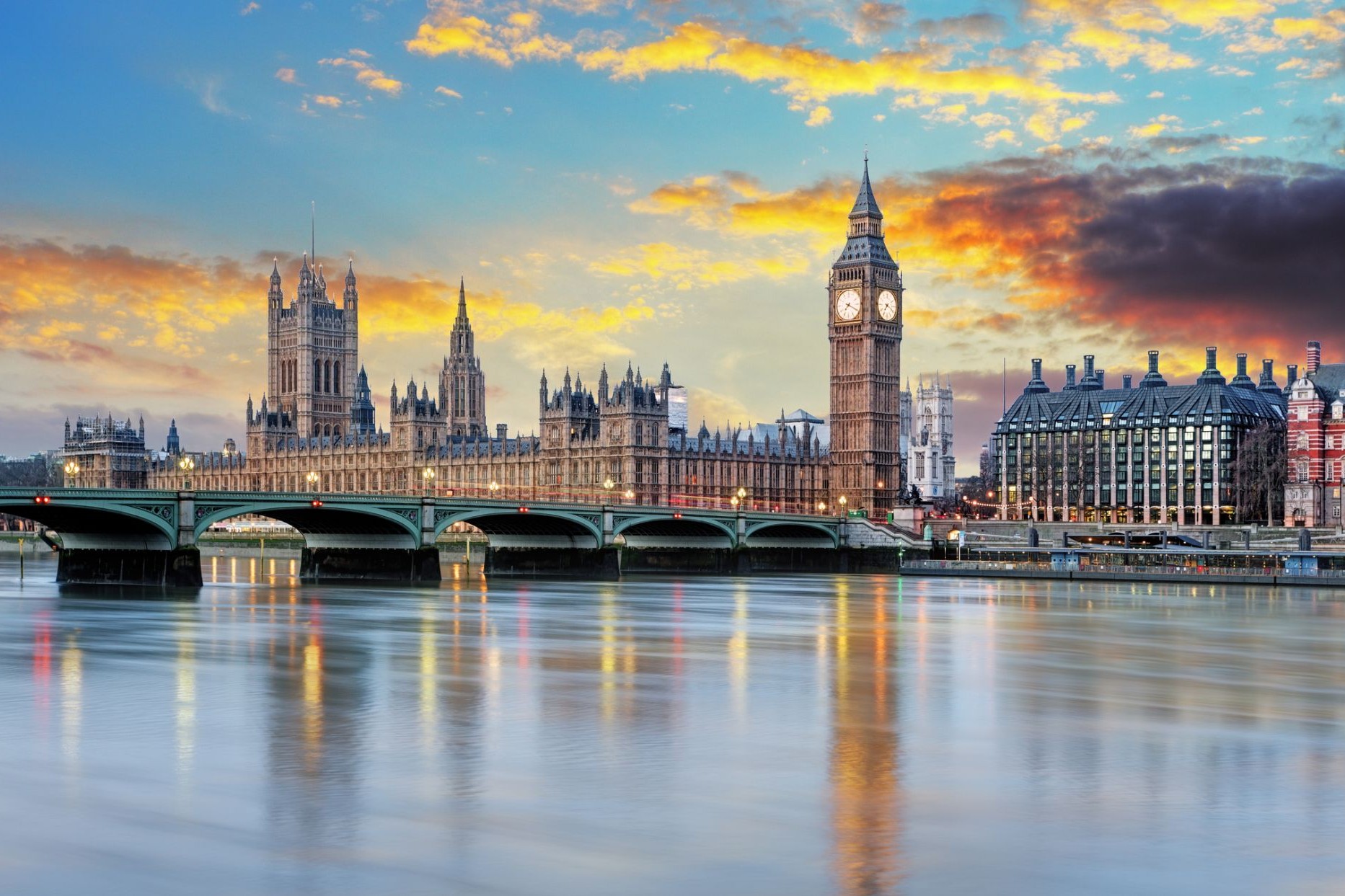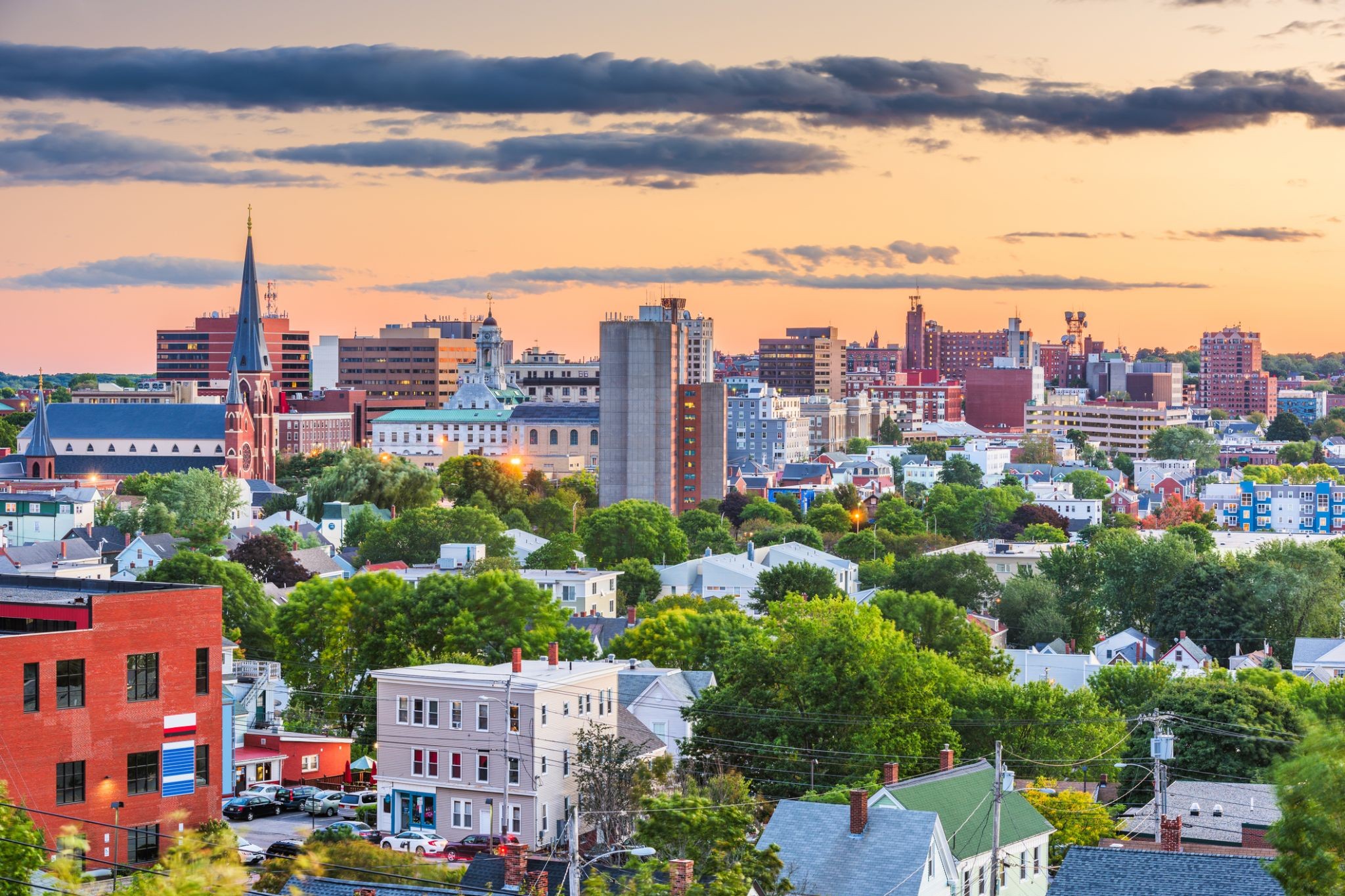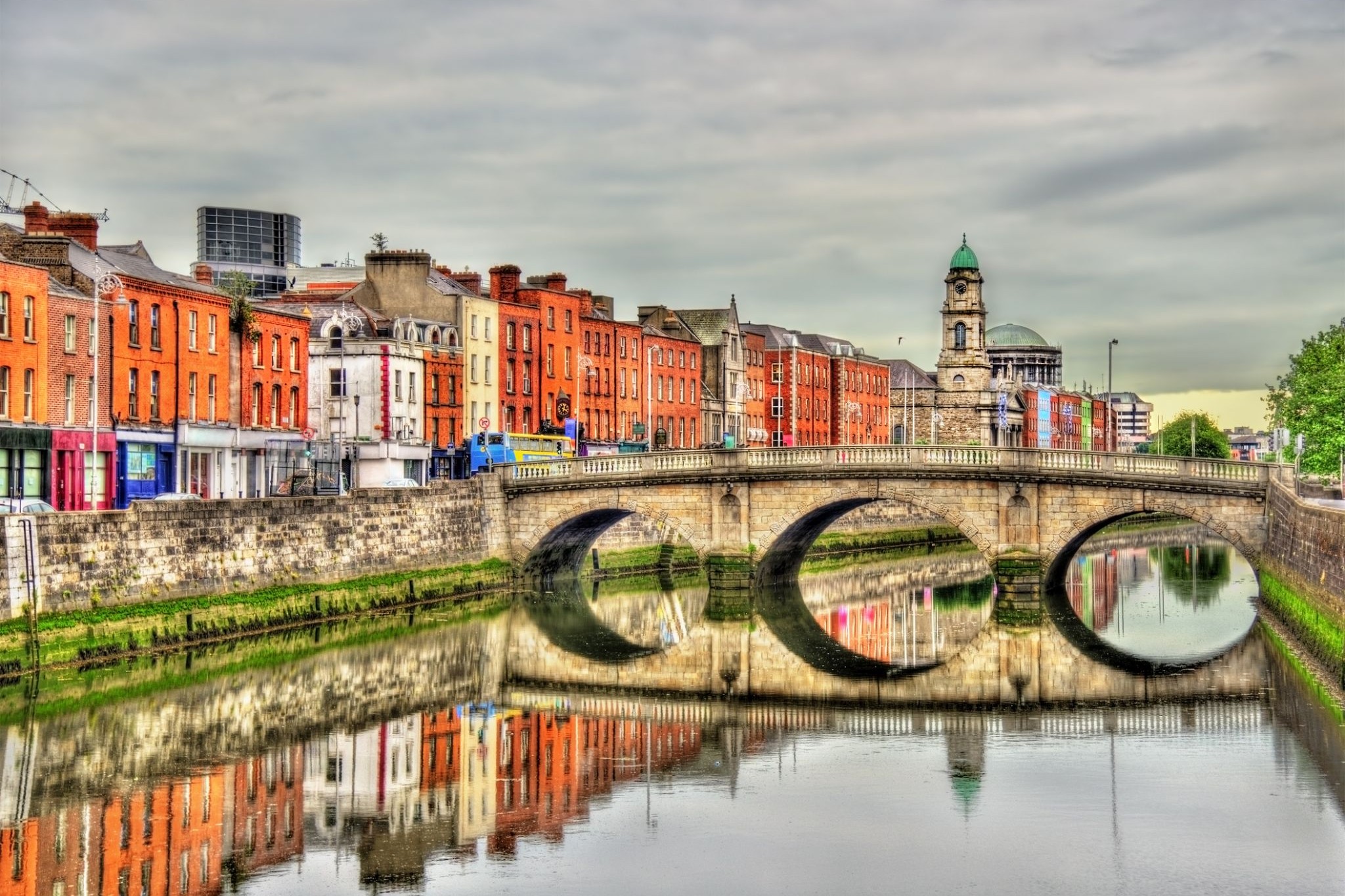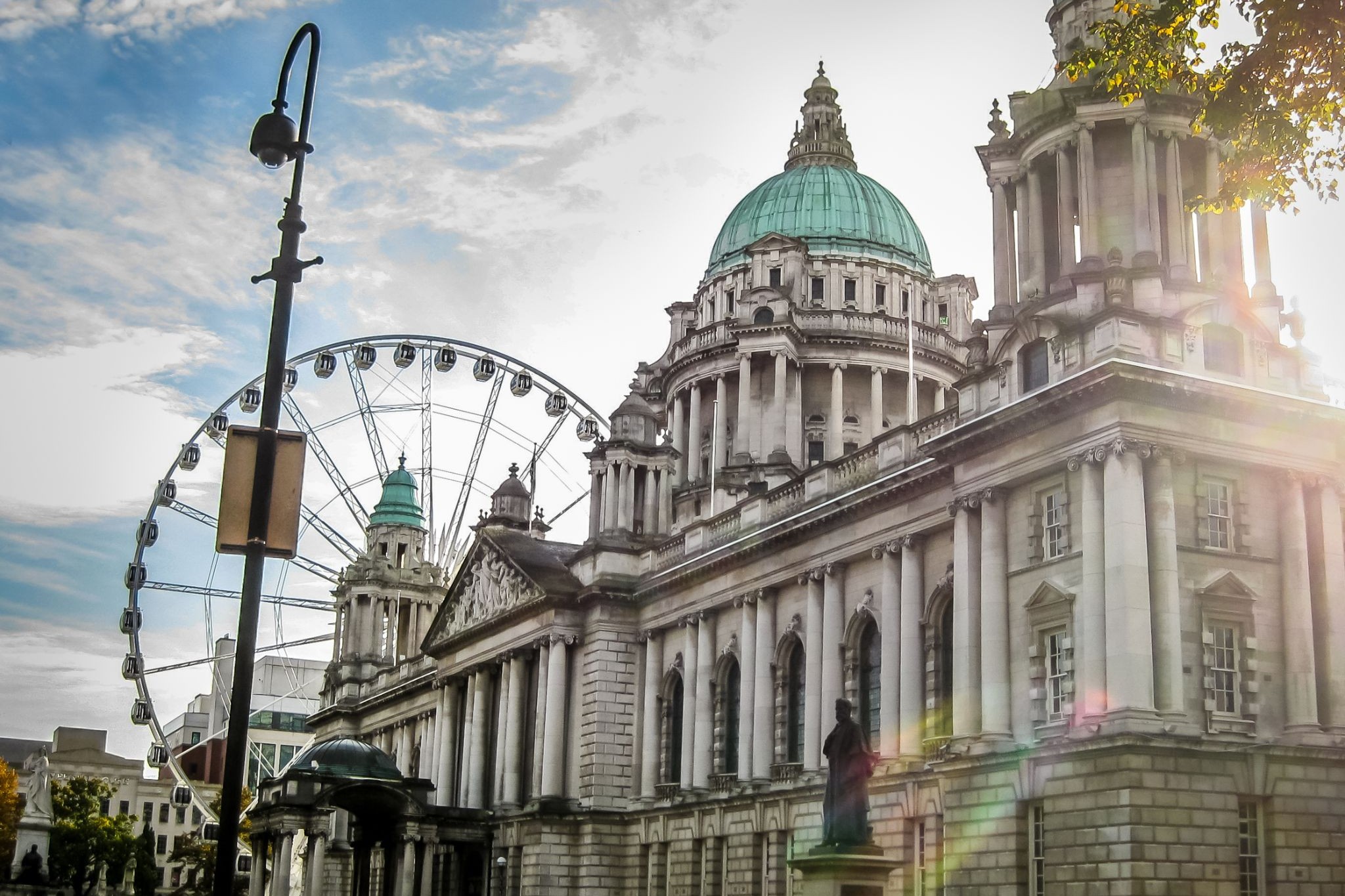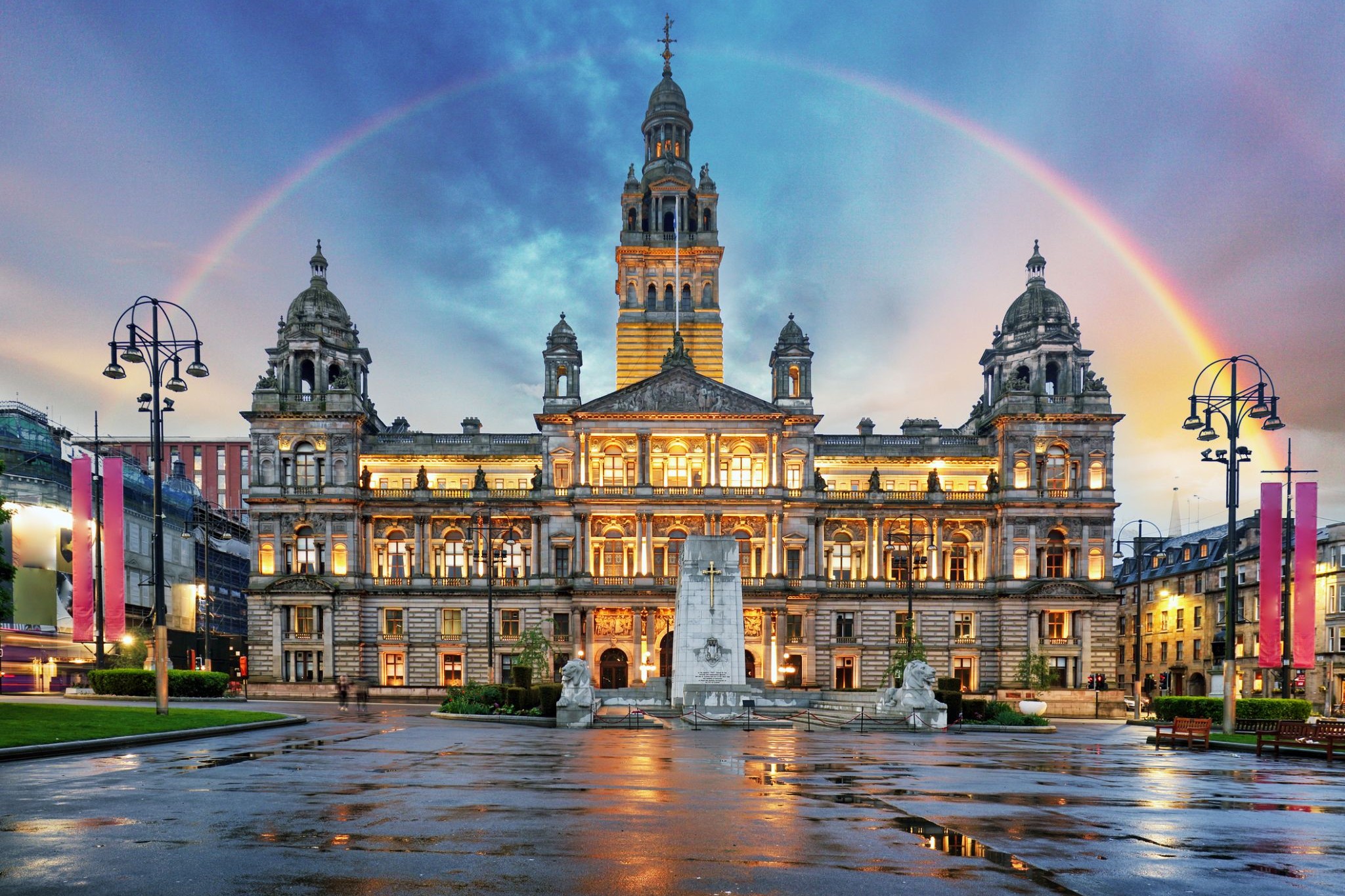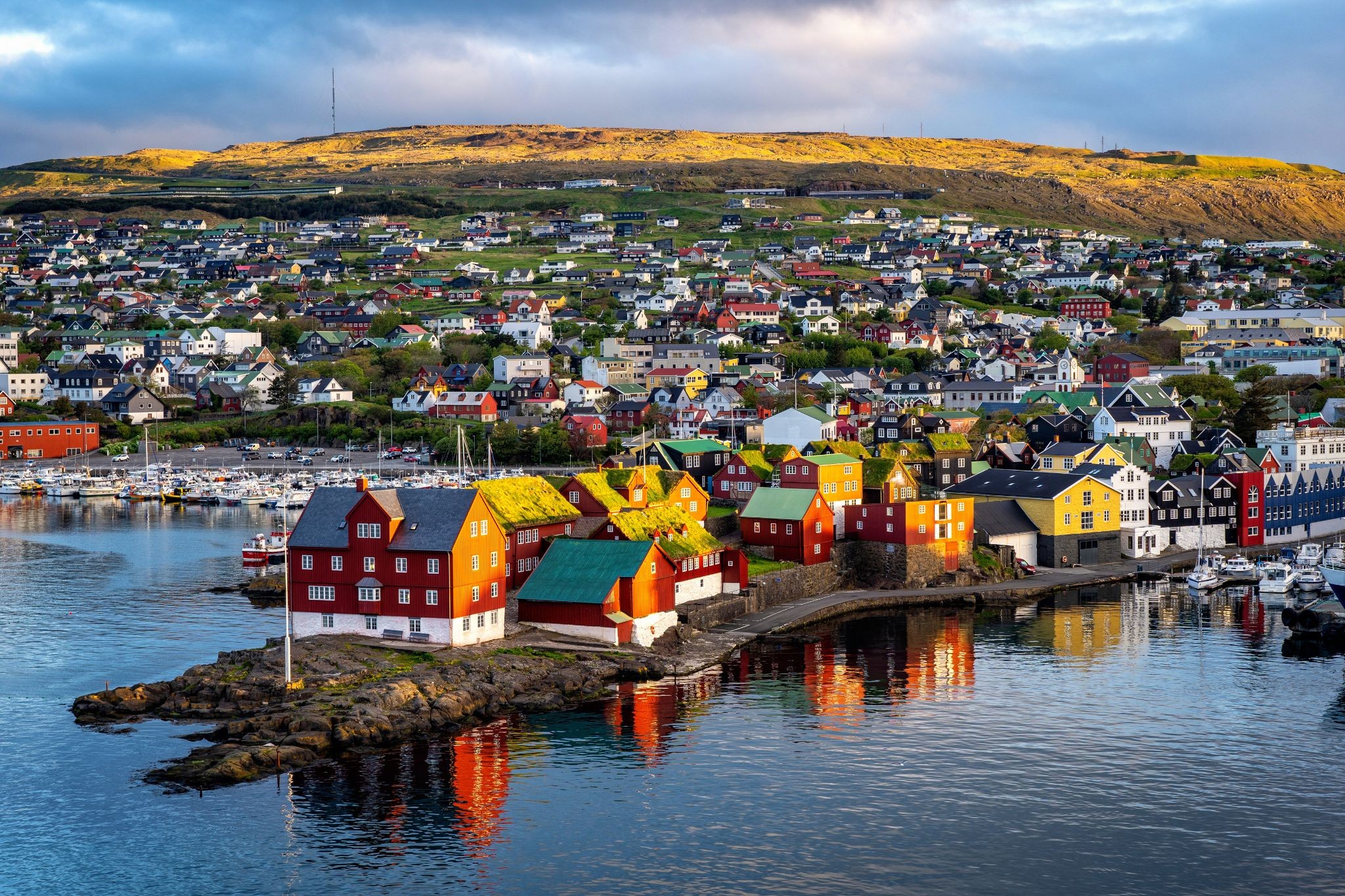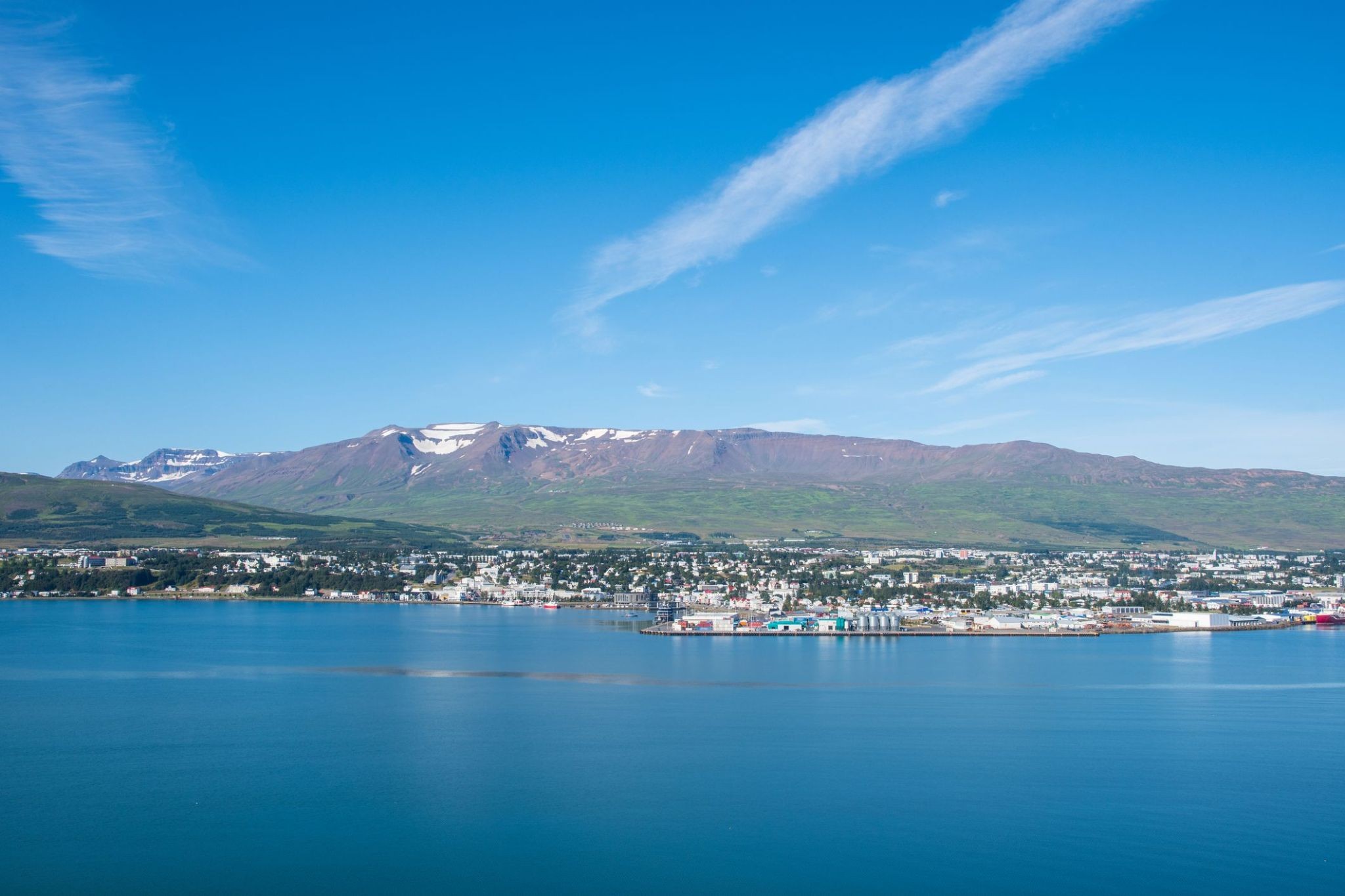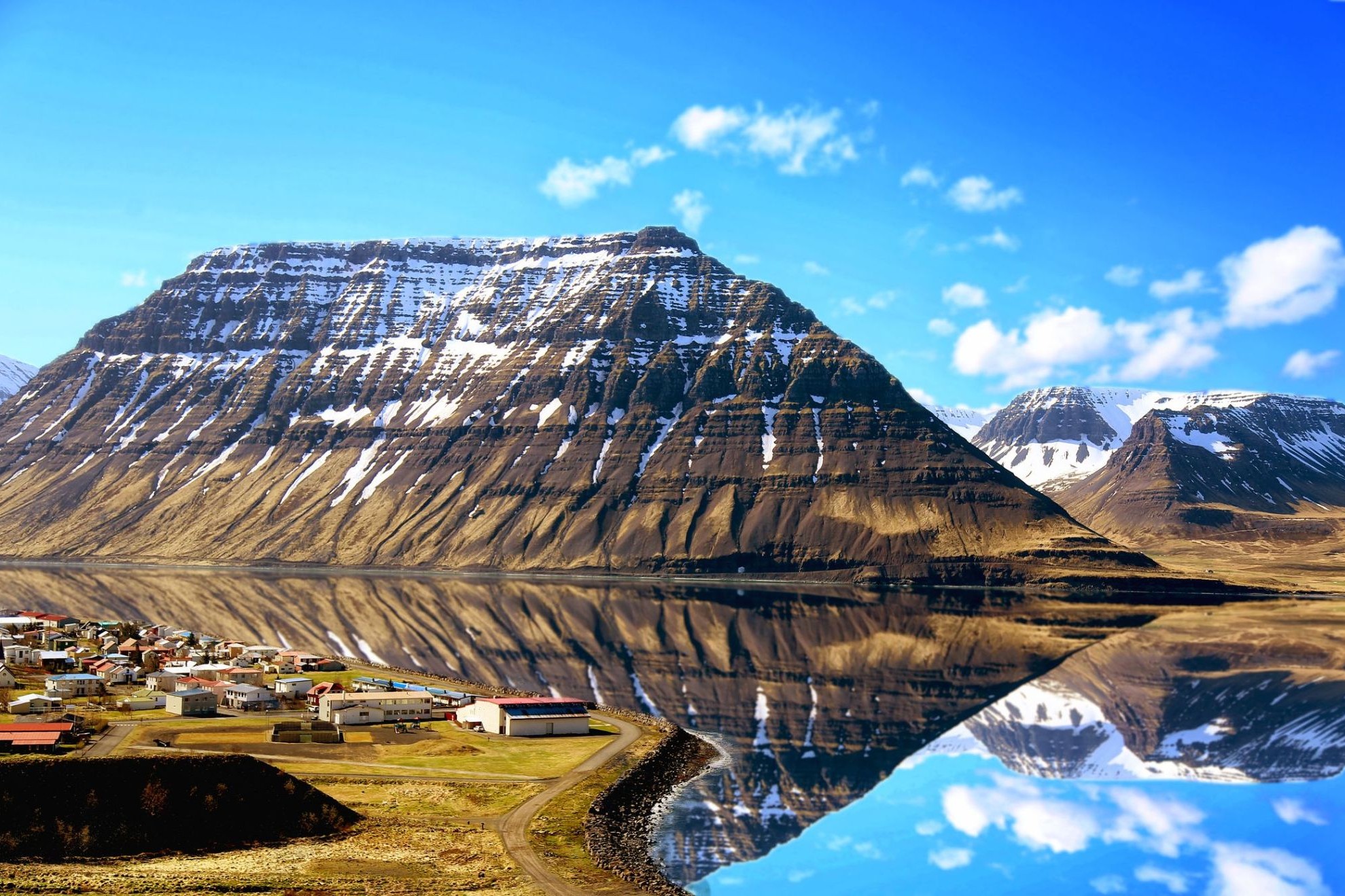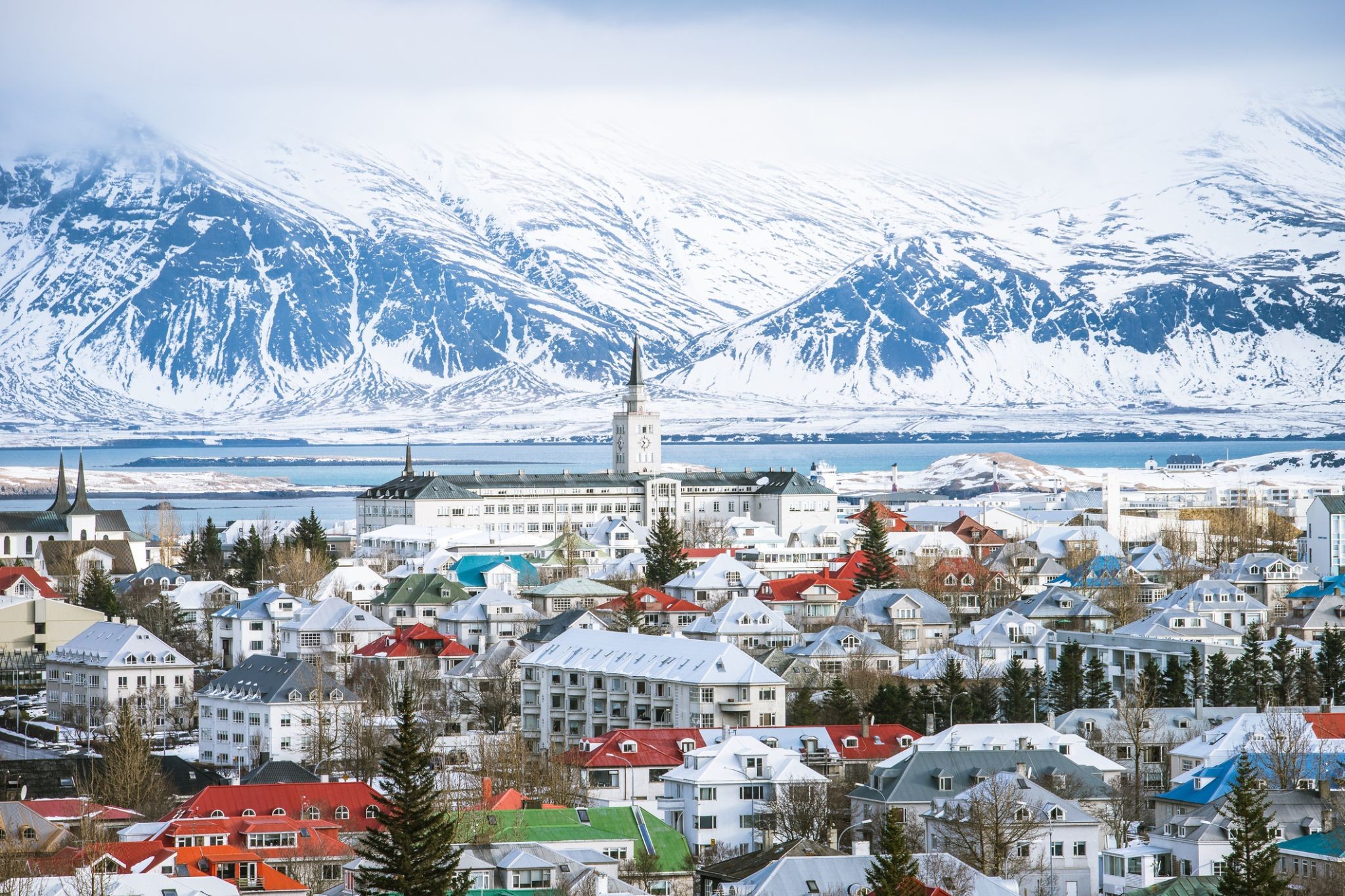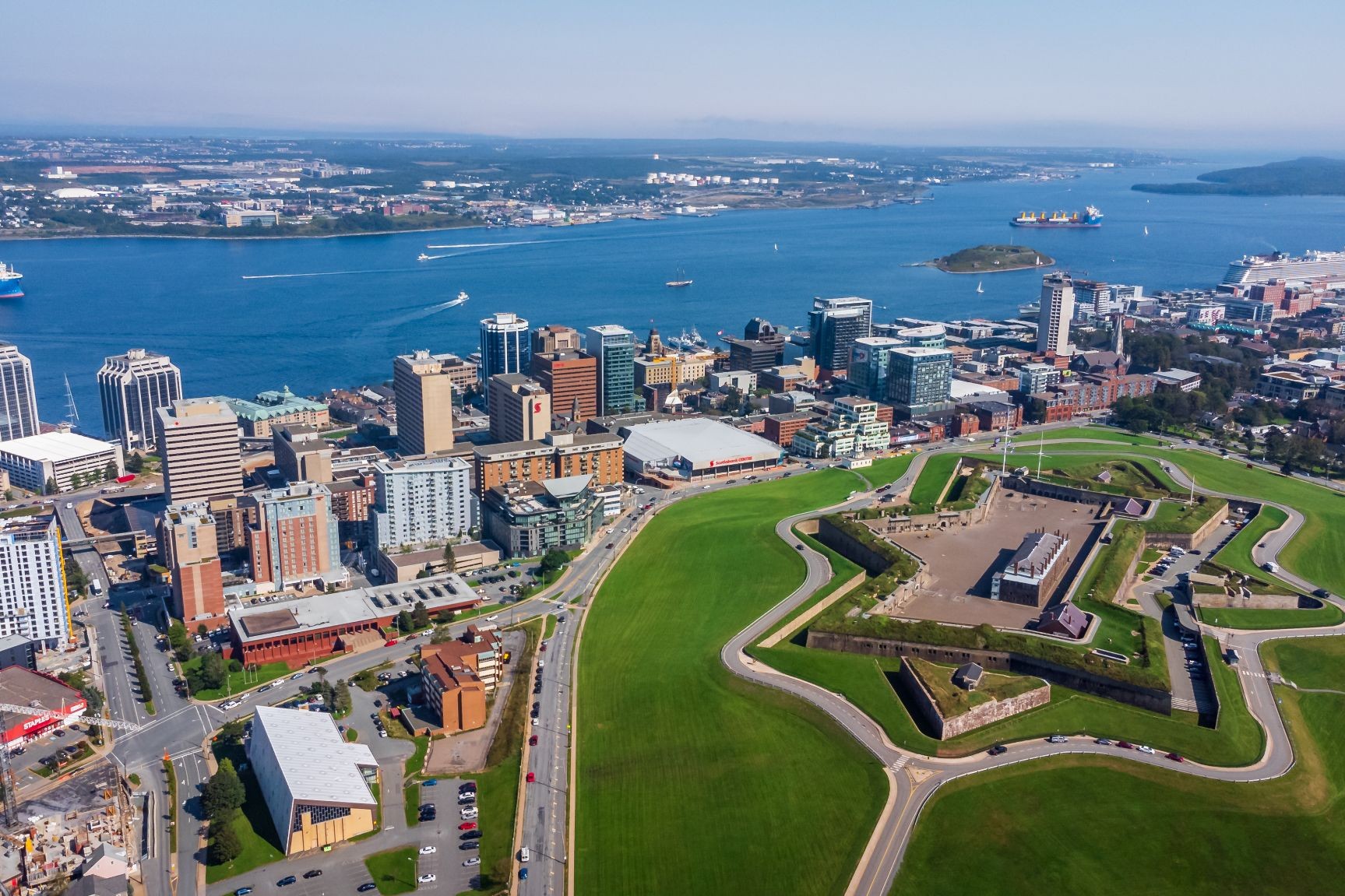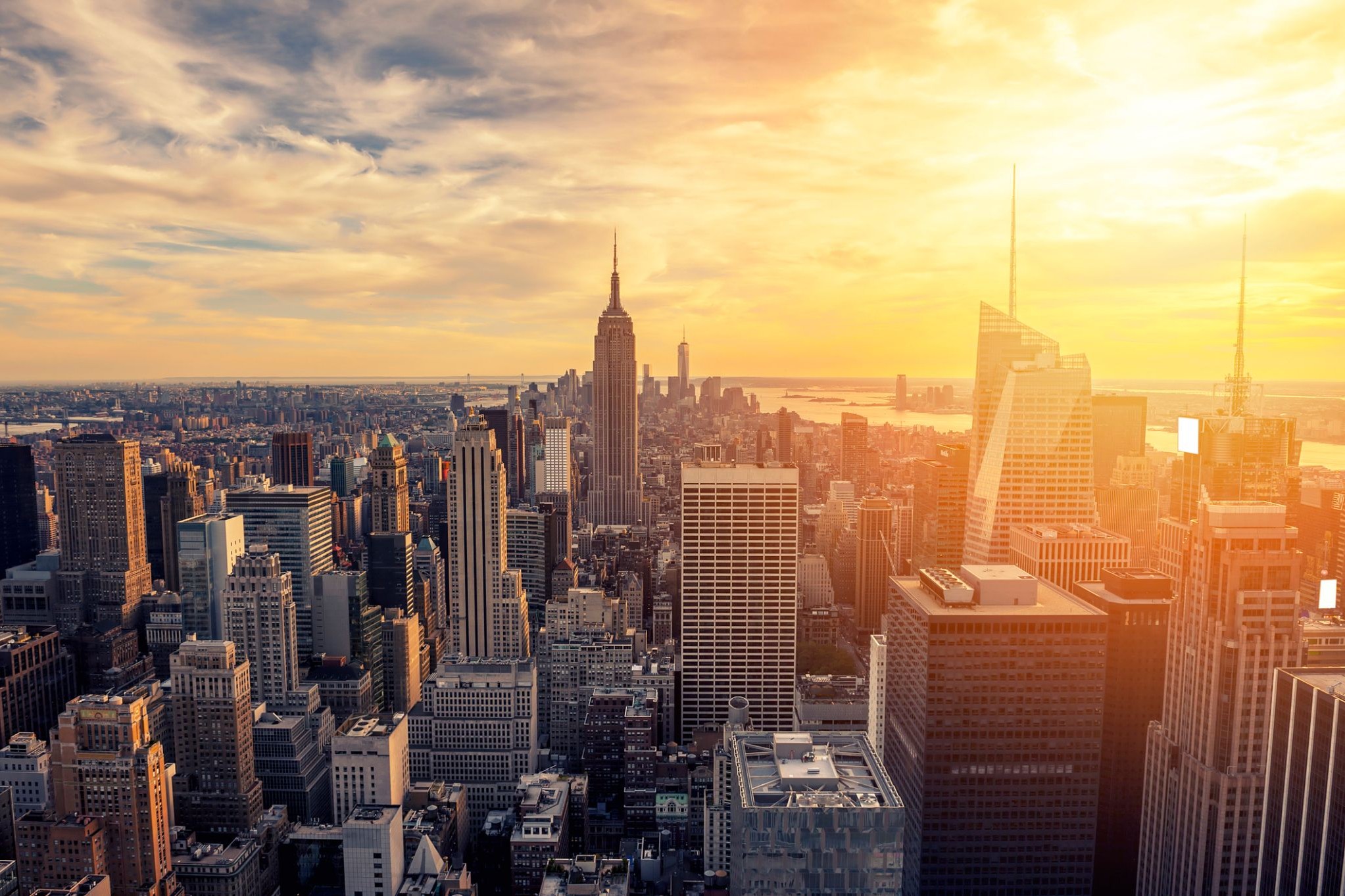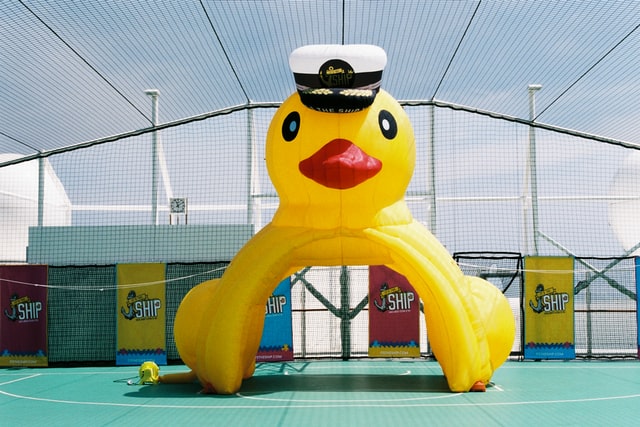Rejs 30 941 601
Światowa odyseja
| Region rejsu : USA /Kanada / Meksyk, Rejsy po Pacyfiku |
| Firma : Oceania Cruises |
| Statek : VISTA |
| Data rozpoczęcia : sob. 20 gru 2025 |
| Data zakończenia : pon. 06 lip 2026 |
| Liczba nocy : 198 nocy |
Harmonogram
| Dzień | Data | Port | Wypłynięcie | Odpłynięcie |
|---|---|---|---|---|
| 1 | 20.12 sob. | Los Angeles / USA | 07:00 | 18:00 |
| 2 | 21.12 niedz. | Dzień na morzu / Morze | ||
| 3 | 22.12 pon. | Dzień na morzu / Morze | ||
| 4 | 23.12 wt. | Cabo San Lucas / Meksyk | 07:00 | 16:00 |
| 5 | 24.12 śr. | Puerto Vallarta / Meksyk | 10:00 | 19:00 |
| 6 | 25.12 czw. | Manzanillo / Meksyk | 07:00 | 15:00 |
| 7 | 26.12 pt. | Acapulco / Meksyk | 09:00 | 18:00 |
| 8 | 27.12 sob. | Dzień na morzu / Morze | ||
| 9 | 28.12 niedz. | Puerto Quetzal / Gwatemala | 08:00 | 17:00 |
| 10 | 29.12 pon. | Corinto / Nicaragua | 08:00 | 16:00 |
| 11 | 30.12 wt. | Puntarenas / Costa Rica | 09:00 | 18:00 |
| 12 | 31.12 śr. | Dzień na morzu / Morze | ||
| 13 | 1.01 czw. | Dzień na morzu / Morze | ||
| 14 | 2.01 pt. | Cartagena de Indias / Kolumbia | 10:00 | 17:00 |
| 15 | 3.01 sob. | Dzień na morzu / Morze | ||
| 16 | 4.01 niedz. | Leesburg / USA | 09:00 | 18:00 |
| 17 | 5.01 pon. | Dzień na morzu / Morze | ||
| 18 | 6.01 wt. | Miami / USA | 07:00 | 18:00 |
| 19 | 7.01 śr. | Dzień na morzu / Morze | ||
| 20 | 8.01 czw. | Dzień na morzu / Morze | ||
| 21 | 9.01 pt. | Gustavia / Saint Bartholomew Island | 09:00 | 17:00 |
| 22 | 10.01 sob. | Róża / Dominica | 07:00 | 17:00 |
| 23 | 11.01 niedz. | Bridgetown / Barbados | 07:00 | 17:00 |
| 24 | 12.01 pon. | Dzień na morzu / Morze | ||
| 25 | 13.01 wt. | Devil’s Point / Bahamy | 10:00 | 17:00 |
| 26 | 14.01 śr. | Dzień na morzu / Morze | ||
| 27 | 15.01 czw. | Belen / Brazylia | 08:00 | 16:00 |
| 28 | 16.01 pt. | Dzień na morzu / Morze | ||
| 29 | 17.01 sob. | Fortaleza / Brazylia | 11:00 | 20:00 |
| 30 | 18.01 niedz. | Dzień na morzu / Morze | ||
| 31 | 19.01 pon. | Dzień na morzu / Morze | ||
| 32 | 20.01 wt. | Salwador / Brazylia | 07:00 | 18:00 |
| 33 | 21.01 śr. | Dzień na morzu / Morze | ||
| 34 | 22.01 czw. | Armacao dos Buzios / Brazylia | 10:00 | 19:00 |
| 35 | 23.01 pt. | Rio de Janeiro / Brazylia | 08:00 | |
| 36 | 24.01 sob. | Rio de Janeiro / Brazylia | ||
| 37 | 25.01 niedz. | Rio de Janeiro / Brazylia | 18:00 | |
| 38 | 26.01 pon. | Wielka Wyspa Ilha Grande / Brazylia | 07:00 | 18:00 |
| 39 | 27.01 wt. | Santos / Brazylia | 07:00 | 18:00 |
| 40 | 28.01 śr. | Porto Belo / Brazylia | 09:00 | 18:00 |
| 41 | 29.01 czw. | Dzień na morzu / Morze | ||
| 42 | 30.01 pt. | Rio Grande - Rio Grande do Sul / Brazylia | 07:00 | 16:00 |
| 43 | 31.01 sob. | Punta del Este / Uruguay | 08:00 | 18:00 |
| 44 | 1.02 niedz. | Montevideo / Uruguay | 07:00 | 20:00 |
| 45 | 2.02 pon. | Buenos Aires / Argentyna | 08:00 | |
| 46 | 3.02 wt. | Buenos Aires / Argentyna | 18:00 | |
| 47 | 4.02 śr. | Montevideo / Uruguay | 07:00 | 18:00 |
| 48 | 5.02 czw. | Dzień na morzu / Morze | ||
| 49 | 6.02 pt. | Dzień na morzu / Morze | ||
| 50 | 7.02 sob. | Port Stanley, Falklandy / Falkland islands | 07:00 | 18:00 |
| 51 | 8.02 niedz. | Dzień na morzu / Morze | ||
| 52 | 9.02 pon. | Ushuaia / Argentyna | 07:00 | 16:00 |
| 53 | 10.02 wt. | Punta Arenas / Chile | 09:00 | 18:00 |
| 54 | 11.02 śr. | Dzień na morzu / Morze | ||
| 55 | 12.02 czw. | Dzień na morzu / Morze | ||
| 56 | 13.02 pt. | Puerto Montt / Chile | 08:00 | 16:00 |
| 57 | 14.02 sob. | Dzień na morzu / Morze | ||
| 58 | 15.02 niedz. | Santiago de Chile | 08:00 | 17:00 |
| 59 | 16.02 pon. | Coquimbo / Chile | 08:00 | 17:00 |
| 60 | 17.02 wt. | Dzień na morzu / Morze | ||
| 61 | 18.02 śr. | Iquique | 08:00 | 18:00 |
| 62 | 19.02 czw. | Dzień na morzu / Morze | ||
| 63 | 20.02 pt. | LINIE PISCO NAZCA | 07:00 | 19:00 |
| 64 | 21.02 sob. | ZDJĘCIA Z PIĘCIU DNI | 06:00 | 17:00 |
| 65 | 22.02 niedz. | Salaverry / Peru | 10:00 | 19:00 |
| 66 | 23.02 pon. | Dzień na morzu / Morze | ||
| 67 | 24.02 wt. | Manta / Ecuador | 07:00 | 17:00 |
| 68 | 25.02 śr. | Dzień na morzu / Morze | ||
| 69 | 26.02 czw. | Puntarenas / Costa Rica | 09:00 | 18:00 |
| 70 | 27.02 pt. | Cruz del Sur / Peru | 07:00 | 16:00 |
| 71 | 28.02 sob. | Acajutla / Salvador | 08:00 | 16:00 |
| 72 | 1.03 niedz. | Dzień na morzu / Morze | ||
| 73 | 2.03 pon. | Acapulco / Meksyk | 07:00 | 16:00 |
| 74 | 3.03 wt. | Dzień na morzu / Morze | ||
| 75 | 4.03 śr. | Cabo San Lucas / Meksyk | 07:00 | 18:00 |
| 76 | 5.03 czw. | Dzień na morzu / Morze | ||
| 77 | 6.03 pt. | Zamieszkać | 10:00 | 18:00 |
| 78 | 7.03 sob. | San Diego, Kalifornia / USA | 06:00 | 18:00 |
| 79 | 8.03 niedz. | Dzień na morzu / Morze | ||
| 80 | 9.03 pon. | Dzień na morzu / Morze | ||
| 81 | 10.03 wt. | Dzień na morzu / Morze | ||
| 82 | 11.03 śr. | Dzień na morzu / Morze | ||
| 83 | 12.03 czw. | Dzień na morzu / Morze | ||
| 84 | 13.03 pt. | Honolulu, Oahu, Hawaje / Hawaje | 07:00 | 20:00 |
| 85 | 14.03 sob. | Kailua-Kona / Hawaje | 07:00 | 18:00 |
| 86 | 15.03 niedz. | Dzień na morzu / Morze | ||
| 87 | 16.03 pon. | Dzień na morzu / Morze | ||
| 88 | 17.03 wt. | Dzień na morzu / Morze | ||
| 89 | 18.03 śr. | Dzień na morzu / Morze | ||
| 90 | 19.03 czw. | Nuku-Khiva / French Polynesia | 07:00 | 18:00 |
| 91 | 20.03 pt. | Dzień na morzu / Morze | ||
| 92 | 21.03 sob. | Atol Rangiroa Rangiroa / French Polynesia | 07:00 | 17:00 |
| 93 | 22.03 niedz. | Moorea, Wyspy Towarzystwa / French Polynesia | 08:00 | 16:00 |
| 93 | 22.03 niedz. | Papeete Papeete / French Polynesia | 19:00 | |
| 94 | 23.03 pon. | Papeete Papeete / French Polynesia | 20:00 | |
| 95 | 24.03 wt. | Raiatea, Wyspy Towarzystwa / French Polynesia | 07:00 | 19:00 |
| 96 | 25.03 śr. | Dzień na morzu / Morze | ||
| 97 | 26.03 czw. | Rarotonga / Wyspy Cooka | 07:00 | 16:00 |
| 98 | 27.03 pt. | Dzień na morzu / Morze | ||
| 99 | 28.03 sob. | ZAPŁATA / American Samoa | 10:00 | 20:00 |
| 100 | 29.03 niedz. | |||
| 101 | 30.03 pon. | Apia / Samoa | 07:00 | 18:00 |
| 102 | 31.03 wt. | Dzień na morzu / Morze | ||
| 103 | 1.04 śr. | Nukualofa / Tonga | 08:00 | 18:00 |
| 104 | 2.04 czw. | Dzień na morzu / Morze | ||
| 105 | 3.04 pt. | Suchy / Fiji | 07:00 | 18:00 |
| 106 | 4.04 sob. | Dzień na morzu / Morze | ||
| 107 | 5.04 niedz. | Jezioro Misteri / Kanada | 07:00 | 16:00 |
| 108 | 6.04 pon. | Numea / Nowa Kaledonia | 08:00 | 18:00 |
| 109 | 7.04 wt. | Dzień na morzu / Morze | ||
| 110 | 8.04 śr. | Dzień na morzu / Morze | ||
| 111 | 9.04 czw. | Sydnej / Australia | 07:00 | 20:00 |
| 112 | 10.04 pt. | Dzień na morzu / Morze | ||
| 113 | 11.04 sob. | Mooloolaba / Australia | 07:00 | 17:00 |
| 114 | 12.04 niedz. | Dzień na morzu / Morze | ||
| 115 | 13.04 pon. | WYSPA WHITSUNDAY | 08:00 | 19:00 |
| 116 | 14.04 wt. | Townsville / Australia | 07:00 | 18:00 |
| 117 | 15.04 śr. | Cairns / Australia | 07:00 | 15:00 |
| 118 | 16.04 czw. | Dzień na morzu / Morze | ||
| 119 | 17.04 pt. | Dzień na morzu / Morze | ||
| 120 | 18.04 sob. | Darwin / Australia | 12:00 | 23:00 |
| 121 | 19.04 niedz. | Dzień na morzu / Morze | ||
| 122 | 20.04 pon. | KUPANG TIMOR ZACHODNI | 08:00 | 16:00 |
| 123 | 21.04 wt. | Komoda / Indonezja | 10:00 | 18:00 |
| 124 | 22.04 śr. | Tanjung Benoit / Indonezja | 12:00 | |
| 125 | 23.04 czw. | Tanjung Benoit / Indonezja | 16:00 | |
| 126 | 24.04 pt. | Surabaya / Indonezja | 10:00 | 18:00 |
| 127 | 25.04 sob. | Dzień na morzu / Morze | ||
| 128 | 26.04 niedz. | Singapur / Singapur | 15:00 | |
| 129 | 27.04 pon. | Singapur / Singapur | 17:00 | |
| 130 | 28.04 wt. | Kuala Lumpur / Malaysia | 08:00 | 16:00 |
| 131 | 29.04 śr. | Phuket / Thailand | 12:00 | |
| 132 | 30.04 czw. | Phuket / Thailand | 16:00 | |
| 133 | 1.05 pt. | Dzień na morzu / Morze | ||
| 134 | 2.05 sob. | Dzień na morzu / Morze | ||
| 135 | 3.05 niedz. | Colombo / Sri Lanka | 09:00 | 22:00 |
| 136 | 4.05 pon. | Dzień na morzu / Morze | ||
| 137 | 5.05 wt. | Kochi / Indie | 07:00 | 17:00 |
| 138 | 6.05 śr. | Dzień na morzu / Morze | ||
| 139 | 7.05 czw. | Mumbaj (Bombaj) / Indie | 07:00 | |
| 140 | 8.05 pt. | Mumbaj (Bombaj) / Indie | 14:00 | |
| 141 | 9.05 sob. | Dzień na morzu / Morze | ||
| 142 | 10.05 niedz. | Muskat / Oman | 12:00 | 19:00 |
| 143 | 11.05 pon. | Al Khasab, Oman / Oman | 10:00 | 19:00 |
| 144 | 12.05 wt. | Abu Zabi / UAE | 07:00 | 23:00 |
| 145 | 13.05 śr. | Dubai / UAE | 07:00 | |
| 146 | 14.05 czw. | Dubai / UAE | 13:00 | |
| 147 | 15.05 pt. | Muskat / Oman | 09:00 | 16:00 |
| 148 | 16.05 sob. | Dzień na morzu / Morze | ||
| 149 | 17.05 niedz. | Dzień na morzu / Morze | ||
| 150 | 18.05 pon. | Dzień na morzu / Morze | ||
| 151 | 19.05 wt. | Dzień na morzu / Morze | ||
| 152 | 20.05 śr. | Dżudda / Dżidda / Arabia Saudyjska | 10:00 | 20:00 |
| 153 | 21.05 czw. | Dzień na morzu / Morze | ||
| 154 | 22.05 pt. | Luksor / Egipt | 06:00 | |
| 155 | 23.05 sob. | Luksor / Egipt | 21:00 | |
| 156 | 24.05 niedz. | Dzień na morzu / Morze | ||
| 157 | 25.05 pon. | Dzień na morzu / Morze | ||
| 158 | 26.05 wt. | Dzień na morzu / Morze | ||
| 159 | 27.05 śr. | Santorini, Cyklady / Grecja | 07:00 | 19:00 |
| 160 | 28.05 czw. | Dzień na morzu / Morze | ||
| 161 | 29.05 pt. | Messina, wł. Sycylia / Włochy | 07:00 | 18:00 |
| 162 | 30.05 sob. | SORRENTOCAPRÍ | 07:00 | 17:00 |
| 163 | 31.05 niedz. | OLBIA PORTO CERVO | 08:00 | 16:00 |
| 164 | 1.06 pon. | Port Maon / Hiszpania | 10:00 | 19:00 |
| 165 | 2.06 wt. | Barcelona / Hiszpania | 07:00 | 17:30 |
| 166 | 3.06 śr. | Alicante / Hiszpania | 08:00 | 16:00 |
| 167 | 4.06 czw. | Grenada / Grenada | 08:00 | 18:00 |
| 168 | 5.06 pt. | Tangier / Morocco | 06:00 | 14:00 |
| 169 | 6.06 sob. | Lizbona / Portugalia | 09:00 | 19:00 |
| 170 | 7.06 niedz. | SANTIAGO Z COMPOSTELI | 11:00 | 19:00 |
| 171 | 8.06 pon. | Dzień na morzu / Morze | ||
| 172 | 9.06 wt. | Bordeaux / Francja | 02:00 | |
| 173 | 10.06 śr. | Bordeaux / Francja | 15:00 | |
| 174 | 11.06 czw. | Bresta / Francja | 11:00 | 19:00 |
| 175 | 12.06 pt. | Saint-Malo / Francja | 08:00 | 17:00 |
| 176 | 13.06 sob. | Paryż / Francja | 07:00 | 20:00 |
| 177 | 14.06 niedz. | Londyn / Wielka Brytania | 07:00 | 18:00 |
| 178 | 15.06 pon. | Portland / USA | 07:00 | 16:00 |
| 179 | 16.06 wt. | Dublin / Irlandia | 08:00 | 19:00 |
| 180 | 17.06 śr. | Zatoka (Cork) / Irlandia | 08:00 | 16:00 |
| 181 | 18.06 czw. | Belfast / Wielka Brytania | 10:00 | 20:00 |
| 182 | 19.06 pt. | Glasgow / Wielka Brytania | 07:00 | 19:00 |
| 183 | 20.06 sob. | Dzień na morzu / Morze | ||
| 184 | 21.06 niedz. | Torshavn / Faroe Islands | 07:00 | 19:00 |
| 185 | 22.06 pon. | Dzień na morzu / Morze | ||
| 186 | 23.06 wt. | Akureyri / Islandia | 07:00 | 18:00 |
| 187 | 24.06 śr. | Isafjordur / Islandia | 07:00 | 17:00 |
| 188 | 25.06 czw. | Reykjavik / Islandia | 07:00 | 20:00 |
| 189 | 26.06 pt. | Dzień na morzu / Morze | ||
| 190 | 27.06 sob. | Dzień na morzu / Morze | ||
| 191 | 28.06 niedz. | Dzień na morzu / Morze | ||
| 192 | 29.06 pon. | Dzień na morzu / Morze | ||
| 193 | 30.06 wt. | Halifax / Kanada | 09:00 | 18:00 |
| 194 | 1.07 śr. | Dzień na morzu / Morze | ||
| 195 | 2.07 czw. | Nowy Jork / USA | 06:00 | 18:00 |
| 196 | 3.07 pt. | Dzień na morzu / Morze | ||
| 197 | 4.07 sob. | Charleston, Karolina Południowa / USA | 09:00 | 19:00 |
| 198 | 5.07 niedz. | Dzień na morzu / Morze | ||
| 199 | 6.07 pon. | Miami / USA | 07:00 |
-
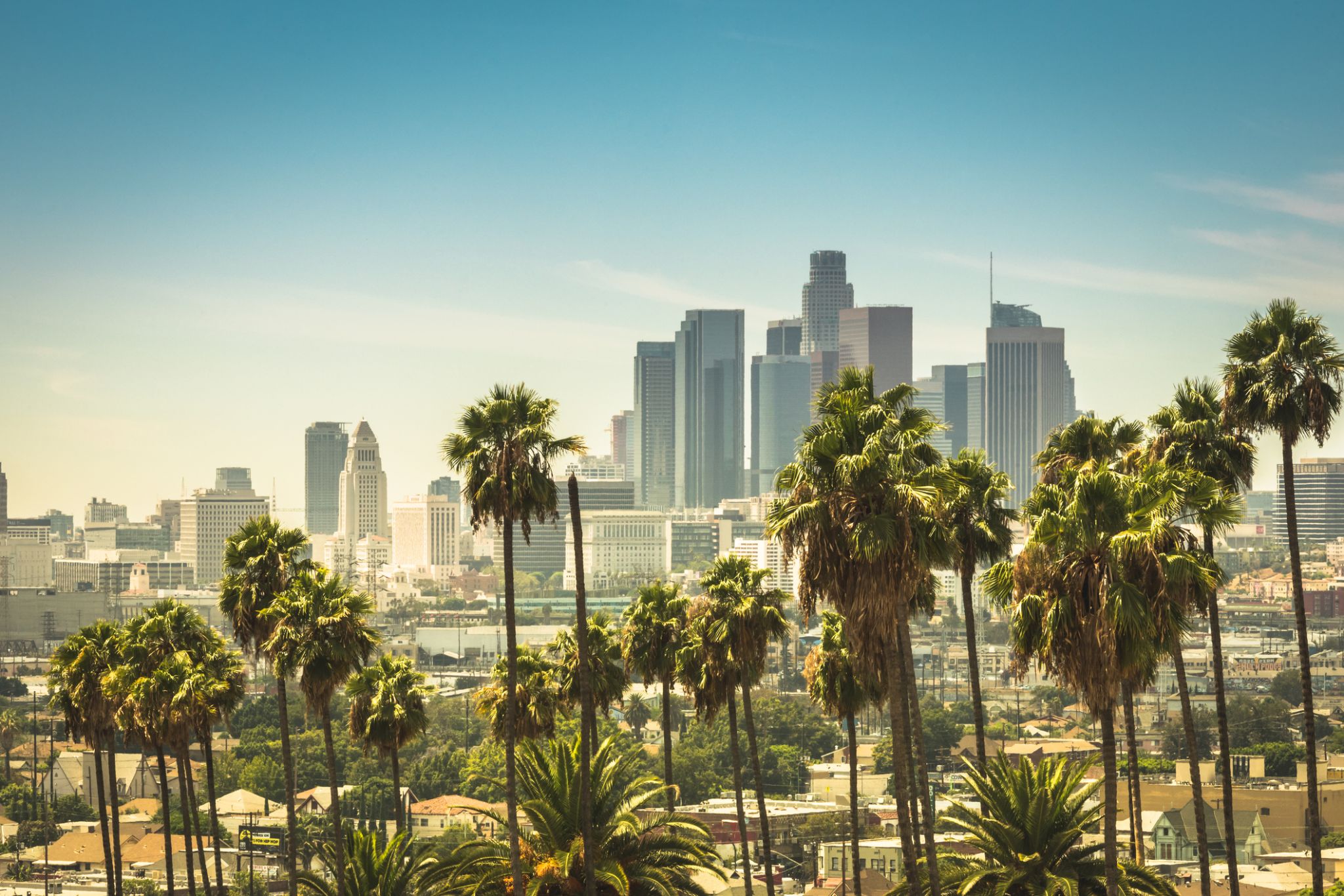 Dzień 1: 07:00-18:00
Dzień 1: 07:00-18:00Los Angeles / USA
Los Angeles officially the City of Los Angeles and often known colloquially by its initials L.A., is the most populous city in California and the second most populous city in the United States, after New York. With an estimated population of four million, Los Angeles is the cultural, financial, and commercial center of Southern California. Nicknamed the "City of Angels" partly because of its name's Spanish meaning, Los Angeles is known for its Mediterranean climate, ethnic diversity, Hollywood, and the entertainment industry, and sprawling metropolis.
Los Angeles is in a large basin bounded by the Pacific Ocean on one side and by mountains as high as 10,000 feet (3,000 m) on the others. The city proper, which covers about 469 square miles (1,210 km2), is the seat of Los Angeles County, the most populated county in the country. Los Angeles is also the principal city of the Los Angeles metropolitan area, the second largest in the United States after that of New York City, with a population of 13.1 million. It is part of the Los Angeles-Long Beach combined statistical area, also the nation's second most populous area with a 2015 estimated population of 18.7 million.
Los Angeles is one of the most substantial economic engines within the United States, with a diverse economy in a broad range of professional and cultural fields. Los Angeles is also famous as the home of Hollywood, a major center of the world entertainment industry. A global city, it has been ranked 6th in the Global Cities Index and 9th in the Global Economic Power Index. The Los Angeles combined statistical area also has a gross metropolitan productof $831 billion (as of 2008), making it the third-largest in the world, after the Tokyo and New York metropolitan areas. Los Angeles hosted the 1932 and 1984 Summer Olympics and will host the event for a third time in 2028. The city also hosted the Miss Universe pageant twice, in 1990 and 2006, and was one of 9 American cities to host the 1994 FIFA men's soccer World Cup and one of 8 to host the 1999 FIFA women's soccer World Cup, hosting the finalmatch for both tournaments.
Historically home to the Chumash and Tongva, Los Angeles was claimed by Juan Rodríguez Cabrillo for Spain in 1542 along with the rest of what would become Alta California. The city was officially founded on September 4, 1781, by Spanish governor Felipe de Neve. It became a part of Mexico in 1821 following the Mexican War of Independence. In 1848, at the end of the Mexican–American War, Los Angeles and the rest of California were purchased as part of the Treaty of Guadalupe Hidalgo, becoming part of the United States. Los Angeles was incorporated as a municipality on April 4, 1850, five months before California achieved statehood. The discovery of oil in the 1890s brought rapid growth to the city. The completion of the Los Angeles Aqueduct in 1913, delivering water from Eastern California, later assured the city's continued rapid growth.
-
 Dzień 2:
Dzień 2:Dzień na morzu / Morze
-
 Dzień 3:
Dzień 3:Dzień na morzu / Morze
-
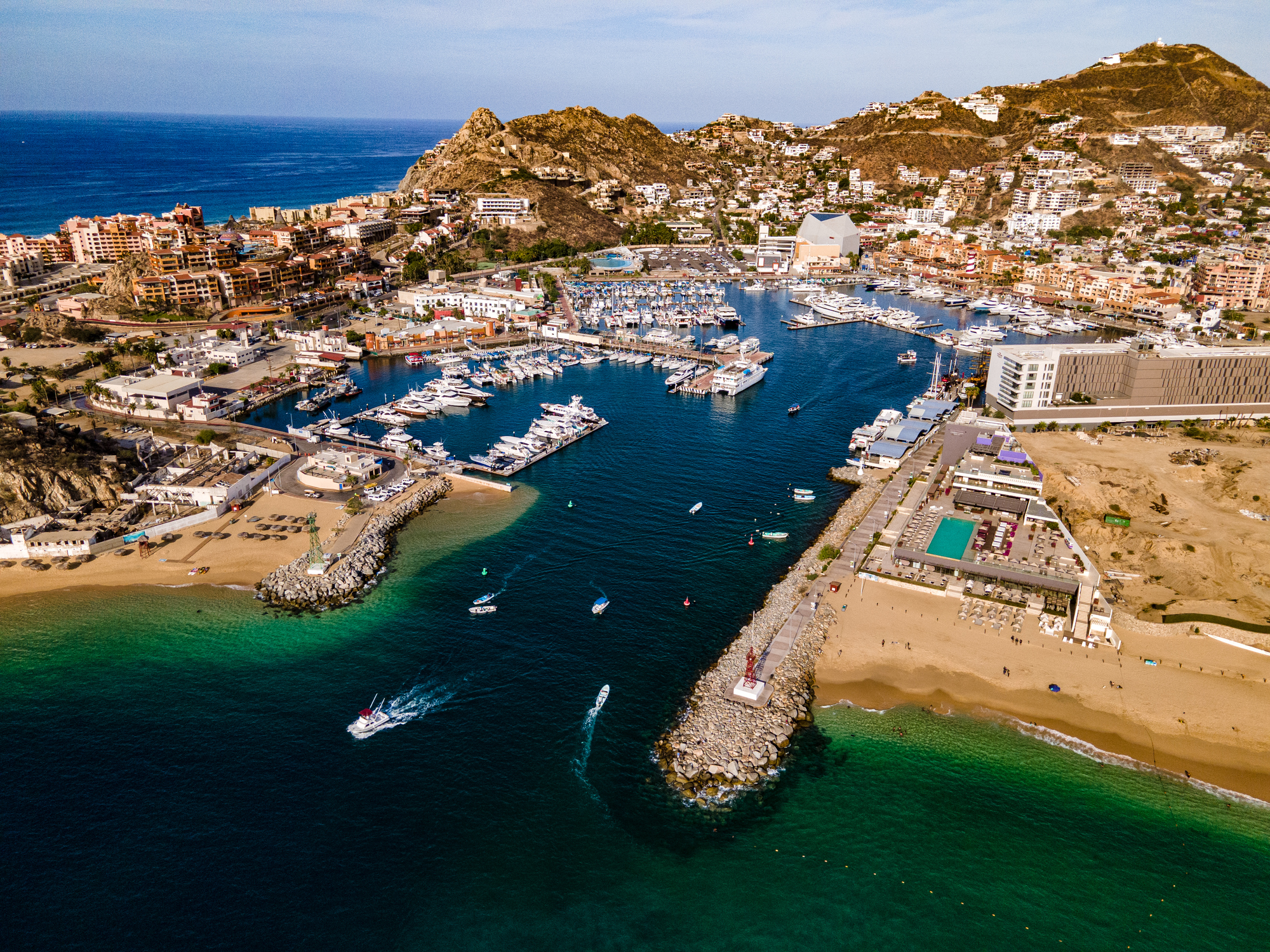 Dzień 4: 07:00-16:00
Dzień 4: 07:00-16:00Cabo San Lucas / Meksyk
Cabo San Lucas or simply Cabo, is a resort city at the southern tip of the Baja California Peninsula, in the Mexican state of Baja California Sur. As of 2015, the population of the city was 81,111 inhabitants. Cabo San Lucas together with San José del Cabo is known as Los Cabos. Together they form a metropolitan area of 305,983 inhabitants.
Cabo has been rated as one of Mexico's top 5 tourist destinations; it is known for its beaches, scuba diving locations, balnearios, the sea arch El Arco de Cabo San Lucas, and marine life. The Los Cabos Corridor has become a heavily trafficked vacation destination for tourists, with numerous resorts and timeshares along the coast between Cabo San Lucas and San José del Cabo.
Cabo houses a range of wildlife, including rays, sharks, birds, and a range of fish, such as mahi-mahi (dorado), and striped marlin.
-
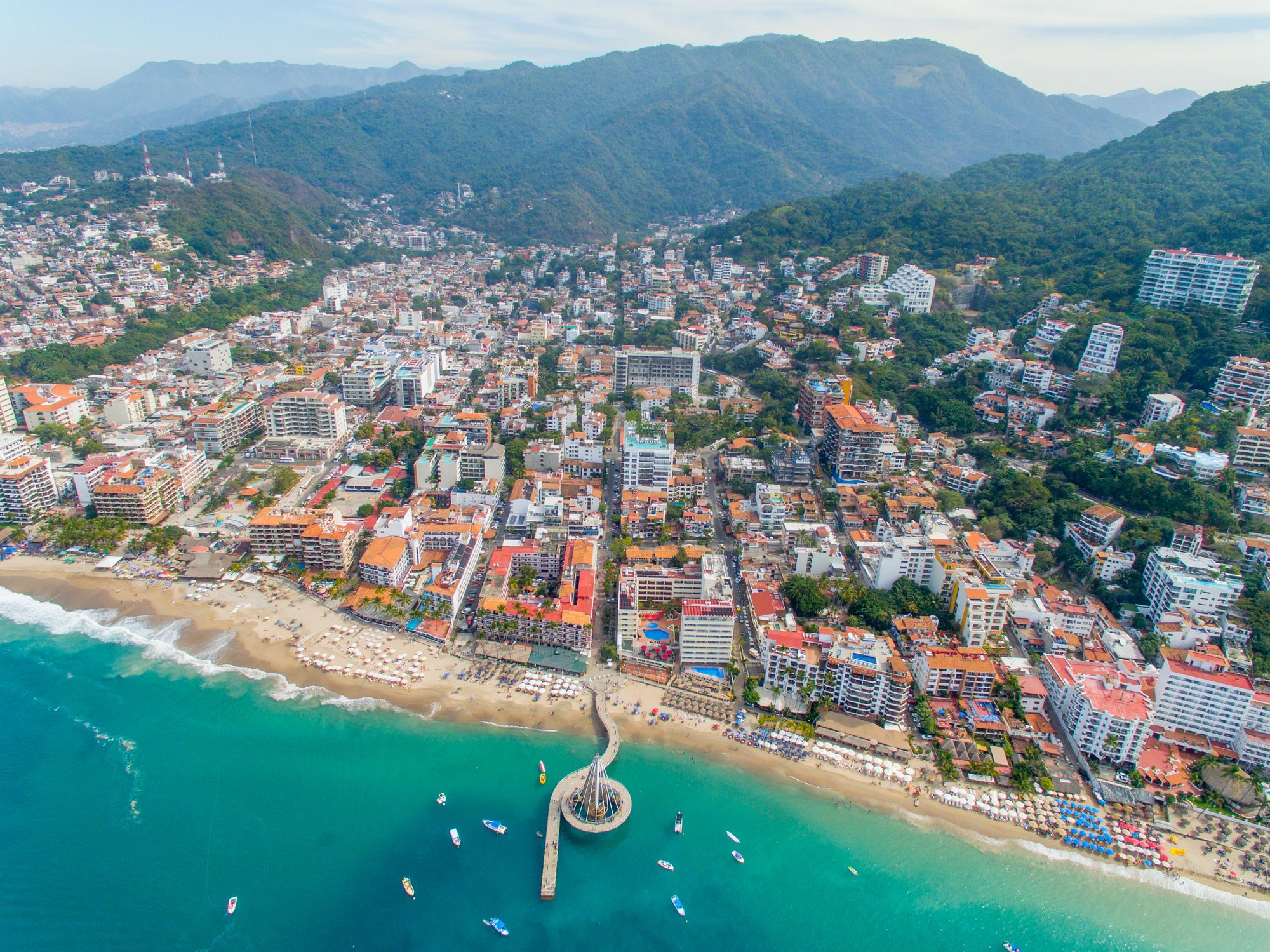 Dzień 5: 10:00-19:00
Dzień 5: 10:00-19:00Puerto Vallarta / Meksyk
Puerto Vallarta is a Mexican beach resort city situated on the Pacific Ocean's Bahía de Banderas. PV or simply Vallarta is the second largest urban agglomeration in the state after the Guadalajara Metropolitan Area. The City of Puerto Vallarta is the government seat of the Municipality of Puerto Vallarta which comprises the city as well as population centers outside of the city extending from Boca de Tomatlán to the Nayarit border (the Ameca River). The city is located at 20°40′N 105°16′W. The municipality has an area of 1,300.7 square kilometres (502.19 sq mi). To the north it borders the southwest part of the state of Nayarit. To the east it borders the municipality of Mascota and San Sebastián del Oeste, and to the south it borders the municipalities of Talpa de Allende and Cabo Corrientes.
Puerto Vallarta is named after Ignacio Vallarta, a former governor of Jalisco. In Spanish, Puerto Vallarta is frequently shortened to "Vallarta", while English speakers call the city P.V. for short. In internet shorthand the city is often referred to as PVR, after the International Air Transport Association airport code for its Gustavo Diaz Ordaz International Airport.
-
 Dzień 6: 07:00-15:00
Dzień 6: 07:00-15:00Manzanillo / Meksyk
Manzanillo to malownicze miasto portowe położone na wybrzeżu Pacyfiku w meksykańskim stanie Colima. Znane jest ze swoich plaż o złotym piasku i krystalicznie czystej wodzie, co czyni je idealnym miejscem na wakacje, snorkeling i surfing. Miasto może się również poszczycić bogatym dziedzictwem historycznym, w tym starym portem morskim, który odgrywa kluczową rolę w gospodarce regionu.
Manzanillo ma unikalny mikroklimat, który pozwala cieszyć się wypoczynkiem przez cały rok. W centrum miasta można odwiedzić kolorowe targi i spróbować lokalnej kuchni opartej na świeżych owocach morza. W pobliżu znajdują się rezerwaty przyrody, oferujące doskonałe warunki do ekoturystyki. Z roku na rok Manzanillo staje się coraz bardziej popularne wśród podróżników, oferując idealne połączenie relaksu na plaży i kontaktu z kulturą regionu.
-
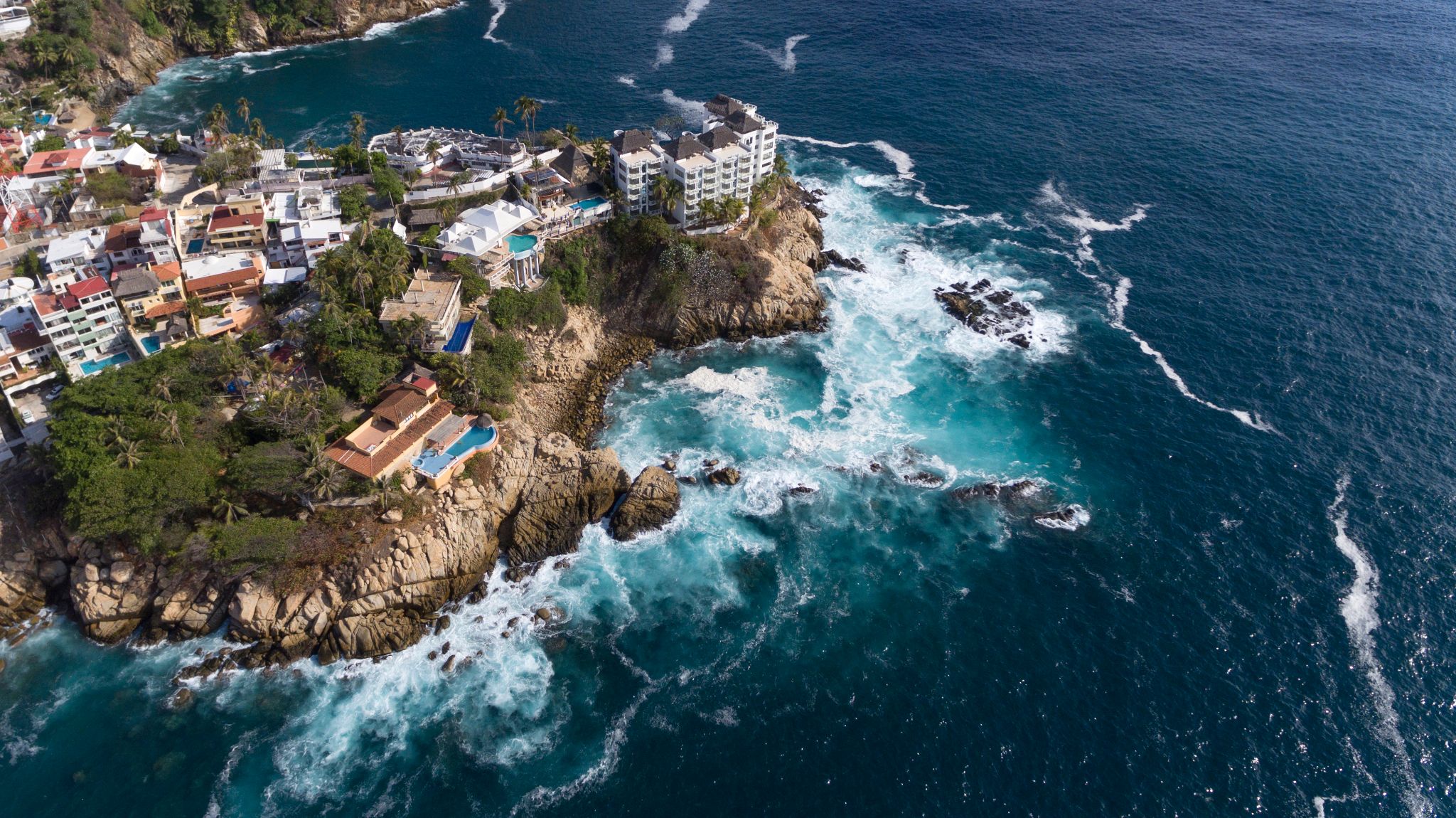 Dzień 7: 09:00-18:00
Dzień 7: 09:00-18:00Acapulco / Meksyk
-
 Dzień 8:
Dzień 8:Dzień na morzu / Morze
-
 Dzień 9: 08:00-17:00
Dzień 9: 08:00-17:00Puerto Quetzal / Gwatemala
Puerto Quetzal to ważne miasto portowe na wybrzeżu Gwatemali, położone w regionie Pacyfiku. Jest jednym z najpopularniejszych portów docelowych dla statków wycieczkowych, co czyni go istotnym węzłem transportowym i głównym wejściem dla podróżnych przybywających do kraju. Puerto Quetzal jest także punktem wyjścia do odkrywania cudów przyrody Gwatemali, w tym słynnych wulkanów i malowniczych plaż. W pobliżu znajdują się takie atrakcje, jak wulkan Acatenango i Park Narodowy Monterrico, który słynie z ekosystemu oraz plaż odpowiednich do surfingu.
Oprócz piękna przyrody Puerto Quetzal przyciąga podróżnych swoją unikalną atmosferą. Miasto zachowało klimat wybrzeża Pacyfiku z urokliwymi wioskami rybackimi i restauracjami, w których można skosztować świeżych owoców morza. Jego strategiczne położenie i rozwinięta infrastruktura sprawiają, że Puerto Quetzal jest wygodnym punktem wyjścia do podróży po Gwatemali, zarówno dla tych, którzy chcą odkrywać starożytne ruiny Majów, takie jak Tikal, jak i dla tych, którzy szukają relaksu na plaży.
-
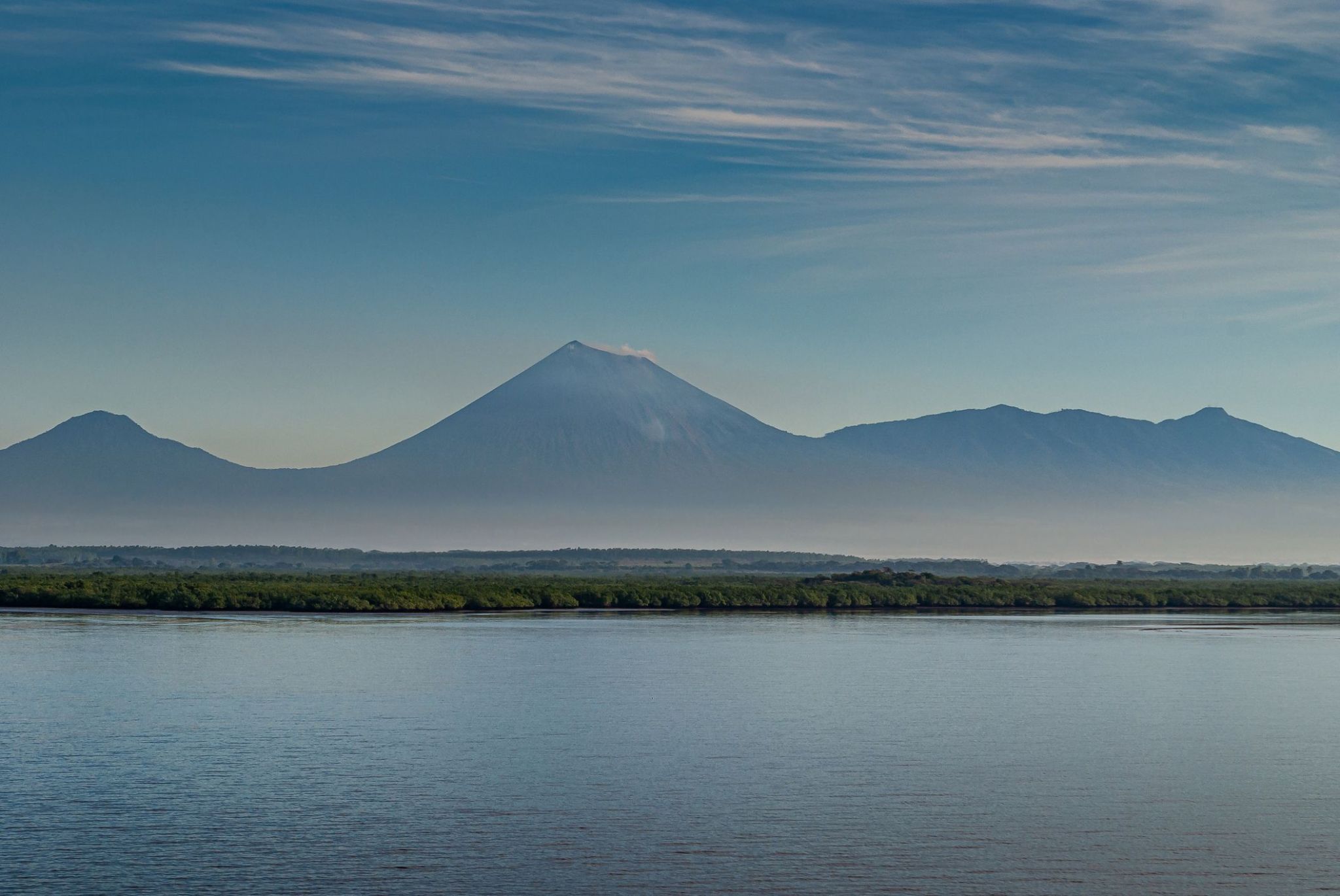 Dzień 10: 08:00-16:00
Dzień 10: 08:00-16:00Corinto / Nicaragua
Corinto — portowe serce kraju na wybrzeżu Pacyfiku.
Corinto to największy port morski Nikaragui, położony na wybrzeżu Pacyfiku, w departamencie Chinandega. Założone w 1858 roku miasto odgrywa kluczową rolę w gospodarce kraju, obsługując znaczną część międzynarodowego handlu morskiego. Dzięki strategicznemu położeniu i naturalnemu portowi, Corinto stało się ważnym węzłem logistycznym dla transportu towarowego i komunikacji morskiej. Do miasta zawijają również statki wycieczkowe, co czyni je popularnym punktem wjazdowym dla turystów.
Pomimo przemysłowego charakteru, Corinto zachowuje autentyczną atmosferę małego nadmorskiego miasteczka. W okolicy znajdują się spokojne plaże, świeże owoce morza oraz atrakcje przyrodnicze, takie jak wulkan Casitas i wyspy w zatoce. Zabytkowa architektura, kolonialne budowle i ciepły klimat nadają miastu wyjątkowy urok. Corinto słynie również ze swoich tradycji — barwne święta religijne i ludowe oddają ducha lokalnej kultury.
-
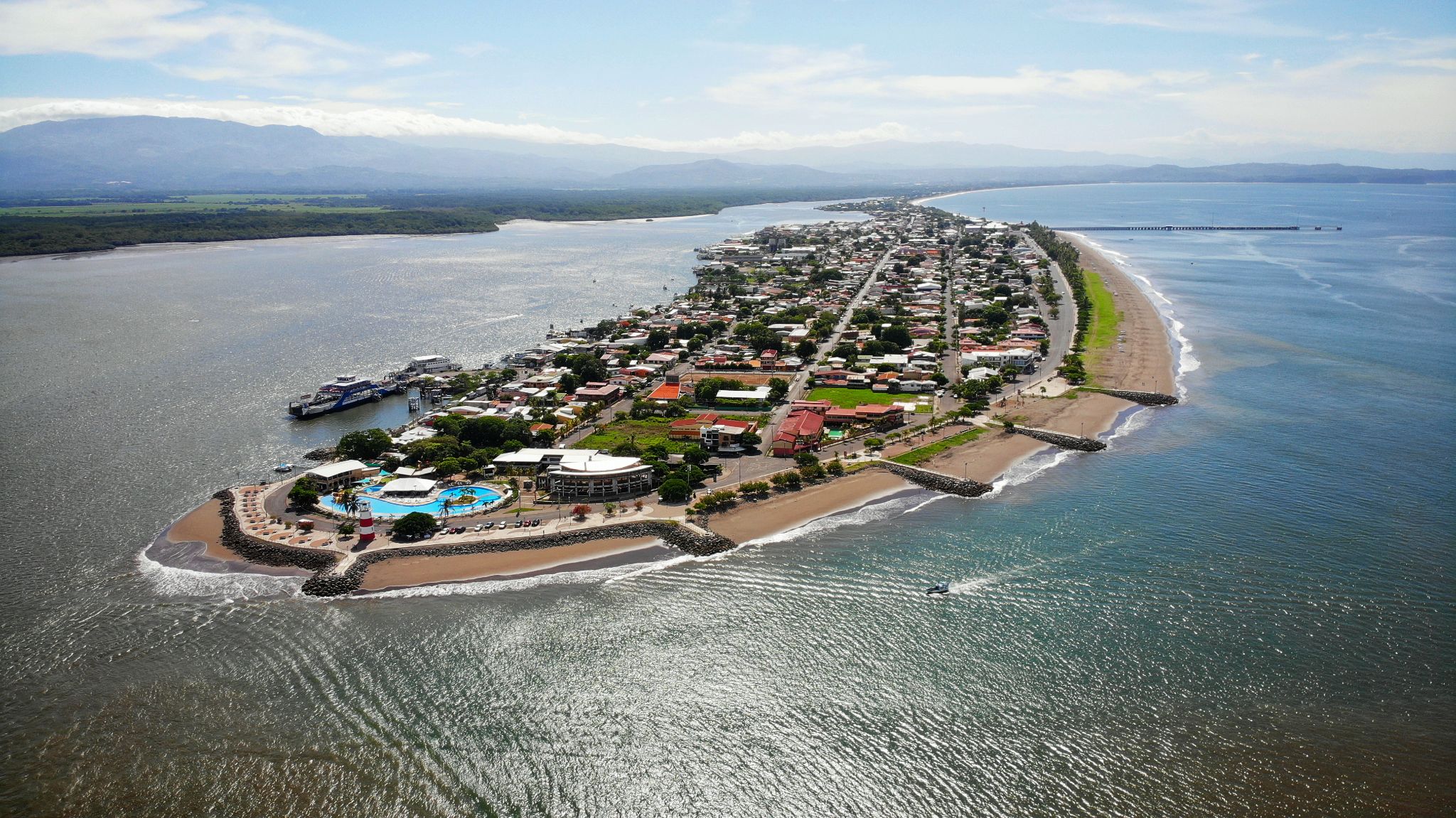 Dzień 11: 09:00-18:00
Dzień 11: 09:00-18:00Puntarenas / Costa Rica
Puntarenas is the capital and largest city in the Province of Puntarenas, on the Pacific coast of Costa Rica.
-
 Dzień 12:
Dzień 12:Dzień na morzu / Morze
-
 Dzień 13:
Dzień 13:Dzień na morzu / Morze
-
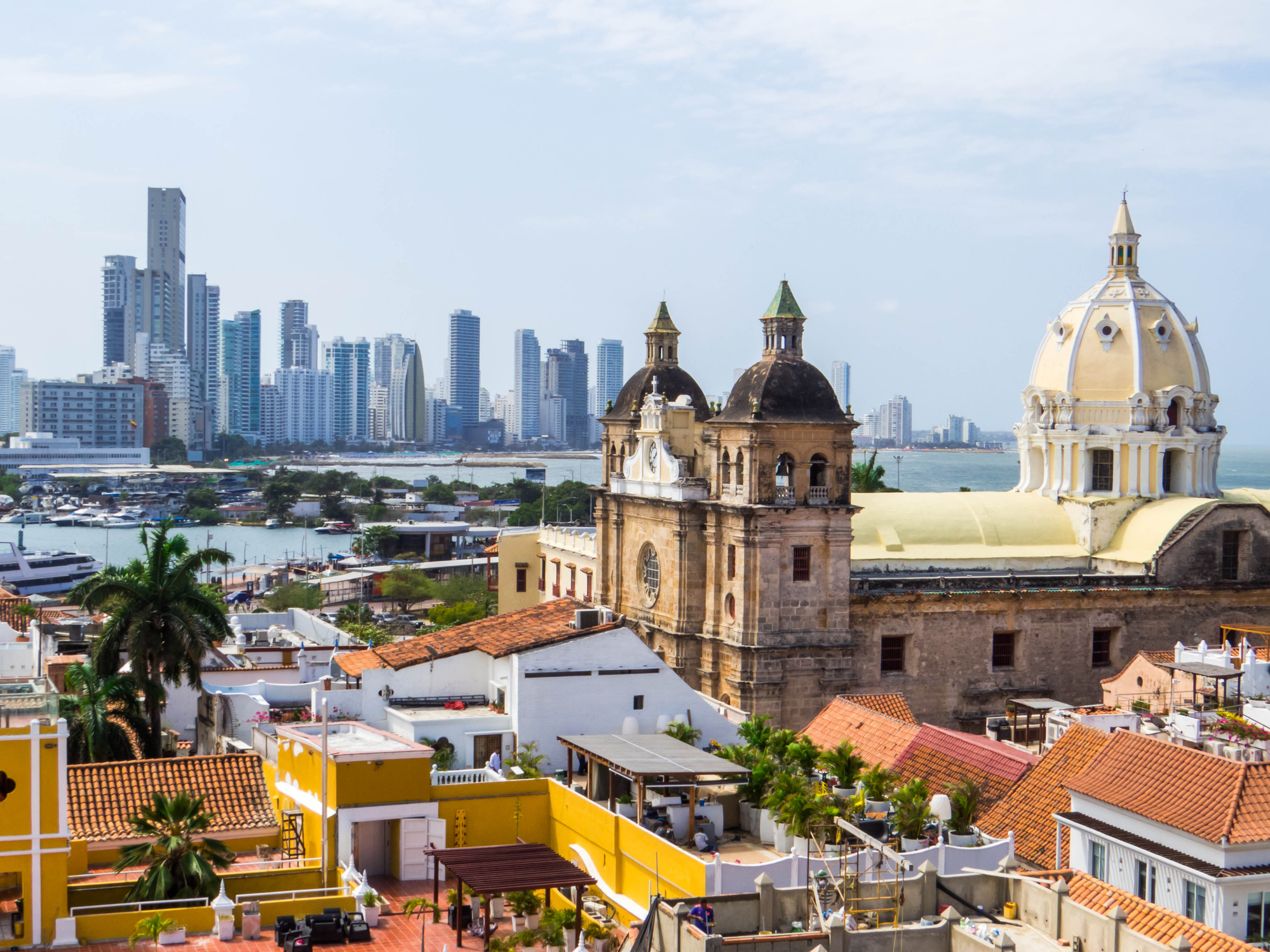 Dzień 14: 10:00-17:00
Dzień 14: 10:00-17:00Cartagena de Indias / Kolumbia
Cartagena de Indias – miasto w północnej Kolumbii, nad Morzem Karaibskim. Jest stolicą departamentu Bolívar. Według spisu ludności z 30 czerwca 2018 roku miasto liczyło 876 885 mieszkańców, co czyniło je trzecim pod względem wielkości populacji miastem kraju.
W mieście rozwinął się przemysł rafineryjny, stoczniowy, chemiczny, włókienniczy, skórzany oraz spożywczy.
-
 Dzień 15:
Dzień 15:Dzień na morzu / Morze
-
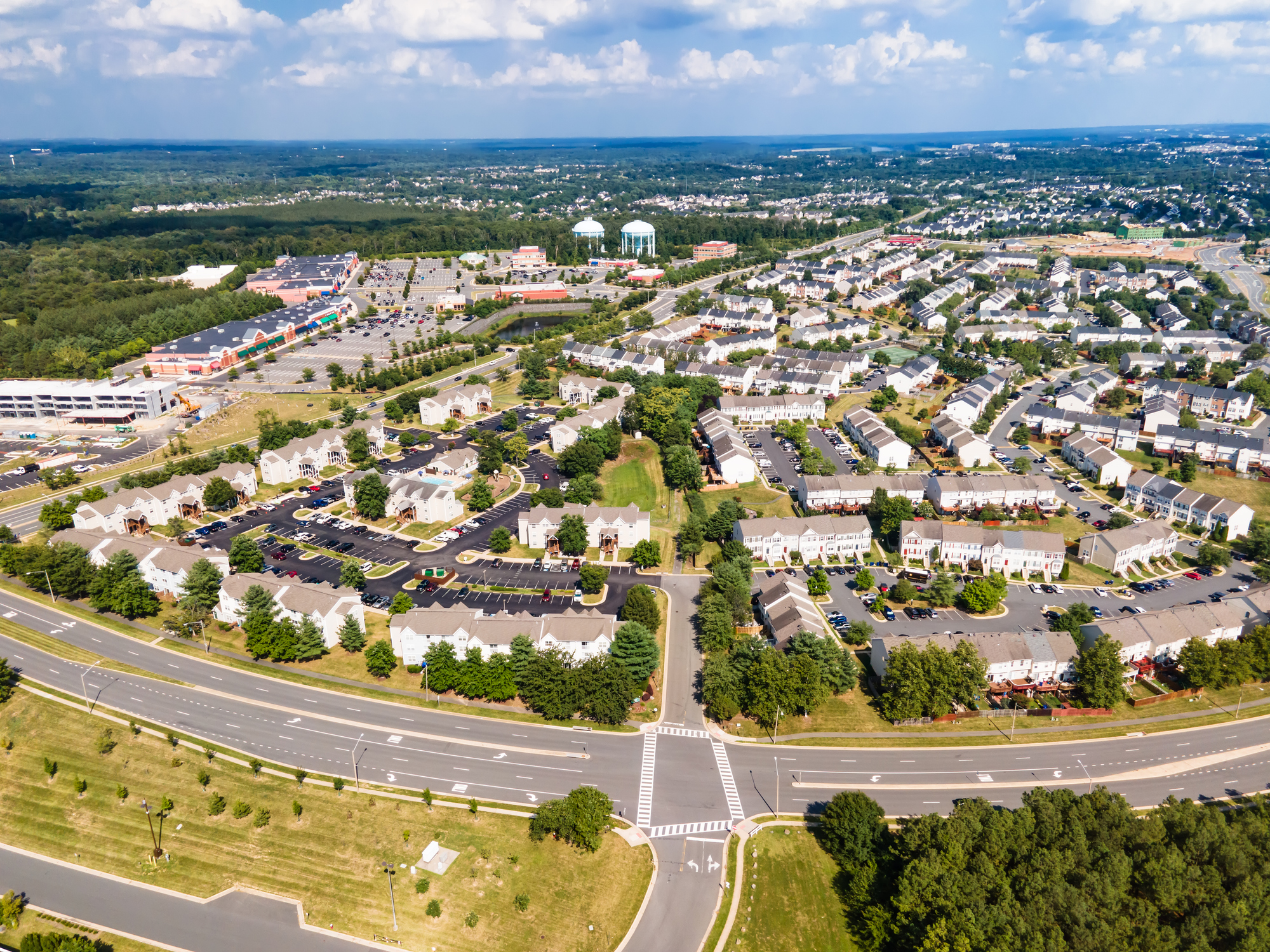 Dzień 16: 09:00-18:00
Dzień 16: 09:00-18:00Leesburg / USA
-
 Dzień 17:
Dzień 17:Dzień na morzu / Morze
-
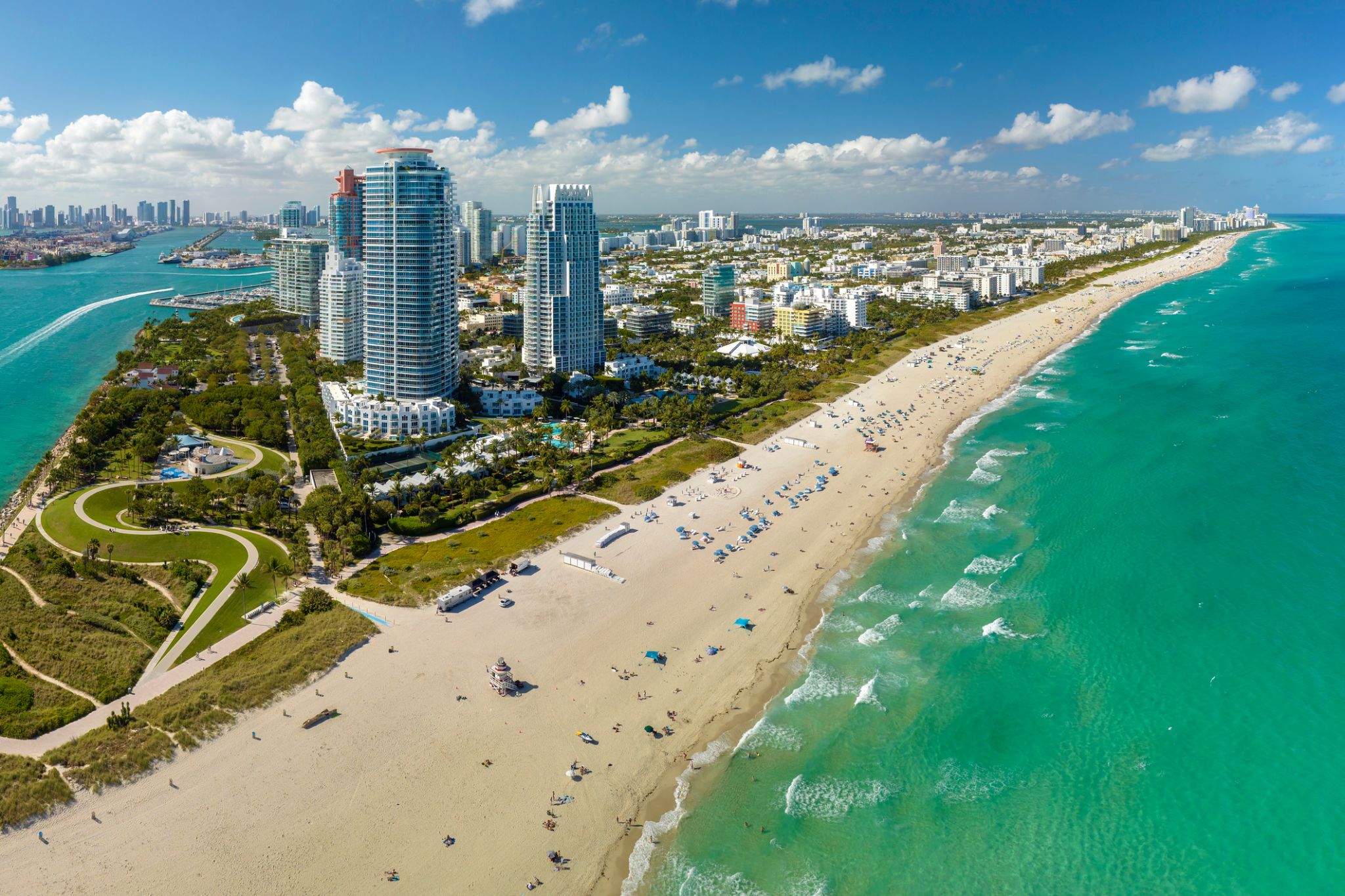 Dzień 18: 07:00-18:00
Dzień 18: 07:00-18:00Miami / USA
Miami, officially the City of Miami, is the cultural, economic and financial center of South Florida. Miami is the seat of Miami-Dade County, the most populous county in Florida. The city covers an area of about 56.6 square miles (147 km2), between the Everglades to the west and Biscayne Bay on the east; with a 2017 estimated population of 463,347, Miami is the sixth most densely populated major city in the United States. The Miami metropolitan area is home to 6.1 million people and the seventh-largest metropolitan area in the nation. Miami's metro area is the second-most populous metropolis in the southeastern United States and fourth-largest urban area in the U.S.
Miami is a major center, and a leader in finance, commerce, culture, media, entertainment, the arts, and international trade. The Miami Metropolitan Area is by far the largest urban economy in Florida and the 12th largest in the United States with a GDP of $344.9 billion as of 2017. In 2012, Miami was classified as an "Alpha−" level world city in the World Cities Study Group's inventory. In 2010, Miami ranked seventh in the United States and 33rd among global cities in terms of business activity, human capital, information exchange, cultural experience, and political engagement. In 2008, Forbes magazine ranked Miami "America's Cleanest City", for its year-round good air quality, vast green spaces, clean drinking water, clean streets, and citywide recycling programs. According to a 2009 UBS study of 73 world cities, Miami was ranked as the richest city in the United States, and the world's seventh-richest city in terms of purchasing power. Miami is nicknamed the "Capital of Latin America" and is the largest city with a Cuban-American plurality.
Greater Downtown Miami has one of the largest concentrations of international banks in the United States, and is home to many large national and international companies. The Civic Center is a major center for hospitals, research institutes, medical centers, and biotechnology industries. For more than two decades, the Port of Miami, known as the "Cruise Capital of the World", has been the number one cruise passenger port in the world. It accommodates some of the world's largest cruise ships and operations, and is the busiest port in both passenger traffic and cruise lines. Metropolitan Miami is also a major tourism hub in the southeastern U.S. for international visitors, ranking number two in the country after New York City.
-
 Dzień 19:
Dzień 19:Dzień na morzu / Morze
-
 Dzień 20:
Dzień 20:Dzień na morzu / Morze
-
 Dzień 21: 09:00-17:00
Dzień 21: 09:00-17:00Gustavia / Saint Bartholomew Island
-
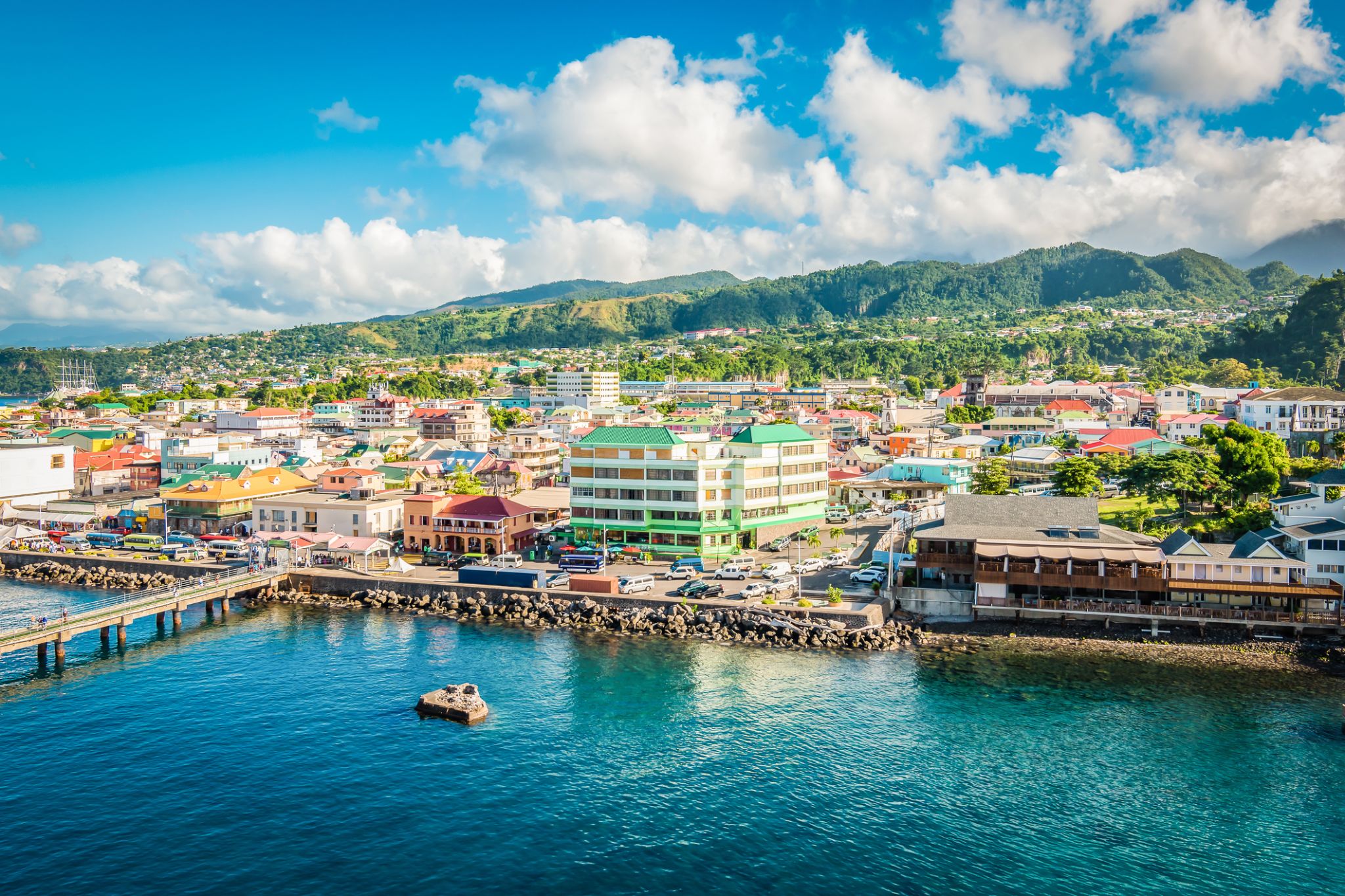 Dzień 22: 07:00-17:00
Dzień 22: 07:00-17:00Róża / Dominica
Dominica, officially the Commonwealth of Dominica, is an island country in the West Indies. The capital, Roseau, is located on the western side of the island. It is part of the Windward Islands in the Lesser Antilles archipelago in the Caribbean Sea. The island is located near Guadeloupe to the northwest and Martinique to the south-southeast. Its area is 750 km2 (290 sq mi), and the highest point is Morne Diablotins, at 1,447 m (4,747 ft) in elevation. The population was 71,293 at the 2011 census. The Commonwealth of Dominica is one of the Caribbean's few republics.
The island was originally inhabited by the Kalinago and later colonised by Europeans, predominantly by the French from the 1690s to 1763. Columbus is said to have passed the island on Sunday 3 November 1493, and the island's name is derived from the Latin for "Sunday". Great Britain took possession in 1763 after the Seven Years' War, and it gradually established English as its official language. The island republic gained independence in 1978.
Its name is pronounced with emphasis on the third syllable, related to its French name of Dominique. Dominica has been nicknamed the "Nature Isle of the Caribbean" for its natural environment. It is the youngest island in the Lesser Antilles, and in fact it is still being formed by geothermal-volcanic activity, as evidenced by the world's second-largest hot spring, called Boiling Lake. The island has lush mountainous rainforests, and it is the home of many rare plants, animals, and bird species. There are xeric areas in some of the western coastal regions, but heavy rainfall occurs inland. The Sisserou parrot, also known as the imperial amazon and found only on Dominica, is the island's national bird and featured on the national flag, which is one of only two national flags containing the color purple.
-
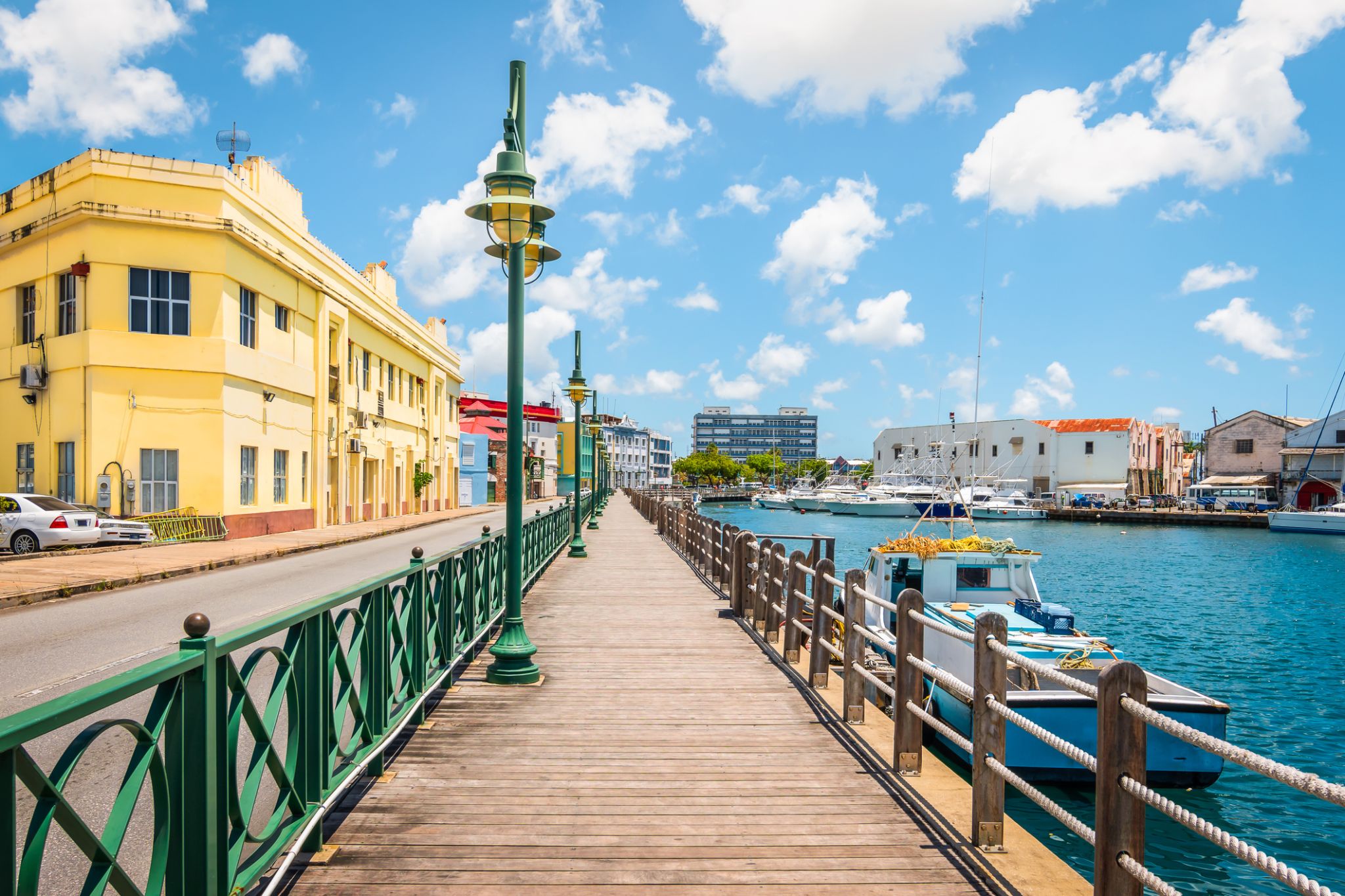 Dzień 23: 07:00-17:00
Dzień 23: 07:00-17:00Bridgetown / Barbados
Bridgetown to stolica i największe miasto Barbadosu. Dawniej znane jako „Miasto św. Michała” (The Town of Saint Michael), obszar Greater Bridgetown znajduje się w parafii św. Michała. Miejscowi czasami nazywają je „Miastem” (The City), ale najczęściej po prostu „Town”. W 2014 roku populacja aglomeracji wynosiła około 110 000 mieszkańców.
Port Bridgetown znajduje się w zatoce Carlisle (13.106°N 59.632°W) na południowo-zachodnim wybrzeżu wyspy. Części obszaru Greater Bridgetown, ogólnie zdefiniowane przez obwodnicę (ABC Highway), leżą blisko granic sąsiednich parafii Christ Church i St. James. Międzynarodowe lotnisko Grantley Adams znajduje się 16 kilometrów na południowy wschód od centrum Bridgetown i oferuje codzienne loty do głównych miast Wielkiej Brytanii, USA, Kanady i Karaibów. Obecnie nie ma już lokalnych władz miejskich; Bridgetown jest okręgiem wyborczym w parlamencie krajowym. W latach 50. i 60. XX wieku, podczas istnienia Federacji Brytyjskich Terytoriów Indyjskich, Bridgetown było jednym z trzech miast rozważanych jako możliwa stolica federacji.
Obecna lokalizacja miasta została założona przez angielskich osadników w 1628 roku; wcześniejsza osada pod nadzorem Sir Williama Courtena znajdowała się w St. James Town. Bridgetown jest ważnym celem turystycznym na Karaibach, a także znaczącym centrum finansowym, informatycznym, konferencyjnym i portem dla statków wycieczkowych. 25 czerwca 2011 roku „Historyczne Bridgetown i jego garnizon” zostały wpisane na listę światowego dziedzictwa UNESCO.
-
 Dzień 24:
Dzień 24:Dzień na morzu / Morze
-
 Dzień 25: 10:00-17:00
Dzień 25: 10:00-17:00Devil’s Point / Bahamy
-
 Dzień 26:
Dzień 26:Dzień na morzu / Morze
-
 Dzień 27: 08:00-16:00
Dzień 27: 08:00-16:00Belen / Brazylia
-
 Dzień 28:
Dzień 28:Dzień na morzu / Morze
-
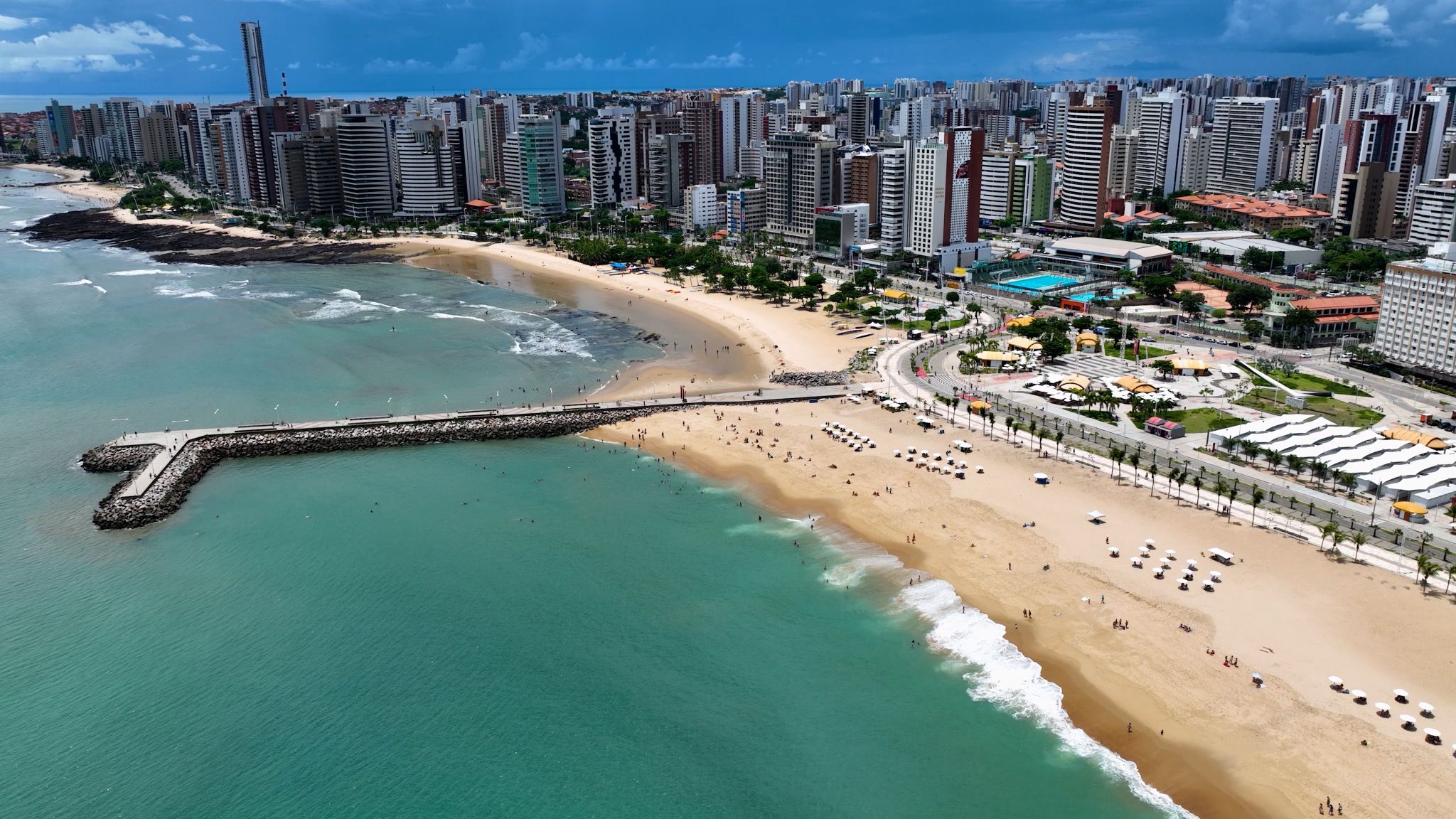 Dzień 29: 11:00-20:00
Dzień 29: 11:00-20:00Fortaleza / Brazylia
Fortaleza is the capital of the state of Ceará, which is located in the northeast of Brazil. Translated from Portuguese, "Fortaleza" means "fortress." As the fifth-largest city in Brazil, it is also considered one of the most important cities in the region. Visiting Fortaleza, you can admire many famous buildings, such as the José de Alencar Theater, the Fortaleza Cathedral, the Palácio da Luz, and many other fascinating places. Like all cities in Brazil, Fortaleza delights its guests with a special energy and cheerfulness.
-
 Dzień 30:
Dzień 30:Dzień na morzu / Morze
-
 Dzień 31:
Dzień 31:Dzień na morzu / Morze
-
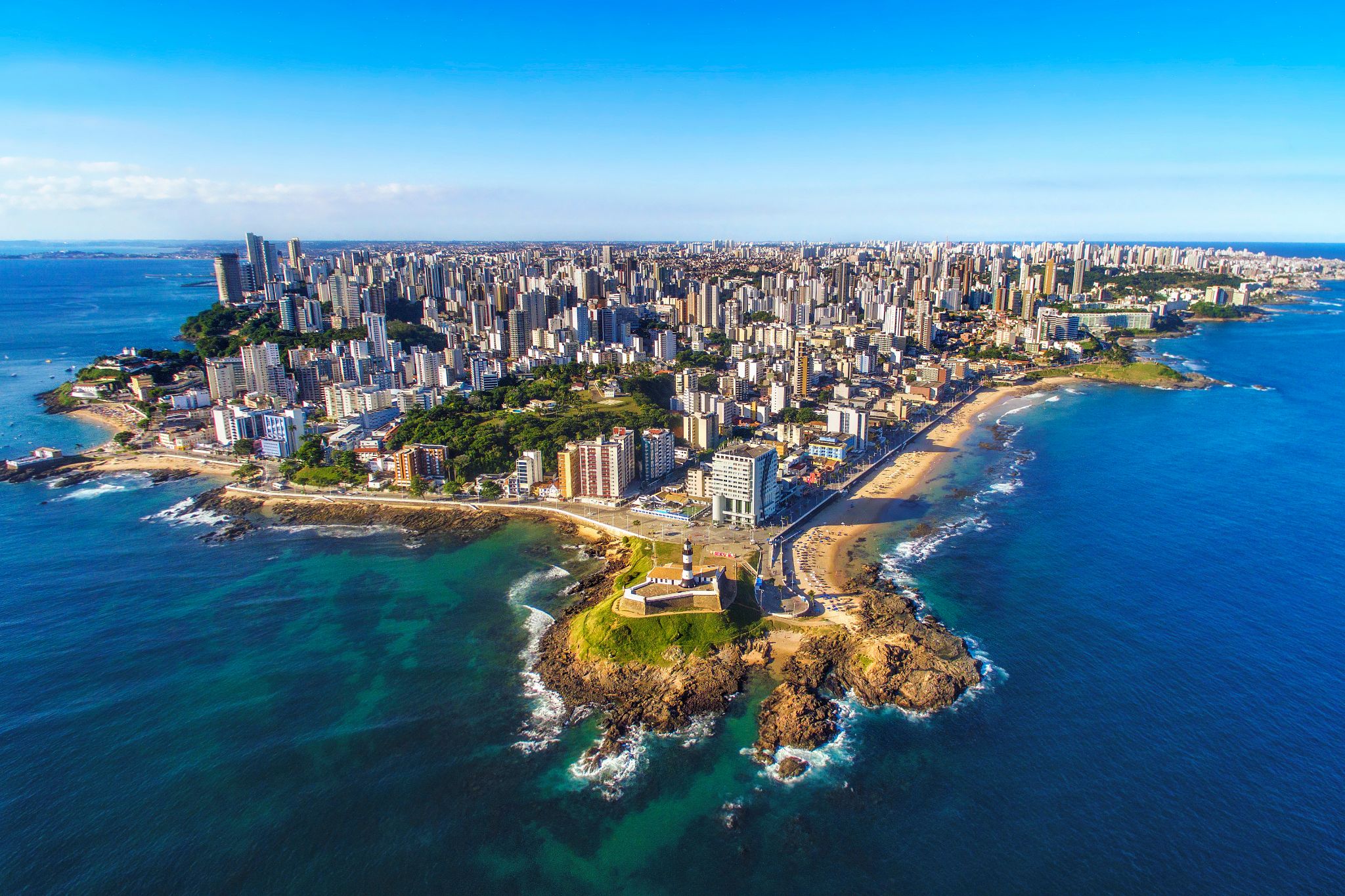 Dzień 32: 07:00-18:00
Dzień 32: 07:00-18:00Salwador / Brazylia
Salvador is the capital of Bahia state and was formerly the first capital of Brazil. Salvador is known for its endless number of churches, as well as for being a land of majestic fortresses. After visiting these places, it is also worth taking a look at the Chapada Diamantina National Park – the most interesting natural park in Brazil. In Salvador, there reigns an atmosphere of joy, revelry, and holidays – this is due to the fact that the local population was influenced by Africa. In Salvador, you can always admire the natural beauty of this area. You will be enchanted by the sensuality of this land, and you will be able to discover a piece of its mysterious power.
-
 Dzień 33:
Dzień 33:Dzień na morzu / Morze
-
 Dzień 34: 10:00-19:00
Dzień 34: 10:00-19:00Armacao dos Buzios / Brazylia
Armação dos Búzios, często nazywane po prostu Búzios, to nadmorskie miasteczko i gmina w stanie Rio de Janeiro w Brazylii. W 2012 roku liczyło 23 463 mieszkańców i zajmowało powierzchnię 69 km². Dziś Búzios jest popularnym miejscem wypoczynku, szczególnie wśród Brazylijczyków i Argentyńczyków.
Na początku XX wieku Búzios było niemal nieznaną wioską rybacką. Pozostało takie aż do 1964 roku, kiedy to francuska aktorka Brigitte Bardot odwiedziła Búzios. Od tego czasu miejsce to stało się popularne wśród wyższych sfer Rio de Janeiro, pragnących uciec od miejskiego zgiełku i cieszyć się ponad 23 plażami, które oferuje półwysep. Miasto rozwinęło się w międzynarodowy cel turystyczny.
Dziś półwysep oferuje spokój, bezpośredni kontakt z naturą i malownicze widoki. Plaże po zachodniej stronie oferują spokojne, przejrzyste wody, podczas gdy te po wschodniej stronie, zwrócone ku otwartemu morzu, są bardziej dzikie i przyciągają surferów oraz entuzjastów sportów wodnych. Azeda, Ferradura, João Fernandes i Armação to jedne z najpopularniejszych plaż w mieście. Wieczorem główna ulica Búzios, Rua das Pedras, oferuje aktywne życie nocne oraz szeroki wybór sklepów i restauracji.
-
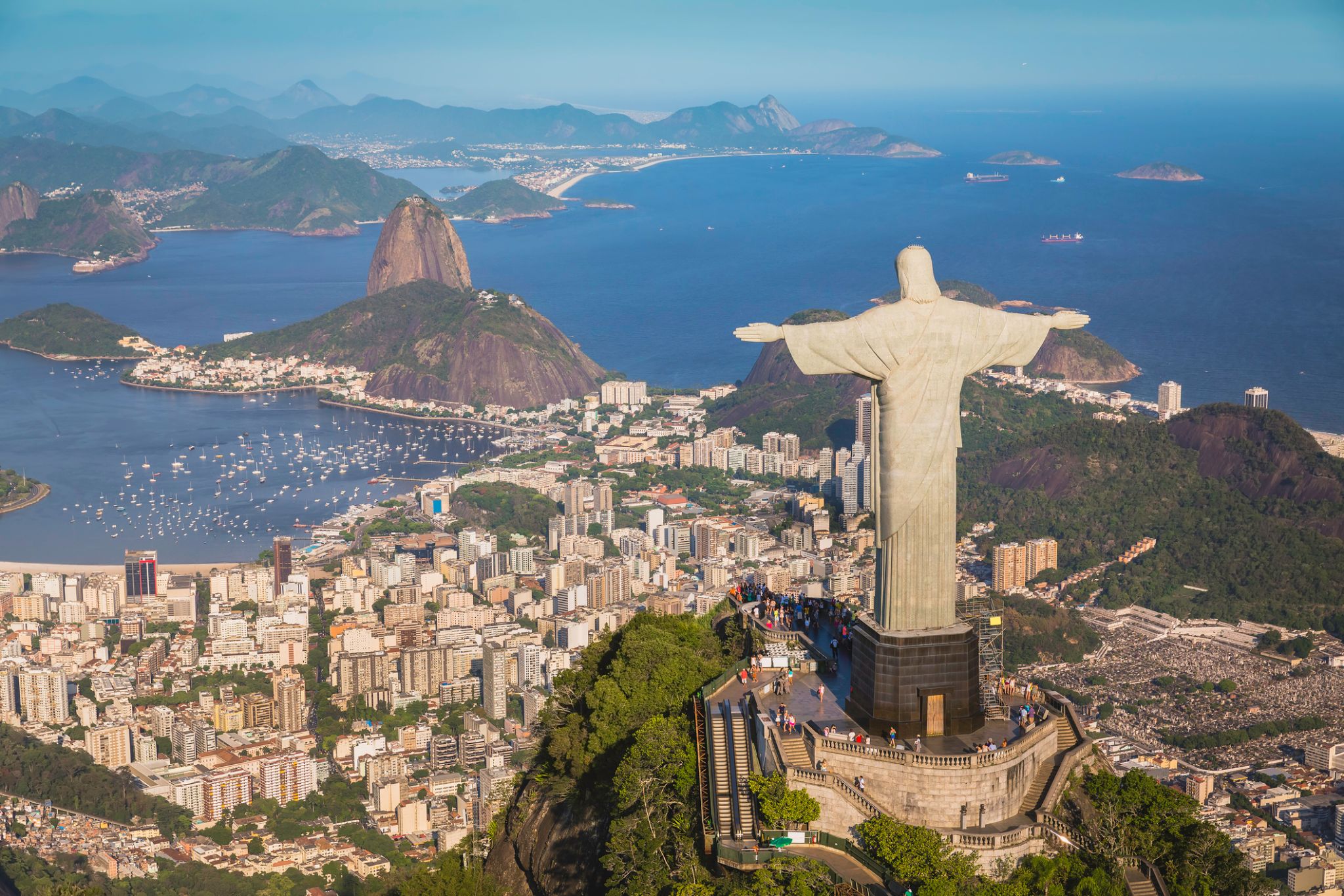 Dzień 35: 08:00
Dzień 35: 08:00Rio de Janeiro / Brazylia
Rio de Janeiro is the second-most populous municipality in Brazil and the sixth-most populous in the Americas. The metropolis is anchor to the Rio de Janeiro metropolitan area, the second-most populous metropolitan area in Brazil and sixth-most populous in the Americas. Rio de Janeiro is the capital of the state of Rio de Janeiro, Brazil's third-most populous state. Part of the city has been designated as a World Heritage Site, named "Rio de Janeiro: CariocaLandscapes between the Mountain and the Sea", by UNESCO on 1 July 2012 as a Cultural Landscape.
Founded in 1565 by the Portuguese, the city was initially the seat of the Captaincy of Rio de Janeiro, a domain of the Portuguese Empire. Later, in 1763, it became the capital of the State of Brazil, a state of the Portuguese Empire. In 1808, when the Portuguese Royal Court transferred itself from Portugal to Brazil, Rio de Janeiro became the chosen seat of the court of Queen Maria I of Portugal, who subsequently, in 1815, under the leadership of her son, the Prince Regent, and future King João VI of Portugal, raised Brazil to the dignity of a kingdom, within the United Kingdom of Portugal, Brazil, and Algarves. Rio stayed the capital of the pluricontinental Lusitanian monarchy until 1822, when the War of Brazilian Independence began. This is one of the few instances in history that the capital of a colonising country officially shifted to a city in one of its colonies. Rio de Janeiro subsequently served as the capital of the independent monarchy, the Empire of Brazil, until 1889, and then the capital of a republican Brazil until 1960 when the capital was transferred to Brasília.
-
 Dzień 36:
Dzień 36:Rio de Janeiro / Brazylia
Rio de Janeiro is the second-most populous municipality in Brazil and the sixth-most populous in the Americas. The metropolis is anchor to the Rio de Janeiro metropolitan area, the second-most populous metropolitan area in Brazil and sixth-most populous in the Americas. Rio de Janeiro is the capital of the state of Rio de Janeiro, Brazil's third-most populous state. Part of the city has been designated as a World Heritage Site, named "Rio de Janeiro: CariocaLandscapes between the Mountain and the Sea", by UNESCO on 1 July 2012 as a Cultural Landscape.
Founded in 1565 by the Portuguese, the city was initially the seat of the Captaincy of Rio de Janeiro, a domain of the Portuguese Empire. Later, in 1763, it became the capital of the State of Brazil, a state of the Portuguese Empire. In 1808, when the Portuguese Royal Court transferred itself from Portugal to Brazil, Rio de Janeiro became the chosen seat of the court of Queen Maria I of Portugal, who subsequently, in 1815, under the leadership of her son, the Prince Regent, and future King João VI of Portugal, raised Brazil to the dignity of a kingdom, within the United Kingdom of Portugal, Brazil, and Algarves. Rio stayed the capital of the pluricontinental Lusitanian monarchy until 1822, when the War of Brazilian Independence began. This is one of the few instances in history that the capital of a colonising country officially shifted to a city in one of its colonies. Rio de Janeiro subsequently served as the capital of the independent monarchy, the Empire of Brazil, until 1889, and then the capital of a republican Brazil until 1960 when the capital was transferred to Brasília.
-
 Dzień 37: 18:00
Dzień 37: 18:00Rio de Janeiro / Brazylia
Rio de Janeiro is the second-most populous municipality in Brazil and the sixth-most populous in the Americas. The metropolis is anchor to the Rio de Janeiro metropolitan area, the second-most populous metropolitan area in Brazil and sixth-most populous in the Americas. Rio de Janeiro is the capital of the state of Rio de Janeiro, Brazil's third-most populous state. Part of the city has been designated as a World Heritage Site, named "Rio de Janeiro: CariocaLandscapes between the Mountain and the Sea", by UNESCO on 1 July 2012 as a Cultural Landscape.
Founded in 1565 by the Portuguese, the city was initially the seat of the Captaincy of Rio de Janeiro, a domain of the Portuguese Empire. Later, in 1763, it became the capital of the State of Brazil, a state of the Portuguese Empire. In 1808, when the Portuguese Royal Court transferred itself from Portugal to Brazil, Rio de Janeiro became the chosen seat of the court of Queen Maria I of Portugal, who subsequently, in 1815, under the leadership of her son, the Prince Regent, and future King João VI of Portugal, raised Brazil to the dignity of a kingdom, within the United Kingdom of Portugal, Brazil, and Algarves. Rio stayed the capital of the pluricontinental Lusitanian monarchy until 1822, when the War of Brazilian Independence began. This is one of the few instances in history that the capital of a colonising country officially shifted to a city in one of its colonies. Rio de Janeiro subsequently served as the capital of the independent monarchy, the Empire of Brazil, until 1889, and then the capital of a republican Brazil until 1960 when the capital was transferred to Brasília.
-
 Dzień 38: 07:00-18:00
Dzień 38: 07:00-18:00Wielka Wyspa Ilha Grande / Brazylia
Wśród szmaragdowych fal u wybrzeży Brazylii kryje się Ilha Grande, która zachwyca dziką naturą i prawdziwym duchem przygody. Ta wyspa w stanie Rio de Janeiro niegdyś pełniła funkcję więzienia i kolonii dla trędowatych, a dziś jest idealnym miejscem dla tych, którzy chcą uciec od miejskiego zgiełku. Nie ma tu samochodów – zamiast dróg są ścieżki prowadzące przez dżunglę do plaż z białym piaskiem, krystalicznych lagun i wodospadów ukrytych w tropikalnym lesie.
Podróżni mogą odkrywać ponad 100 plaż, w tym słynną Lopes Mendes – uznawaną za jedną z najpiękniejszych na świecie. Rejsy do opuszczonych więzień, nurkowanie przy wrakach statków oraz wędrówki przez lasy Atlantyckie oferują niezliczone możliwości aktywnego wypoczynku. Ilha Grande to nie tylko kurort, ale żywe muzeum przyrody i historii, gdzie każdy krok przynosi coś nowego.
-
 Dzień 39: 07:00-18:00
Dzień 39: 07:00-18:00Santos / Brazylia
-
 Dzień 40: 09:00-18:00
Dzień 40: 09:00-18:00Porto Belo / Brazylia
-
 Dzień 41:
Dzień 41:Dzień na morzu / Morze
-
 Dzień 42: 07:00-16:00
Dzień 42: 07:00-16:00Rio Grande - Rio Grande do Sul / Brazylia
-
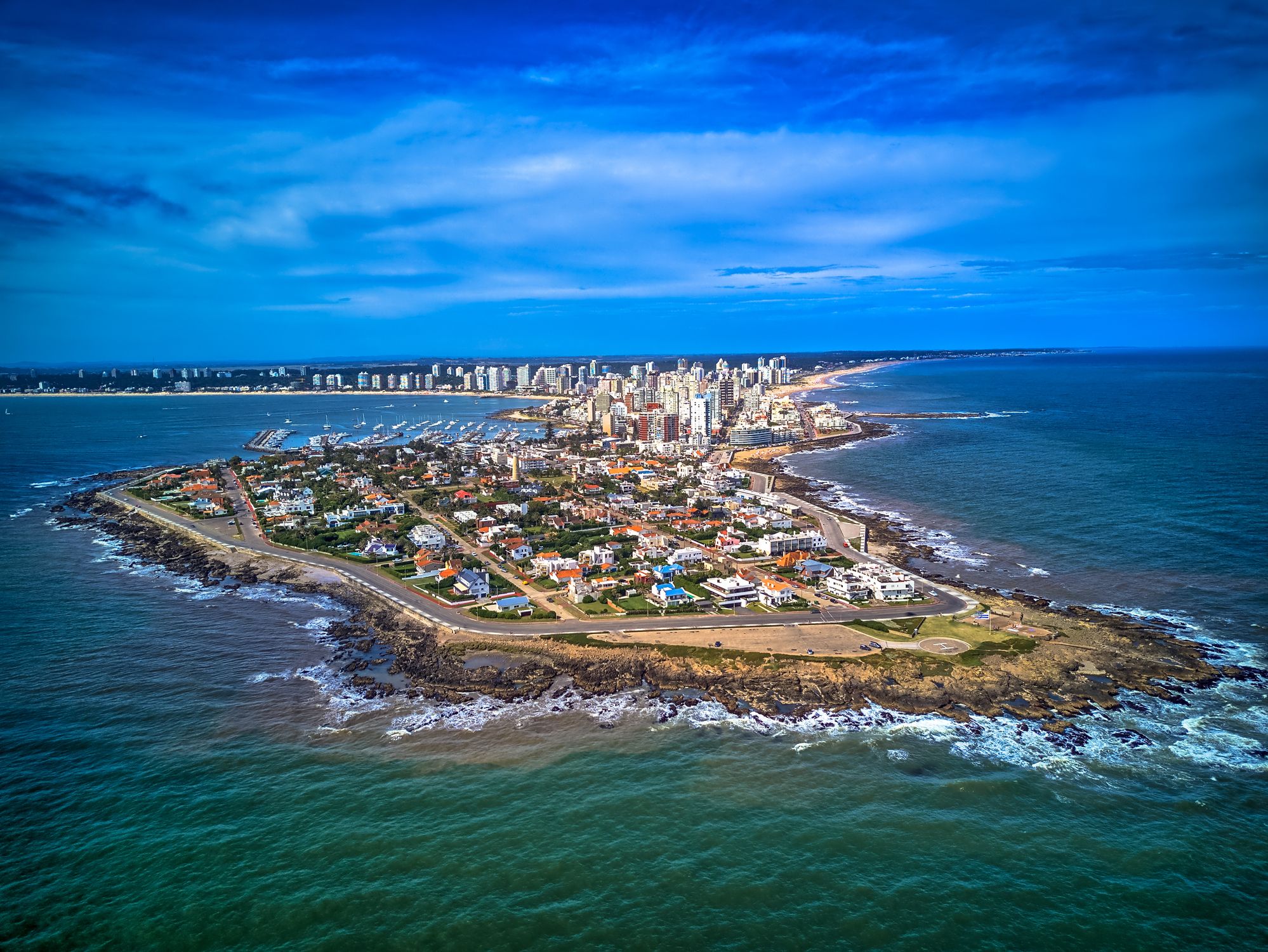 Dzień 43: 08:00-18:00
Dzień 43: 08:00-18:00Punta del Este / Uruguay
Punta del Este — urugwajski kurort nad Atlantykiem
Punta del Este to jeden z najsłynniejszych kurortów Ameryki Południowej, położony na południowym wybrzeżu Urugwaju, gdzie spotykają się wody Oceanu Atlantyckiego i estuarium La Platy. Miasto słynie z kontrastów — luksusowe dzielnice z nowoczesnymi wieżowcami, jachtami i wykwintnymi restauracjami sąsiadują z cichymi, piaszczystymi plażami, malowniczymi wydmami i falami idealnymi do surfowania. Nazywane jest „Monako Ameryki Południowej” ze względu na swoją luksusową infrastrukturę i popularność wśród międzynarodowych celebrytów.
Poza plażami, Punta del Este oferuje wiele atrakcji kulturalnych i przyrodniczych: rzeźba „La Mano”, która stała się symbolem miasta, muzeum sztuki współczesnej Ralli oraz pobliskie wyspy z fokami. Warto też odwiedzić artystyczną dzielnicę La Barra lub podziwiać zachód słońca przy latarni morskiej. W sezonie letnim (grudzień–luty) miasto tętni życiem, przyciągając turystów z całego świata szukających słońca, komfortu i dynamicznego życia nocnego.
-
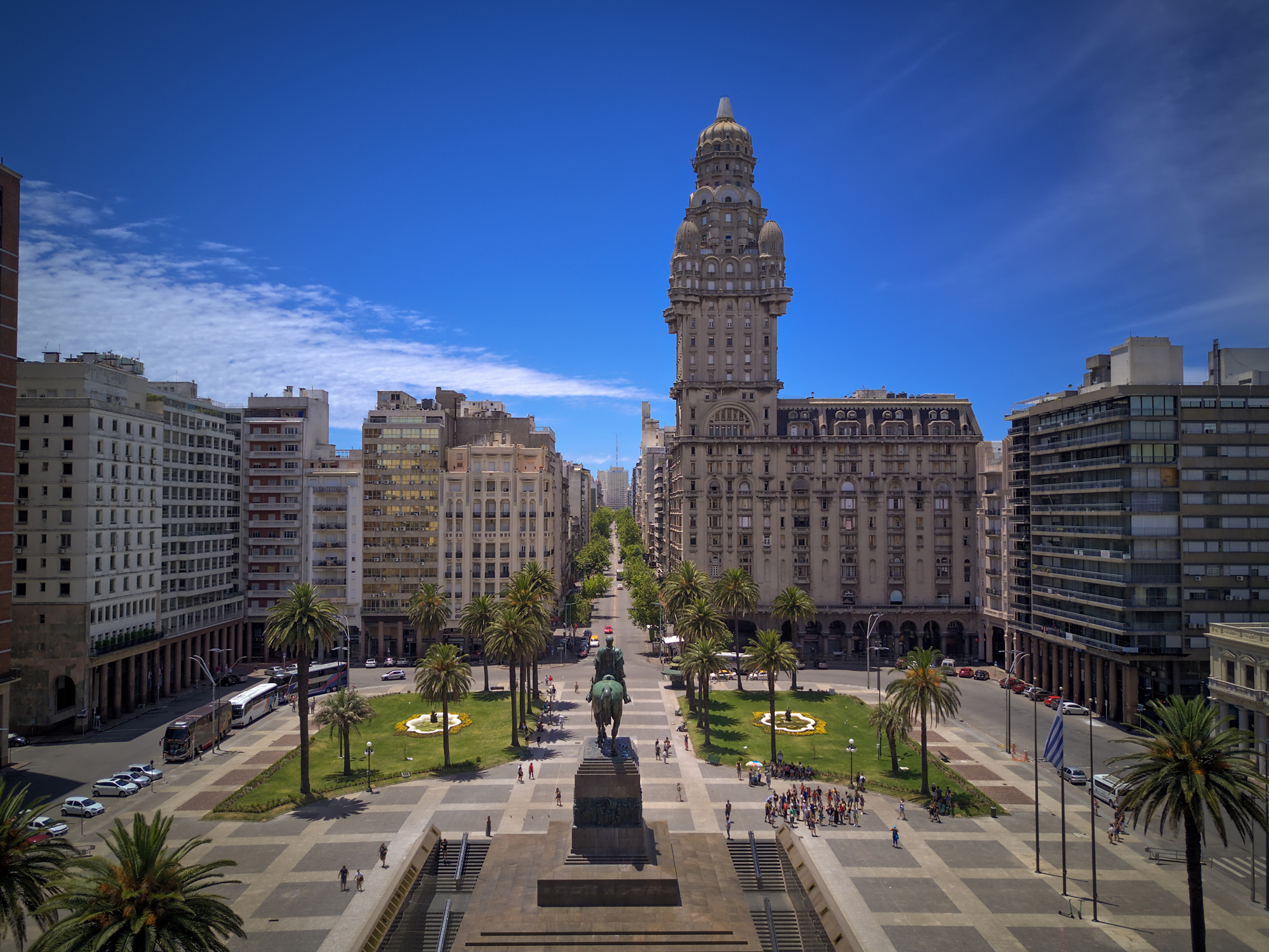 Dzień 44: 07:00-20:00
Dzień 44: 07:00-20:00Montevideo / Uruguay
Montevideo is the capital and largest city of Uruguay. According to the 2011 census, the city proper has a population of 1,319,108 (about one-third of the country's total population) in an area of 201 square kilometres (78 sq mi). The southernmost capital city in the Americas, Montevideo is situated on the southern coast of the country, on the northeastern bank of the Río de la Plata.
The city was established in 1724 by a Spanish soldier, Bruno Mauricio de Zabala, as a strategic move amidst the Spanish-Portuguese dispute over the platine region. It was also under brief British rule in 1807. Montevideo is the seat of the administrative headquarters of Mercosur and ALADI, Latin America’s leading trade blocs, a position that entailed comparisons to the role of Brussels in Europe.
-
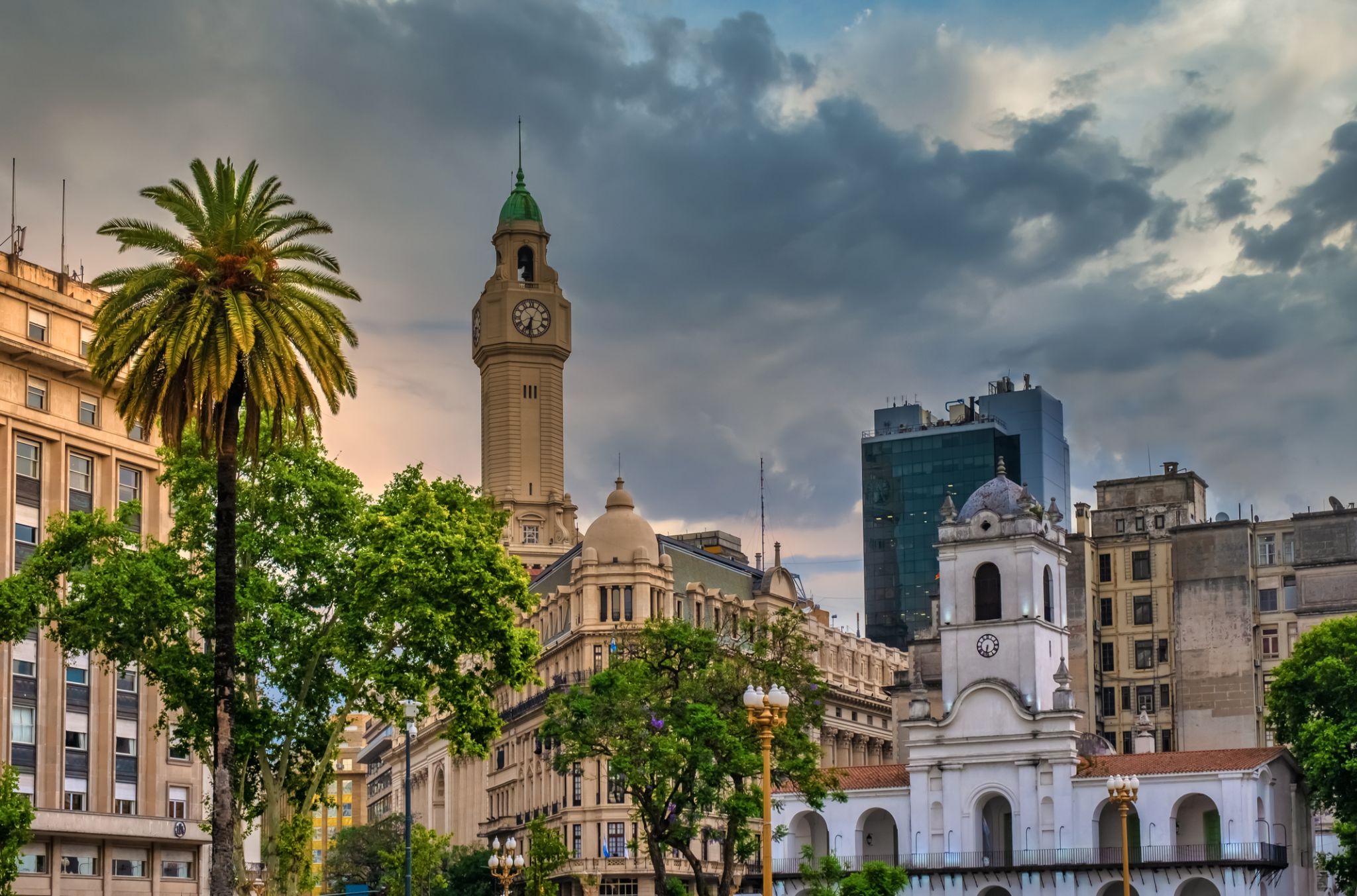 Dzień 45: 08:00
Dzień 45: 08:00Buenos Aires / Argentyna
the capital city and chief port of Argentina, in the eastern central part of the country, on the Plata River; population 3,042,600 (est. 2008).
-
 Dzień 46: 18:00
Dzień 46: 18:00Buenos Aires / Argentyna
the capital city and chief port of Argentina, in the eastern central part of the country, on the Plata River; population 3,042,600 (est. 2008).
-
 Dzień 47: 07:00-18:00
Dzień 47: 07:00-18:00Montevideo / Uruguay
Montevideo is the capital and largest city of Uruguay. According to the 2011 census, the city proper has a population of 1,319,108 (about one-third of the country's total population) in an area of 201 square kilometres (78 sq mi). The southernmost capital city in the Americas, Montevideo is situated on the southern coast of the country, on the northeastern bank of the Río de la Plata.
The city was established in 1724 by a Spanish soldier, Bruno Mauricio de Zabala, as a strategic move amidst the Spanish-Portuguese dispute over the platine region. It was also under brief British rule in 1807. Montevideo is the seat of the administrative headquarters of Mercosur and ALADI, Latin America’s leading trade blocs, a position that entailed comparisons to the role of Brussels in Europe.
-
 Dzień 48:
Dzień 48:Dzień na morzu / Morze
-
 Dzień 49:
Dzień 49:Dzień na morzu / Morze
-
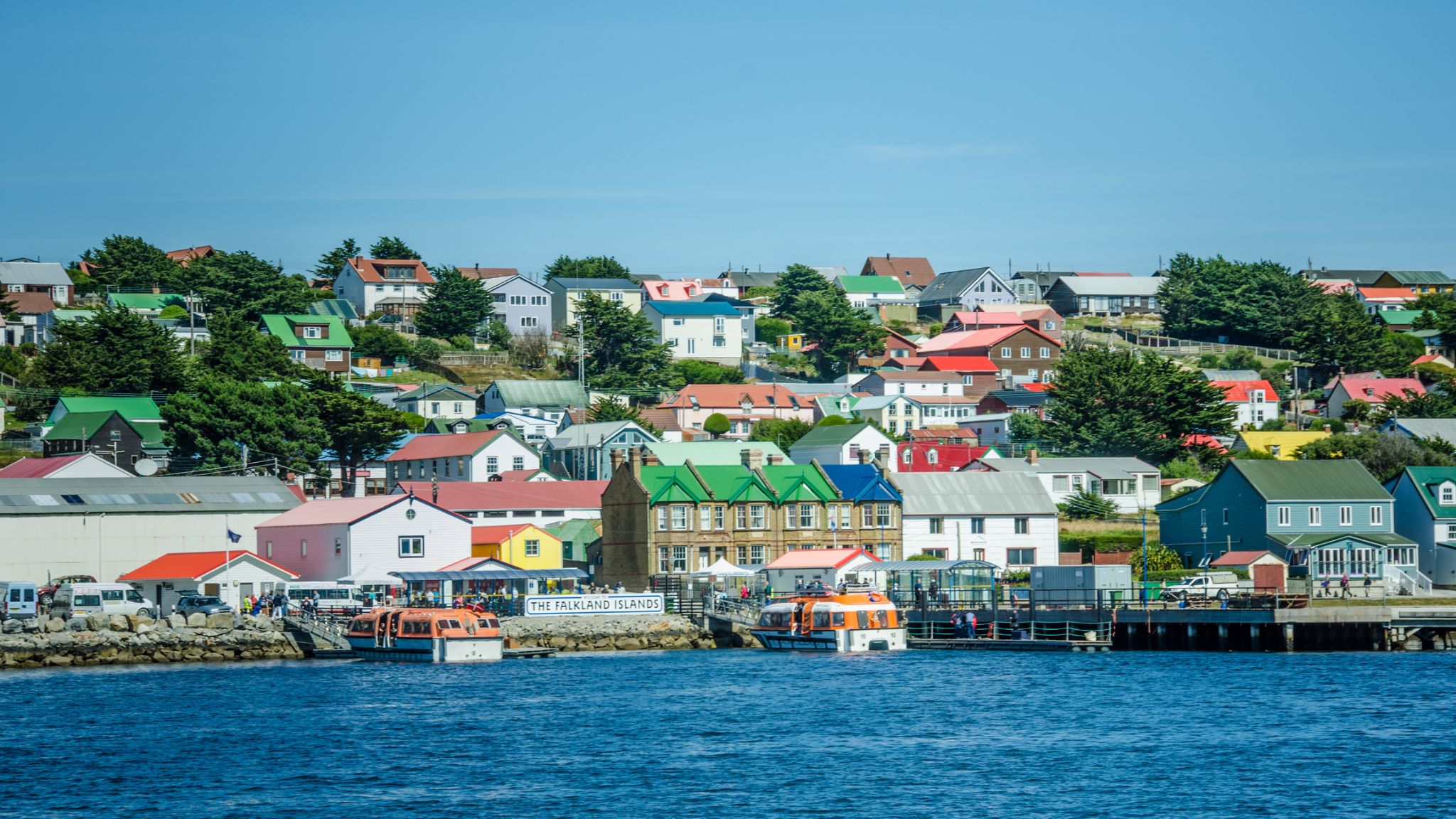 Dzień 50: 07:00-18:00
Dzień 50: 07:00-18:00Port Stanley, Falklandy / Falkland islands
Stanley is the capital of the Falkland Islands. It is located on the island of East Falkland, on a north-facing slope in one of the wettest parts of the islands. At the 2016 census, the town had a population of 2,460 the entire population of the Falkland Islands was 3,398 on Census Day on 9 October 2016
Stanley is represented by five members of the Legislative Assembly of the Falkland Islands, currently Stacy Bragger, Barry Elsby, Mark Pollard, Roger Spink and Leona Vidal Roberts.
Stanley is the main shopping centre on the islands and the hub of East Falkland's road network. Attractions include the Falkland Islands Museum, Government House – built in 1845 and home to the Governor of the Falkland Islands – and a golf course, as well as a whale-bone arch, a totem pole, several war memorials and the shipwrecks in its harbour. The Falkland Islands Company owns several shops. Stanley has four pubs, 11 hotels and guesthouses, three restaurants, a fish and chip shop and the main tourist office. There are three churches, including the Anglican Christ Church Cathedral, the southernmost Anglican cathedral in the world, and the Roman Catholic St. Mary's Church. A bomb disposal unit in the town is a legacy of the Falklands War.
The town hall serves as a post office, philatelic bureau, law court and dance hall. The police station also contains the islands' only prison, with a capacity of 13 in the cells.
The community centre includes a swimming pool (the only public one in the islands), a sports centre, library, and school. A grass football pitch is located by the community centre and hosts regular games.
Stanley Racecourse, located on the west side of Stanley, holds a two-day horse racing meeting every year on 26 and 27 December. The Christmas races have been held here for over 100 years.
Stanley Golf Course has an 18-hole course and a club house. It is also located to the west of Stanley.
King Edward VII Memorial Hospital is the islands' main hospital, with doctors' practice and surgery, radiology department, dental surgery and emergency facilities.
Several bus and taxi companies operate out of Stanley.
Stanley is also home to the Falkland Islands Radio Station (FIRS), the Stanley office of the British Antarctic Survey, and the office of the weekly Penguin News newspaper.
A nursery and garden centre is also here, in whose greenhouses some of the islands' vegetables are grown.
-
 Dzień 51:
Dzień 51:Dzień na morzu / Morze
-
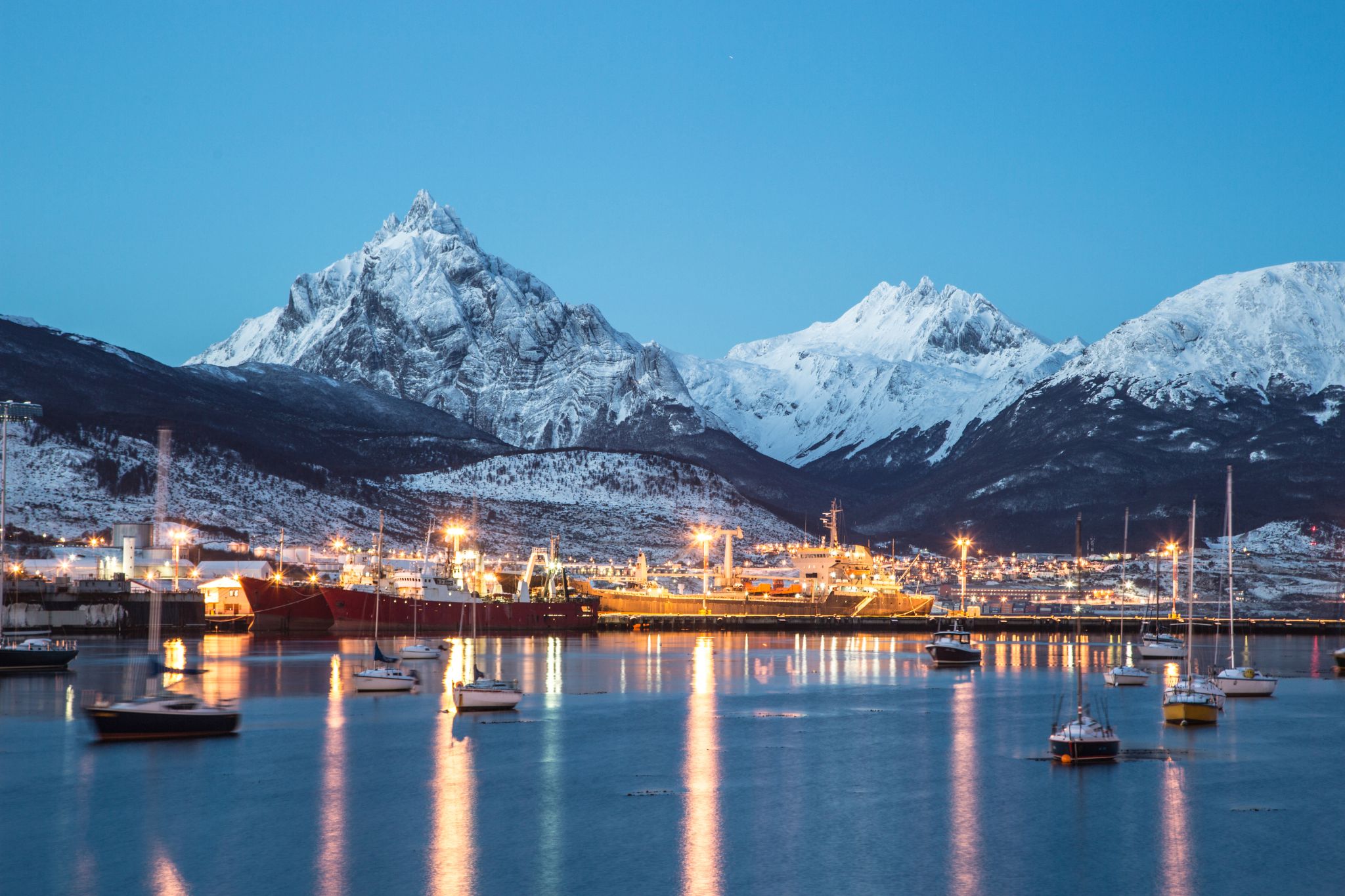 Dzień 52: 07:00-16:00
Dzień 52: 07:00-16:00Ushuaia / Argentyna
Ushuaia is the capital of Tierra del Fuego, Antártida e Islas del Atlántico Sur Province, Argentina. It is commonly regarded as the southernmost city in the world. Ushuaia is located in a wide bay on the southern coast of Isla Grande de Tierra del Fuego, bounded on the north by the Martial mountain range, and on the south by the Beagle Channel. It is the only municipality in the Department of Ushuaia, which has an area of 9,390 km2 (3,625 sq mi). It was founded October 12 of 1884 by Augusto Lasserreand is located on the shores of the Beagle Channel surrounded by the mountain range of the Martial Glacier, in the Bay of Ushuaia. Besides being an administrative center, it is a light industrial port and tourist hub.
-
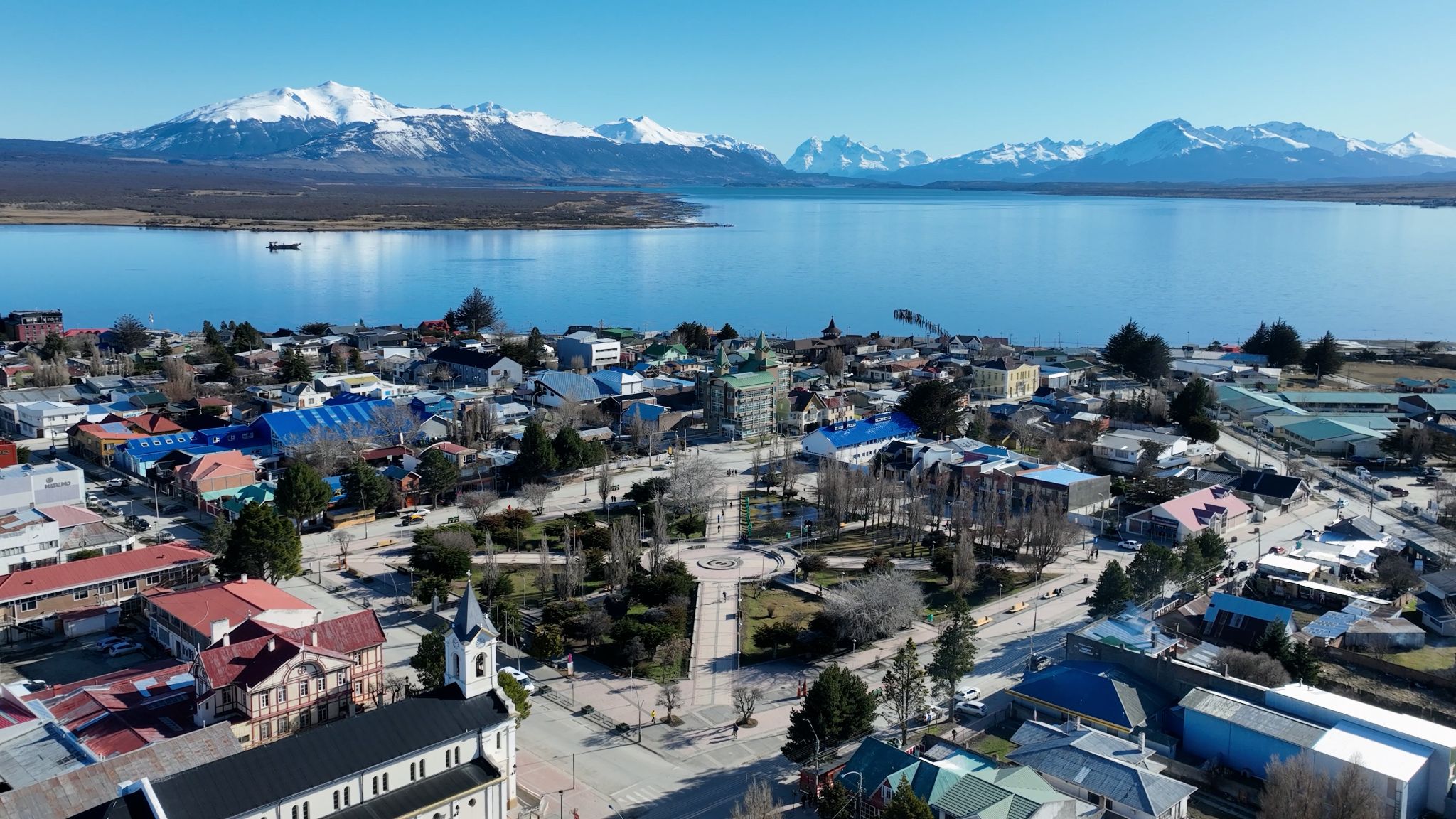 Dzień 53: 09:00-18:00
Dzień 53: 09:00-18:00Punta Arenas / Chile
-
 Dzień 54:
Dzień 54:Dzień na morzu / Morze
-
 Dzień 55:
Dzień 55:Dzień na morzu / Morze
-
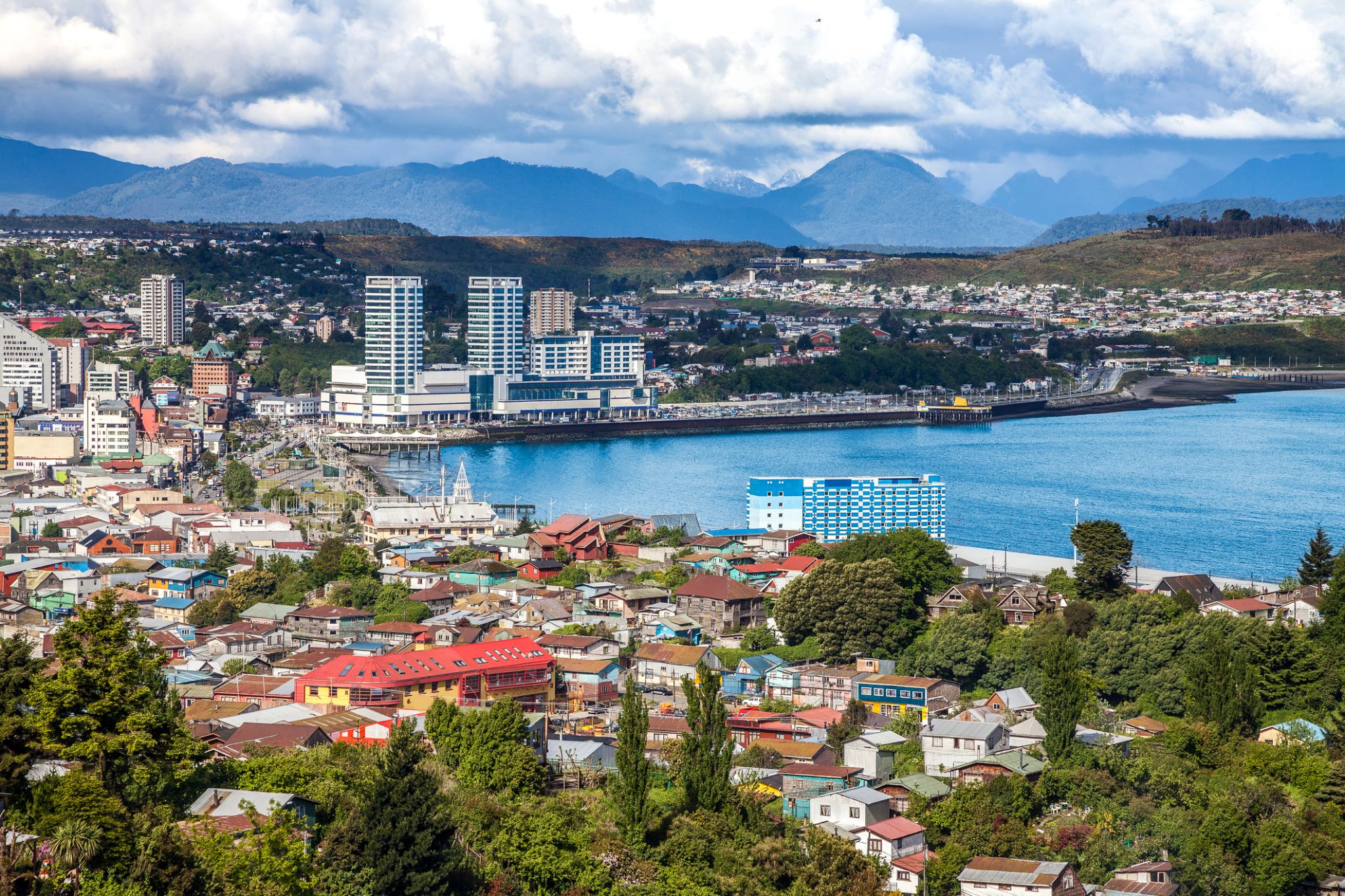 Dzień 56: 08:00-16:00
Dzień 56: 08:00-16:00Puerto Montt / Chile
Puerto Montt is a port city and commune in southern Chile, located at the northern end of the Reloncaví Sound in the Llanquihue Province, Los Lagos Region, 1,055 km to the south of the capital, Santiago. The commune spans an area of 1,673 km2 (646 sq mi) and has a population of 245,902 in 2017. It is bounded by the communes of Puerto Varas to the north, Cochamó to the east and southeast, Calbuco to the southwest and Maullín and Los Muermos to the west.
Founded as late as 1853 during the German colonization of southern Chile, Puerto Montt soon outgrew older neighboring cities due to its strategic position at the southern end of the Chilean Central Valley being a gateway city into Chiloé Archipelago, Llanquihue and Nahuel Huapi lakes and Western Patagonia.
Puerto Montt has gained renown and grown significantly due to the rise of Chile as the second largest salmon producer of the world during the 1990s and 2000s. However, the Chilean salmon aquaculture crisis of the late 2000s resulted at least temporarily in severe unemployment and exposed weaknesses in the local economy. The city's cultural heritage mixes elements of Chiloé culture with German heritage although the city has attracted a significant number of newcomers from all over Chile in the last 30 years due to employment opportunities.
-
 Dzień 57:
Dzień 57:Dzień na morzu / Morze
-
 Dzień 58: 08:00-17:00
Dzień 58: 08:00-17:00Santiago de Chile
-
 Dzień 59: 08:00-17:00
Dzień 59: 08:00-17:00Coquimbo / Chile
Coquimbo is a port city, commune and capital of the Elqui Province, located on the Pan-American Highway, in the Coquimbo Region of Chile. Coquimbo is situated in a valley 10 km (6 mi) south of La Serena, with which it forms Greater La Serena with more than 400,000 inhabitants. The commune spans an area around the harbor of 1,429.3 km2 (552 sq mi). The average temperature in the city lies around 14 °C (57 °F), and precipitation is low.
-
 Dzień 60:
Dzień 60:Dzień na morzu / Morze
-
 Dzień 61: 08:00-18:00
Dzień 61: 08:00-18:00Iquique
-
 Dzień 62:
Dzień 62:Dzień na morzu / Morze
-
 Dzień 63: 07:00-19:00
Dzień 63: 07:00-19:00LINIE PISCO NAZCA
-
 Dzień 64: 06:00-17:00
Dzień 64: 06:00-17:00ZDJĘCIA Z PIĘCIU DNI
-
 Dzień 65: 10:00-19:00
Dzień 65: 10:00-19:00Salaverry / Peru
-
 Dzień 66:
Dzień 66:Dzień na morzu / Morze
-
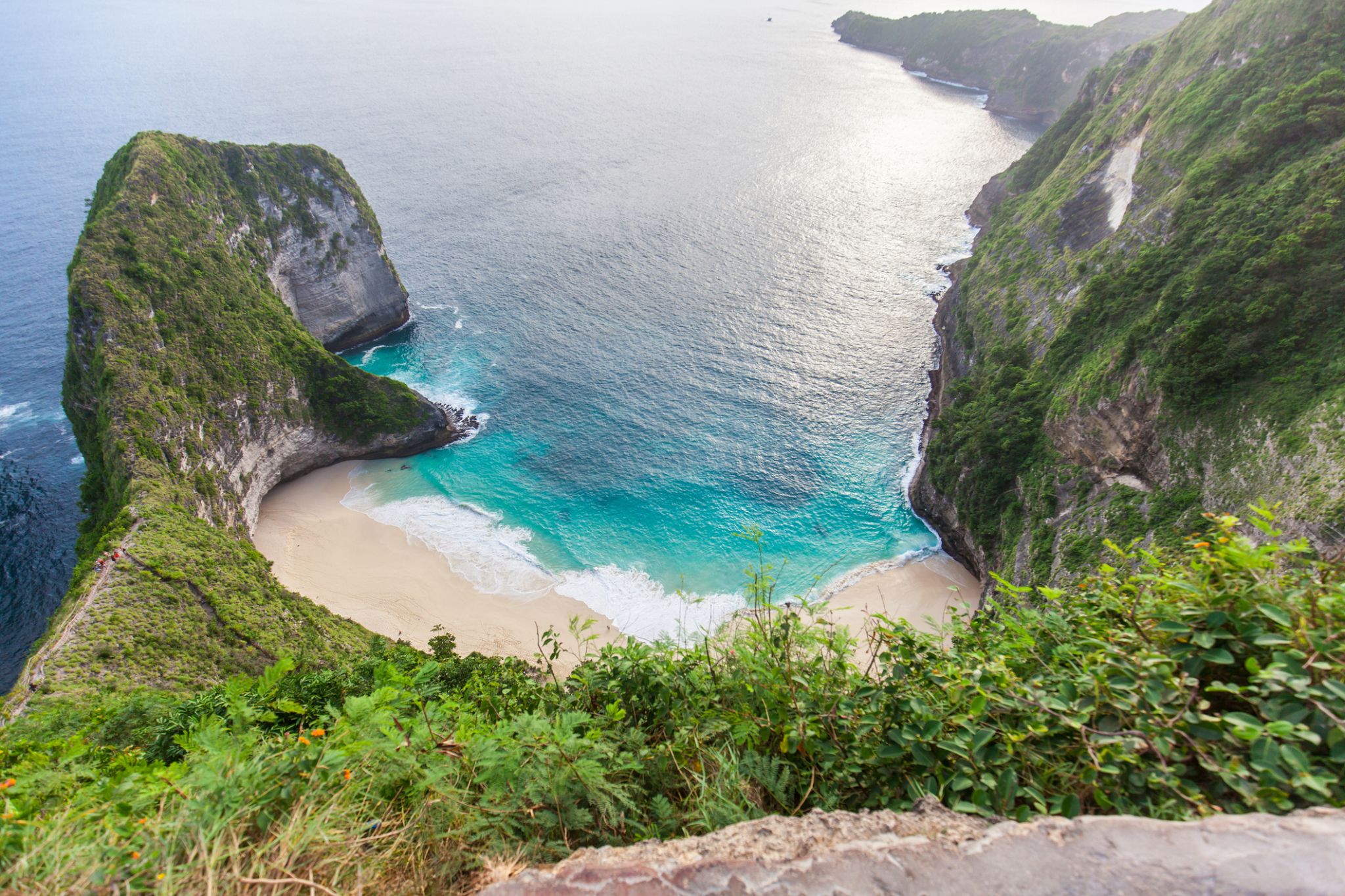 Dzień 67: 07:00-17:00
Dzień 67: 07:00-17:00Manta / Ecuador
Manta
-
 Dzień 68:
Dzień 68:Dzień na morzu / Morze
-
 Dzień 69: 09:00-18:00
Dzień 69: 09:00-18:00Puntarenas / Costa Rica
Puntarenas is the capital and largest city in the Province of Puntarenas, on the Pacific coast of Costa Rica.
-
 Dzień 70: 07:00-16:00
Dzień 70: 07:00-16:00Cruz del Sur / Peru
-
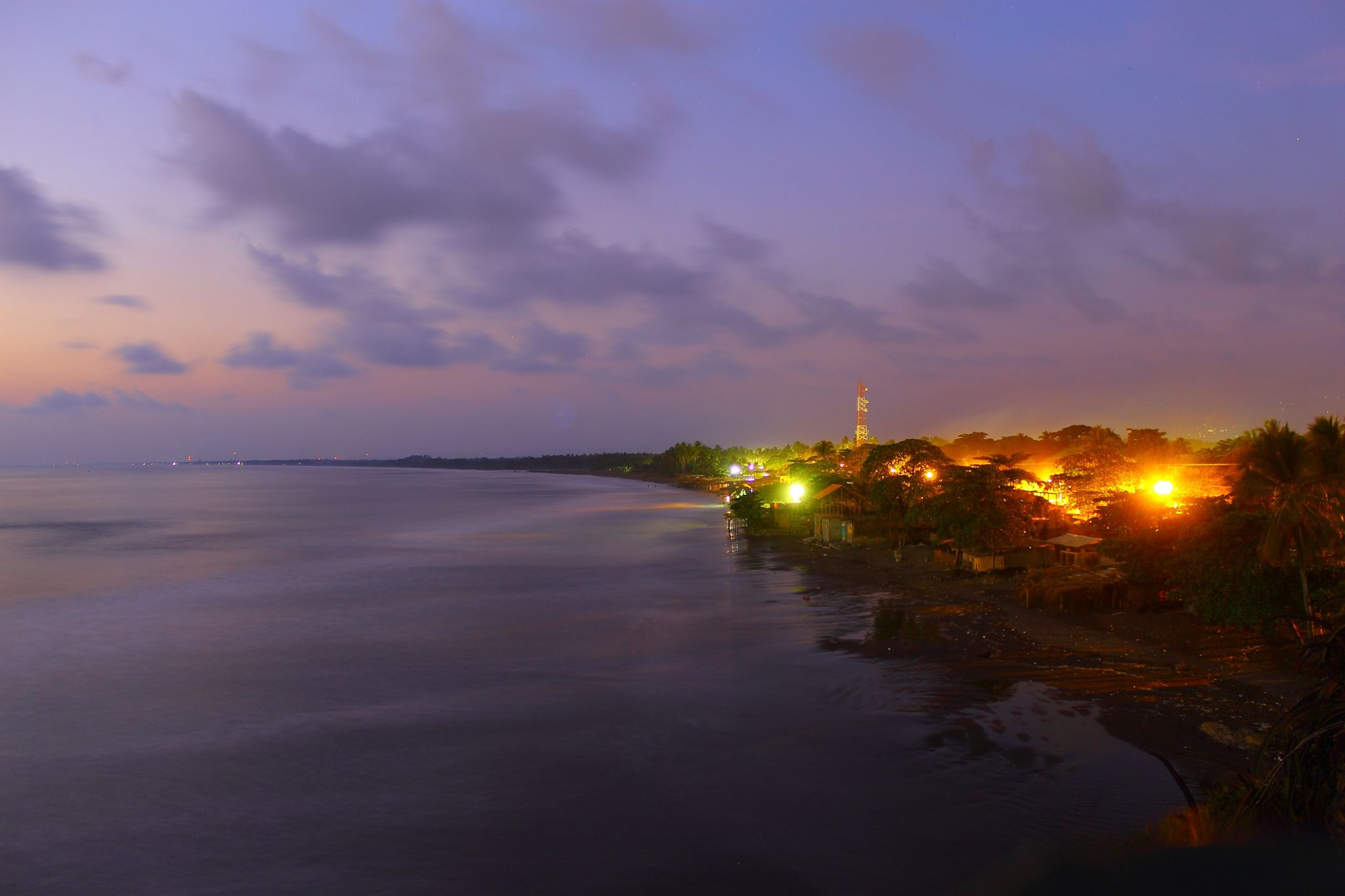 Dzień 71: 08:00-16:00
Dzień 71: 08:00-16:00Acajutla / Salvador
-
 Dzień 72:
Dzień 72:Dzień na morzu / Morze
-
 Dzień 73: 07:00-16:00
Dzień 73: 07:00-16:00Acapulco / Meksyk
-
 Dzień 74:
Dzień 74:Dzień na morzu / Morze
-
 Dzień 75: 07:00-18:00
Dzień 75: 07:00-18:00Cabo San Lucas / Meksyk
Cabo San Lucas or simply Cabo, is a resort city at the southern tip of the Baja California Peninsula, in the Mexican state of Baja California Sur. As of 2015, the population of the city was 81,111 inhabitants. Cabo San Lucas together with San José del Cabo is known as Los Cabos. Together they form a metropolitan area of 305,983 inhabitants.
Cabo has been rated as one of Mexico's top 5 tourist destinations; it is known for its beaches, scuba diving locations, balnearios, the sea arch El Arco de Cabo San Lucas, and marine life. The Los Cabos Corridor has become a heavily trafficked vacation destination for tourists, with numerous resorts and timeshares along the coast between Cabo San Lucas and San José del Cabo.
Cabo houses a range of wildlife, including rays, sharks, birds, and a range of fish, such as mahi-mahi (dorado), and striped marlin.
-
 Dzień 76:
Dzień 76:Dzień na morzu / Morze
-
 Dzień 77: 10:00-18:00
Dzień 77: 10:00-18:00Zamieszkać
-
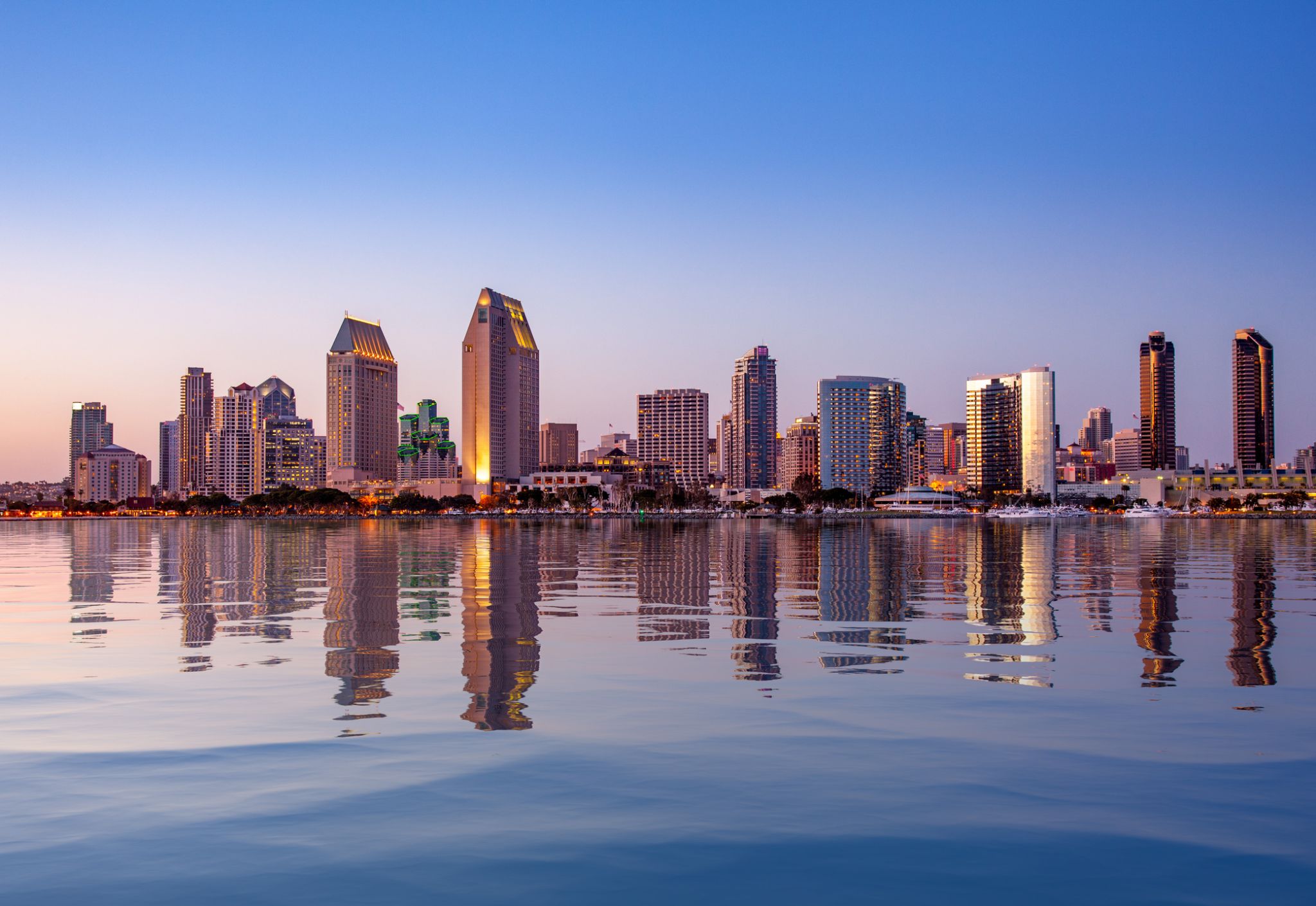 Dzień 78: 06:00-18:00
Dzień 78: 06:00-18:00San Diego, Kalifornia / USA
-
 Dzień 79:
Dzień 79:Dzień na morzu / Morze
-
 Dzień 80:
Dzień 80:Dzień na morzu / Morze
-
 Dzień 81:
Dzień 81:Dzień na morzu / Morze
-
 Dzień 82:
Dzień 82:Dzień na morzu / Morze
-
 Dzień 83:
Dzień 83:Dzień na morzu / Morze
-
 Dzień 84: 07:00-20:00
Dzień 84: 07:00-20:00Honolulu, Oahu, Hawaje / Hawaje
Honolulu is the capital and largest city of the U.S. state of Hawaiʻi. It is an unincorporated part of and the county seat of the City and County of Honolulu along the southeast coast of the island of Oʻahu. The city is the main gateway to Hawaiʻi and a major portal into the United States. The city is also a major hub for international business, military defense, as well as famously being host to a diverse variety of east-west and Pacific culture, cuisine, and traditions.
Honolulu is the most remote city of its size in the world and is the westernmost major U.S. city. For statistical purposes, the United States Census Bureau recognizes the approximate area commonly referred to as "City of Honolulu" (not to be confused with the "City and County") as a census county division (CCD). Honolulu is a major financial center of the islands and of the Pacific Ocean. The population of the Honolulu census designated place(CDP) was 359,870 as of the 2017 population estimate, while the Honolulu CCD was 390,738 and the population of the consolidated city and county was 953,207.
Honolulu means "sheltered harbor" or "calm port". The old name is Kou, a district roughly encompassing the area from Nuʻuanu Avenue to Alakea Street and from Hotel Street to Queen Street which is the heart of the present downtown district. The city has been the capital of the Hawaiian Islands since 1845 and gained historical recognition following the attack on Pearl Harbor by Japan near the city on December 7, 1941.
As of 2015, Honolulu was ranked high on world livability rankings, and was also ranked as the 2nd safest city in the U.S. It is also the most populated Oceanian city outside Australasia and ranks second to Auckland as the most-populous city in Polynesia.
-
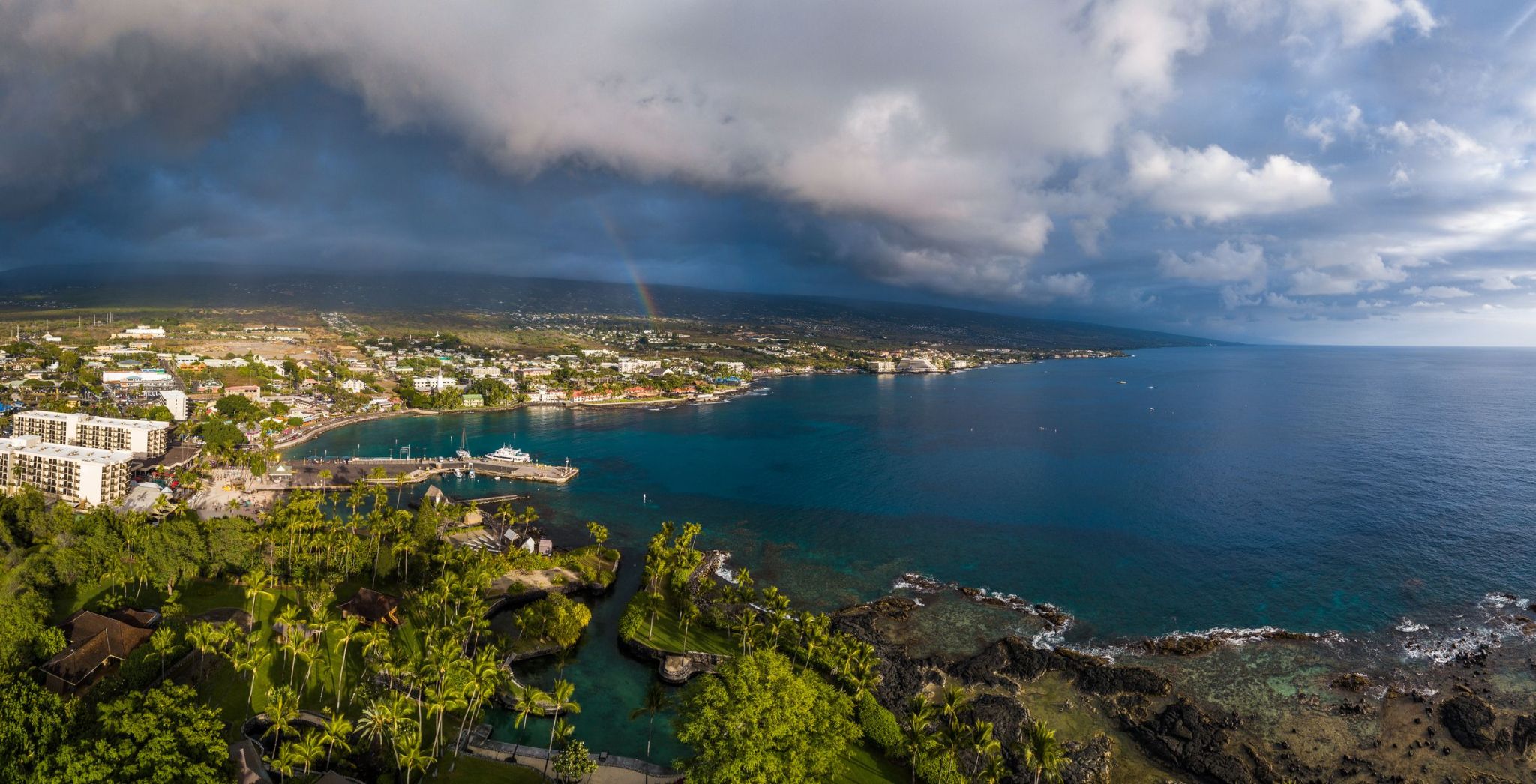 Dzień 85: 07:00-18:00
Dzień 85: 07:00-18:00Kailua-Kona / Hawaje
Kailua-Kona to malownicze nadmorskie miasteczko położone na zachodnim wybrzeżu wyspy Hawaje (znanej także jako Wielka Wyspa). Słynie z słonecznej pogody, spokojnych wód oraz bogatej historii — kiedyś była rezydencją króla Kamehamehy I, pierwszego zjednoczyciela wysp hawajskich. Promenada Alii Drive biegnąca wzdłuż oceanu oferuje spacery wśród historycznych budynków, sklepów, kawiarni i plaż z czarnym wulkanicznym piaskiem. Jedną z głównych atrakcji jest kościół Mokuaikaua — najstarszy chrześcijański kościół na Hawajach, zbudowany w 1820 roku.
Kailua-Kona jest popularnym miejscem wśród miłośników nurkowania i snorkelingu: w okolicznych wodach można zobaczyć manty, żółwie morskie i kolorowe tropikalne ryby. Niedaleko znajduje się Puʻuhonua o Hōnaunau National Historical Park — starożytne sanktuarium, które dawało schronienie łamiącym prawo kapu. Miasto jest również miejscem startu słynnych zawodów Ironman World Championship. To idealne miejsce dla tych, którzy szukają równowagi między naturą, kulturą i aktywnym wypoczynkiem.
-
 Dzień 86:
Dzień 86:Dzień na morzu / Morze
-
 Dzień 87:
Dzień 87:Dzień na morzu / Morze
-
 Dzień 88:
Dzień 88:Dzień na morzu / Morze
-
 Dzień 89:
Dzień 89:Dzień na morzu / Morze
-
 Dzień 90: 07:00-18:00
Dzień 90: 07:00-18:00Nuku-Khiva / French Polynesia
-
 Dzień 91:
Dzień 91:Dzień na morzu / Morze
-
 Dzień 92: 07:00-17:00
Dzień 92: 07:00-17:00Atol Rangiroa Rangiroa / French Polynesia
Rangiroa, is the largest atoll in the Tuamotus, and one of the largest in the world (although it is smaller than Kwajalein in the Marshall Islands and Huvadhu in the Maldives). It is part of the Palliser group. The nearest atoll is Tikehau, 12 km to the west. It is about 355 km northeast of Tahiti.
Rangiroa is home to about 2,500 people on almost 80 km2. The chief town is Avatoru, in the atoll's northwest.
-
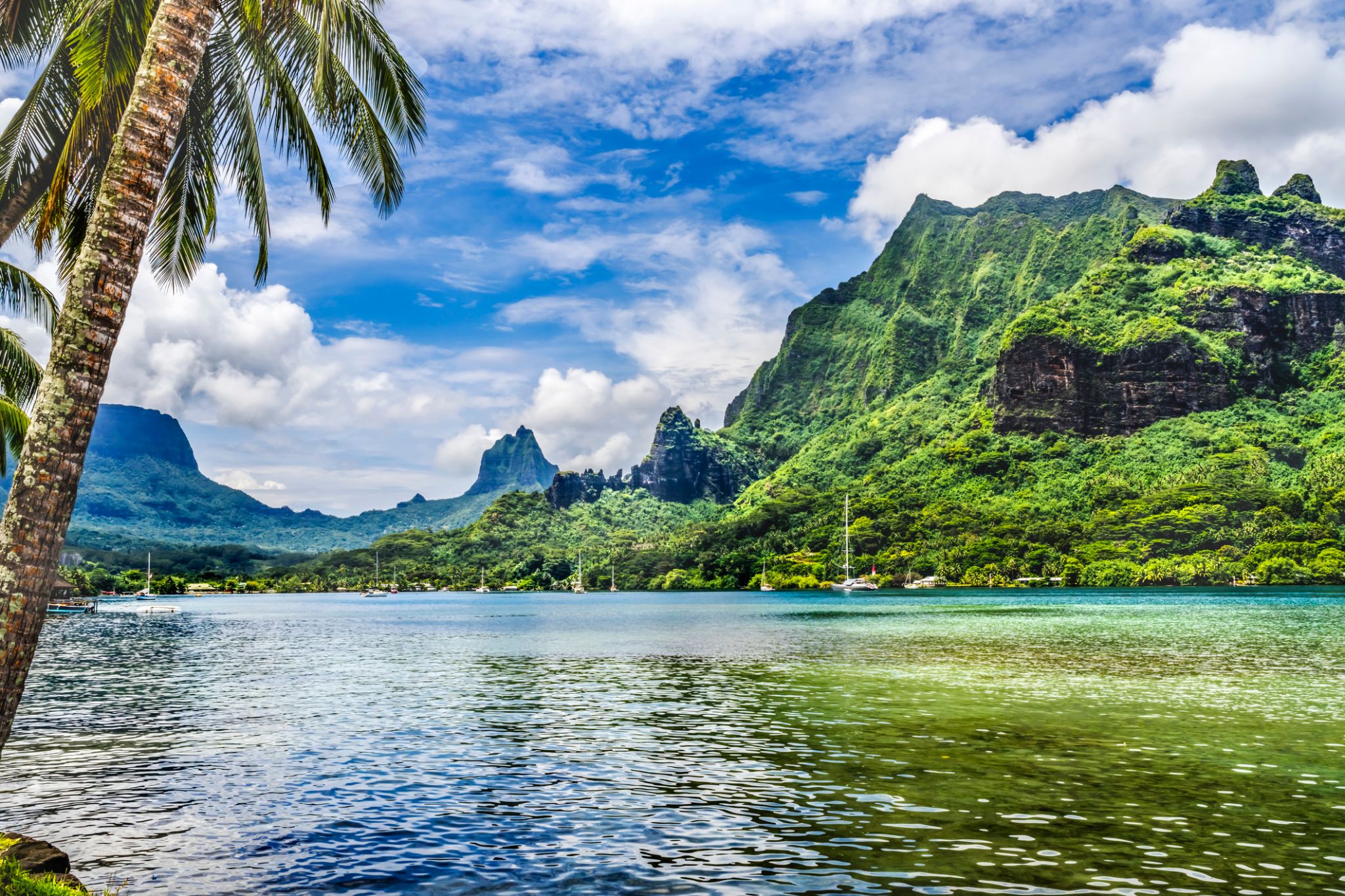 Dzień 93: 08:00-16:00
Dzień 93: 08:00-16:00Moorea, Wyspy Towarzystwa / French Polynesia
The island was formed as a volcano 1.5 to 2.5 million years ago, the result of a Society hotspot in the mantle under the oceanic plate that formed the whole of the Society Archipelago. It is theorized that the current bays were formerly river basins that filled during the Holocene searise.
Mo'orea is about 10 miles in width from the west to the east. There are two small, nearly symmetrical bays on the north shore. The one to the west is called 'Ōpūnohu Bay, which is not very populated but many travelers have come into the bay. The main surrounding communes of the bay are Piha'ena in the east and Papetō'ai to the west. The one to the east is Cook's Bay, also called Pao Pao Bay since the largest commune of Mo'orea is at the bottom of the bay. The other communes are Piha'ena to the west and busy Maharepa to the east. The highest point is Mount Tohi'e'a, near the center of Mo'orea. It dominates the vista from the two bays and can be seen from Tahiti. There are also hiking trails in the mountains. The Vai'are Bay is another small inlet, smaller than the two main bays, on the east shore. This bay has been settled a lot and has a lot of business. The main village is located just south of the bay.
-
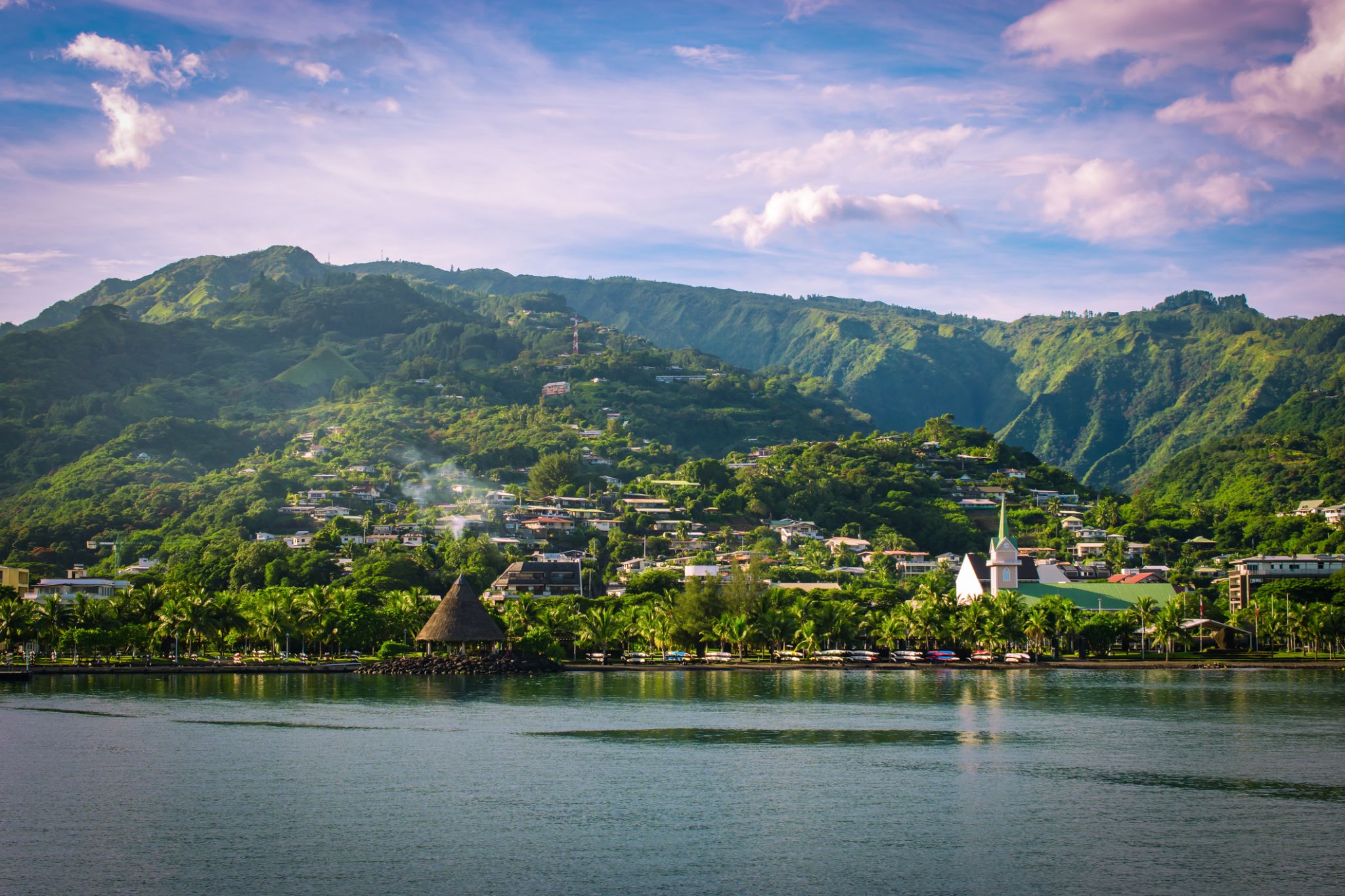 Dzień 93: 19:00
Dzień 93: 19:00Papeete Papeete / French Polynesia
Papeete is the capital city of French Polynesia, an overseas collectivity of France in the Pacific Ocean. The commune of Papeete is located on the island of Tahiti, in the administrative subdivision of the Windward Islands, of which Papeete is the administrative capital. The French High Commissioner also resides in Papeete. It is the primary center of Tahitian and French Polynesian public and private governmental, commercial, industrial and financial services, the hub of French Polynesian tourism and a commonly used port of call. The Windward Islands are themselves part of the Society Islands. The name Papeete means "water from a basket".
The urban area of Papeete had a total population of 136,771 inhabitants at the August 2017 census, 26,926 of whom lived in the commune of Papeete proper.
-
 Dzień 94: 20:00
Dzień 94: 20:00Papeete Papeete / French Polynesia
Papeete is the capital city of French Polynesia, an overseas collectivity of France in the Pacific Ocean. The commune of Papeete is located on the island of Tahiti, in the administrative subdivision of the Windward Islands, of which Papeete is the administrative capital. The French High Commissioner also resides in Papeete. It is the primary center of Tahitian and French Polynesian public and private governmental, commercial, industrial and financial services, the hub of French Polynesian tourism and a commonly used port of call. The Windward Islands are themselves part of the Society Islands. The name Papeete means "water from a basket".
The urban area of Papeete had a total population of 136,771 inhabitants at the August 2017 census, 26,926 of whom lived in the commune of Papeete proper.
-
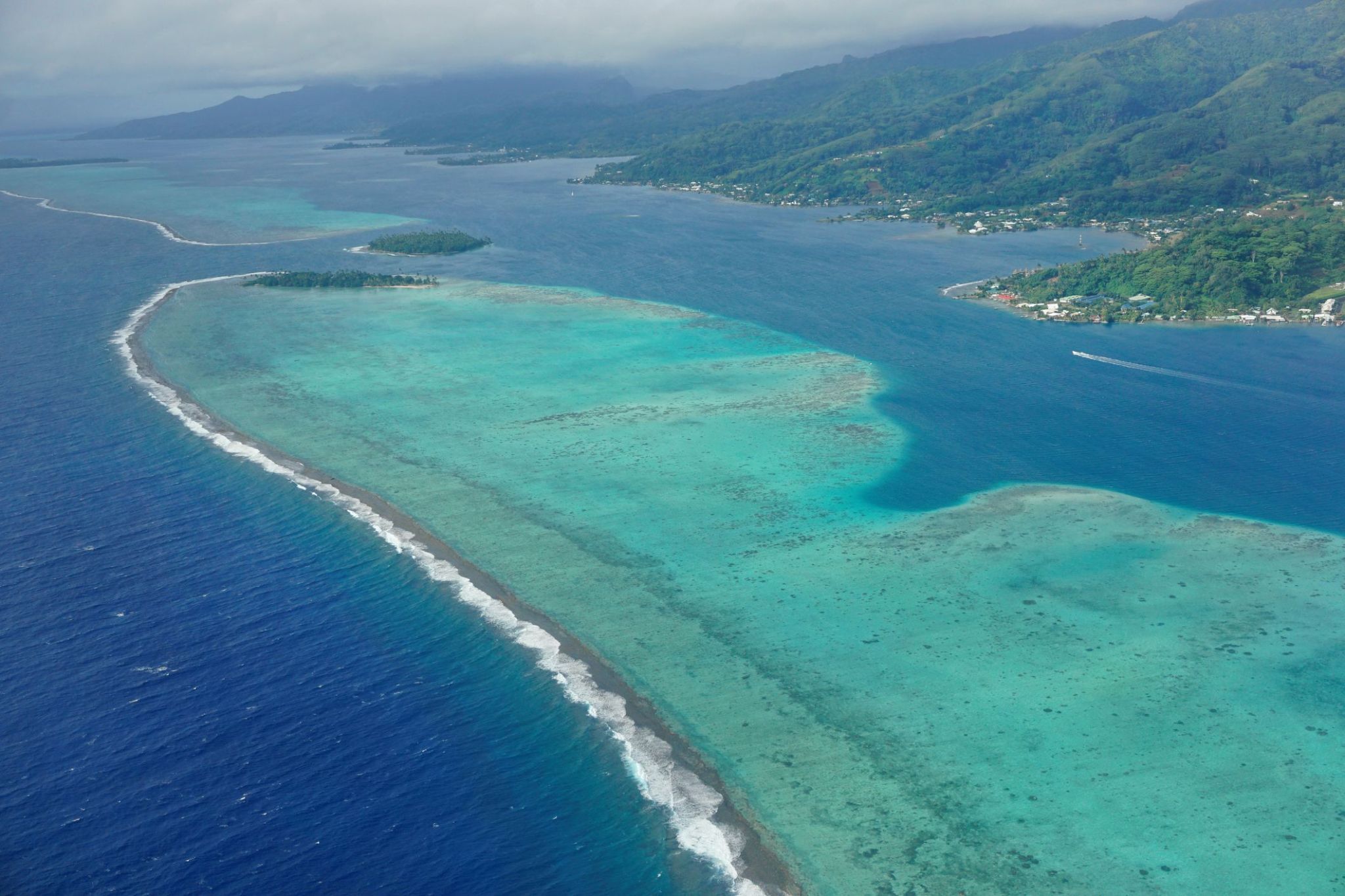 Dzień 95: 07:00-19:00
Dzień 95: 07:00-19:00Raiatea, Wyspy Towarzystwa / French Polynesia
Raiathea
-
 Dzień 96:
Dzień 96:Dzień na morzu / Morze
-
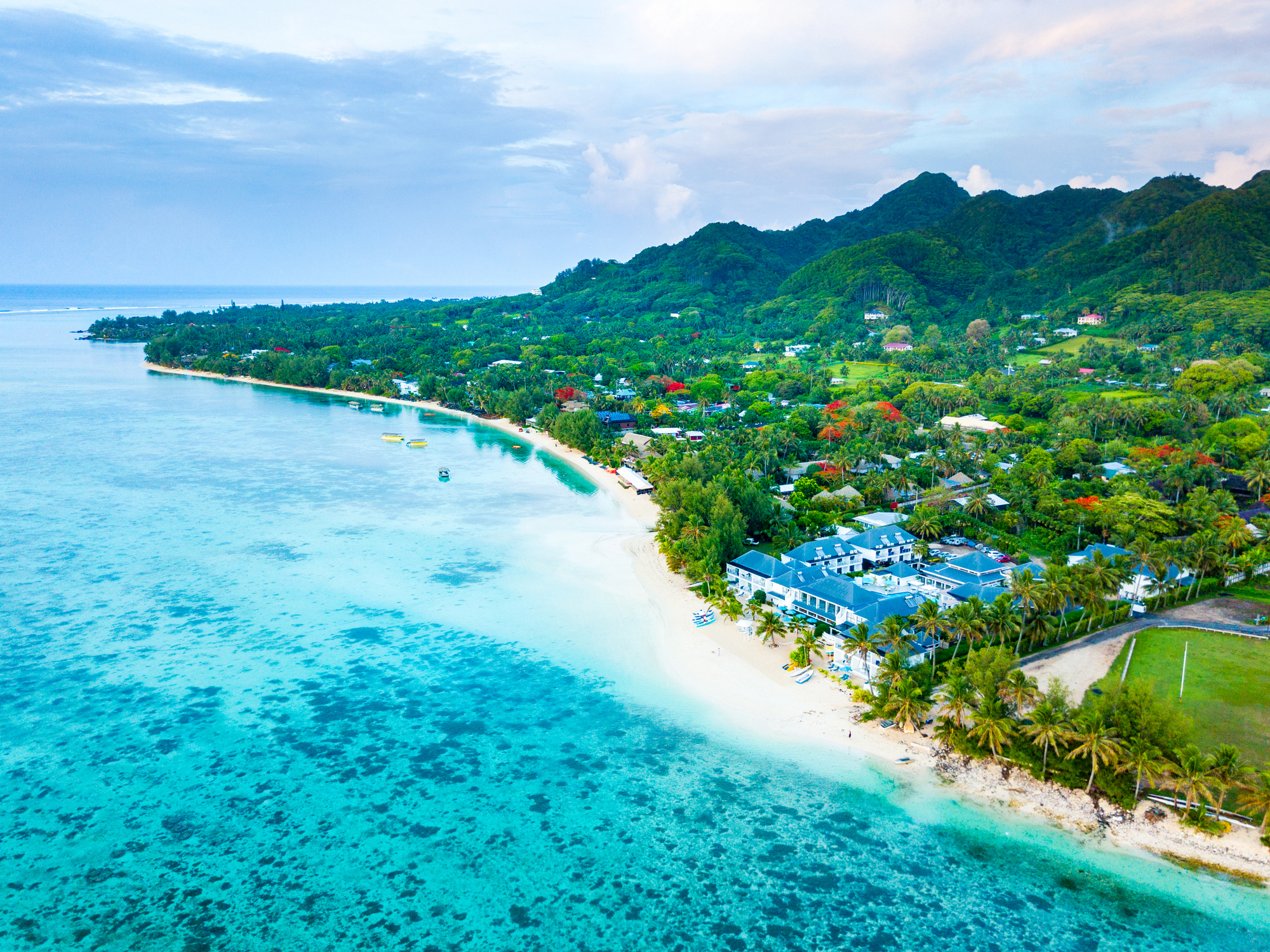 Dzień 97: 07:00-16:00
Dzień 97: 07:00-16:00Rarotonga / Wyspy Cooka
Rarotonga is the most populous island of the Cook Islands, with a population of 10,572 (census 2011), out of the country's total resident population of 14,974. Captain John Dibbs, master of the colonial brig Endeavour, is credited as the European discoverer on 25 July 1823, while transporting the missionary Rev. John Williams.
The Cook Islands' Parliament buildings and international airport are on Rarotonga. Rarotonga is a very popular tourist destination with many resorts, hotels and motels. The chief town, Avarua, on the north coast, is the capital of the Cook Islands.
-
 Dzień 98:
Dzień 98:Dzień na morzu / Morze
-
 Dzień 99: 10:00-20:00
Dzień 99: 10:00-20:00ZAPŁATA / American Samoa
-
 Dzień 100:
Dzień 100: -
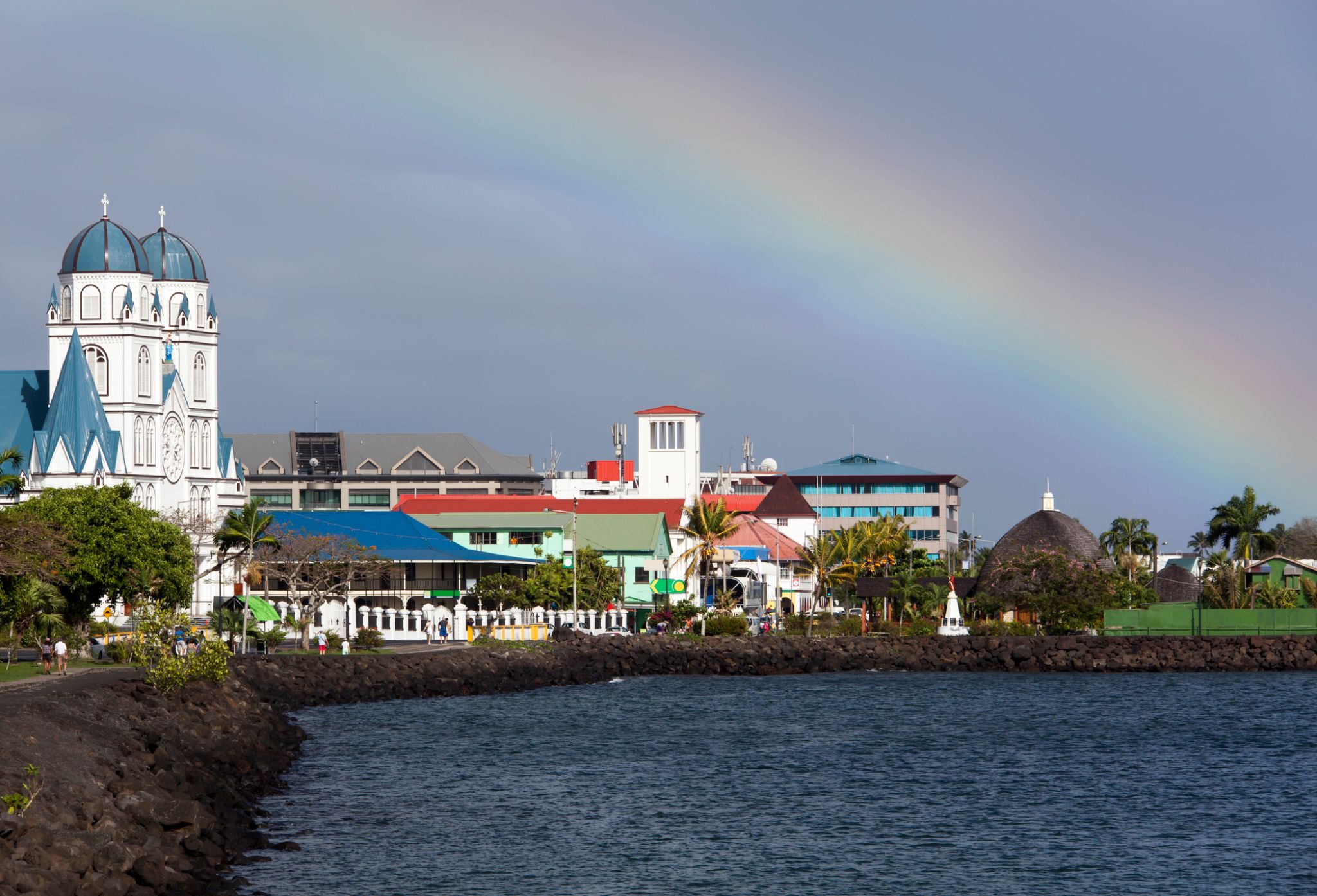 Dzień 101: 07:00-18:00
Dzień 101: 07:00-18:00Apia / Samoa
Apia is the capital and the largest city of Samoa. From 1900 to 1919, it was the capital of German Samoa. The city is located on the central north coast of Upolu, Samoa's second largest island. Apia is the only city in Samoa and falls within the political district (itūmālō) of Tuamasaga.
The Apia Urban Area has a population of 36,735 (2011 census) and is generally referred to as the City of Apia. The geographic boundaries of Apia Urban Area is mainly from Letogo village to the new industrialized region of Apia known as Vaitele.
-
 Dzień 102:
Dzień 102:Dzień na morzu / Morze
-
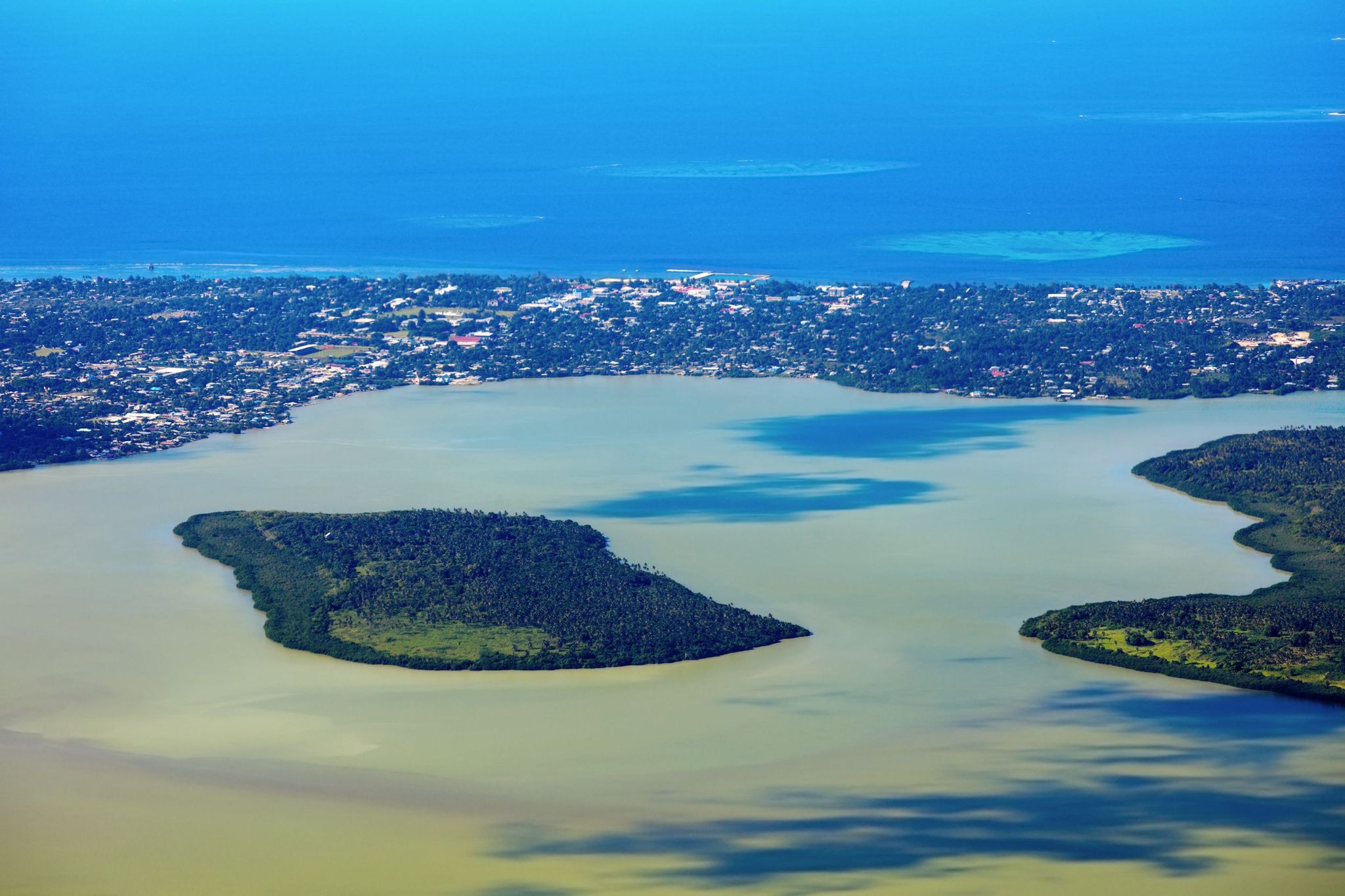 Dzień 103: 08:00-18:00
Dzień 103: 08:00-18:00Nukualofa / Tonga
Nukuʻalofa to przytulna stolica Tonga, położona na północnym wybrzeżu wyspy Tongatapu. Miasto jest politycznym, kulturalnym i gospodarczym centrum kraju, zachowując przy tym urok tropikalnego spokoju. Jedną z głównych atrakcji jest Pałac Królewski, wybudowany w 1867 roku, w którym do dziś mieszka monarcha Tonga. Spacerując po Nukuʻalofie, turyści mogą cieszyć się kolorowymi targami, na których lokalni sprzedawcy oferują świeże owoce tropikalne, rękodzieło i biżuterię z muszelek.
Poza dziedzictwem historycznym, Nukuʻalofa przyciąga bliskością do naturalnych cudów. Zaledwie kilka kilometrów od centrum znajdują się dramatyczne klify Haʻatafu, popularne wśród miłośników surfingu, a także starożytne megalityczne konstrukcje, takie jak trzymetrowy łuk Haʻamonga ʻa Maui, znany jako "Polinezyjski Stonehenge". Nukuʻalofa to idealne miejsce dla tych, którzy szukają połączenia autentycznej kultury, spokojnej atmosfery i zachwycających krajobrazów.
-
 Dzień 104:
Dzień 104:Dzień na morzu / Morze
-
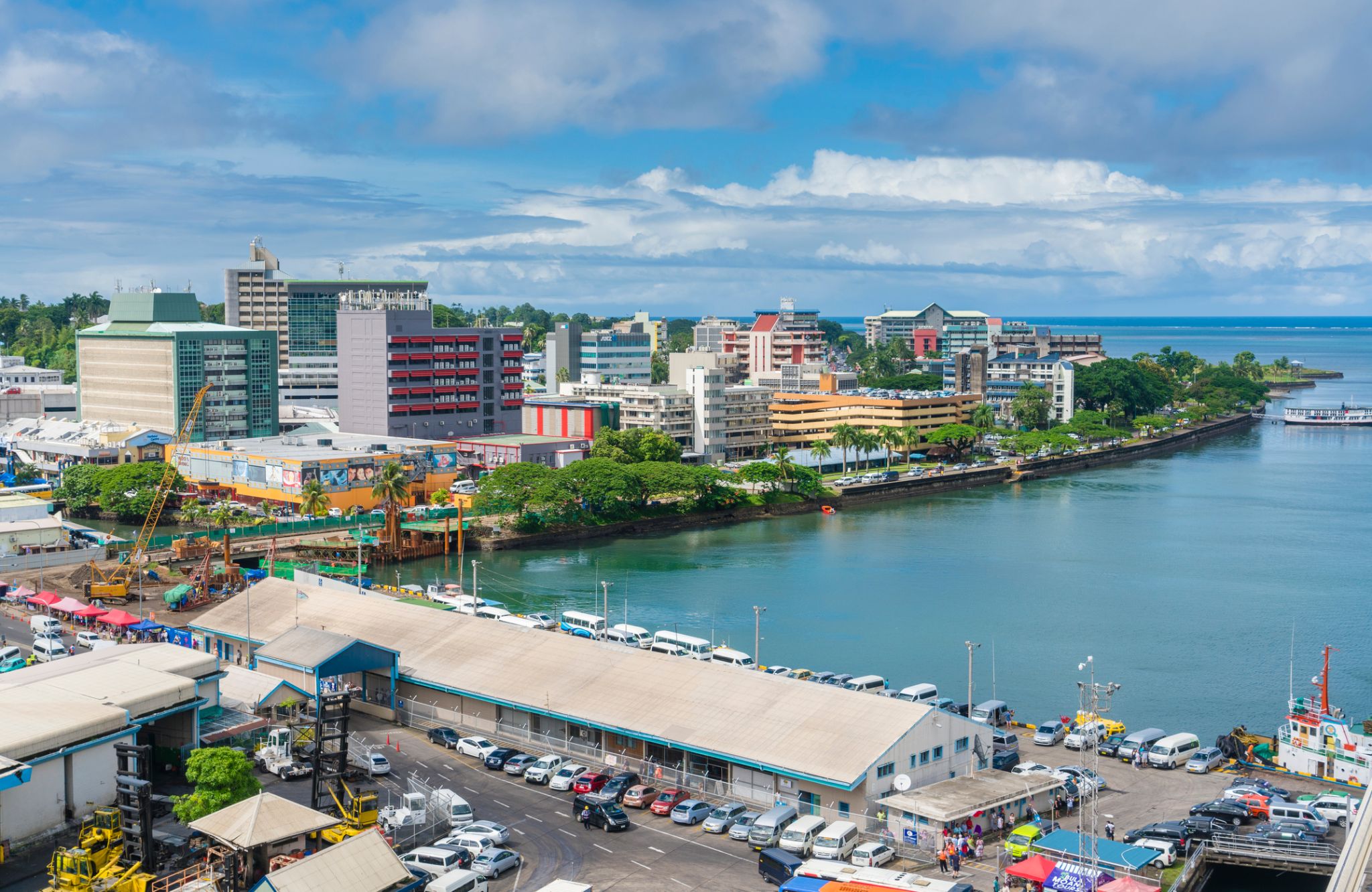 Dzień 105: 07:00-18:00
Dzień 105: 07:00-18:00Suchy / Fiji
Suva is the capital and largest metropolitan city in Fiji. It is located on the southeast coast of the island of Viti Levu, in the Rewa Province, Central Division.
In 1877, it was decided to make Suva the capital of Fiji, as the geography of former main European settlement at Levuka on the island of Ovalau, Lomaiviti province proved too restrictive. The administration of the colony was moved from Levuka to Suva in 1882.
At the 2007 census, the city of Suva had a population of 85,691. Including independent suburbs, the population of the Greater Suva urban area was 172,399 at the 2007 census. Suva, along with the bordering towns of Lami, Nasinu, and Nausori have a total urban population of around 330,000, over a third of the nation's population. This urban complex (not including Lami) is known also as the Suva-Nausori corridor.
Suva is the political, economic, and cultural centre of Fiji. It is also the economic and cultural capital of the Pacific, hosting the majority of regional headquarters of major corporations, as well as international agencies and diplomatic missions in the region. The city also has a thriving arts and performance scene, with a growing reputation as the region’s fashion capital.
-
 Dzień 106:
Dzień 106:Dzień na morzu / Morze
-
 Dzień 107: 07:00-16:00
Dzień 107: 07:00-16:00Jezioro Misteri / Kanada
-
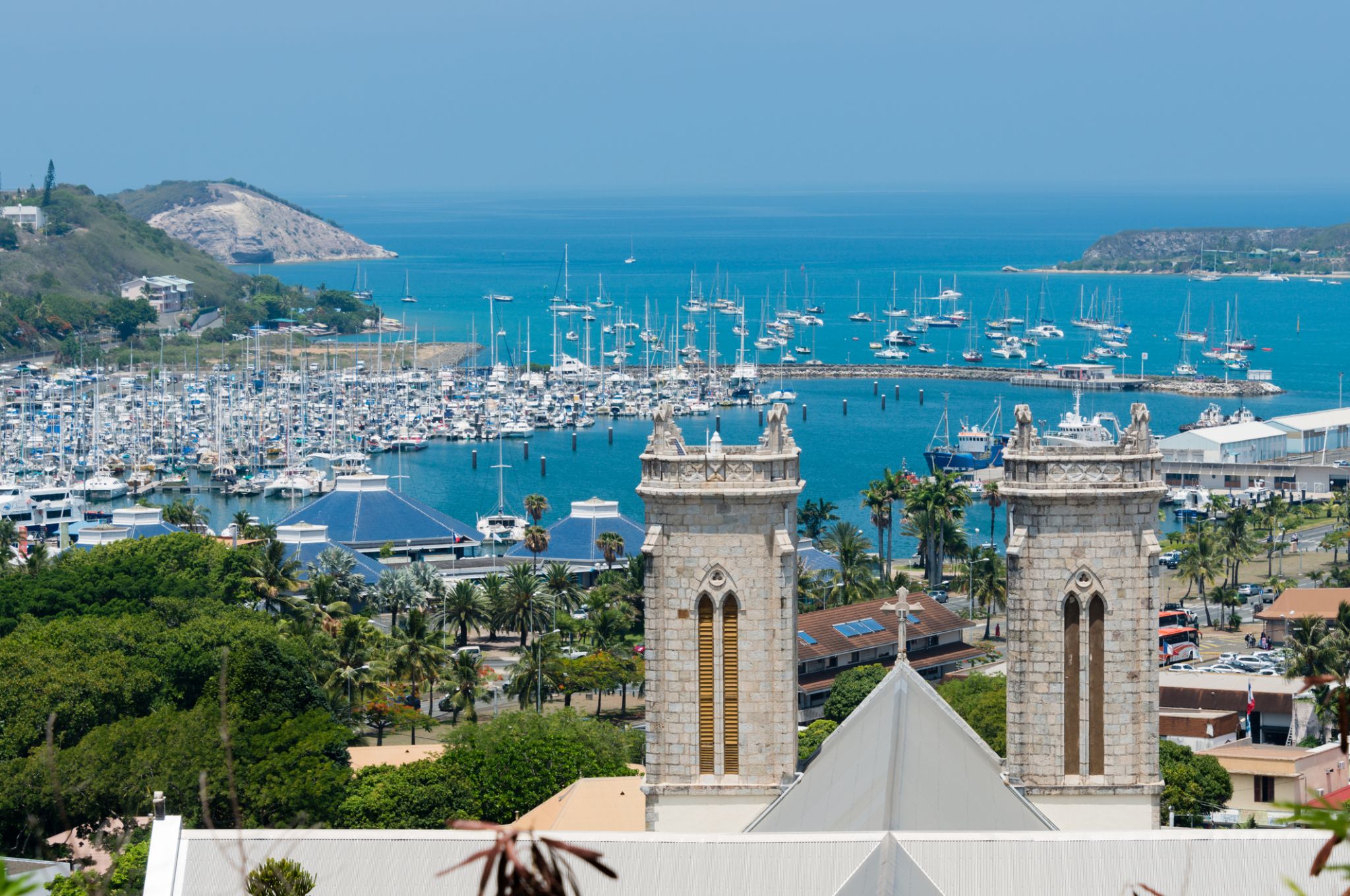 Dzień 108: 08:00-18:00
Dzień 108: 08:00-18:00Numea / Nowa Kaledonia
Nouméa is the capital and largest city of the French special collectivity of New Caledonia. It is situated on a peninsula in the south of New Caledonia's main island, Grande Terre, and is home to the majority of the island's European, Polynesian (Wallisians, Futunians, Tahitians), Indonesian, and Vietnamesepopulations, as well as many Melanesians, Ni-Vanuatu and Kanaks who work in one of the South Pacific's most industrialised cities. The city lies on a protected deepwater harbour that serves as the chief port for New Caledonia.
At the August 2014 census, there were 179,509 inhabitants in the metropolitan area of Greater Nouméa (French: agglomération du Grand Nouméa), 99,926 of whom lived in the city (commune) of Nouméa proper. 66.8% of the population of New Caledonia live in Greater Nouméa, which covers the communes of Nouméa, Le Mont-Dore, Dumbéa and Païta.
-
 Dzień 109:
Dzień 109:Dzień na morzu / Morze
-
 Dzień 110:
Dzień 110:Dzień na morzu / Morze
-
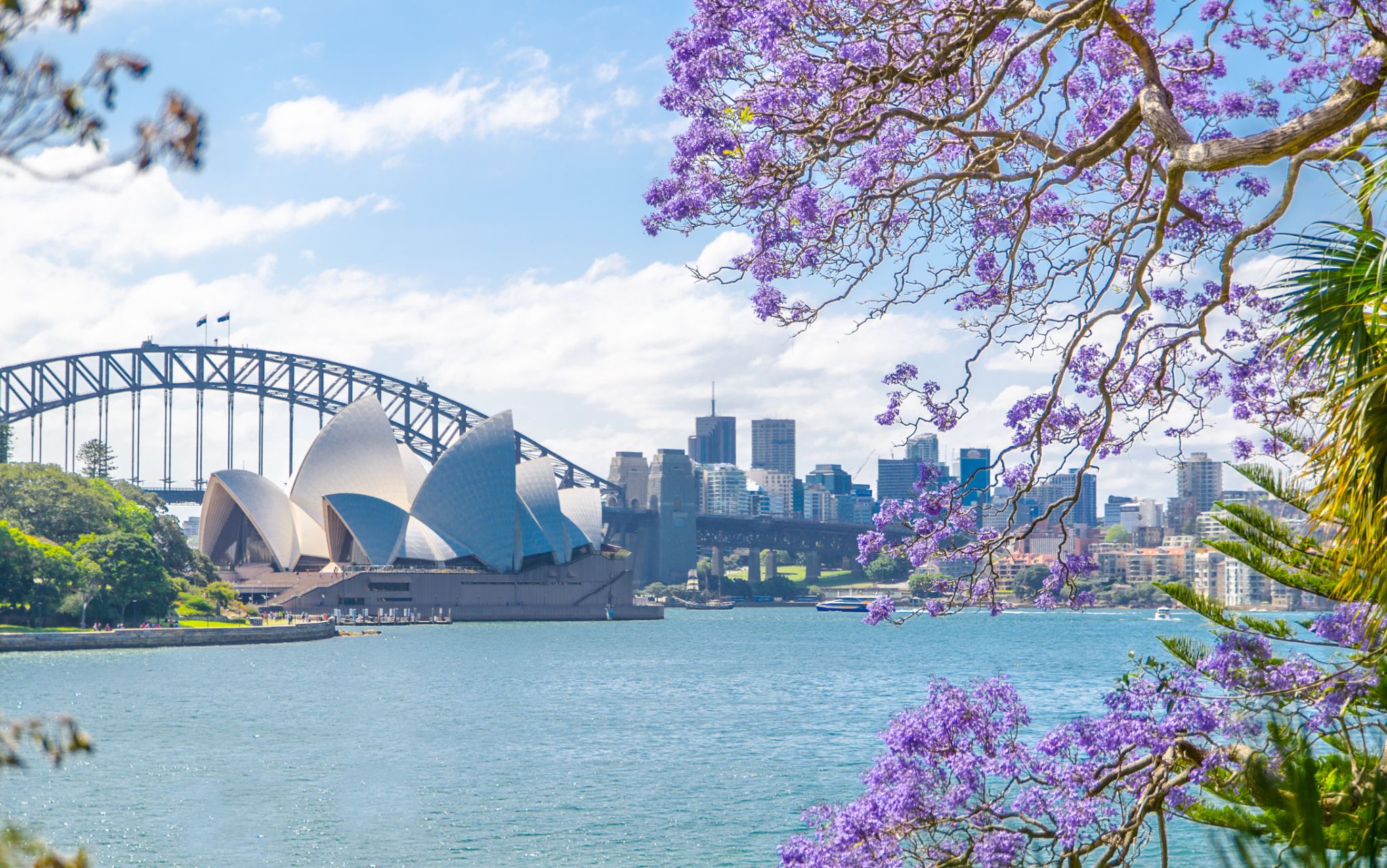 Dzień 111: 07:00-20:00
Dzień 111: 07:00-20:00Sydnej / Australia
Sydney is the state capital of New South Wales and the most populous city in Australiaand Oceania. Located on Australia's east coast, the metropolis surrounds Port Jackson and extends about 70 km (43.5 mi) on its periphery towards the Blue Mountains to the west, Hawkesbury to the north, and Macarthur to the south. Sydney is made up of 658 suburbs, 40 local government areas and 15 contiguous regions. Residents of the city are known as "Sydneysiders". As of June 2017, Sydney's estimated metropolitan population was 5,131,326, and is home to approximately 65% of the state's population.
-
 Dzień 112:
Dzień 112:Dzień na morzu / Morze
-
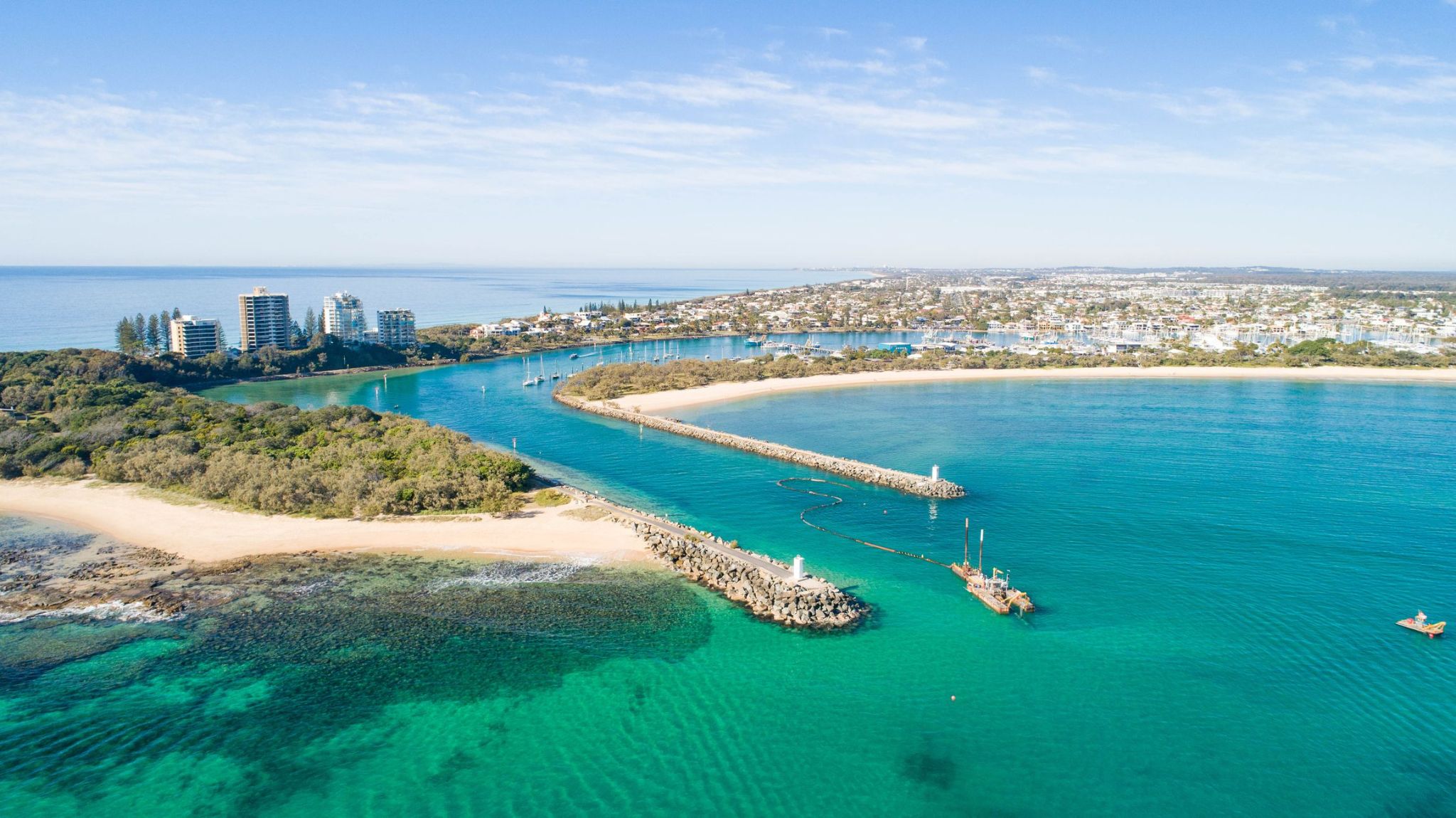 Dzień 113: 07:00-17:00
Dzień 113: 07:00-17:00Mooloolaba / Australia
Mooloolaba to malownicze nadmorskie miasto na Wybrzeżu Słońca w Queensland, Australia, znane z doskonałych warunków do wypoczynku na plaży i uprawiania sportów wodnych. Miasto słynie z jednego z najpopularniejszych plaż w regionie, przyciągając turystów czystym piaskiem, spokojnymi wodami oraz doskonałymi warunkami do surfingu, pływania i wędkarstwa. Mooloolaba jest także znana z pięknej promenady z kawiarniami, restauracjami i sklepami, gdzie można skosztować lokalnej kuchni i kupić pamiątki.
Oprócz plaż, Mooloolaba oferuje różnorodne atrakcje przyrodnicze. W okolicach miasta znajduje się Park Narodowy Mooloolaba oraz centrum morskie, gdzie można poznać lokalną florę i faunę, w tym delfiny i żółwie morskie. Dla tych, którzy szukają spokoju i chcą odkrywać unikalne ekosystemy, dostępne są wyspy takie jak Moreton Island. Mooloolaba to idealne miejsce dla aktywnego wypoczynku na świeżym powietrzu oraz dla relaksu nad morzem.
-
 Dzień 114:
Dzień 114:Dzień na morzu / Morze
-
 Dzień 115: 08:00-19:00
Dzień 115: 08:00-19:00WYSPA WHITSUNDAY
-
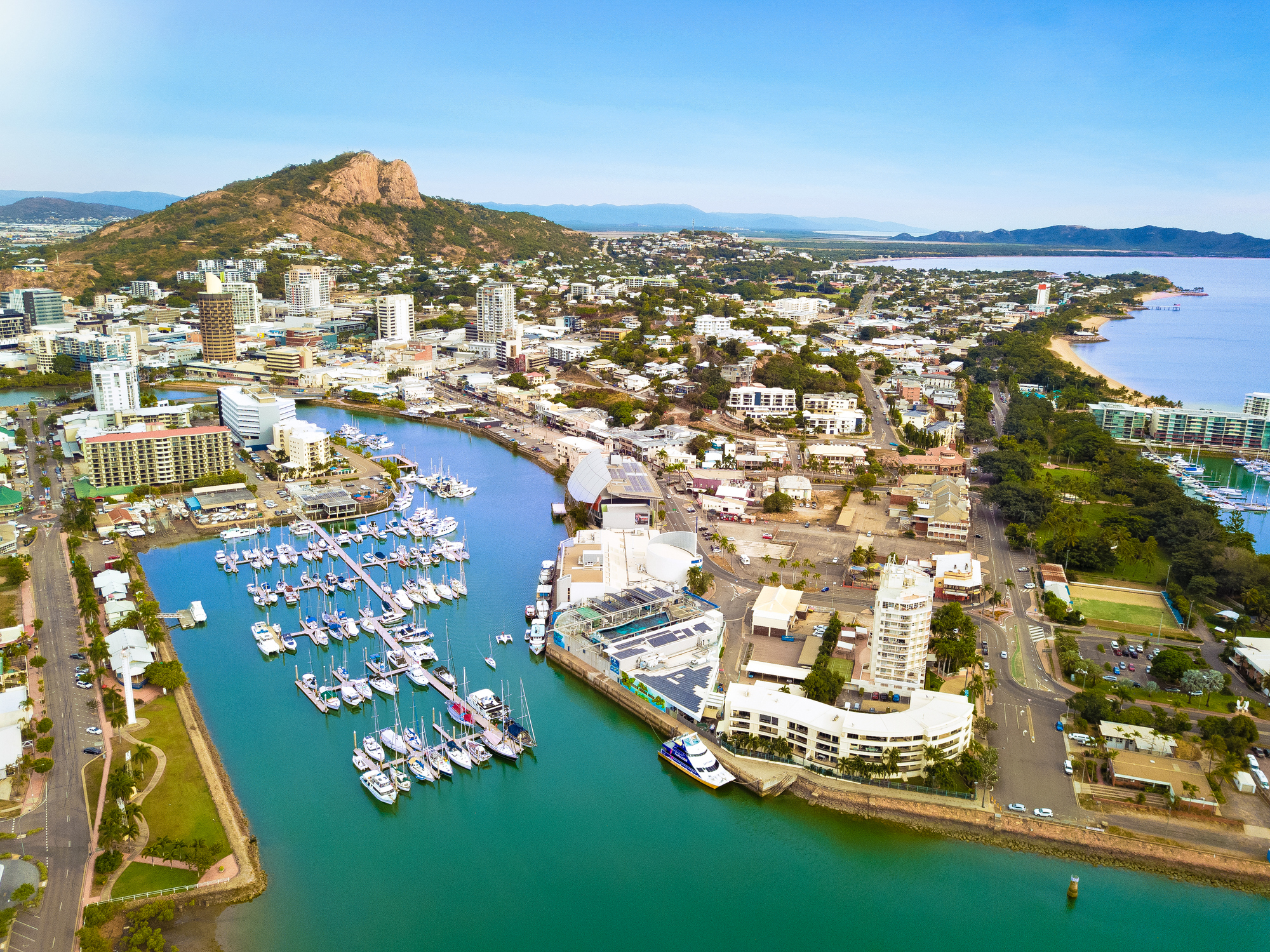 Dzień 116: 07:00-18:00
Dzień 116: 07:00-18:00Townsville / Australia
-
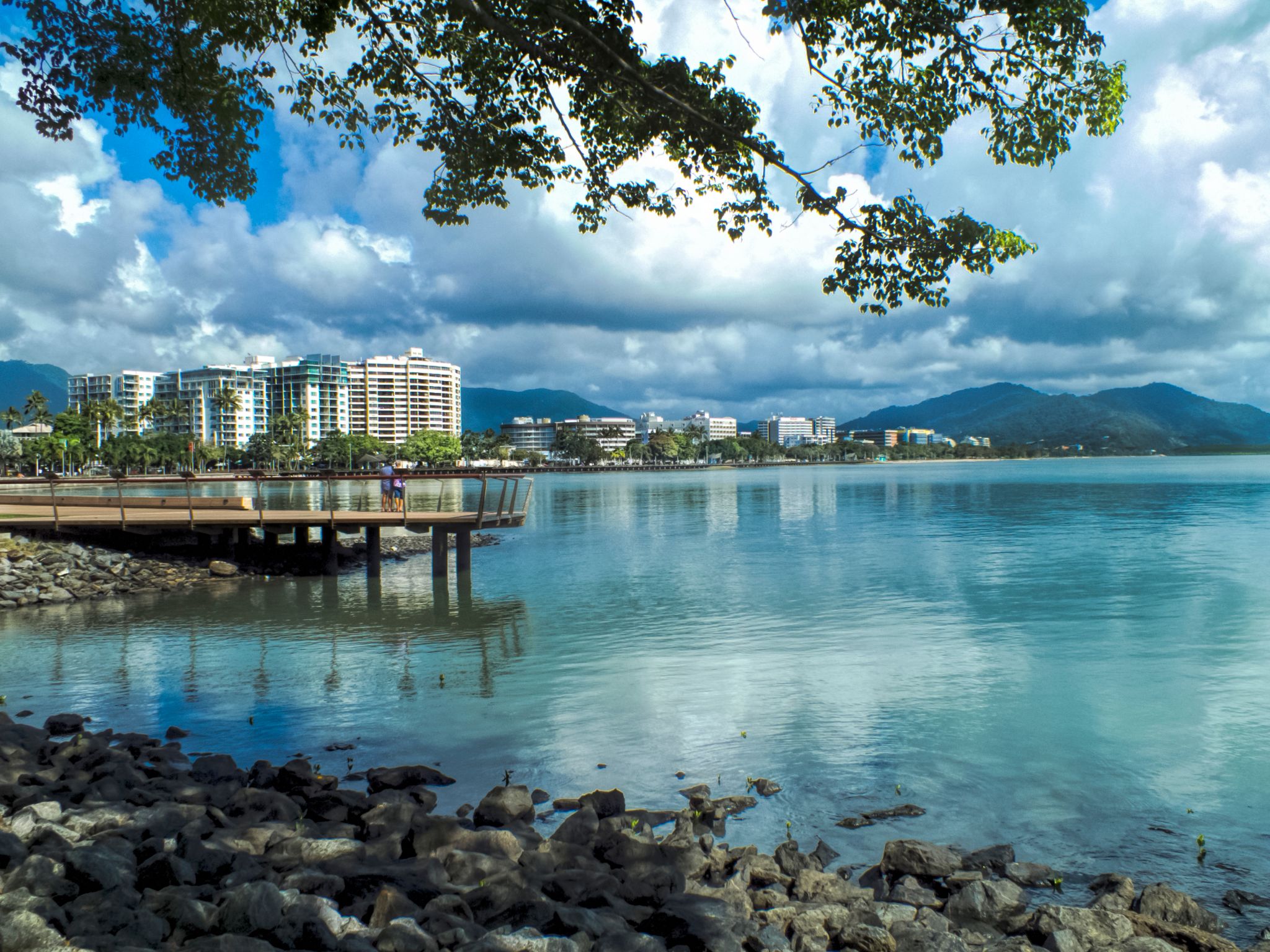 Dzień 117: 07:00-15:00
Dzień 117: 07:00-15:00Cairns / Australia
Cairns City is the suburb at the centre of Cairns in the local government area of Cairns Region, Queensland, Australia.It can also be referred to as the Cairns Central Business District (CBD). In the 2011 census, the population of Cairns City was 2,737 people.
-
 Dzień 118:
Dzień 118:Dzień na morzu / Morze
-
 Dzień 119:
Dzień 119:Dzień na morzu / Morze
-
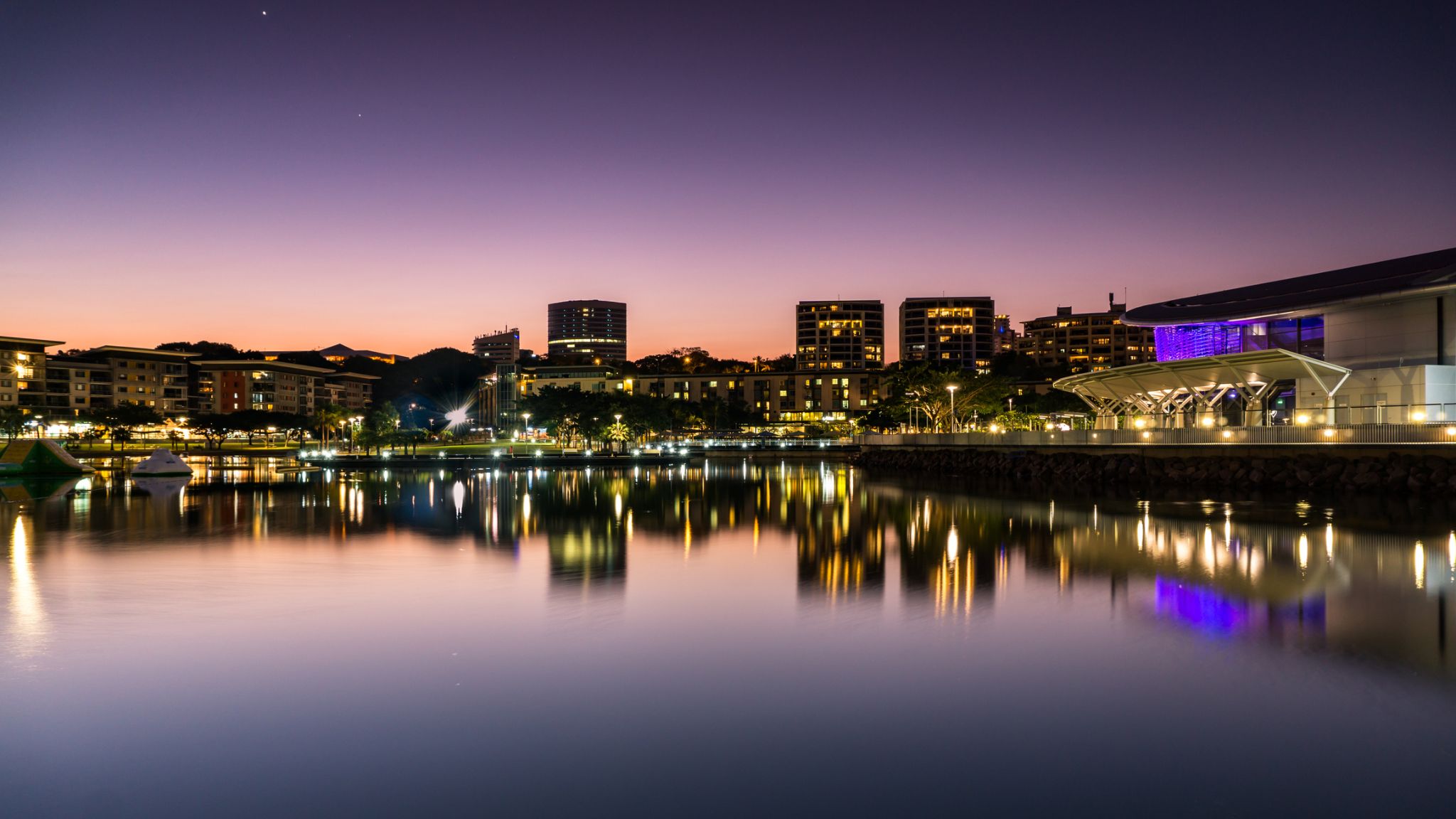 Dzień 120: 12:00-23:00
Dzień 120: 12:00-23:00Darwin / Australia
Darwin is the capital city of the Northern Territory of Australia, situated on the Timor Sea. It is the largest city in the sparsely populated Northern Territory, with a population of 145,916. It is the smallest and most northerly of the Australian capital cities, and acts as the Top End's regional centre.
-
 Dzień 121:
Dzień 121:Dzień na morzu / Morze
-
 Dzień 122: 08:00-16:00
Dzień 122: 08:00-16:00KUPANG TIMOR ZACHODNI
-
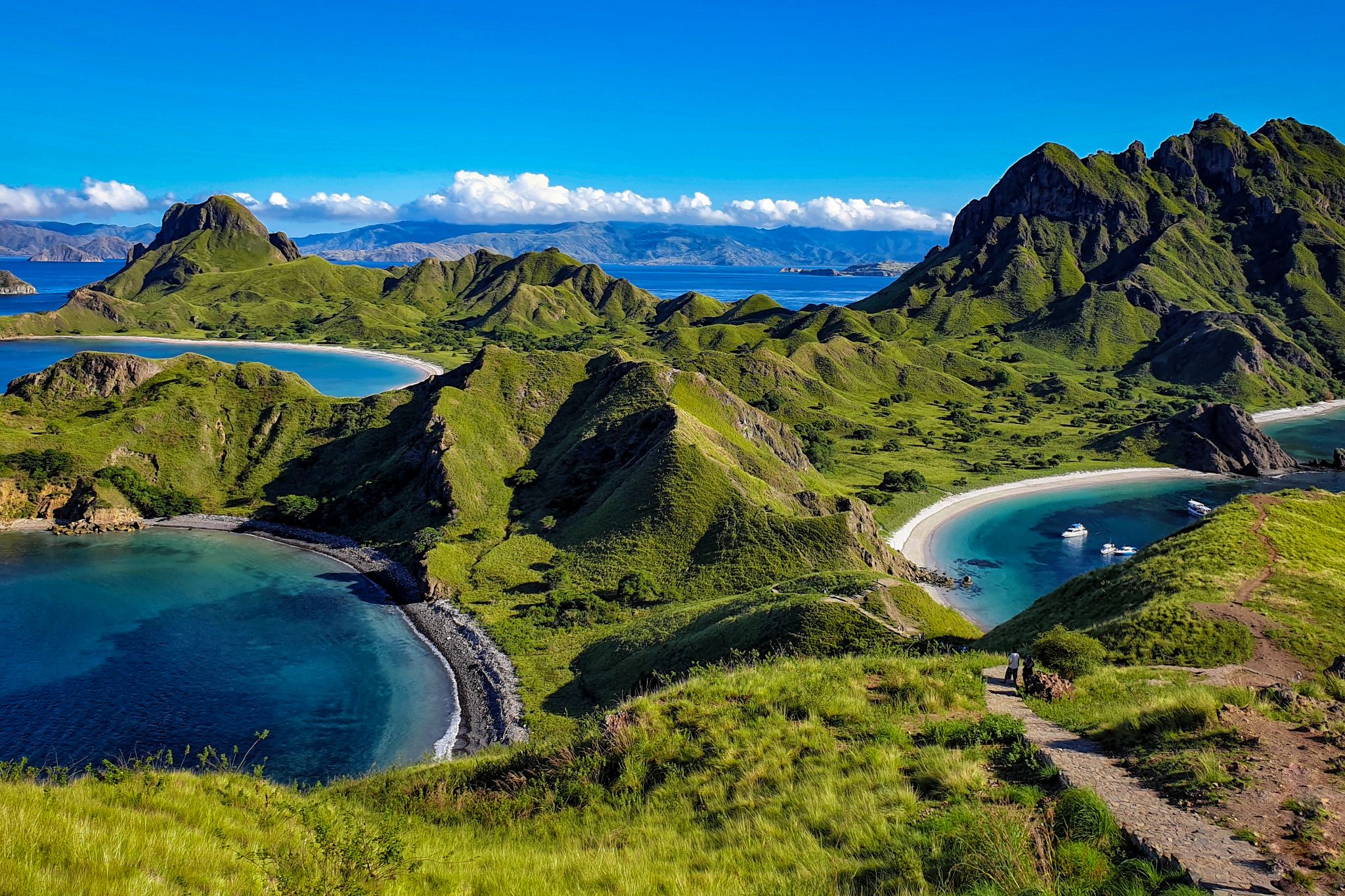 Dzień 123: 10:00-18:00
Dzień 123: 10:00-18:00Komoda / Indonezja
Komodo is one of the 17,508 islands that comprise the Republic of Indonesia. The island is particularly notable as the habitat of the Komodo dragon, the largest lizard on Earth, which is named after the island. Komodo Island has a surface area of 390 square kilometres and a human population of over two thousand. The people of the island are descendants of former convicts who were exiled to the island and who have mixed with Bugis from Sulawesi. The people are primarily adherents of Islam but there are also Christian and Hindu congregations.
Komodo is part of the Lesser Sunda chain of islands and forms part of the Komodo National Park. In addition, the island is a popular destination for diving. Administratively, it is part of the East Nusa Tenggara province.
-
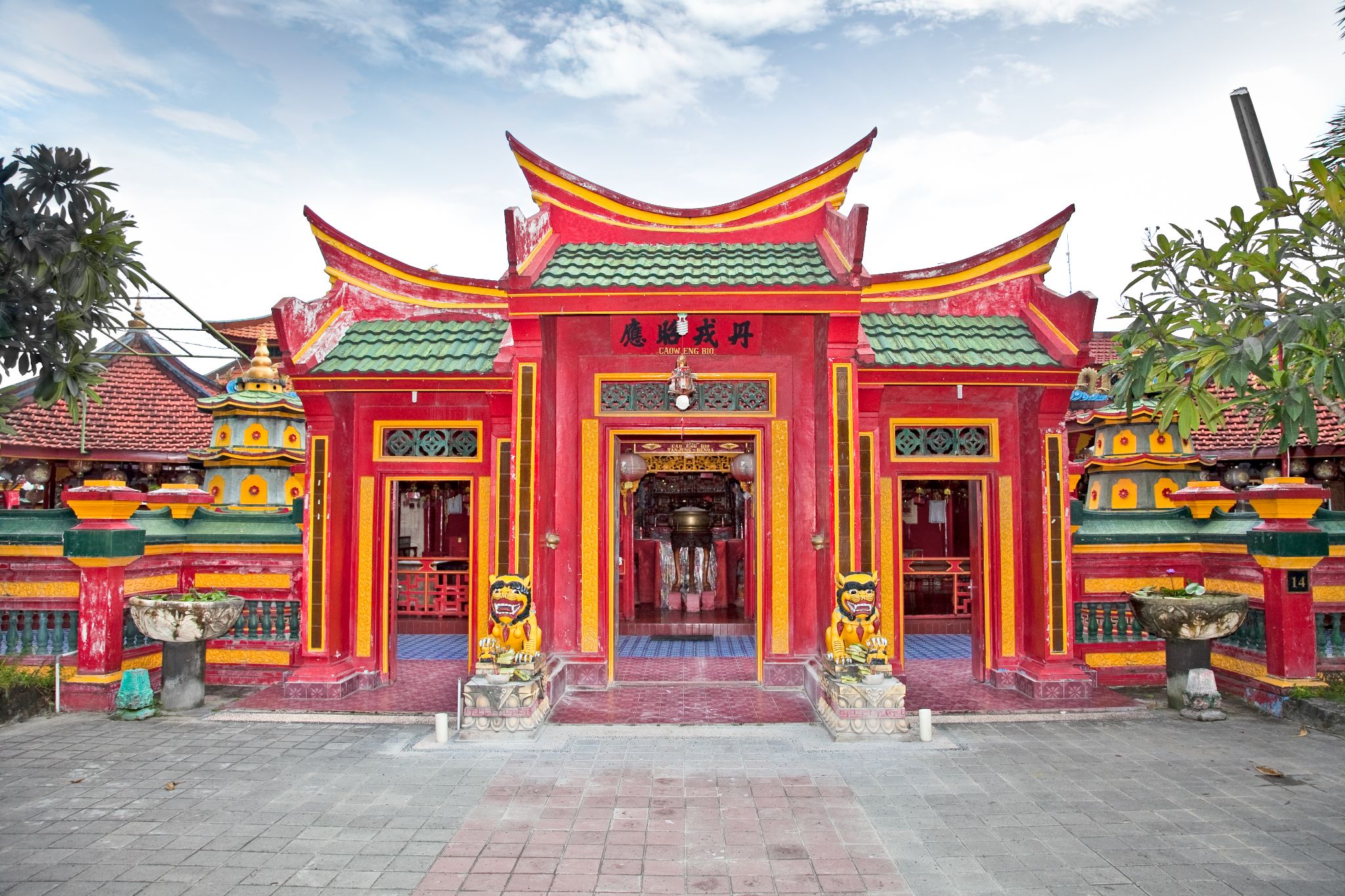 Dzień 124: 12:00
Dzień 124: 12:00Tanjung Benoit / Indonezja
-
 Dzień 125: 16:00
Dzień 125: 16:00Tanjung Benoit / Indonezja
-
 Dzień 126: 10:00-18:00
Dzień 126: 10:00-18:00Surabaya / Indonezja
-
 Dzień 127:
Dzień 127:Dzień na morzu / Morze
-
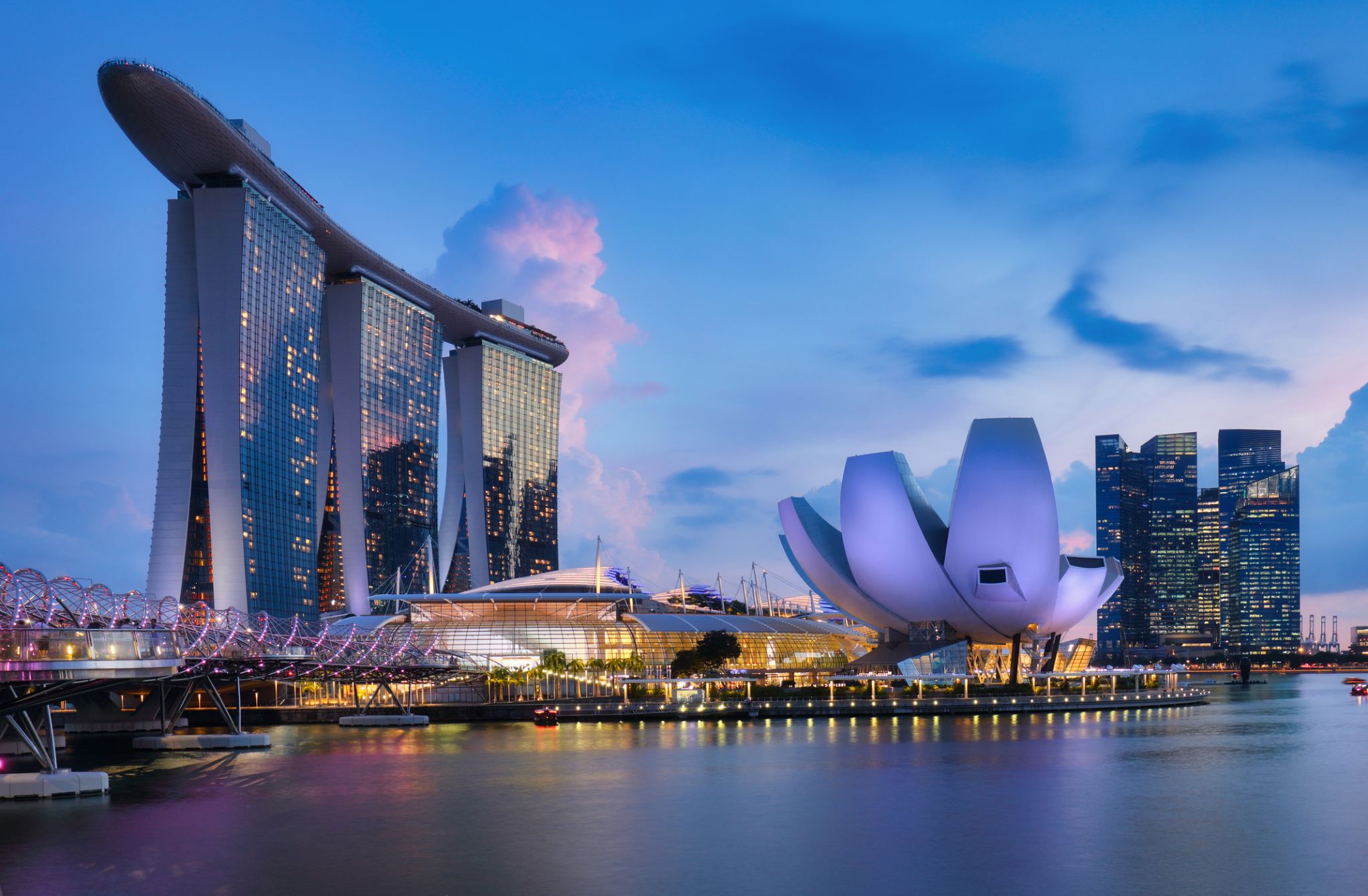 Dzień 128: 15:00
Dzień 128: 15:00Singapur / Singapur
-
 Dzień 129: 17:00
Dzień 129: 17:00Singapur / Singapur
-
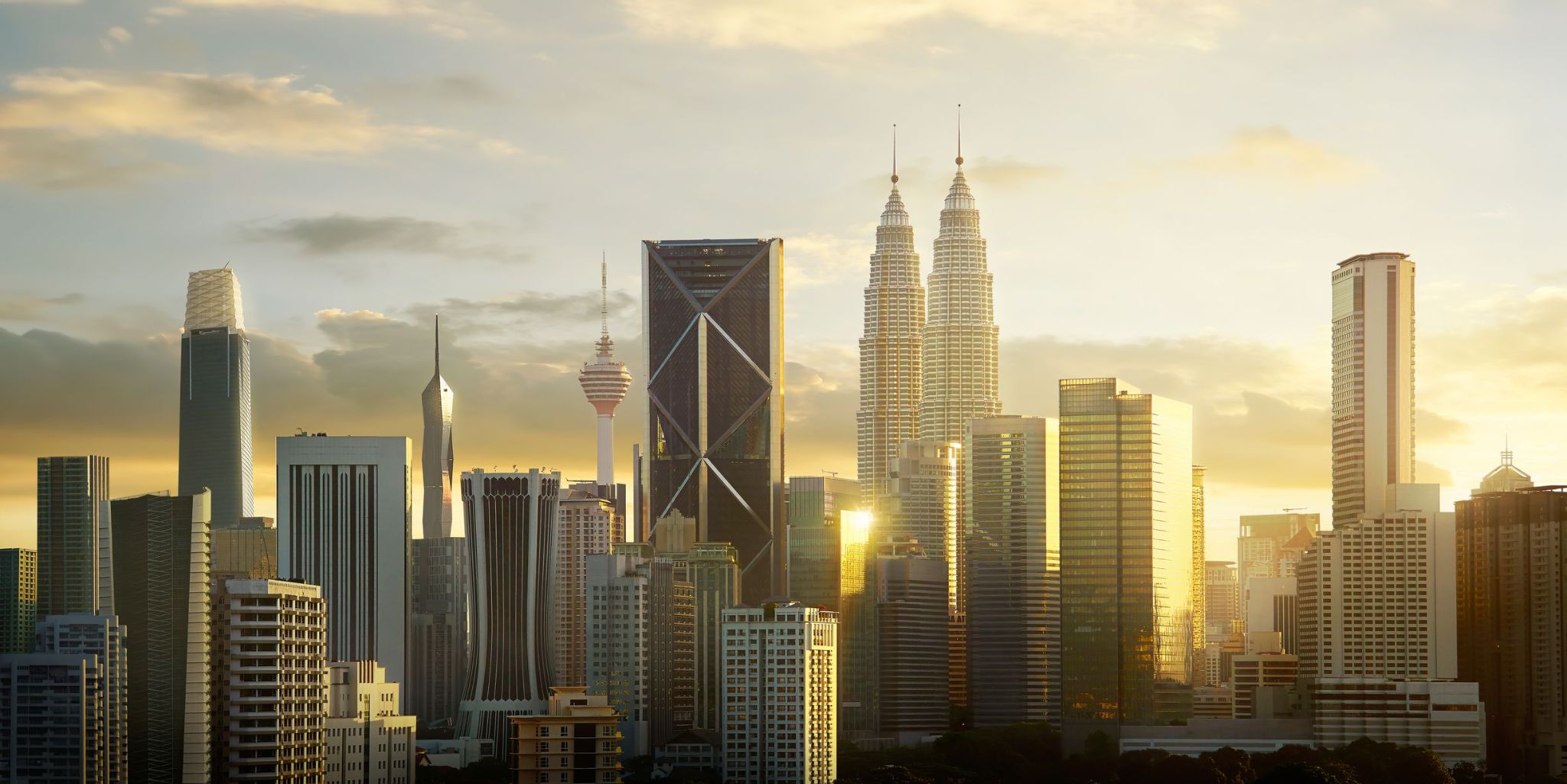 Dzień 130: 08:00-16:00
Dzień 130: 08:00-16:00Kuala Lumpur / Malaysia
Kuala Lumpur to dynamiczna stolica Malezji, gdzie futurystyczne drapacze chmur stoją obok kolonialnych budynków i tradycyjnych targowisk. Miasto powstało w połowie XIX wieku u zbiegu rzek Klang i Gombak jako osada górnicza, a dziś jest największym centrum gospodarczym i kulturalnym kraju. Jego wizytówką są bliźniacze wieże Petronas, niegdyś najwyższe budynki na świecie, które nadal pozostają symbolem malezyjskiego postępu i innowacji.
Dla turystów Kuala Lumpur oferuje różnorodne wrażenia: od porannego spaceru po kolonialnym placu Merdeka po wieczorne zakupy w ultranowoczesnej dzielnicy Bukit Bintang. Można odwiedzić Muzeum Sztuki Islamskiej, skosztować ulicznego jedzenia w okolicy Jalan Alor, zobaczyć hinduistyczną świątynię w jaskiniach Batu lub odpocząć w cieniu tropikalnych drzew w Ogrodach Jeziora. Miasto, wzbogacone kulturami malajską, chińską i indyjską, zaprasza do odkrywania go poprzez architekturę, kuchnię i rytm współczesnego życia.
-
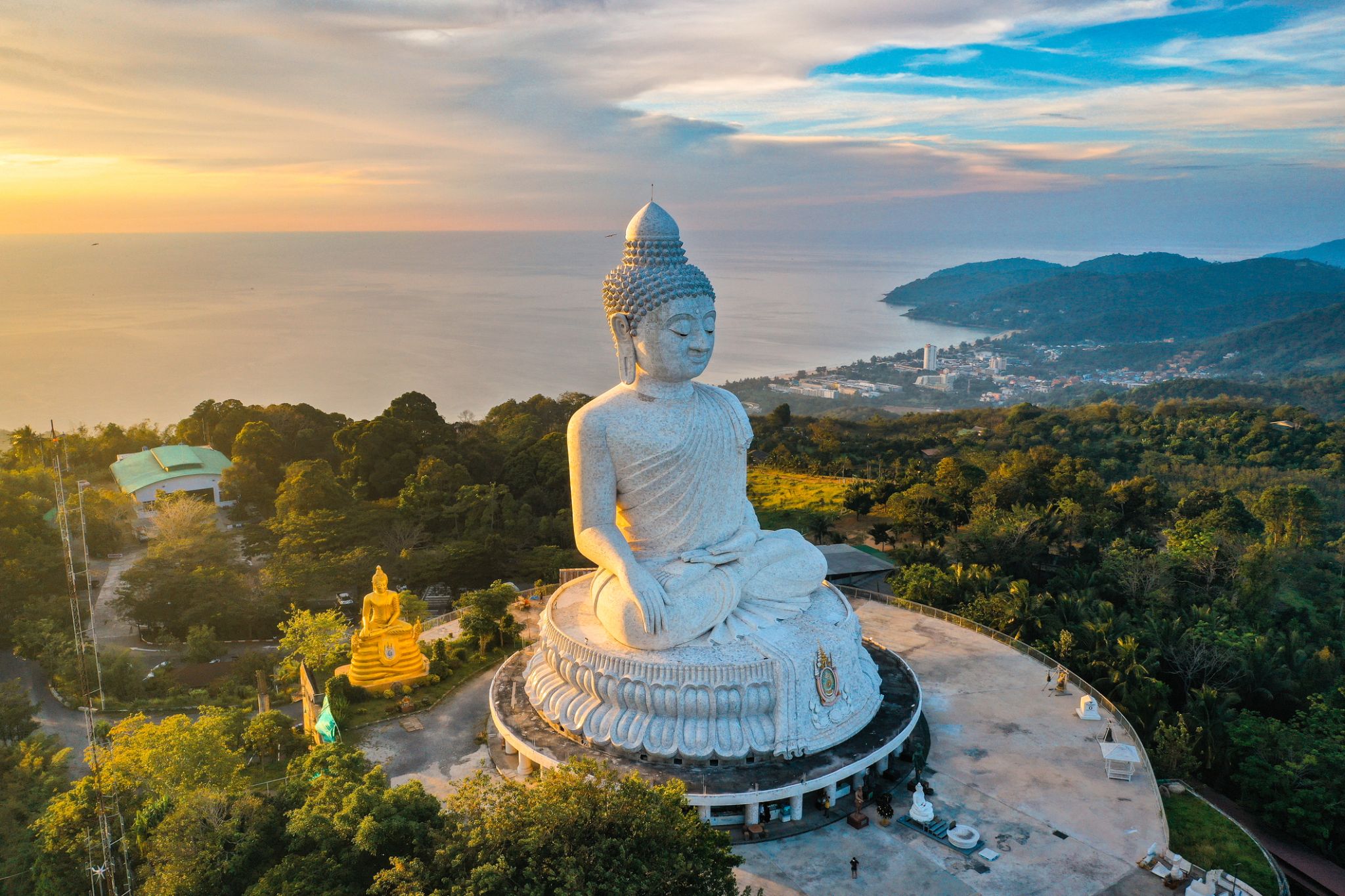 Dzień 131: 12:00
Dzień 131: 12:00Phuket / Thailand
Phuket is one of the southern provinces (changwat) of Thailand. It consists of the island of Phuket, the country's largest island, and another 32 smaller islands off its coast. It lies off the west coast of Thailand in the Andaman Sea. Phuket Island is connected by the Sarasin Bridge to Phang Nga Province to the north. The next nearest province is Krabi, to the east across Phang Nga Bay.
-
 Dzień 132: 16:00
Dzień 132: 16:00Phuket / Thailand
Phuket is one of the southern provinces (changwat) of Thailand. It consists of the island of Phuket, the country's largest island, and another 32 smaller islands off its coast. It lies off the west coast of Thailand in the Andaman Sea. Phuket Island is connected by the Sarasin Bridge to Phang Nga Province to the north. The next nearest province is Krabi, to the east across Phang Nga Bay.
-
 Dzień 133:
Dzień 133:Dzień na morzu / Morze
-
 Dzień 134:
Dzień 134:Dzień na morzu / Morze
-
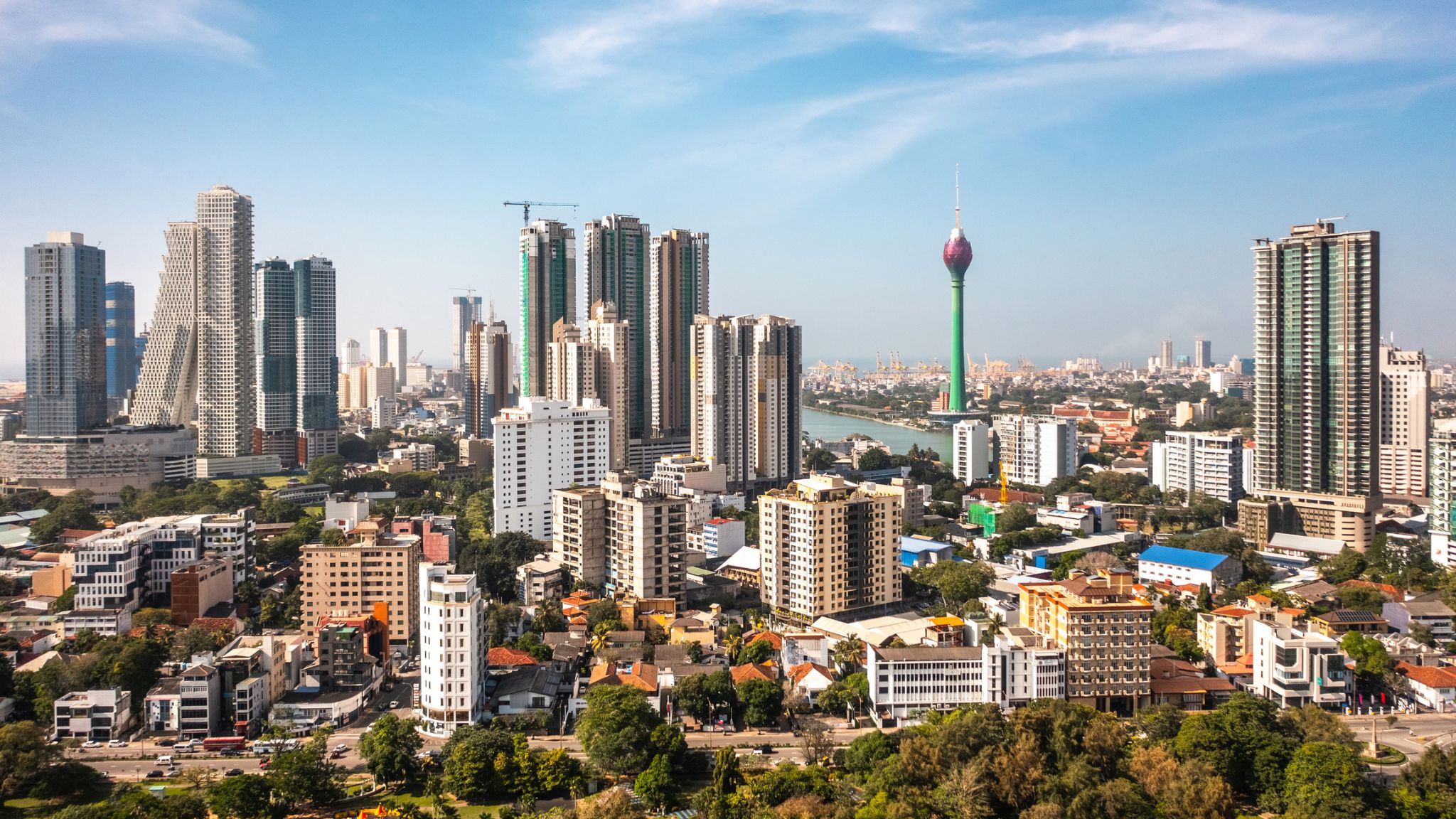 Dzień 135: 09:00-22:00
Dzień 135: 09:00-22:00Colombo / Sri Lanka
Colombo is the commercial capital and largest city of Sri Lanka. According to the Brookings Institution, Colombo metropolitan area has a population of 5.6 million, and 752,993 in the city proper. It is the financial centre of the island and a popular tourist destination. It is located on the west coast of the island and adjacent to the Greater Colombo area which includes Sri Jayawardenepura Kotte, the legislative capital of Sri Lanka and Dehiwala-Mount Lavinia. Colombo is often referred to as the capital since Sri Jayawardenepura Kotte is within the urban area of, and a suburb of, Colombo. It is also the administrative capital of the Western Province and the district capital of Colombo District. Colombo is a busy and vibrant place with a mixture of modern life and colonial buildings and ruins. It was the legislative capital of Sri Lanka until 1982.
Due to its large harbour and its strategic position along the East-West sea trade routes, Colombo was known to ancient traders 2,000 years ago. It was made the capital of the island when Sri Lanka was ceded to the British Empire in 1815, and its status as capital was retained when the nation became independent in 1948. In 1978, when administrative functions were moved to Sri Jayawardenepura Kotte, Colombo was designated as the commercial capital of Sri Lanka.
-
 Dzień 136:
Dzień 136:Dzień na morzu / Morze
-
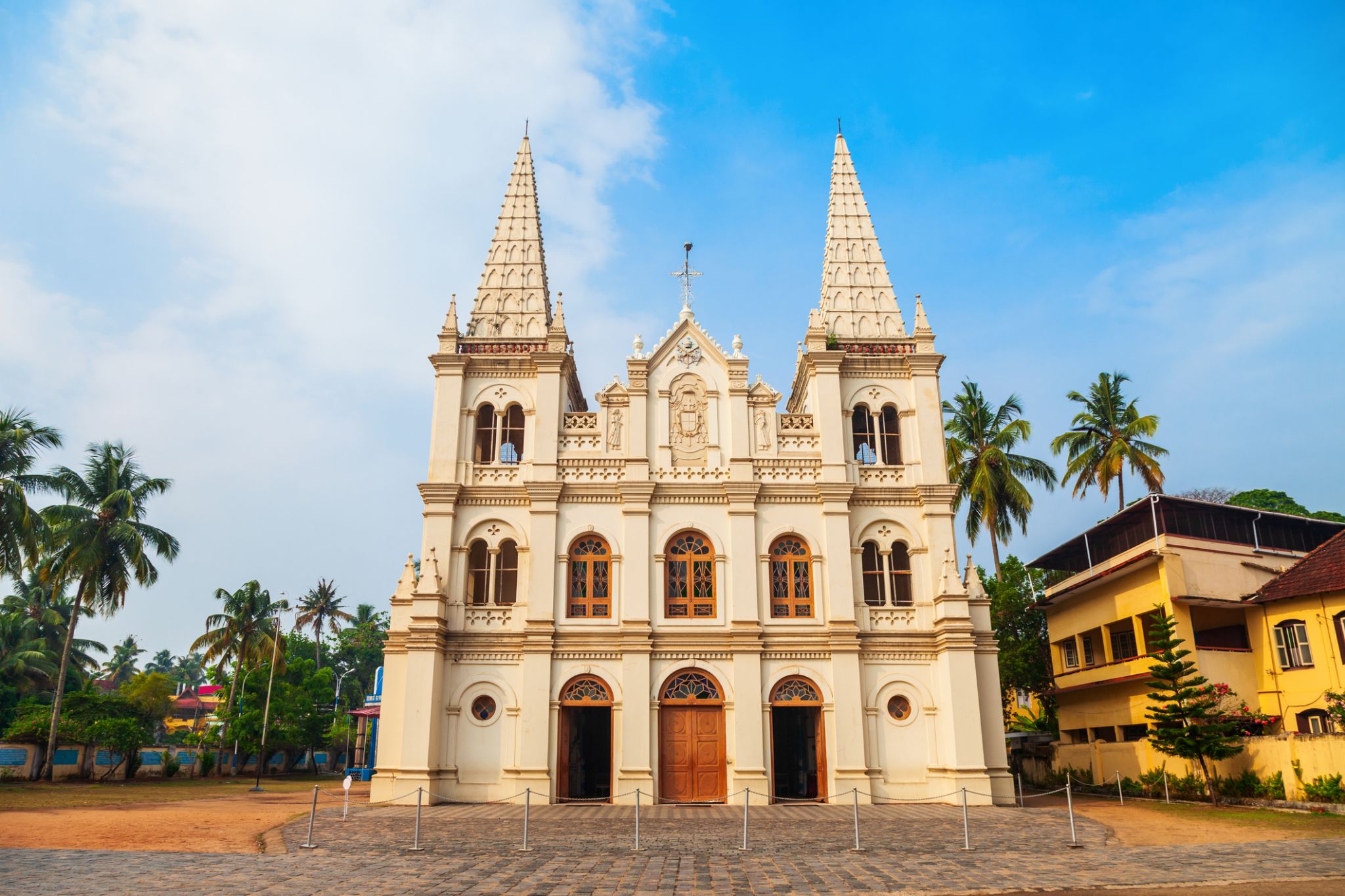 Dzień 137: 07:00-17:00
Dzień 137: 07:00-17:00Kochi / Indie
a seaport and naval base on the Malabar Coast of southwestern India, in the state of Kerala; population 254,500 (est. 2009).
-
 Dzień 138:
Dzień 138:Dzień na morzu / Morze
-
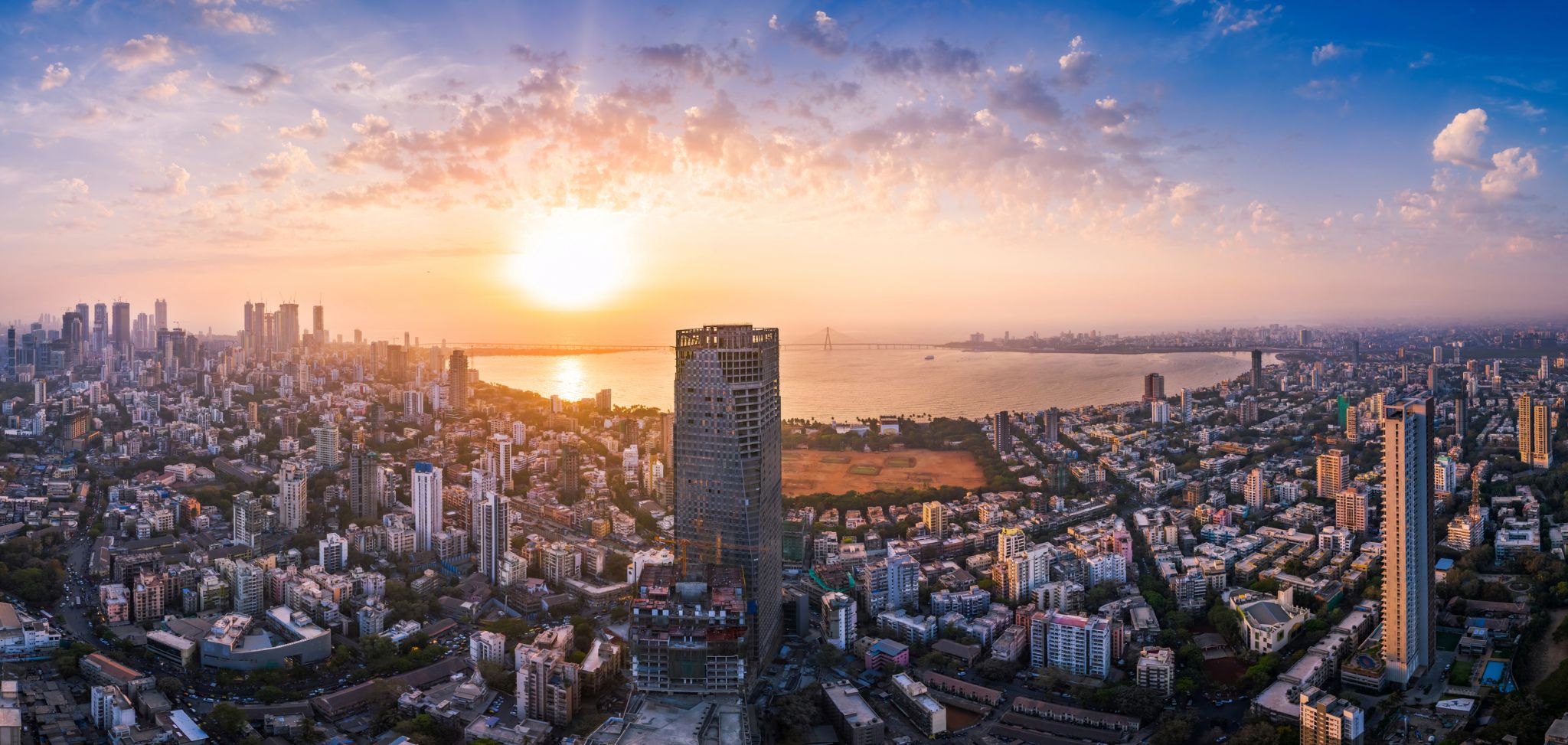 Dzień 139: 07:00
Dzień 139: 07:00Mumbaj (Bombaj) / Indie
Mumbaj jest stolicą indyjskiego stanu Maharasztra. Jest najludniejszym miastem w Indiach, z szacowaną populacją samego miasta wynoszącą 12,4 miliona według stanu na 2011 rok. Wraz z sąsiednimi regionami Bombajskiego Regionu Metropolitalnego jest drugim co do wielkości obszarem metropolitalnym w Indiach, z populacją 21,3 miliona według stanu na 2016 rok. Mumbaj leży na wybrzeżu Konkan na zachodnim wybrzeżu Indii i posiada głęboki naturalny port. W 2008 roku Mumbaj został uznany za miasto światowe alfa. Jest także najbogatszym miastem w Indiach i ma największą liczbę milionerów i miliarderów spośród wszystkich miast w Indiach. W Mumbaju znajdują się trzy obiekty światowego dziedzictwa UNESCO: Jaskinie Elefanta, Dworzec Kolejowy Chhatrapati Shivaji Maharaj Terminus oraz charakterystyczny zespół wiktoriańskich i art deco budynków miasta.
-
 Dzień 140: 14:00
Dzień 140: 14:00Mumbaj (Bombaj) / Indie
Mumbaj jest stolicą indyjskiego stanu Maharasztra. Jest najludniejszym miastem w Indiach, z szacowaną populacją samego miasta wynoszącą 12,4 miliona według stanu na 2011 rok. Wraz z sąsiednimi regionami Bombajskiego Regionu Metropolitalnego jest drugim co do wielkości obszarem metropolitalnym w Indiach, z populacją 21,3 miliona według stanu na 2016 rok. Mumbaj leży na wybrzeżu Konkan na zachodnim wybrzeżu Indii i posiada głęboki naturalny port. W 2008 roku Mumbaj został uznany za miasto światowe alfa. Jest także najbogatszym miastem w Indiach i ma największą liczbę milionerów i miliarderów spośród wszystkich miast w Indiach. W Mumbaju znajdują się trzy obiekty światowego dziedzictwa UNESCO: Jaskinie Elefanta, Dworzec Kolejowy Chhatrapati Shivaji Maharaj Terminus oraz charakterystyczny zespół wiktoriańskich i art deco budynków miasta.
-
 Dzień 141:
Dzień 141:Dzień na morzu / Morze
-
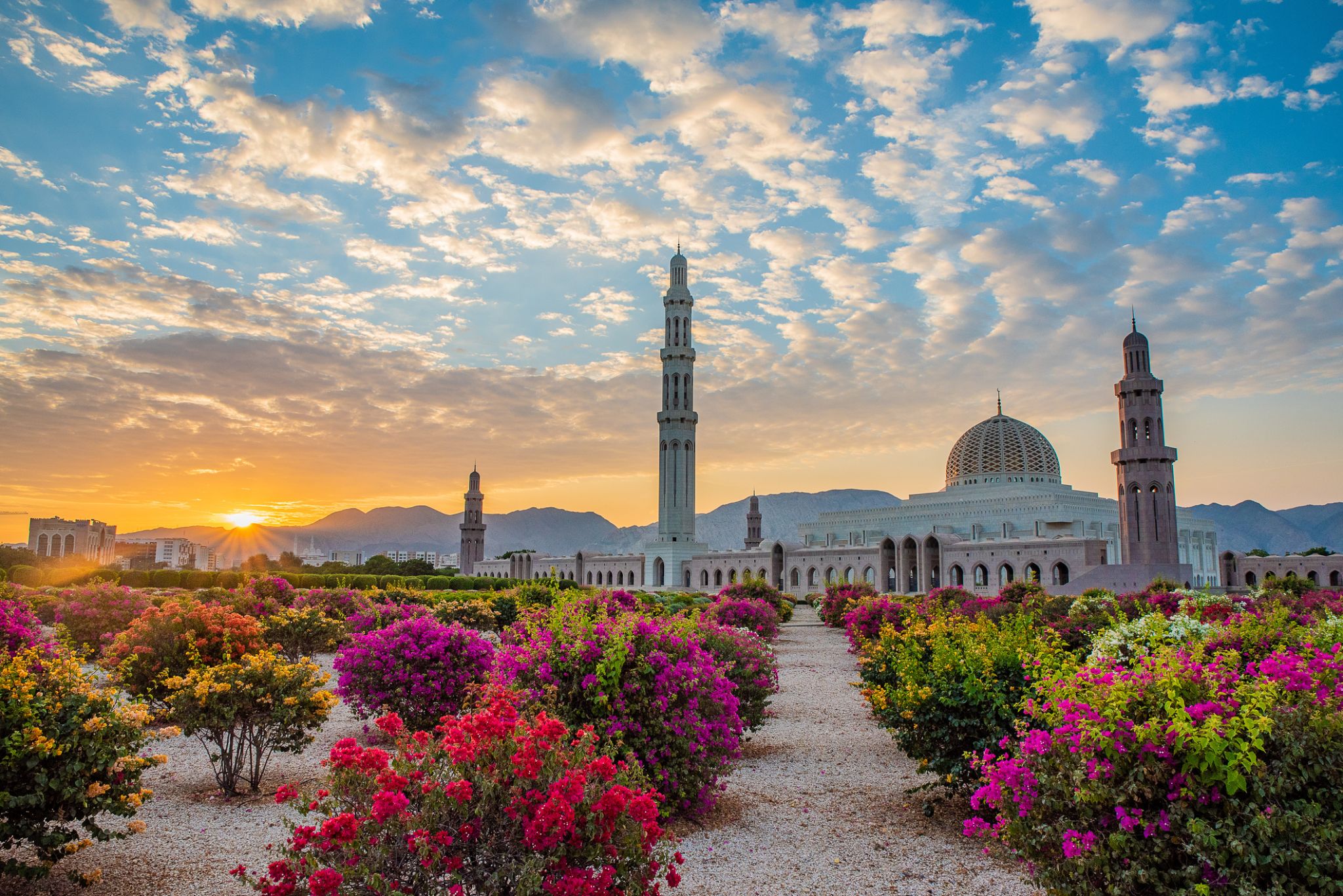 Dzień 142: 12:00-19:00
Dzień 142: 12:00-19:00Muskat / Oman
Muscat is the capital and largest city of Oman. It is the seat of the Governorate of Muscat. According to the National Centre for Statistics and Information (NCSI), the total population of Muscat Governorate reached 1.4 million as of September 2018. The metropolitan area spans approximately 3,500 km2 (1,400 sq mi) and includes six provinces called wilayats. Known since the early 1st century CE as an important trading port between the west and the east, Muscat was ruled by various indigenous tribes as well as foreign powers such as the Persians, the Portuguese Empire, the Iberian Union and the Ottoman Empire at various points in its history. A regional military power in the 18th century, Muscat's influence extended as far as East Africa and Zanzibar. As an important port-town in the Gulf of Oman, Muscat attracted foreign tradesmen and settlers such as the Persians and the Balochis. Since the ascension of Qaboos bin Said as Sultan of Oman in 1970, Muscat has experienced rapid infrastructural development that has led to the growth of a vibrant economy and a multi-ethnic society.
-
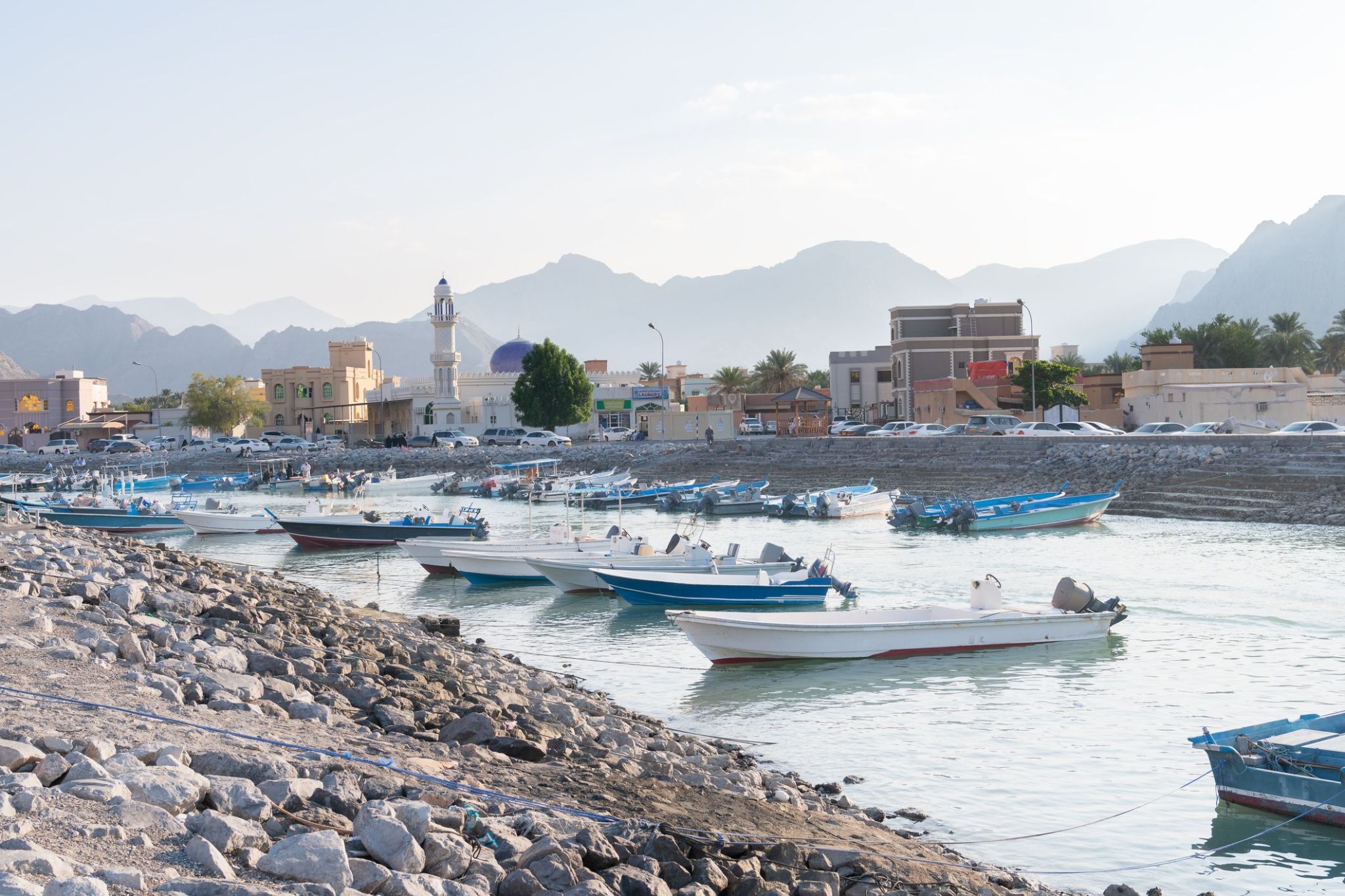 Dzień 143: 10:00-19:00
Dzień 143: 10:00-19:00Al Khasab, Oman / Oman
Al Khasab to malownicze nadmorskie miasto w północnej części Omanu, położone na półwyspie Musandam, często nazywanym "Norwegią Arabii" ze względu na zapierające dech w piersiach fiordy. Miasto jest administracyjnym centrum regionu i ważnym portem, skąd tradycyjne łodzie dhow wyruszają na wycieczki po malowniczych zatokach z turkusową wodą i wysokimi klifami. Al Khasab jest również znany ze swojego starego fortu zbudowanego przez Portugalczyków w XVII wieku, który obecnie mieści muzeum prezentujące bogatą historię regionu.
Turyści odwiedzający Al Khasab mogą cieszyć się rejsami po fiordach, obserwacją delfinów w naturalnym środowisku oraz odkrywaniem górskich szlaków i starożytnych wiosek ukrytych wśród skał. Lokalne targi i rybne bazary oferują wgląd w tradycyjny styl życia mieszkańców. Al Khasab to idealne miejsce dla tych, którzy szukają połączenia morskich przygód, historii i spokoju z dala od dużych miast.
-
 Dzień 144: 07:00-23:00
Dzień 144: 07:00-23:00Abu Zabi / UAE
Abu Zabi jest stolicą i drugim co do wielkości miastem Zjednoczonych Emiratów Arabskich (najludniejszym jest Dubaj) oraz stolicą Emiratu Abu Zabi, największego z siedmiu emiratów UAE. Abu Zabi leży na wyspie w kształcie litery T, która wychodzi w Zatokę Perską z centralnego zachodniego wybrzeża. Miasto Abu Zabi miało szacowaną liczbę ludności 1,8 miliona w 2016 roku.
Abu Zabi mieści urzędy rządowe federalne, jest siedzibą Rządu Zjednoczonych Emiratów Arabskich, domem dla Rodziny Emira Abu Zabi oraz Prezydenta UAE, który pochodzi z tej rodziny. Szybki rozwój Abu Zabi i urbanizacja, w połączeniu z relatywnie wysokim średnim dochodem jego populacji, przekształciły miasto w dużą i zaawansowaną metropolię. Dziś miasto jest centrum politycznym i przemysłowym kraju, a także głównym ośrodkiem kulturalnym i handlowym, ze względu na swoją pozycję stolicy. Abu Zabi odpowiada za około dwie trzecie mniej więcej 400-miliardowej gospodarki Zjednoczonych Emiratów Arabskich.
-
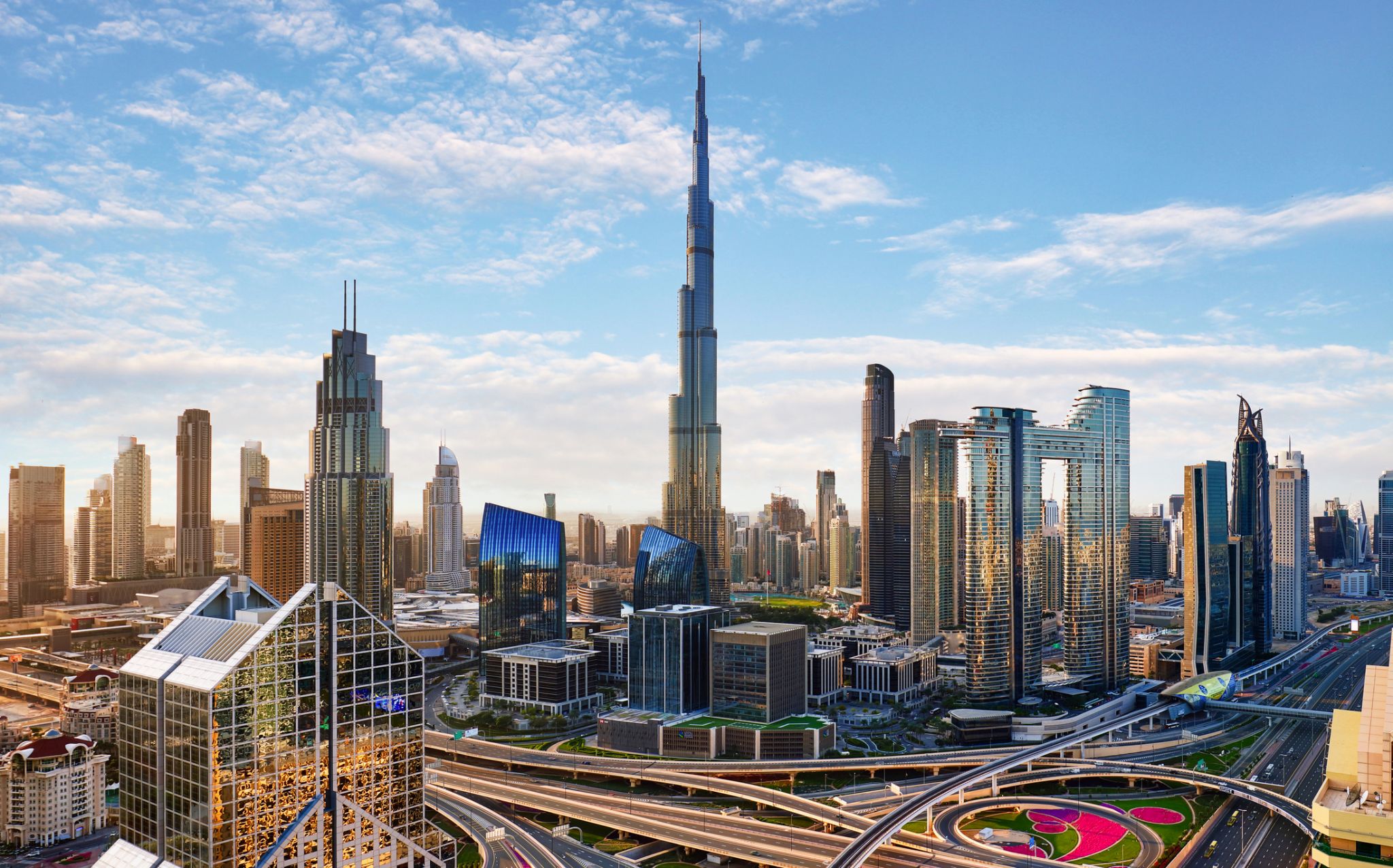 Dzień 145: 07:00
Dzień 145: 07:00Dubai / UAE
Dubai is the largest and most populous cityin the United Arab Emirates (UAE). On the southeast coast of the Persian Gulf, it is the capital of the Emirate of Dubai, one of the seven emirates that make up the country.
Dubai is a global city and business hub of the Middle East. It is also a major global transport hub for passengers and cargo. Oil revenue helped accelerate the development of the city, which was already a major mercantile hub, but Dubai's oil reserves are limited and production levels are low: today, less than 5% of the emirate's revenue comes from oil. A growing centre for regional and international trade since the early 20th century, Dubai's economy today relies on revenues from trade, tourism, aviation, real estate, and financial services.
Dubai has attracted world attention through large construction projects and sports events, in particular the world's tallest building, the Burj Khalifa. As of 2012, Dubai was the most expensive city in the Middle East. In 2014, Dubai's hotel rooms were rated as the second most expensive in the world.
-
 Dzień 146: 13:00
Dzień 146: 13:00Dubai / UAE
Dubai is the largest and most populous cityin the United Arab Emirates (UAE). On the southeast coast of the Persian Gulf, it is the capital of the Emirate of Dubai, one of the seven emirates that make up the country.
Dubai is a global city and business hub of the Middle East. It is also a major global transport hub for passengers and cargo. Oil revenue helped accelerate the development of the city, which was already a major mercantile hub, but Dubai's oil reserves are limited and production levels are low: today, less than 5% of the emirate's revenue comes from oil. A growing centre for regional and international trade since the early 20th century, Dubai's economy today relies on revenues from trade, tourism, aviation, real estate, and financial services.
Dubai has attracted world attention through large construction projects and sports events, in particular the world's tallest building, the Burj Khalifa. As of 2012, Dubai was the most expensive city in the Middle East. In 2014, Dubai's hotel rooms were rated as the second most expensive in the world.
-
 Dzień 147: 09:00-16:00
Dzień 147: 09:00-16:00Muskat / Oman
Muscat is the capital and largest city of Oman. It is the seat of the Governorate of Muscat. According to the National Centre for Statistics and Information (NCSI), the total population of Muscat Governorate reached 1.4 million as of September 2018. The metropolitan area spans approximately 3,500 km2 (1,400 sq mi) and includes six provinces called wilayats. Known since the early 1st century CE as an important trading port between the west and the east, Muscat was ruled by various indigenous tribes as well as foreign powers such as the Persians, the Portuguese Empire, the Iberian Union and the Ottoman Empire at various points in its history. A regional military power in the 18th century, Muscat's influence extended as far as East Africa and Zanzibar. As an important port-town in the Gulf of Oman, Muscat attracted foreign tradesmen and settlers such as the Persians and the Balochis. Since the ascension of Qaboos bin Said as Sultan of Oman in 1970, Muscat has experienced rapid infrastructural development that has led to the growth of a vibrant economy and a multi-ethnic society.
-
 Dzień 148:
Dzień 148:Dzień na morzu / Morze
-
 Dzień 149:
Dzień 149:Dzień na morzu / Morze
-
 Dzień 150:
Dzień 150:Dzień na morzu / Morze
-
 Dzień 151:
Dzień 151:Dzień na morzu / Morze
-
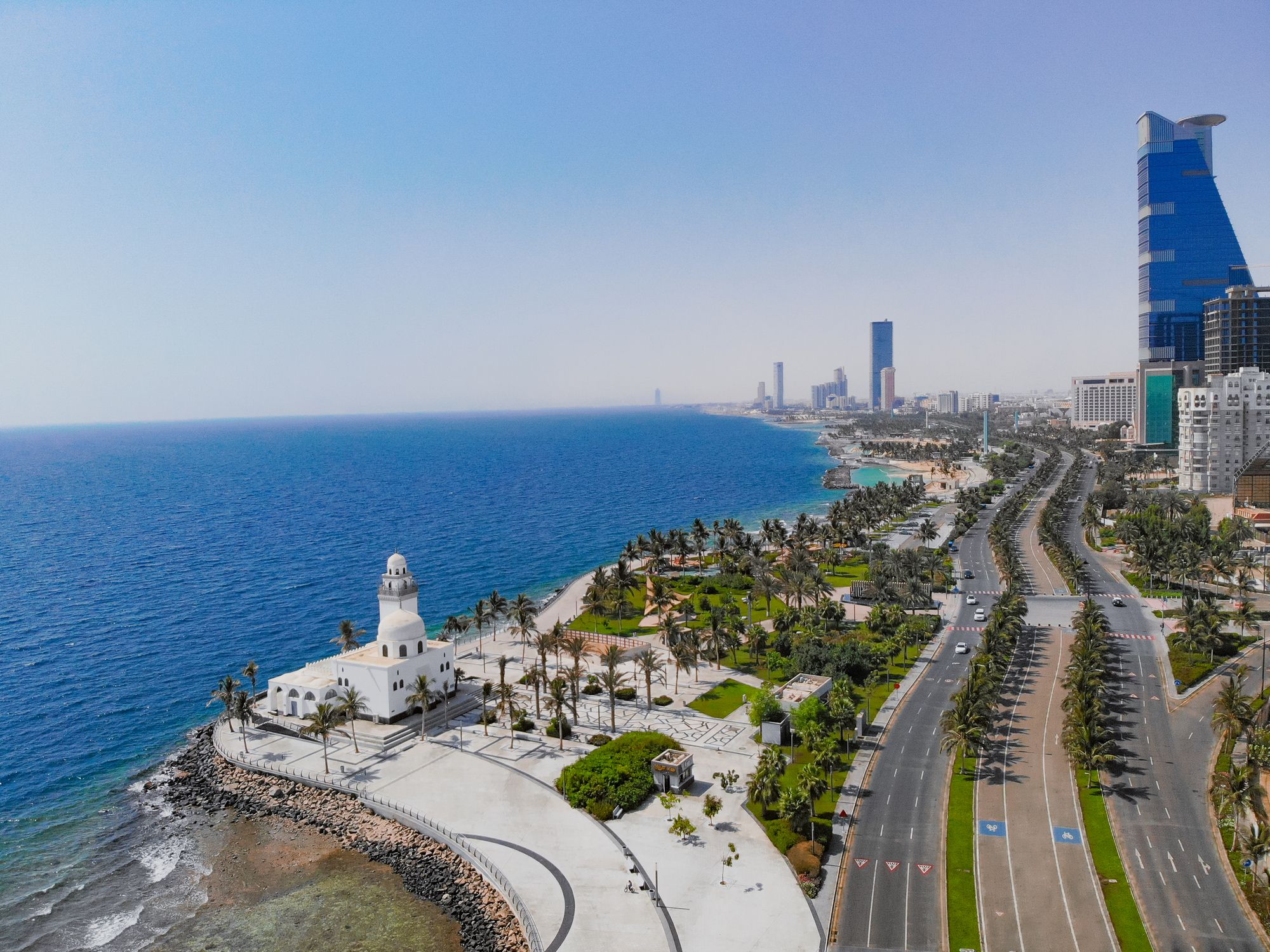 Dzień 152: 10:00-20:00
Dzień 152: 10:00-20:00Dżudda / Dżidda / Arabia Saudyjska
Na zachodnim wybrzeżu Arabii Saudyjskiej, gdzie piaszczyste wydmy spotykają się z lazurowymi wodami Morza Czerwonego, leży Dżudda – brama do Mekki i tętniące życiem centrum kultury oraz handlu. Miasto zachwyca unikalnym połączeniem dawnych tradycji z nowoczesnością: można tu spacerować po zabytkowej dzielnicy Al-Balad z domami z koralowego kamienia, a następnie odwiedzić luksusowe centra handlowe lub imponującą promenadę Corniche.
Dżudda słynie z kosmopolitycznego charakteru i gościnności – od wieków przyjmuje pielgrzymów i kupców z całego świata. Turystów przyciąga nie tylko bogactwo dziedzictwa kulturowego, ale również możliwość nurkowania w jednych z najpiękniejszych raf koralowych regionu. Znana Pływająca Meczet i fontanny króla Fahda, jedne z najwyższych na świecie, stały się prawdziwymi symbolami miasta.
-
 Dzień 153:
Dzień 153:Dzień na morzu / Morze
-
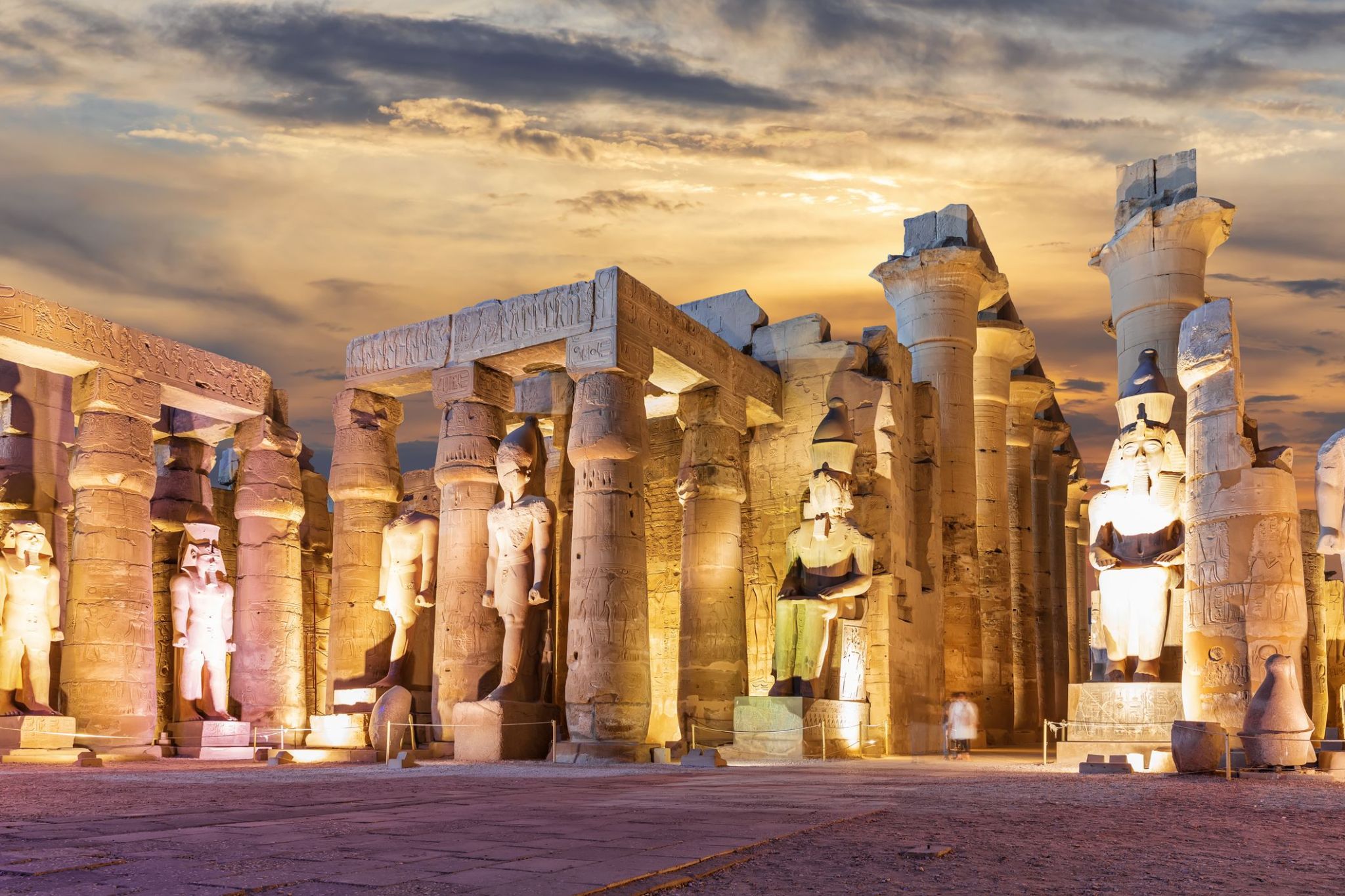 Dzień 154: 06:00
Dzień 154: 06:00Luksor / Egipt
Pod egipskim słońcem, po obu stronach Nilu, rozciąga się Luksor — miasto nazywane największym muzeum na świeżym powietrzu na świecie. Dawniej była to potężna stolica starożytnych Teb, a dziś Luksor zachwyca monumentalnymi zabytkami: świątynią w Karnaku, Doliną Królów z grobowcem Tutanchamona oraz milczącymi Kolosami Memnona.
Spacer po Luksorze to coś więcej niż tylko zwiedzanie — to prawdziwa podróż w czasie. Historia obecna jest tu w każdym kamieniu, w cieniu kolumn, w ciszy poranka, gdy słońce wschodzi nad ruinami. Na turystów czekają nie tylko cudowne wykopaliska, ale także rejsy po Nilu, loty balonem i gościnność mieszkańców, dla których przeszłość jest codziennością.
-
 Dzień 155: 21:00
Dzień 155: 21:00Luksor / Egipt
Pod egipskim słońcem, po obu stronach Nilu, rozciąga się Luksor — miasto nazywane największym muzeum na świeżym powietrzu na świecie. Dawniej była to potężna stolica starożytnych Teb, a dziś Luksor zachwyca monumentalnymi zabytkami: świątynią w Karnaku, Doliną Królów z grobowcem Tutanchamona oraz milczącymi Kolosami Memnona.
Spacer po Luksorze to coś więcej niż tylko zwiedzanie — to prawdziwa podróż w czasie. Historia obecna jest tu w każdym kamieniu, w cieniu kolumn, w ciszy poranka, gdy słońce wschodzi nad ruinami. Na turystów czekają nie tylko cudowne wykopaliska, ale także rejsy po Nilu, loty balonem i gościnność mieszkańców, dla których przeszłość jest codziennością.
-
 Dzień 156:
Dzień 156:Dzień na morzu / Morze
-
 Dzień 157:
Dzień 157:Dzień na morzu / Morze
-
 Dzień 158:
Dzień 158:Dzień na morzu / Morze
-
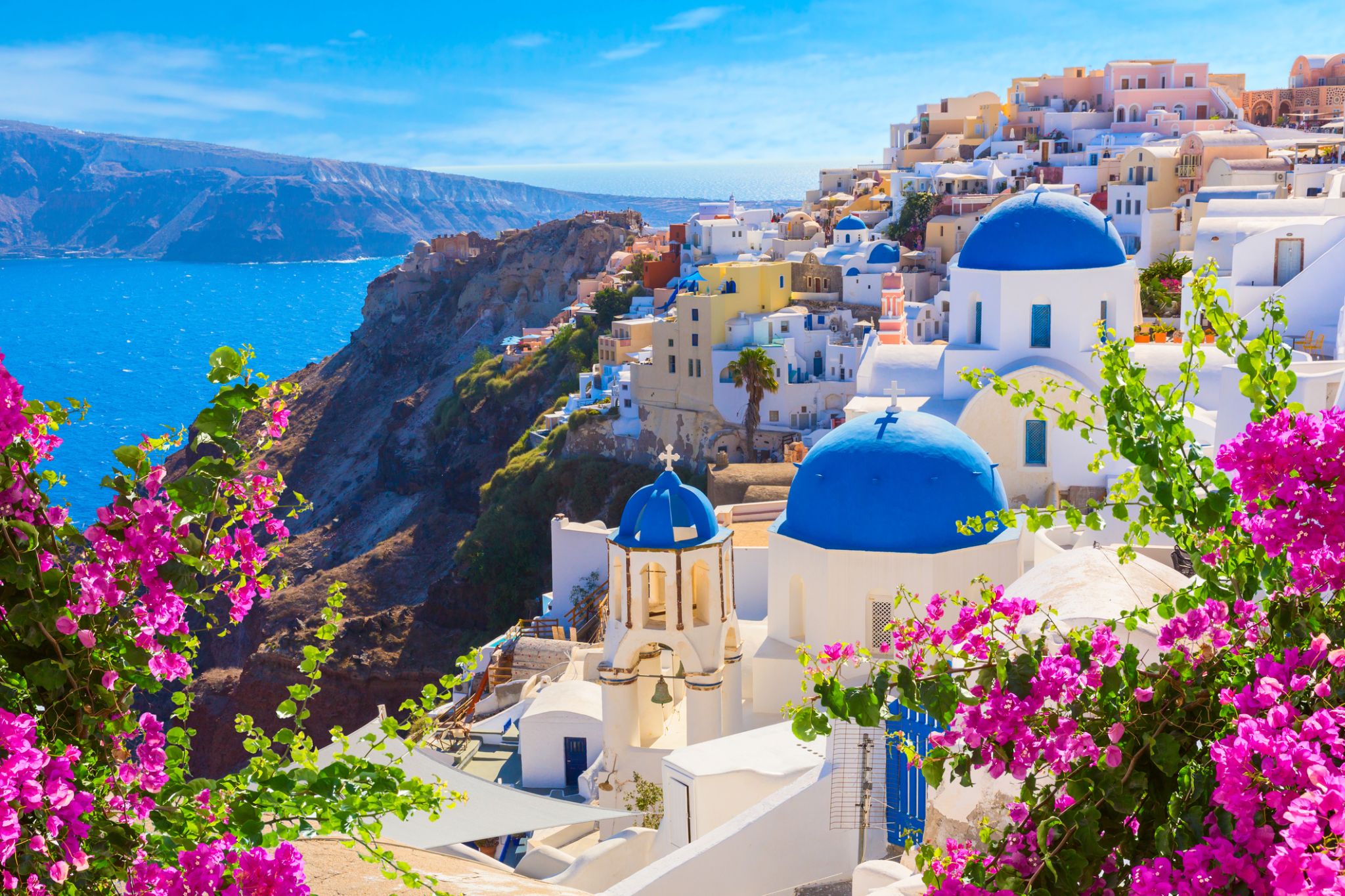 Dzień 159: 07:00-19:00
Dzień 159: 07:00-19:00Santorini, Cyklady / Grecja
Santorini, classically Thera, and officially Thira, is an island in the southern Aegean Sea, about 200 km (120 mi) southeast of Greece's mainland. It is the largest island of a small, circular archipelago, which bears the same name and is the remnant of a volcanic caldera. It forms the southernmost member of the Cyclades group of islands, with an area of approximately 73 km2 (28 sq mi) and a 2011 census population of 15,550. The municipality of Santorini includes the inhabited islands of Santorini and Therasia and the uninhabited islands of Nea Kameni, Palaia Kameni, Aspronisi, and Christiana. The total land area is 90.623 km2 (34.990 sq mi).Santorini is part of the Thira regional unit.
The island was the site of one of the largest volcanic eruptions in recorded history: the Minoan eruption(sometimes called the Thera eruption), which occurred about 3,600 years ago at the height of the Minoan civilization. The eruption left a large caldera surrounded by volcanic ash deposits hundreds of metres deep. It may have led indirectly to the collapse of the Minoan civilization on the island of Crete, 110 km (68 mi) to the south, through a gigantic tsunami. Another popular theory holds that the Thera eruption is the source of the legend of Atlantis.
It is the most active volcanic centre in the South Aegean Volcanic Arc, though what remains today is chiefly a water-filled caldera. The volcanic arc is approximately 500 km (310 mi) long and 20 to 40 km (12 to 25 mi) wide. The region first became volcanically active around 3–4 million years ago[citation needed], though volcanism on Thera began around 2 million years ago with the extrusion of dacitic lavas from vents around the Akrotiri.
-
 Dzień 160:
Dzień 160:Dzień na morzu / Morze
-
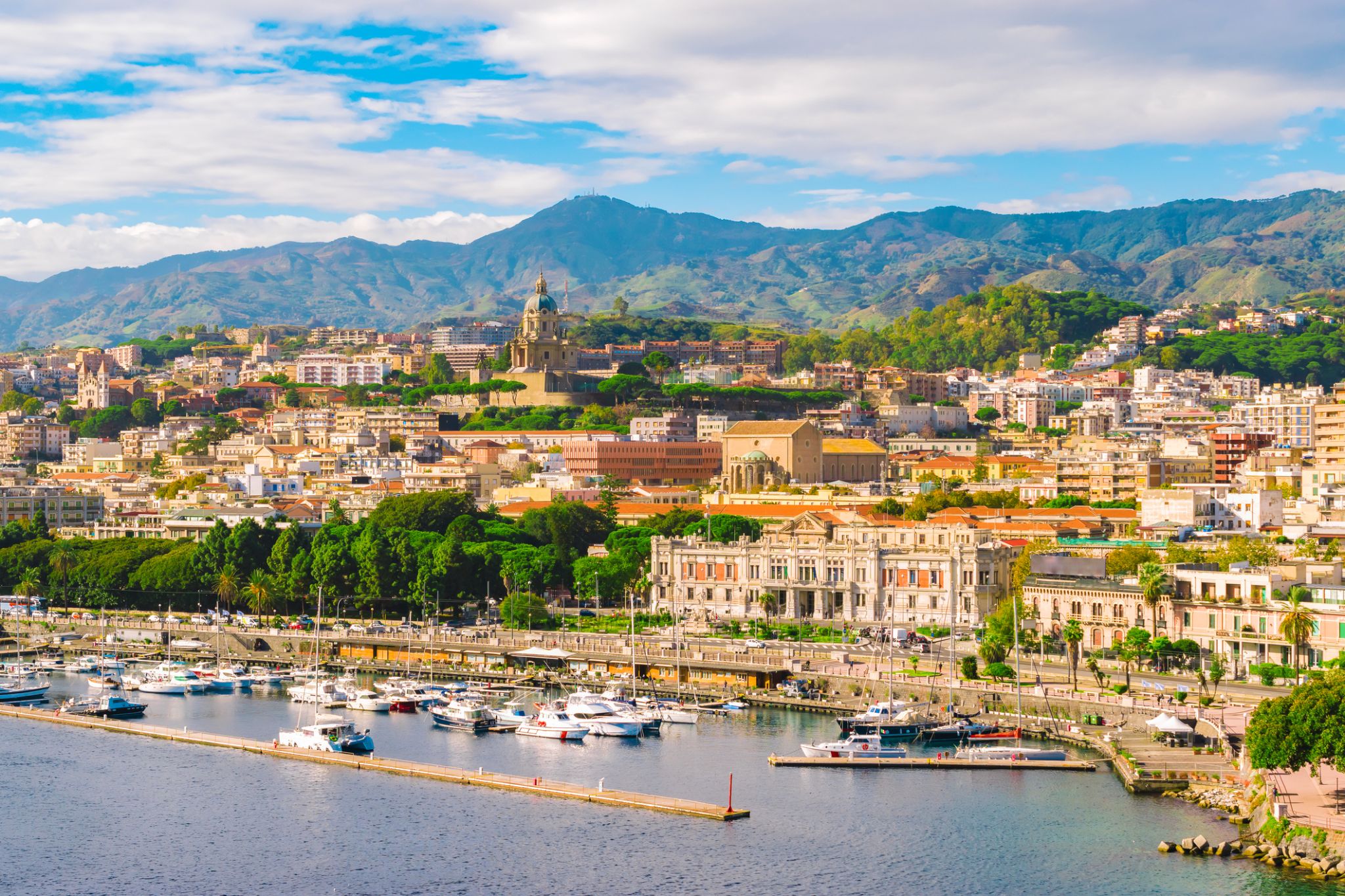 Dzień 161: 07:00-18:00
Dzień 161: 07:00-18:00Messina, wł. Sycylia / Włochy
-
 Dzień 162: 07:00-17:00
Dzień 162: 07:00-17:00SORRENTOCAPRÍ
-
 Dzień 163: 08:00-16:00
Dzień 163: 08:00-16:00OLBIA PORTO CERVO
-
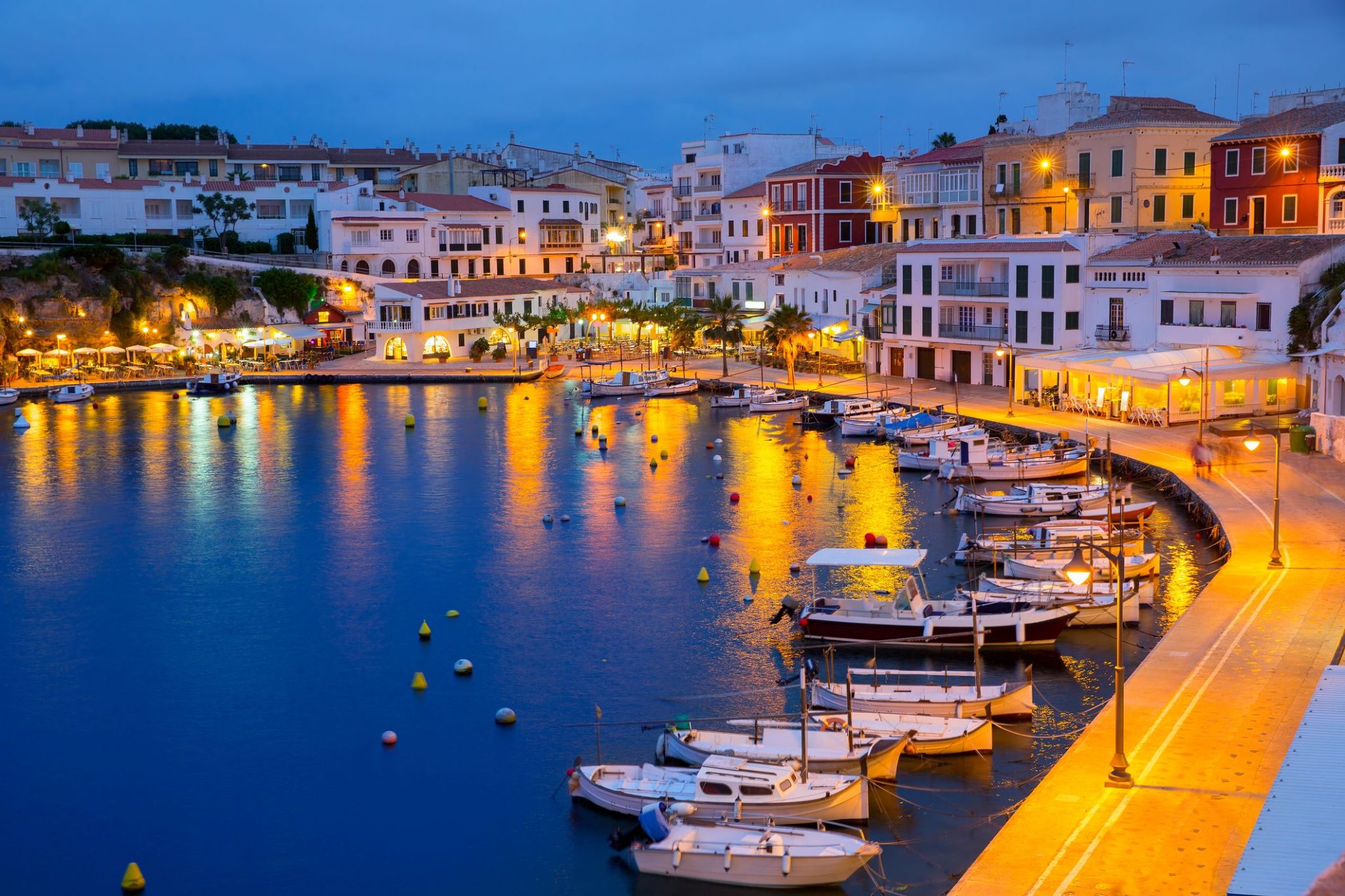 Dzień 164: 10:00-19:00
Dzień 164: 10:00-19:00Port Maon / Hiszpania
-
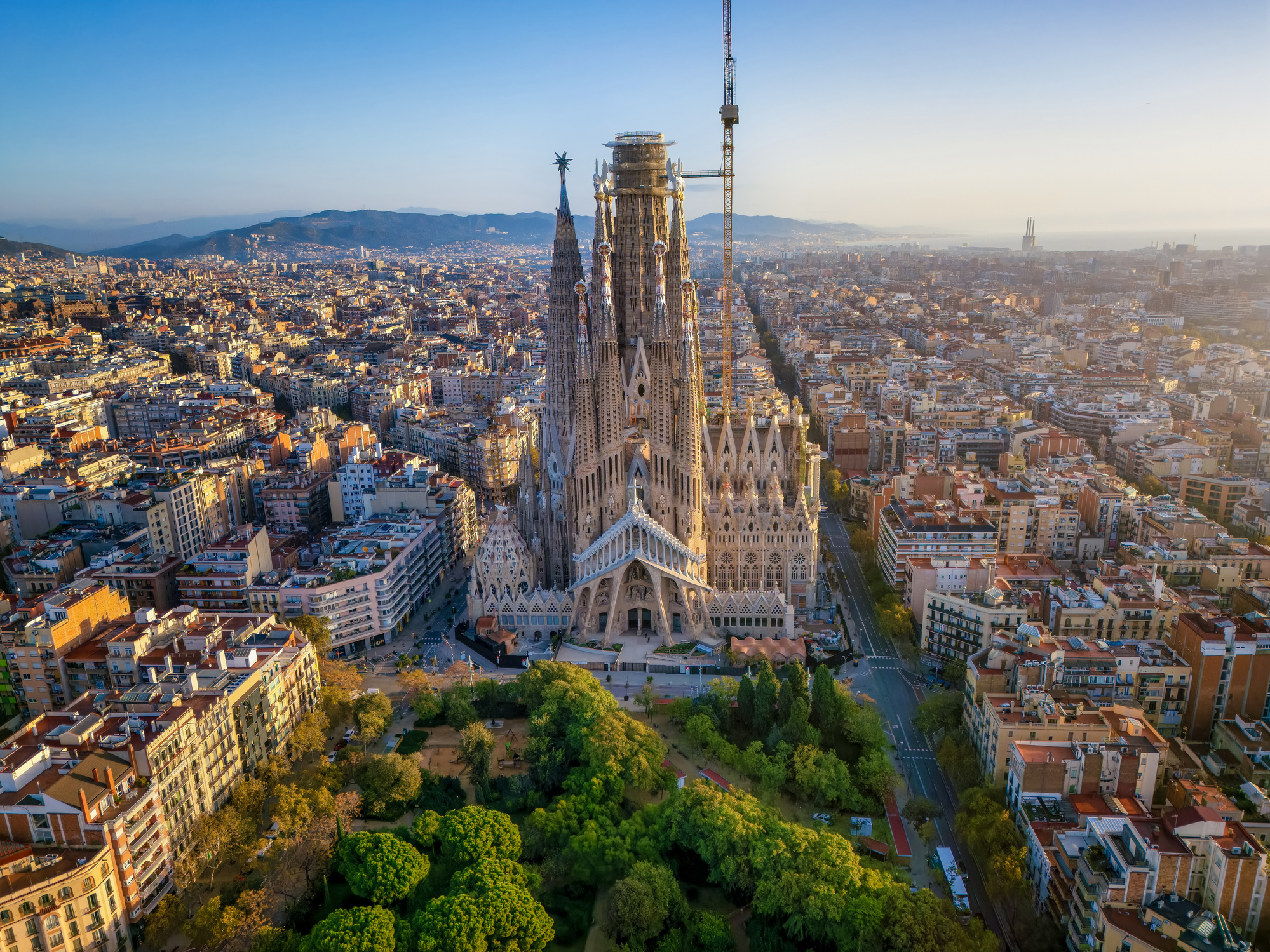 Dzień 165: 07:00-17:30
Dzień 165: 07:00-17:30Barcelona / Hiszpania
Mając reputację jednego z najatrakcyjniejszych miast w Europie, Barcelona świętuje swoją rolę stolicy Katalonii. Kosmopolityczna i międzynarodowa atmosfera miasta sprawia, że jest to ulubione miejsce wielu ludzi na całym świecie. Miasto jest szczególnie znane ze swojej architektury i sztuki – podróżnicy z całego świata przybywają, aby zobaczyć słynną Sagrada Familia i inne modernistyczne zabytki zaprojektowane przez Gaudiego.
Barcelona to miasto z licznymi i oryginalnymi możliwościami spędzania czasu wolnego, które sprawiają, że chcesz tu wracać. Położona na wybrzeżu Morza Śródziemnego Barcelona słynie z arcydzieł Gaudiego i architektury secesyjnej: jest jednym z najbardziej stylowych miast europejskich.
Miasto jest ośrodkiem nowych trendów w świecie kultury, mody i gastronomii. Dopełnieniem kreatywności artystów i projektantów jest ostrożne podejście do tradycyjnych placówek. Barcelona łączy w sobie urok i spokój historycznego centrum z awangardowymi nowoczesnymi dzielnicami i intensywnym tempem życia w jednym z najczęściej odwiedzanych miast na świecie.
-
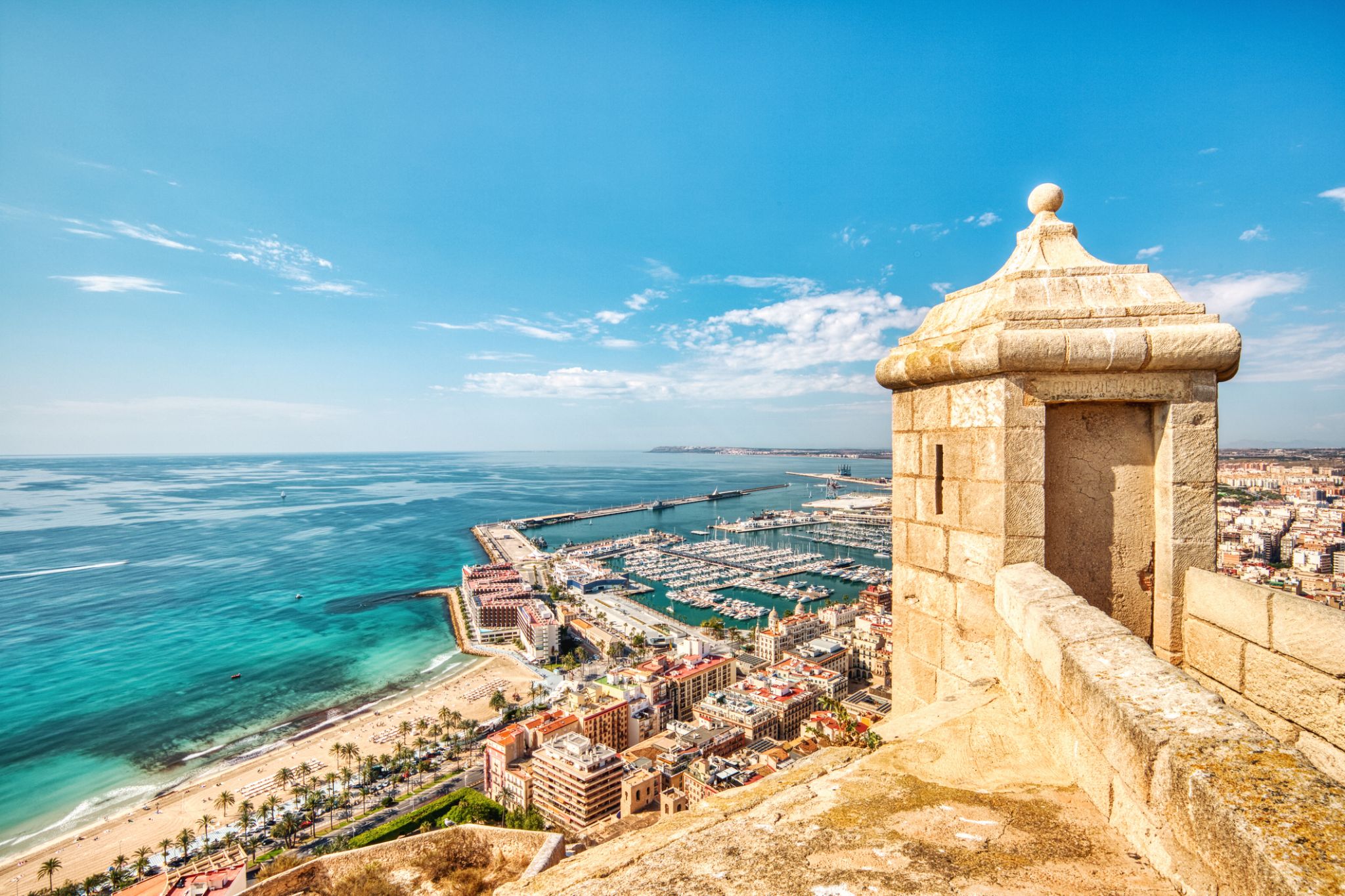 Dzień 166: 08:00-16:00
Dzień 166: 08:00-16:00Alicante / Hiszpania
Alicante, or Alacant , both the Spanish and Valencian being official names, is a city and port in Spain on the Costa Blanca, the capital of the province of Alicante and of the comarca of Alacantí, in the south of the Valencian Community. It is also a historic Mediterranean port. The population of the city of Alicante proper was 330,525, estimated as of 2016, ranking as the second-largest Valencian city. Including nearby municipalities, the Alicante conurbation had 452,462 residents. The population of the metropolitan area (including Elche and satellite towns) was 757,085 as of 2014 estimates, ranking as the eighth-largest metropolitan area of Spain.
-
 Dzień 167: 08:00-18:00
Dzień 167: 08:00-18:00Grenada / Grenada
-
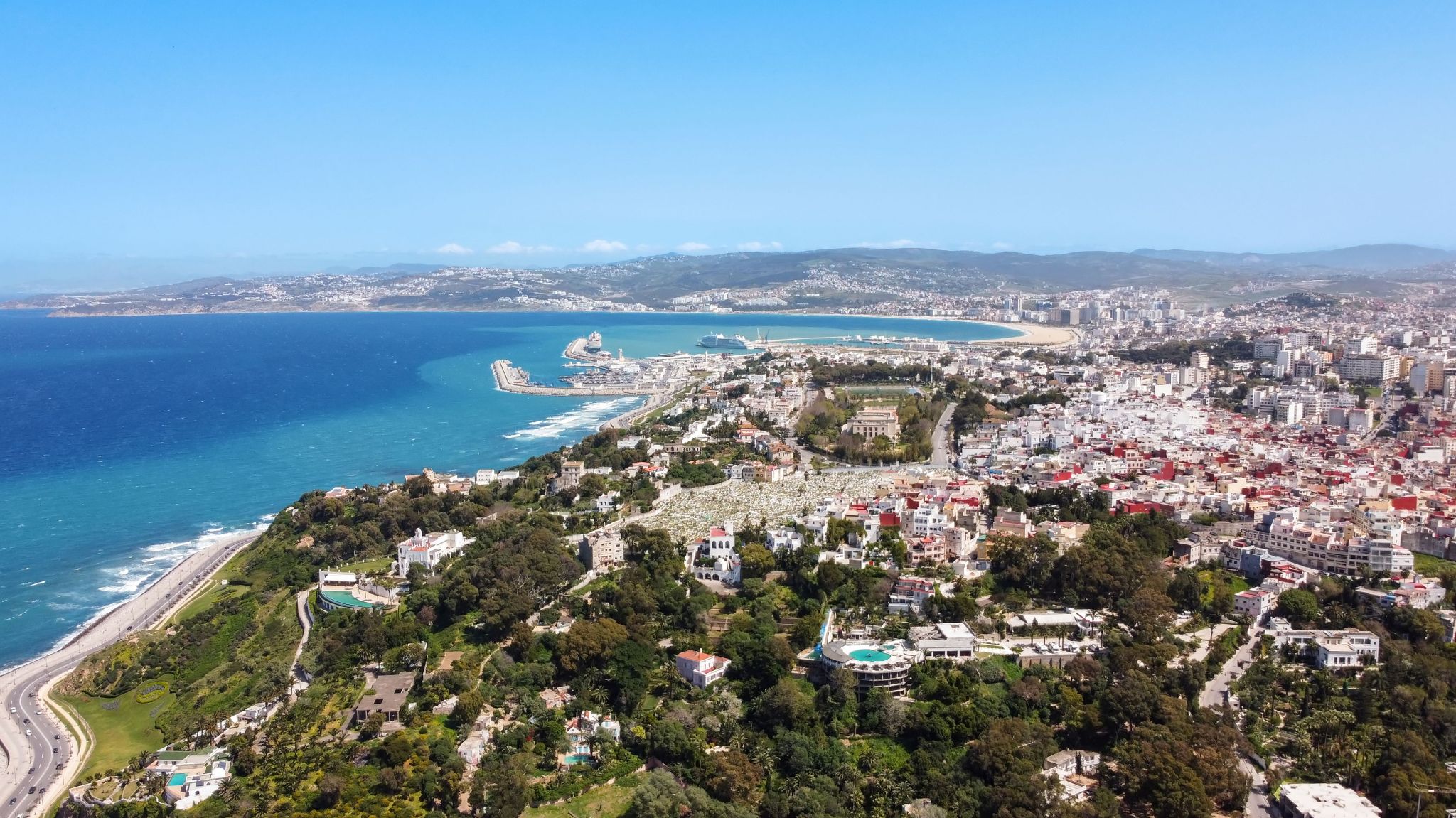 Dzień 168: 06:00-14:00
Dzień 168: 06:00-14:00Tangier / Morocco
Tanger – Krzyżowanie kultur i szlaków morskich
Tanger, położony na północy Maroka, łączy Europę i Afrykę. Miasto jest znane ze swojej mauretańskiej architektury i historii, a jego stare miasto (medina) znajduje się na liście Światowego Dziedzictwa UNESCO. Można tu cieszyć się żywymi rynkami, pięknymi plażami i zapierającymi dech w piersiach widokami, a także poczuć atmosferę, w której przeplatają się różne kultury.
Dla turystów Tanger oferuje wyjątkowe możliwości poznania marokańskiej kultury, historii i kuchni. Spacer po medinie, wizyta w Kasbie i zakupy na rynkach pozwalają poczuć ducha miasta, w którym Wschód spotyka Zachód.
-
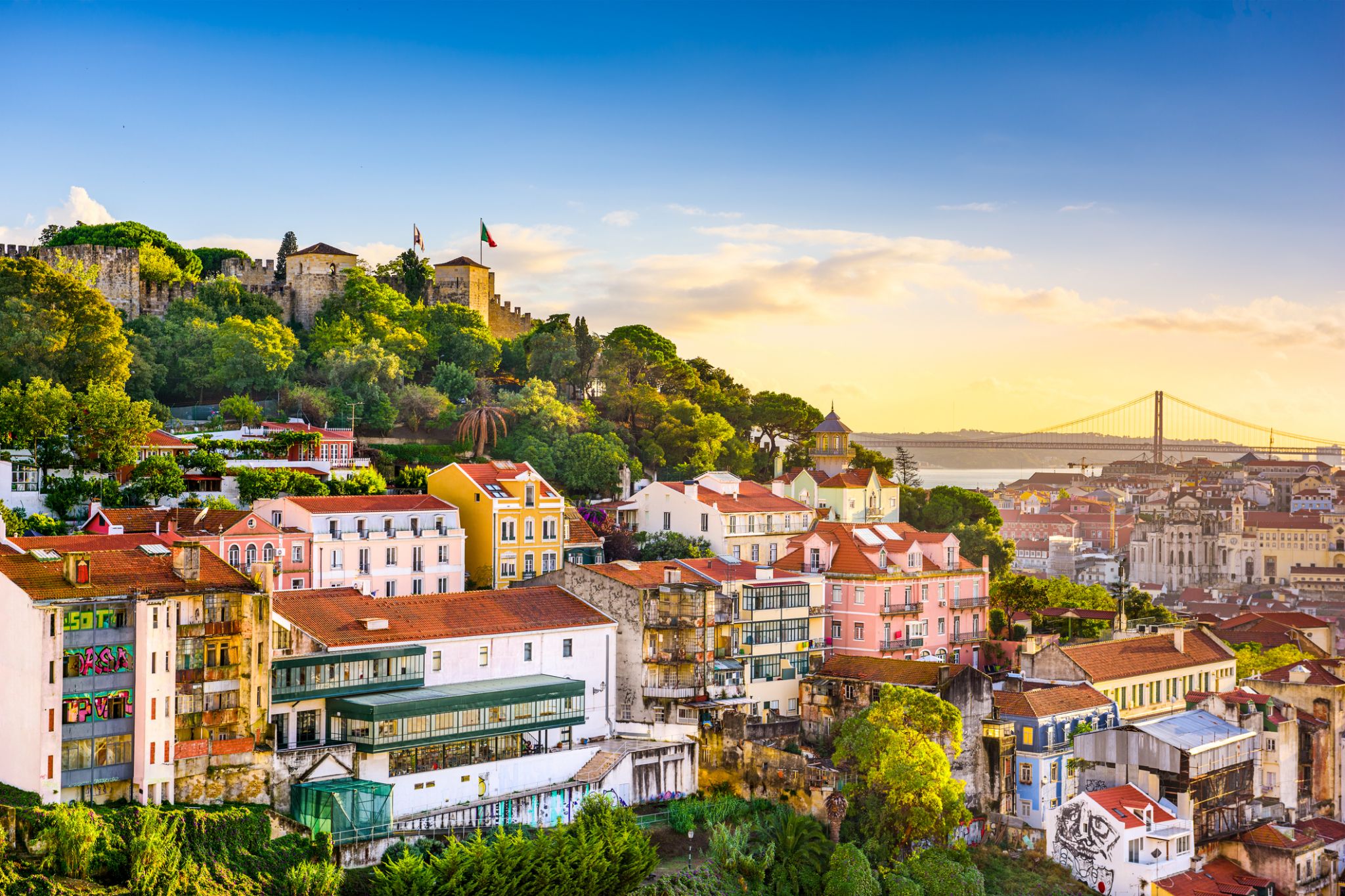 Dzień 169: 09:00-19:00
Dzień 169: 09:00-19:00Lizbona / Portugalia
Lizbona jest stolicą i największym miastem Portugalii, z szacowaną populacją 505 526 mieszkańców w granicach administracyjnych na obszarze 100,05 km². Jej obszar miejski rozciąga się poza granice administracyjne miasta i liczy około 2,8 miliona mieszkańców, co czyni go jedenastym najbardziej zaludnionym obszarem miejskim w Unii Europejskiej. Około 3 milionów ludzi mieszka w aglomeracji lizbońskiej (która stanowi około 27% populacji kraju). Jest to najbardziej wysunięta na zachód stolica kontynentalnej Europy i jedyna położona nad Oceanem Atlantyckim. Lizbona leży na zachodnim Półwyspie Iberyjskim nad Oceanem Atlantyckim i rzeką Tag. Najbardziej wysunięte na zachód obszary jej aglomeracji tworzą najbardziej wysunięty na zachód punkt kontynentalnej Europy, znany jako Cabo da Roca, położony w górach Sintra.
-
 Dzień 170: 11:00-19:00
Dzień 170: 11:00-19:00SANTIAGO Z COMPOSTELI
-
 Dzień 171:
Dzień 171:Dzień na morzu / Morze
-
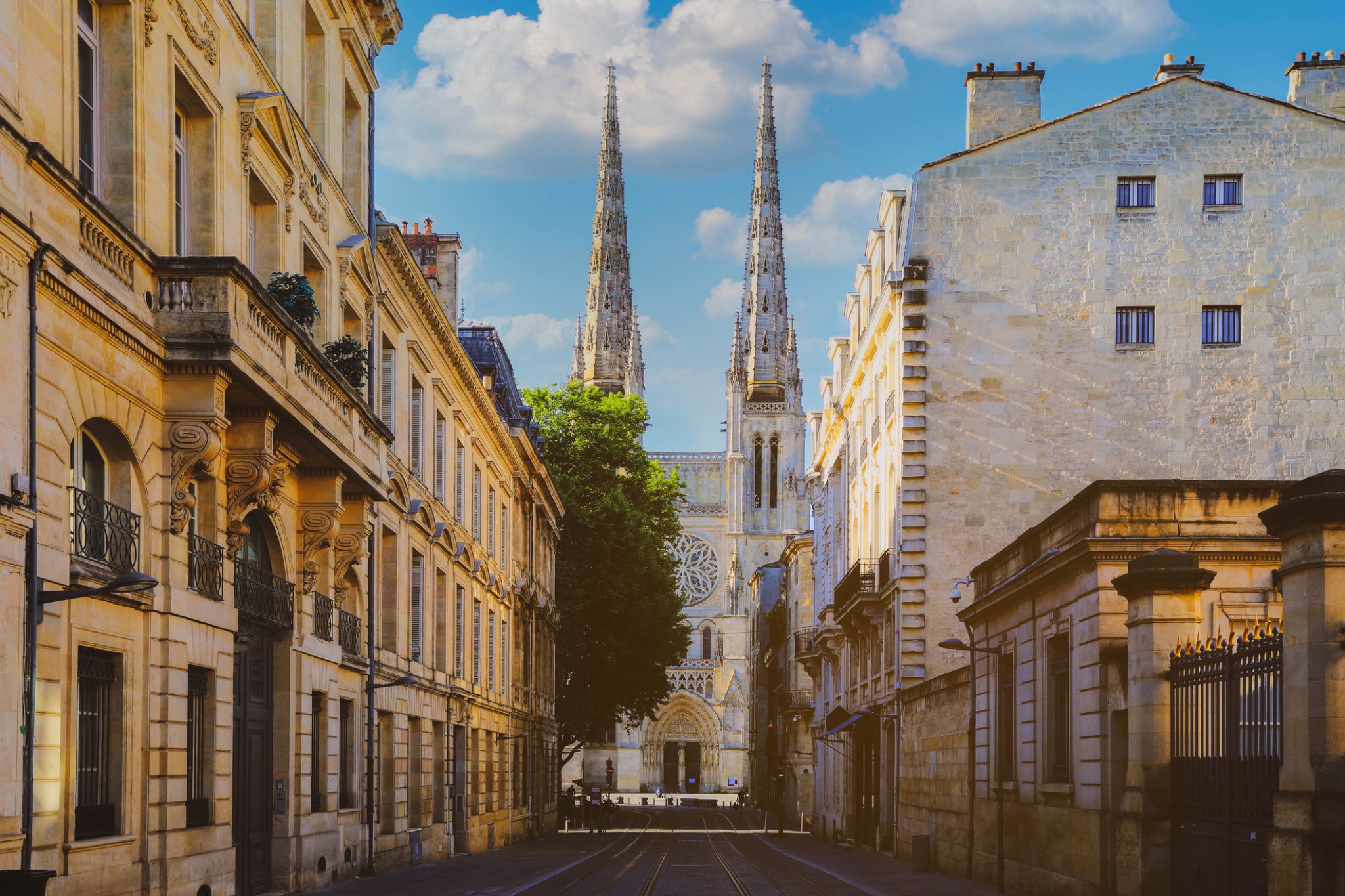 Dzień 172: 02:00
Dzień 172: 02:00Bordeaux / Francja
Bordeaux jest miastem portowym nad Garonną w departamencie Żyronda w południowo-zachodniej Francji.
Sama gmina Bordeaux liczy 246 586 mieszkańców (2014). Wraz z przedmieściami i miastami satelickimi Bordeaux jest centrum metropolii Bordeaux. Z 1 195 335 mieszkańcami w obszarze metropolitalnym jest szóstym co do wielkości we Francji, po Paryżu, Marsylii, Lyonie, Tuluzie i Lille. Jest stolicą regionu Nowa Akwitania, a także prefekturą departamentu Żyronda. Jego mieszkańców nazywa się "Bordelais" (mężczyźni) lub "Bordelaises" (kobiety). Określenie "Bordelais" może również odnosić się do miasta i jego okolic.
Będąc w centrum ważnego regionu uprawy i produkcji wina, Bordeaux pozostaje znaczącym ośrodkiem i wywiera znaczący wpływ na światową branżę winiarską, chociaż w granicach miasta nie odbywa się żadna produkcja wina. Jest siedzibą głównych światowych targów wina, Vinexpo, a gospodarka winiarska w obszarze metropolitalnym przynosi 14,5 miliarda euro rocznie. Wino z Bordeaux jest produkowane w regionie od VIII wieku. Historyczna część miasta znajduje się na Liście Światowego Dziedzictwa UNESCO jako "wyjątkowy zespół miejski i architektoniczny" z XVIII wieku. Po Paryżu Bordeaux ma największą liczbę zachowanych zabytkowych budynków spośród wszystkich miast we Francji.
-
 Dzień 173: 15:00
Dzień 173: 15:00Bordeaux / Francja
Bordeaux jest miastem portowym nad Garonną w departamencie Żyronda w południowo-zachodniej Francji.
Sama gmina Bordeaux liczy 246 586 mieszkańców (2014). Wraz z przedmieściami i miastami satelickimi Bordeaux jest centrum metropolii Bordeaux. Z 1 195 335 mieszkańcami w obszarze metropolitalnym jest szóstym co do wielkości we Francji, po Paryżu, Marsylii, Lyonie, Tuluzie i Lille. Jest stolicą regionu Nowa Akwitania, a także prefekturą departamentu Żyronda. Jego mieszkańców nazywa się "Bordelais" (mężczyźni) lub "Bordelaises" (kobiety). Określenie "Bordelais" może również odnosić się do miasta i jego okolic.
Będąc w centrum ważnego regionu uprawy i produkcji wina, Bordeaux pozostaje znaczącym ośrodkiem i wywiera znaczący wpływ na światową branżę winiarską, chociaż w granicach miasta nie odbywa się żadna produkcja wina. Jest siedzibą głównych światowych targów wina, Vinexpo, a gospodarka winiarska w obszarze metropolitalnym przynosi 14,5 miliarda euro rocznie. Wino z Bordeaux jest produkowane w regionie od VIII wieku. Historyczna część miasta znajduje się na Liście Światowego Dziedzictwa UNESCO jako "wyjątkowy zespół miejski i architektoniczny" z XVIII wieku. Po Paryżu Bordeaux ma największą liczbę zachowanych zabytkowych budynków spośród wszystkich miast we Francji.
-
 Dzień 174: 11:00-19:00
Dzień 174: 11:00-19:00Bresta / Francja
-
 Dzień 175: 08:00-17:00
Dzień 175: 08:00-17:00Saint-Malo / Francja
-
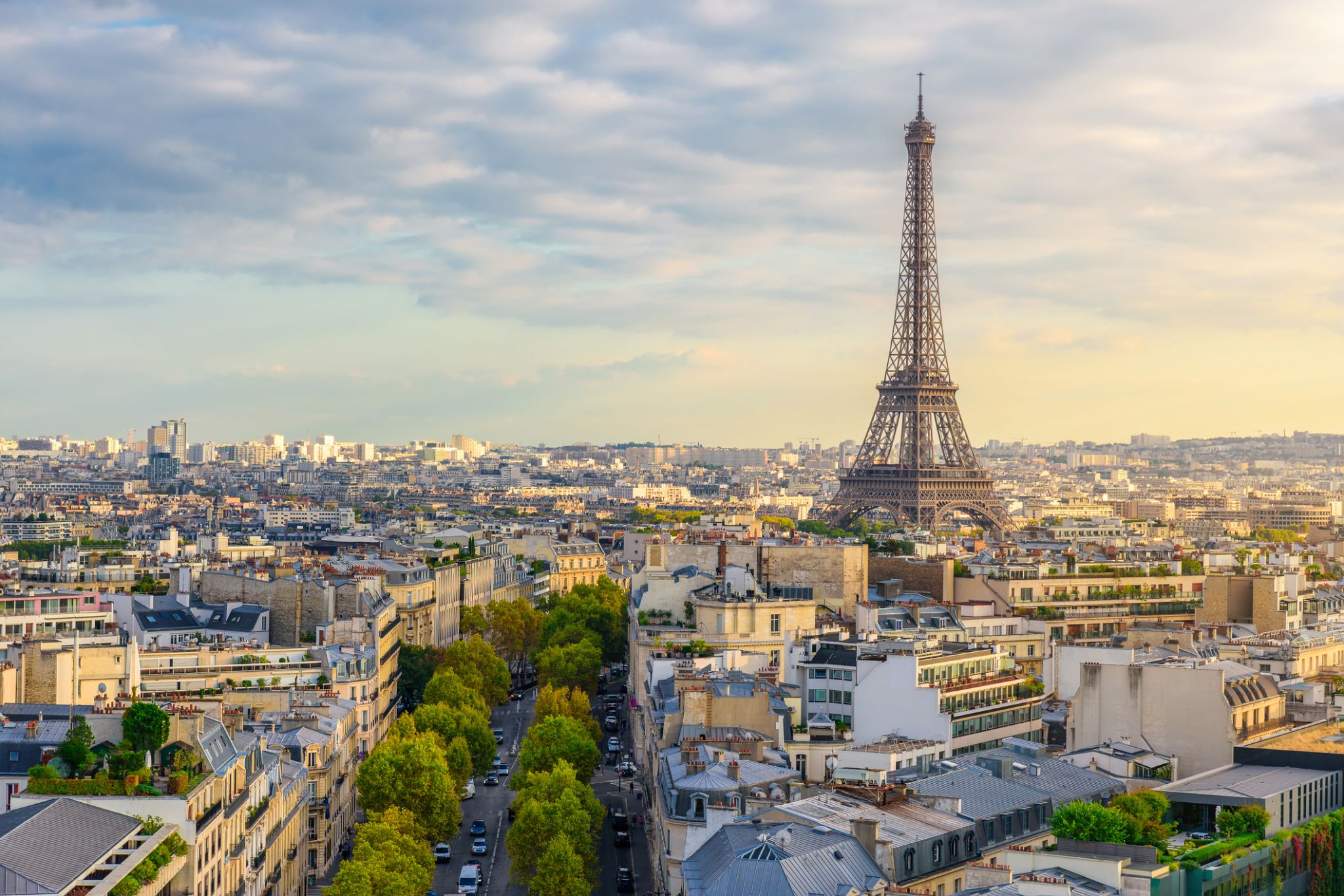 Dzień 176: 07:00-20:00
Dzień 176: 07:00-20:00Paryż / Francja
the capital of France, on the Seine River; population 2,203,817 (2006). Paris was held by the Romans, who called it Lutetia, and by the Franks, and was established as the capital in 987 under Hugh Capet. It was organized into three parts—the Île de la Cité (an island in the Seine), the Right Bank, and the Left Bank—during the reign of Philippe-Auguste 1180–1223. The city's neoclassical architecture dates from the modernization of the Napoleonic era, which continued under Napoleon III, when the bridges and boulevards of the modern city were built.
-
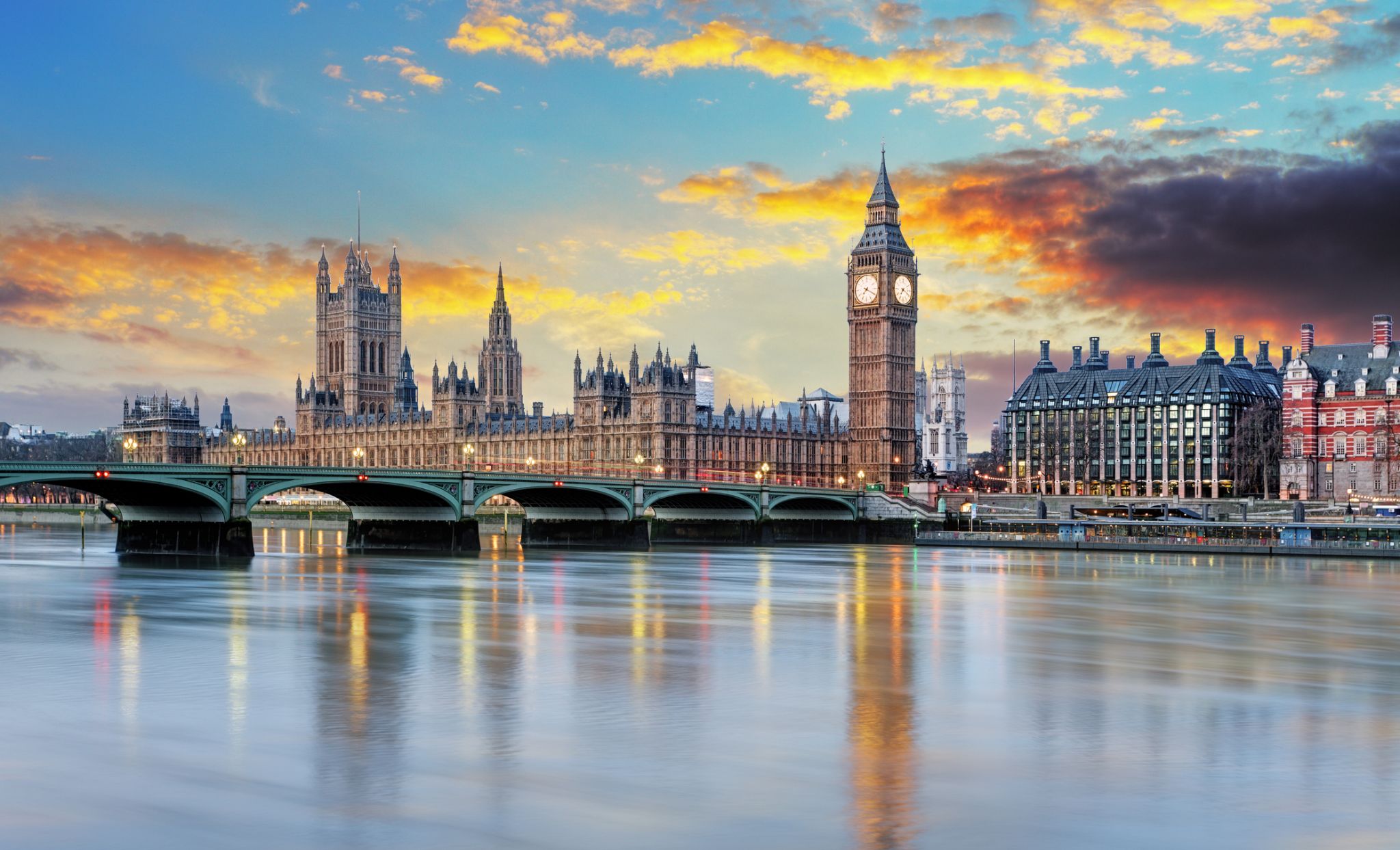 Dzień 177: 07:00-18:00
Dzień 177: 07:00-18:00Londyn / Wielka Brytania
-
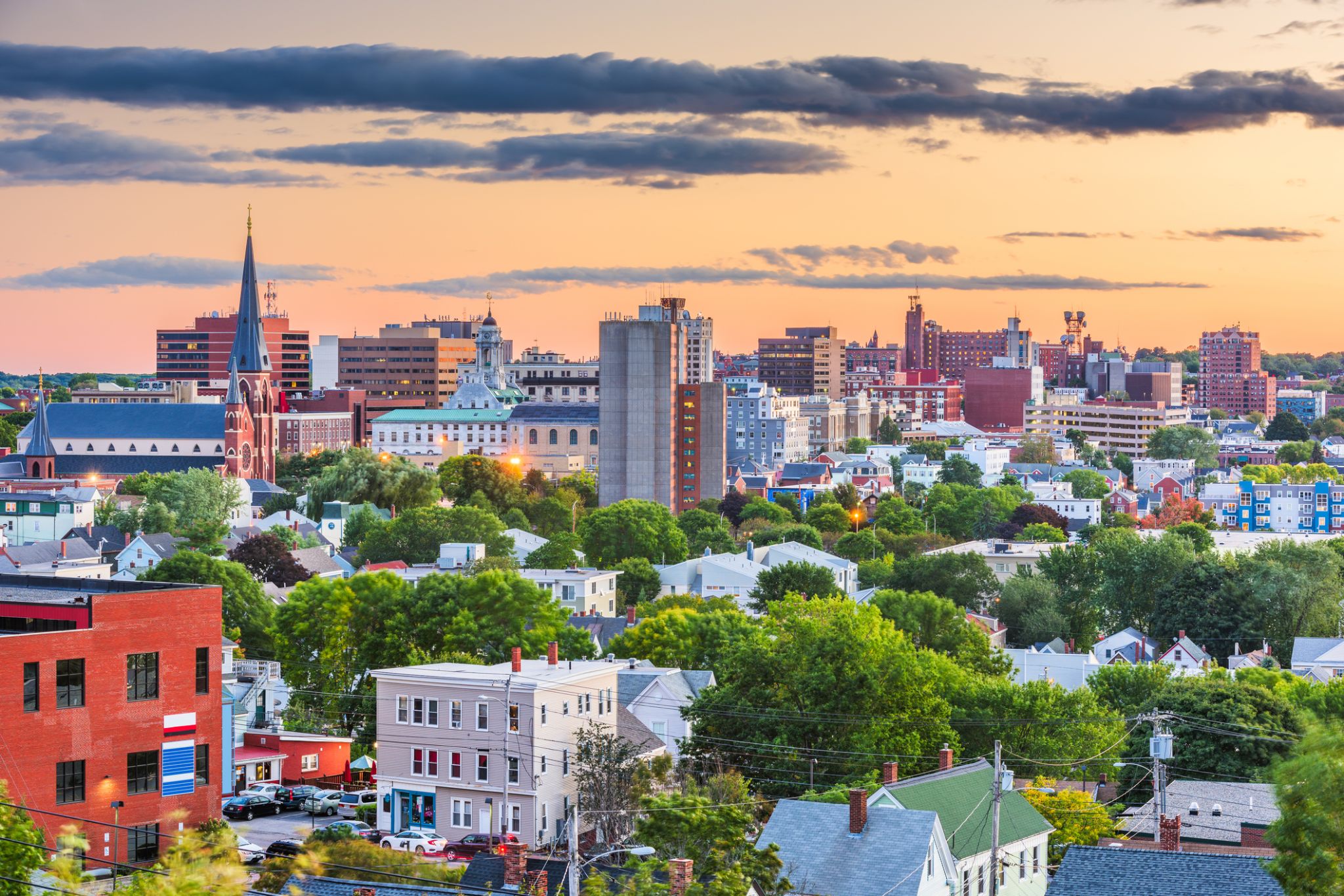 Dzień 178: 07:00-16:00
Dzień 178: 07:00-16:00Portland / USA
-
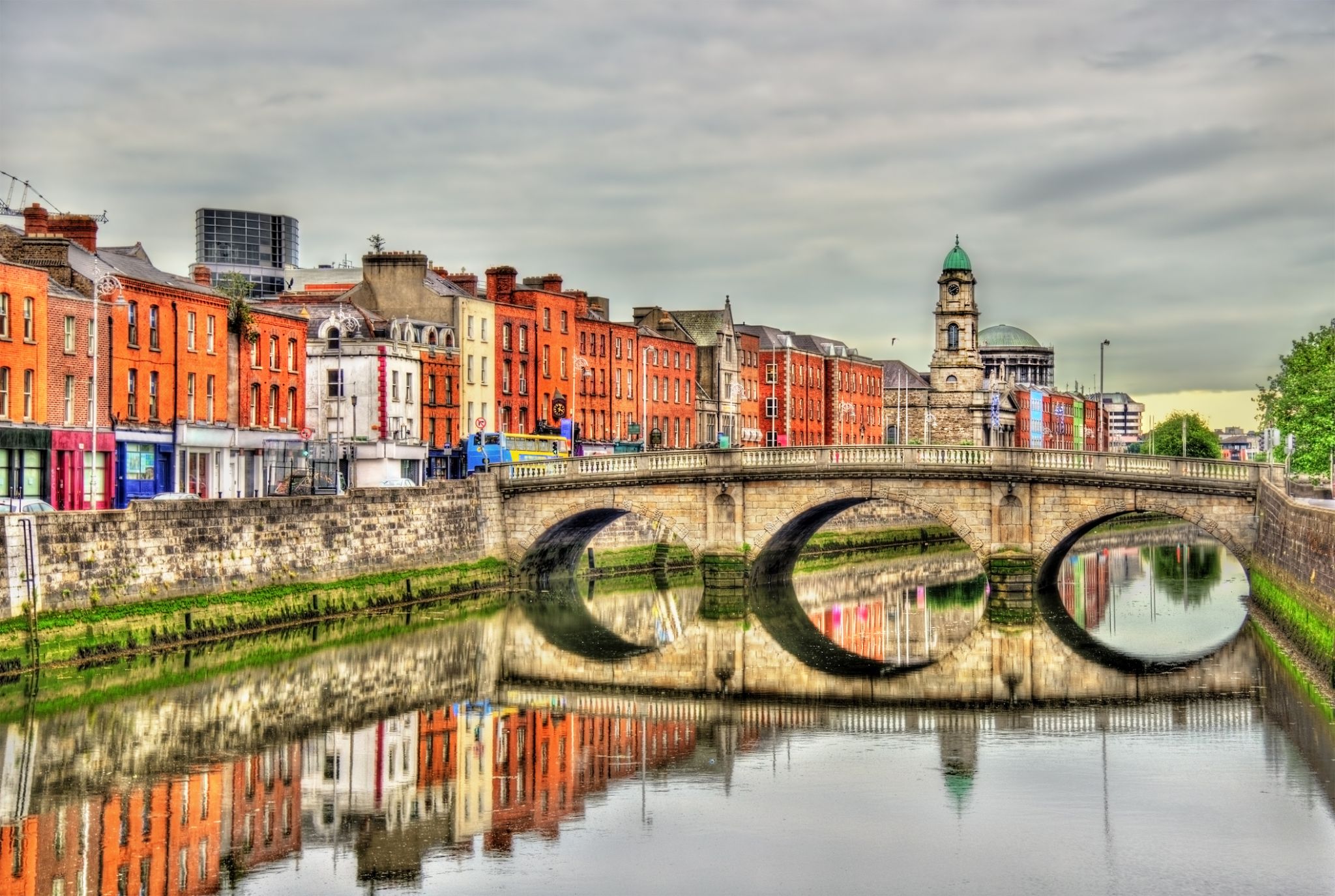 Dzień 179: 08:00-19:00
Dzień 179: 08:00-19:00Dublin / Irlandia
Dublin is the capital of, and largest city in, Ireland. It is on the east coast of Ireland, in the province of Leinster, at the mouth of the River Liffey, and is bordered on the south by the Wicklow mountains. It has an urban area population of 1,173,179, while the population of the Dublin Region (formerly County Dublin), as of 2016, was 1,347,359, and the population of the Greater Dublin area was 1,904,806.
There is archaeological debate regarding precisely where Dublin was established by Celtic-speaking people in the 7th century AD. Later expanded as a Viking settlement, the Kingdom of Dublin, the city became Ireland's principal settlement following the Norman invasion. The city expanded rapidly from the 17th century and was briefly the second largest city in the British Empire before the Acts of Union in 1800. Following the partition of Ireland in 1922, Dublin became the capital of the Irish Free State, later renamed Ireland.
Dublin is a historical and contemporary centre for education, the arts, administration and industry. As of 2018 the city was listed by the Globalization and World Cities Research Network (GaWC) as a global city, with a ranking of "Alpha -", which places it amongst the top thirty cities in the world.
-
 Dzień 180: 08:00-16:00
Dzień 180: 08:00-16:00Zatoka (Cork) / Irlandia
Cork is a city in south-west Ireland, in the province of Munster, which had a population of 125,657 in 2016.
The city is on the River Lee which splits into two channels at the western end and divides the city centre into islands. They reconverge at the eastern end where the quays and docks along the river banks lead outwards towards Lough Mahon and Cork Harbour, one of the largest natural harbours in the world.
Expanded by Viking invaders around 915, the city's charter was granted by Prince John, as Lord of Ireland, in 1185. Cork city was once fully walled, and the remnants of the old medieval town centre can be found around South and North Main streets.
The third largest city on the island of Ireland, the city's cognomen of "the rebel city" originates in its support for the Yorkist cause in the Wars of the Roses. Corkonians often refer to the city as "the real capital", a reference to its opposition to the Anglo-Irish Treaty in the Irish Civil War.
-
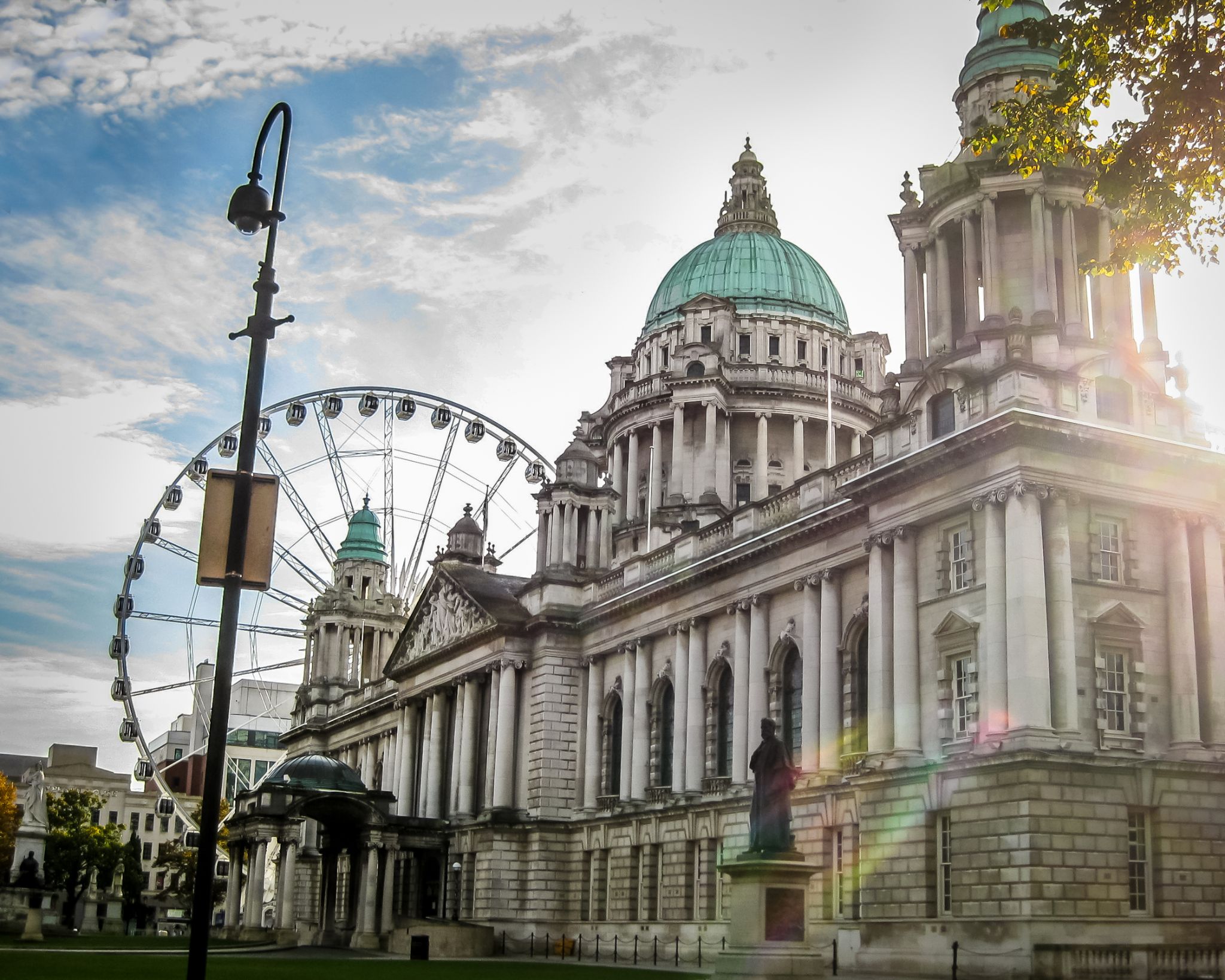 Dzień 181: 10:00-20:00
Dzień 181: 10:00-20:00Belfast / Wielka Brytania
Belfast is a port city in the United Kingdom and the capital city of Northern Ireland, on the banks of the River Lagan on the east coast of Ireland. It is the largest city in Northern Ireland and second largest on the island of Ireland. It had a population of 333,871 in 2015.
By the early 1800s Belfast was a major port. It played a key role in the Industrial Revolution, becoming the biggest linen producer in the world, earning it the nickname "Linenopolis". By the time it was granted city status in 1888, it was a major centre of Irish linen production, tobacco-processing and rope-making. Shipbuilding was also a key industry; the Harland and Wolff shipyard, where the RMS Titanic was built, was the world's biggest shipyard. It also has a major aerospace and missiles industry. Industrialisation and the inward migration it brought made Belfast Ireland's biggest city and it became the capital of Northern Ireland following the Partition of Ireland in 1922. Its status as a global industrial centre ended in the decades after the Second World War.
Belfast suffered greatly in the Troubles, and in the 1970s and 1980s was one of the world's most dangerous cities. However, the city is now considered to be one of the safest within the United Kingdom. Throughout the 21st century, the city has seen a sustained period of calm, free from the intense political violence of former years and has benefitted from substantial economic and commercial growth. Belfast remains a centre for industry, as well as the arts, higher education, business, and law, and is the economic engine of Northern Ireland. Belfast is still a major port, with commercial and industrial docks dominating the Belfast Lough shoreline, including the Harland and Wolff shipyard. It is served by two airports: George Best Belfast City Airport, and Belfast International Airport 15 miles (24 km) west of the city. It is listed by the Globalization and World Cities Research Network (GaWC) as a Gamma global city.
-
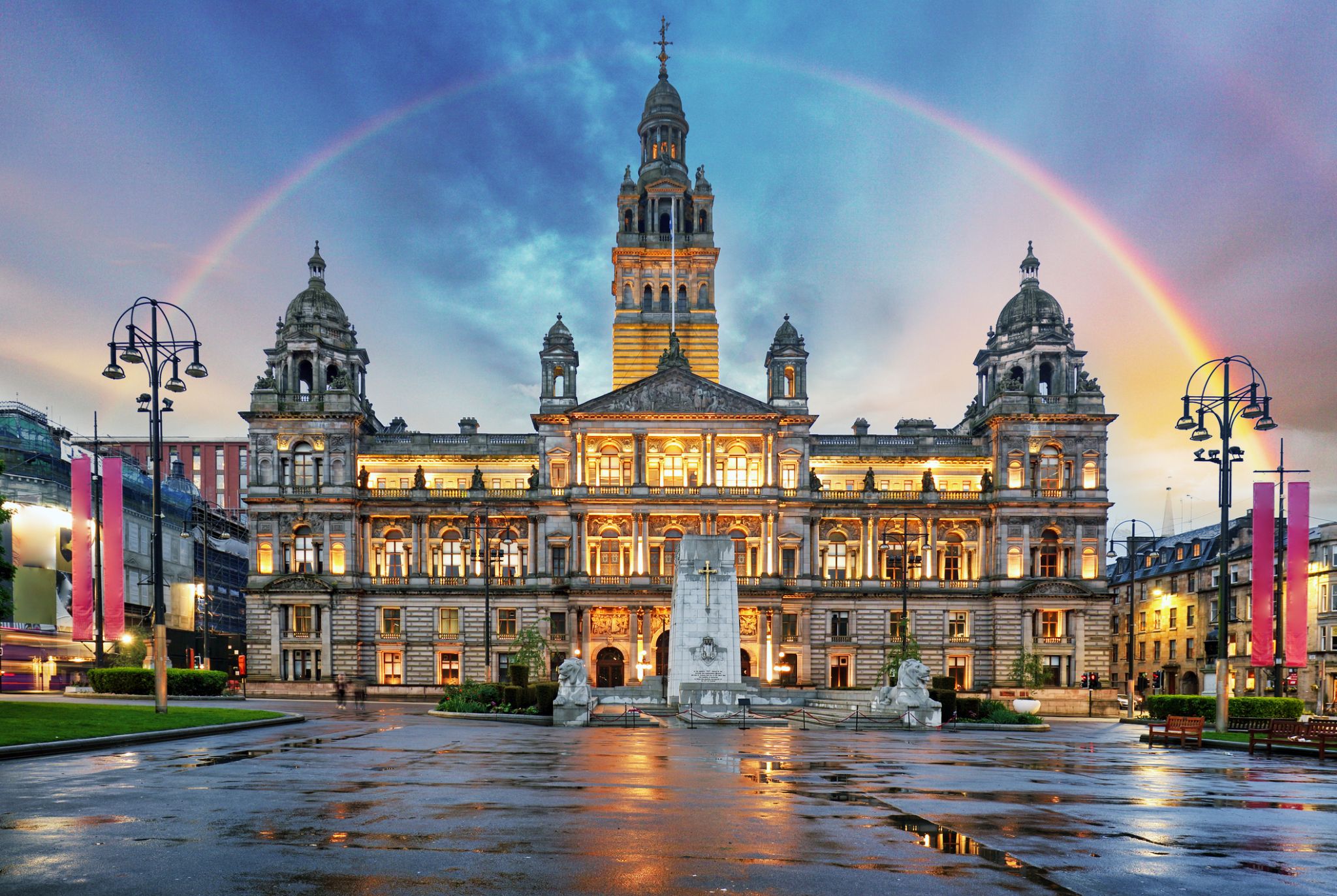 Dzień 182: 07:00-19:00
Dzień 182: 07:00-19:00Glasgow / Wielka Brytania
-
 Dzień 183:
Dzień 183:Dzień na morzu / Morze
-
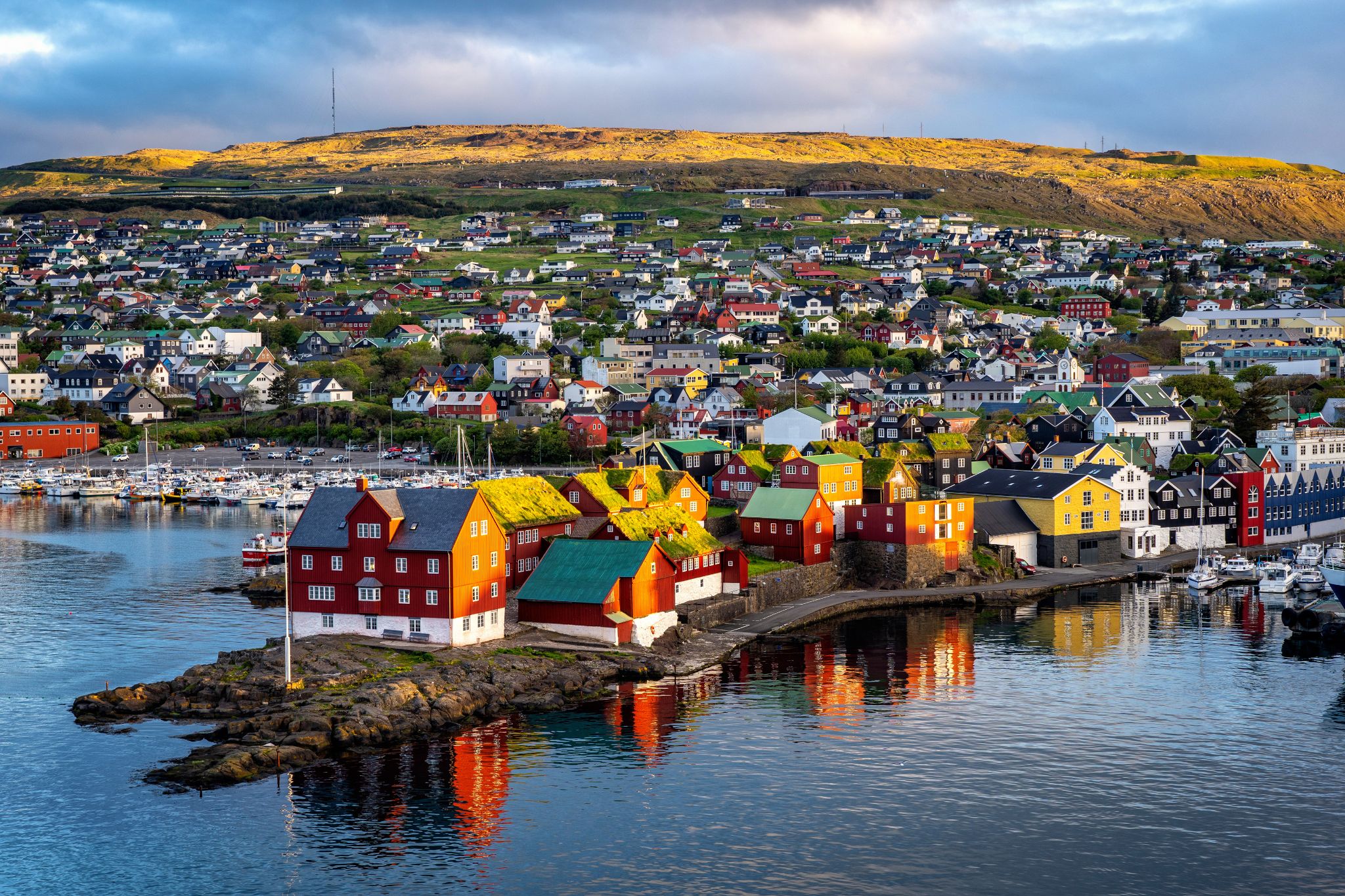 Dzień 184: 07:00-19:00
Dzień 184: 07:00-19:00Torshavn / Faroe Islands
Tórshavn is the capital and largest town of the Faroe Islands. Tórshavn is in the southern part on the east coast of Streymoy. To the northwest of the city lies the 347-meter-high (1,138 ft) mountain Húsareyn, and to the southwest, the 350-meter-high (1,150 ft) Kirkjubøreyn. They are separated by the Sandá River. The town proper has a population of 13,089 (2017), and the greater urban area a population of 21,000.
The Norse established their parliament on the Tinganes peninsula in AD 850.[3] Tórshavn thus became the capital of the Faroe Islands and has remained so ever since. All through the Middle Ages the narrow peninsula jutting out into the sea made up the main part of Tórshavn. Early on, Tórshavn became the centre of the islands' trade monopoly, thereby being the only legal place for the islanders to sell and buy goods. In 1856, the trade monopoly was abolished and the islands were left open to free trade.
-
 Dzień 185:
Dzień 185:Dzień na morzu / Morze
-
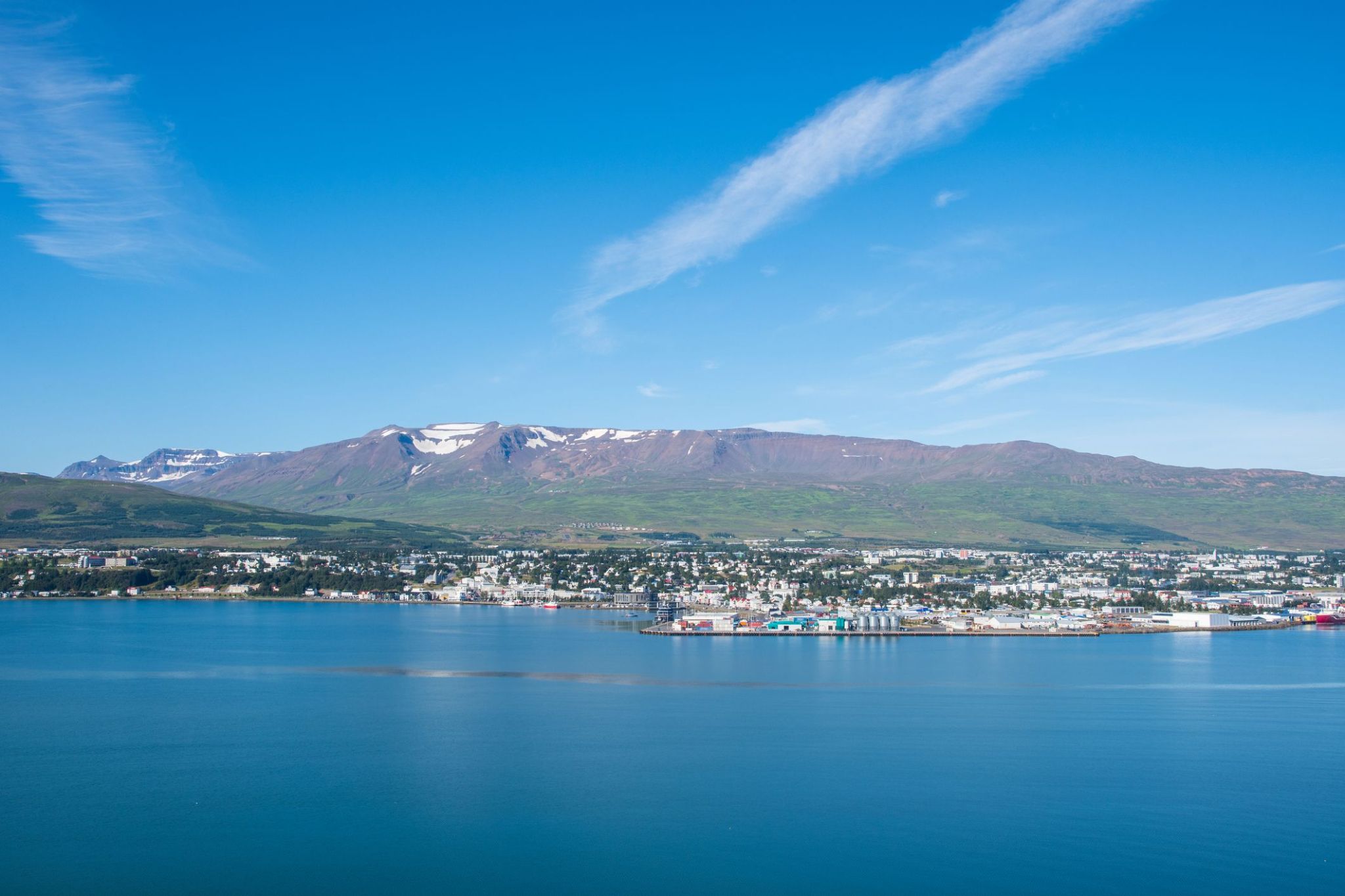 Dzień 186: 07:00-18:00
Dzień 186: 07:00-18:00Akureyri / Islandia
Akureyri is a town in northern Iceland. It is Iceland's Fifth largest municipality.
Nicknamed the Capital of North Iceland, Akureyri is an important port and fishing centre. The area where Akureyri is located was settled in the 9th century but did not receive a municipal charter until 1786. The town was the site of Alliedunits during World War II. Further growth occurred after the war as the Icelandic population increasingly moved to urban areas.
The area has a relatively mild climate because of geographical factors, and the town's ice-free harbour has played a significant role in its history.
-
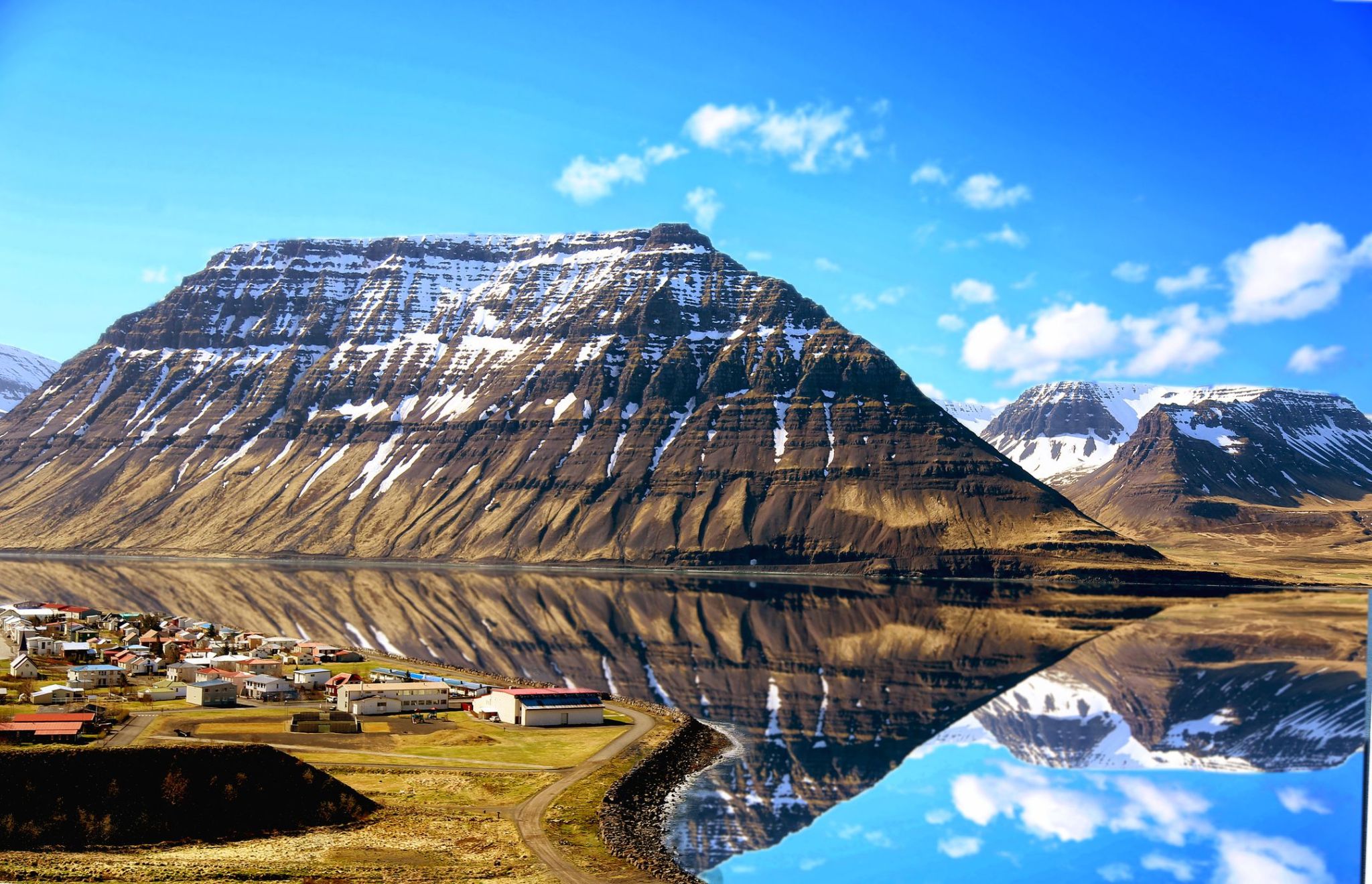 Dzień 187: 07:00-17:00
Dzień 187: 07:00-17:00Isafjordur / Islandia
Isafjörður, meaning ice fjord or fjord of ice, ice in plural genitive) is a town in the northwest of Iceland.
The oldest part of Ísafjörður with the town centre is located on a spit of sand, or eyri, in Skutulsfjörður, a fjord which meets the waters of the larger fjord Ísafjarðardjúp. With a population of about 2,600, Ísafjörður is the largest settlement in the peninsula of Vestfirðir (Westfjords) and the administration centre of the Ísafjarðarbær municipality, which includes – besides Ísafjörður – the nearby villages of Hnífsdalur, Flateyri, Suðureyri, and Þingeyri.
-
 Dzień 188: 07:00-20:00
Dzień 188: 07:00-20:00Reykjavik / Islandia
Reykjavík is the capital and largest city of Iceland. It is located in southwestern Iceland, on the southern shore of Faxa Bay. Its latitude is 64°08' N, making it the world's northernmost capital of a sovereign state. With a population of around 123,300 (and over 216,940 in the Capital Region), it is the heart of Iceland's cultural, economic and governmental activity, and is a popular tourist destination.
Reykjavík is believed to be the location of the first permanent settlement in Iceland, which, according to Ingólfr Arnarson, was established in AD 874. Until the 19th century, there was no urban development in the city location. The city was founded in 1786 as an official trading town and grew steadily over the following decades, as it transformed into a regional and later national centre of commerce, population, and governmental activities. It is among the cleanest, greenest, and safest cities in the world.
-
 Dzień 189:
Dzień 189:Dzień na morzu / Morze
-
 Dzień 190:
Dzień 190:Dzień na morzu / Morze
-
 Dzień 191:
Dzień 191:Dzień na morzu / Morze
-
 Dzień 192:
Dzień 192:Dzień na morzu / Morze
-
 Dzień 193: 09:00-18:00
Dzień 193: 09:00-18:00Halifax / Kanada
Halifax, also known as the Halifax Regional Municipality (HRM), is the capital of the Canadian province of Nova Scotia. The municipality had a population of 403,131 in 2016, with 316,701 in the urban area centred on Halifax Harbour. The regional municipality consists of four former municipalities that were amalgamated in 1996: Halifax, Dartmouth, Bedford, and Halifax County.
Halifax is a major economic centre in Atlantic Canada with a large concentration of government services and private sector companies. Major employers and economic generators include the Department of National Defence, Dalhousie University, Saint Mary's University, the Halifax Shipyard, various levels of government, and the Port of Halifax. Agriculture, fishing, mining, forestry and natural gas extraction are major resource industries found in the rural areas of the municipality.
-
 Dzień 194:
Dzień 194:Dzień na morzu / Morze
-
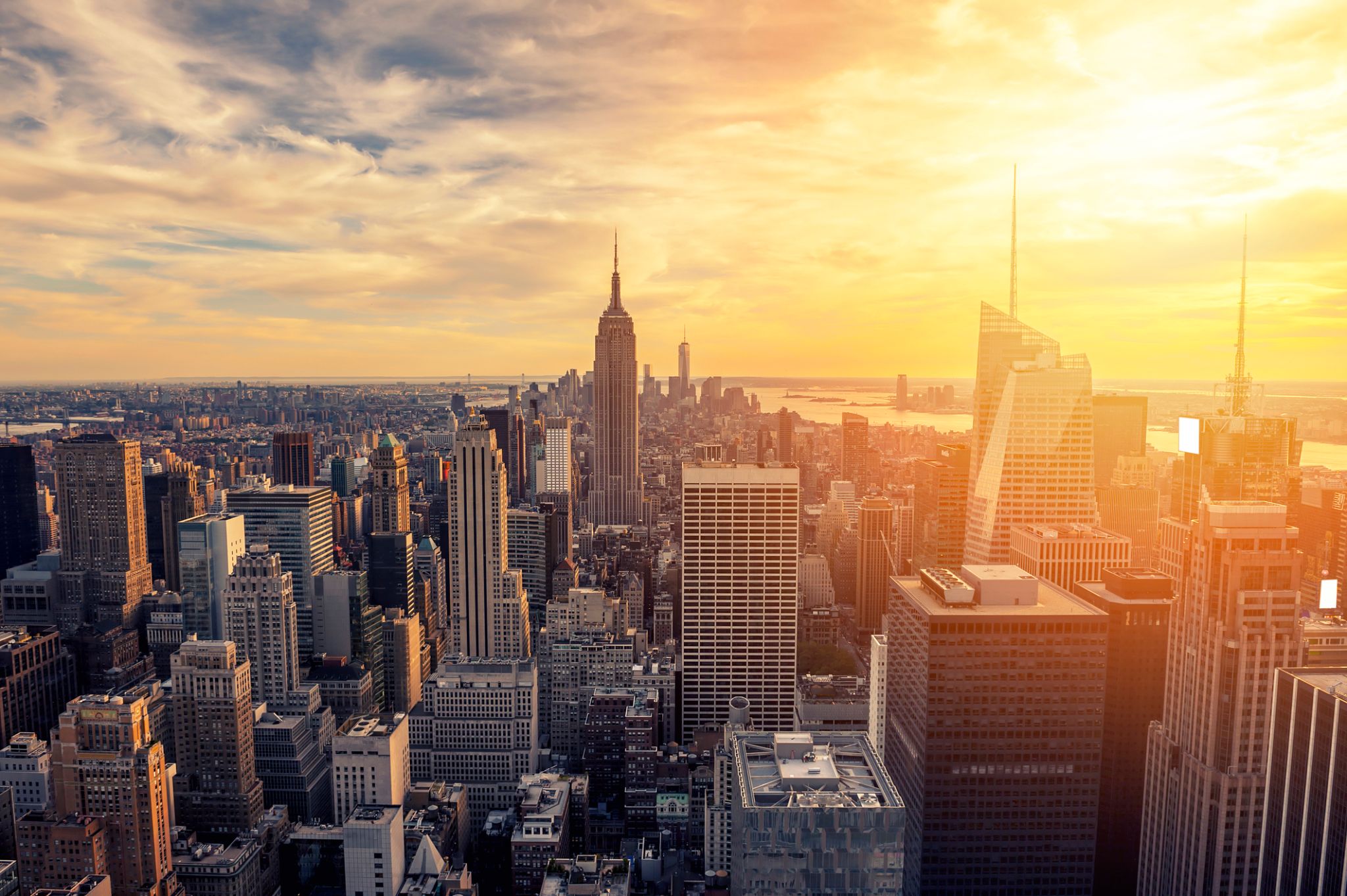 Dzień 195: 06:00-18:00
Dzień 195: 06:00-18:00Nowy Jork / USA
The world famous city of New York , the largest city in the United States, with a population of 8.5 million people, and with suburbs - 20.6 million. New York is the largest economic, political, scientific, and cultural center of the United States. It is rightly called the "Main Gate" in the United States, and the world's largest John F. Kennedy Airport is located here. One of the distinguishing features of the city is the variegated national composition of the population, also called the United States in Miniature.
New York gathered in itself the whole essence of this country: fashion, religion, goods, pace and rhythm of American life. The UN headquarters is located here. There are also many universities in New York, the Academy of Sciences, and many other scientific institutions. Like any other metropolis in the world, New York invites you to visit numerous museums in the city, theaters and concert halls, including the Metropolitan Opera and Carnegie Hall. A great place to relax in New York is Central Park, where you can feed hand-held squirrels, which, to everyone's surprise, are not afraid of people. You can also appreciate the beauty of the famous Empire State Building, with a height of 102 floors, it is an example of skyscrapers, although it was built in 1829-1831. "Must see" in New York, of course, the Statue of Liberty ("Lady Liberty"), located at the mouth of the Hudson River, on the small island of Liberty. And of course, don't forget to stroll along Broadway.
-
 Dzień 196:
Dzień 196:Dzień na morzu / Morze
-
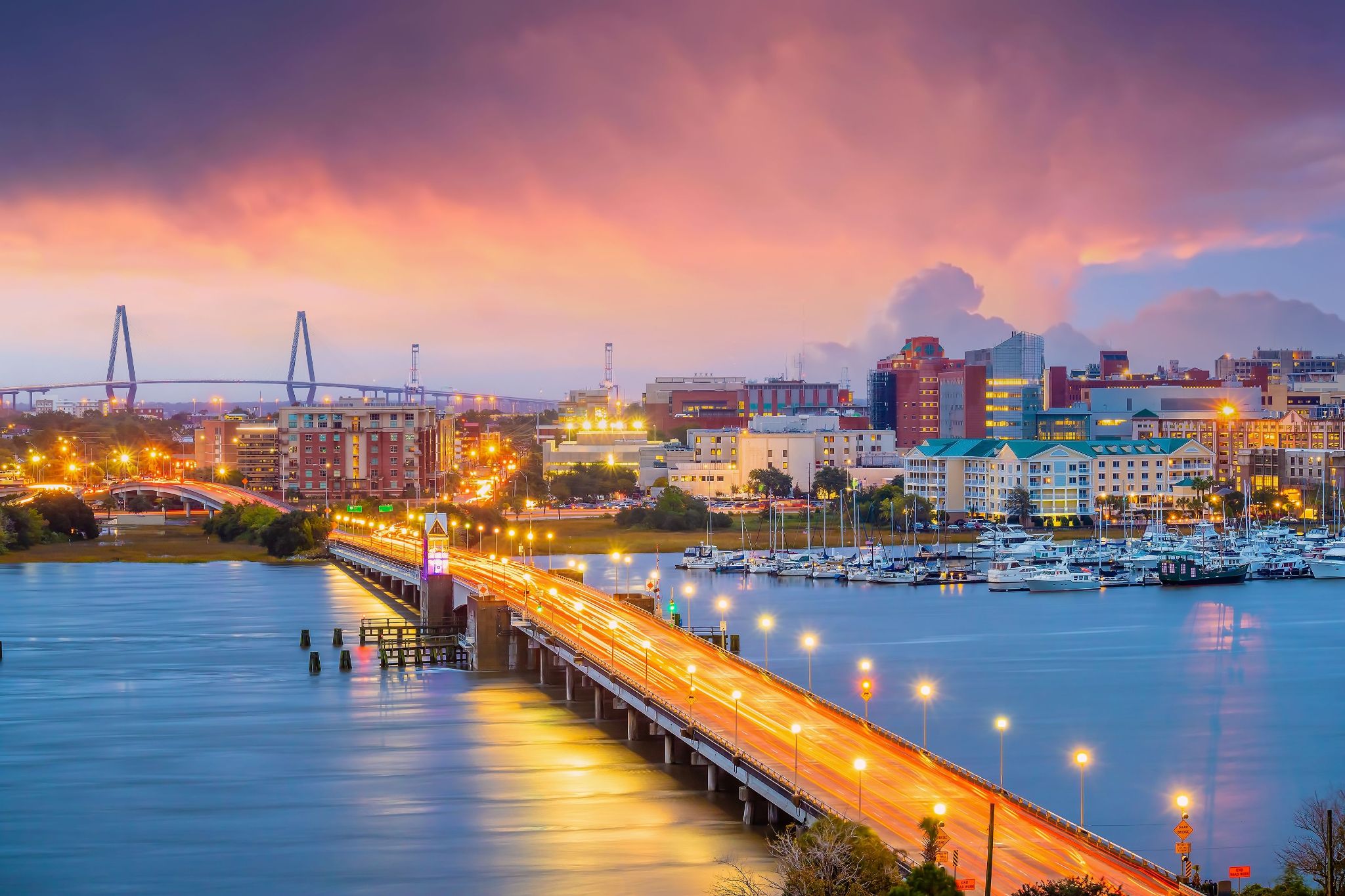 Dzień 197: 09:00-19:00
Dzień 197: 09:00-19:00Charleston, Karolina Południowa / USA
Charleston is the oldest and largest city in the U.S. state of South Carolina, the county seat of Charleston County, and the principal city in the Charleston–North Charleston–Summerville Metropolitan Statistical Area.The city lies just south of the geographical midpoint of South Carolina's coastline and is located on Charleston Harbor, an inlet of the Atlantic Ocean formed by the confluence of the Ashley, Cooper, and Wando rivers. Charleston had an estimated population of 134,875 in 2017. The estimated population of the Charleston metropolitan area, comprising Berkeley, Charleston, and Dorchester counties, was 761,155 residents in 2016, the third-largest in the state and the 78th-largest metropolitan statistical area in the United States.
Charleston was founded in 1670 as Charles Town, honoring King Charles II of England. Its initial location at Albemarle Point on the west bank of the Ashley River (now Charles Towne Landing) was abandoned in 1680 for its present site, which became the fifth-largest city in North America within ten years. Despite its size, it remained unincorporated throughout the colonial period; its government was handled directly by a colonial legislature and a governor sent by London. Election districts were organized according to Anglican parishes, and some social services were managed by Anglican wardens and vestries. Charleston adopted its present spelling with its incorporation as a city in 1783 at the close of the Revolutionary War. Population growth in the interior of South Carolina influenced the removal of the state government to Columbia in 1788, but the port city remained among the ten largest cities in the United States through the 1840 census. Historians estimate that "nearly half of all Africans brought to America arrived in Charleston", most at Gadsden's Wharf. The only major antebellum American city to have a majority-enslaved population, Charleston was controlled by an oligarchy of white plantersand merchants who successfully forced the federal government to revise its 1828 and 1832 tariffs during the Nullification Crisis and launched the Civil War in 1861 by seizing the Arsenal, Castle Pinckney, and Fort Sumterfrom their federal garrisons.
Known for its rich history, well-preserved architecture, distinguished restaurants, and hospitable people, Charleston is a popular tourist destination. It has received numerous accolades, including "America's Most Friendly [City]" by Travel + Leisure in 2011 and in 2013 and 2014 by Condé Nast Traveler, and also "the most polite and hospitable city in America" by Southern Living magazine. In 2016, Charleston was ranked the "World's Best City" by Travel + Leisure.
-
 Dzień 198:
Dzień 198:Dzień na morzu / Morze
-
 Dzień 199: 07:00
Dzień 199: 07:00Miami / USA
Miami, officially the City of Miami, is the cultural, economic and financial center of South Florida. Miami is the seat of Miami-Dade County, the most populous county in Florida. The city covers an area of about 56.6 square miles (147 km2), between the Everglades to the west and Biscayne Bay on the east; with a 2017 estimated population of 463,347, Miami is the sixth most densely populated major city in the United States. The Miami metropolitan area is home to 6.1 million people and the seventh-largest metropolitan area in the nation. Miami's metro area is the second-most populous metropolis in the southeastern United States and fourth-largest urban area in the U.S.
Miami is a major center, and a leader in finance, commerce, culture, media, entertainment, the arts, and international trade. The Miami Metropolitan Area is by far the largest urban economy in Florida and the 12th largest in the United States with a GDP of $344.9 billion as of 2017. In 2012, Miami was classified as an "Alpha−" level world city in the World Cities Study Group's inventory. In 2010, Miami ranked seventh in the United States and 33rd among global cities in terms of business activity, human capital, information exchange, cultural experience, and political engagement. In 2008, Forbes magazine ranked Miami "America's Cleanest City", for its year-round good air quality, vast green spaces, clean drinking water, clean streets, and citywide recycling programs. According to a 2009 UBS study of 73 world cities, Miami was ranked as the richest city in the United States, and the world's seventh-richest city in terms of purchasing power. Miami is nicknamed the "Capital of Latin America" and is the largest city with a Cuban-American plurality.
Greater Downtown Miami has one of the largest concentrations of international banks in the United States, and is home to many large national and international companies. The Civic Center is a major center for hospitals, research institutes, medical centers, and biotechnology industries. For more than two decades, the Port of Miami, known as the "Cruise Capital of the World", has been the number one cruise passenger port in the world. It accommodates some of the world's largest cruise ships and operations, and is the busiest port in both passenger traffic and cruise lines. Metropolitan Miami is also a major tourism hub in the southeastern U.S. for international visitors, ranking number two in the country after New York City.

